

ANTH AN
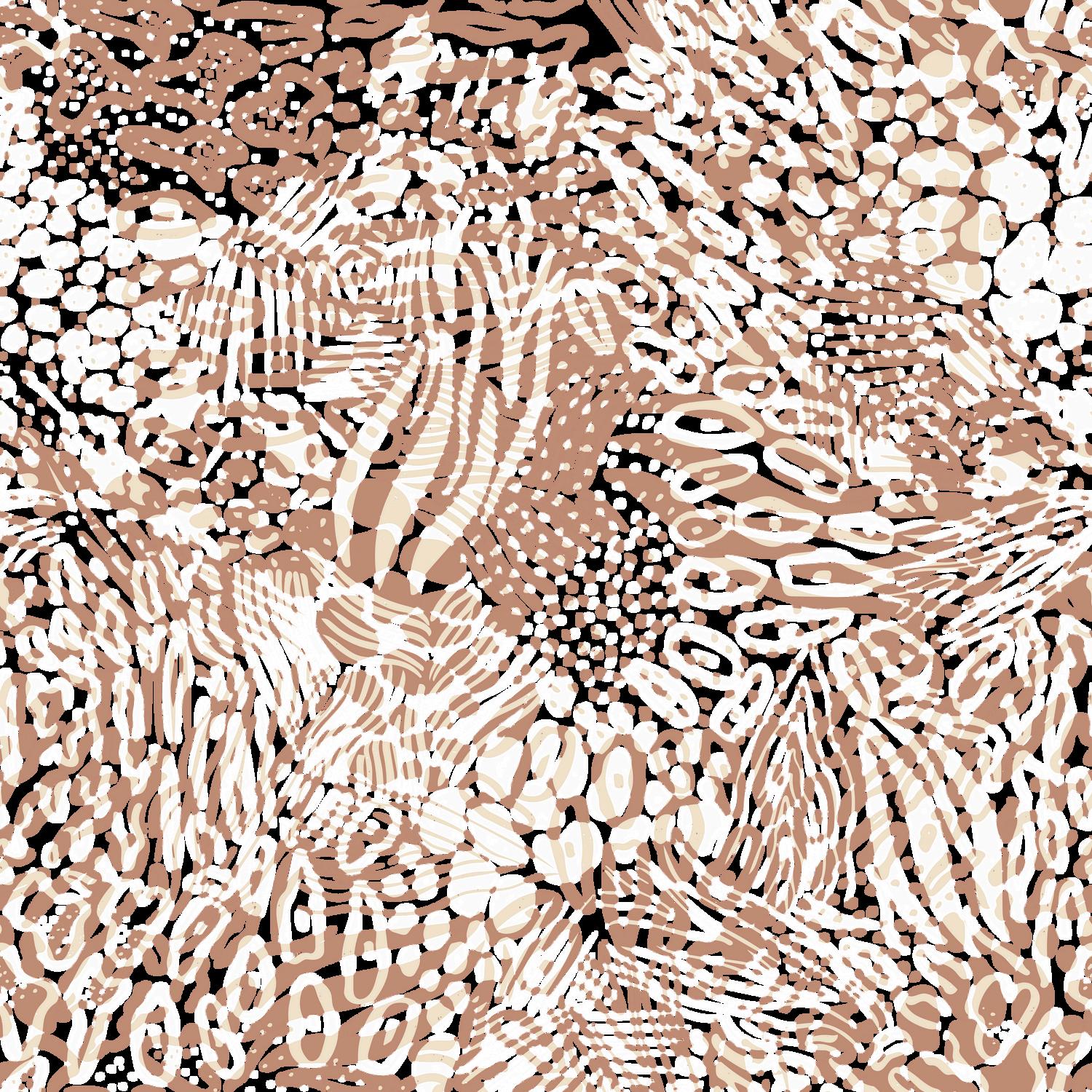

May 2024
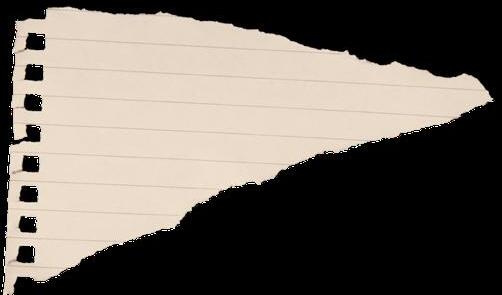

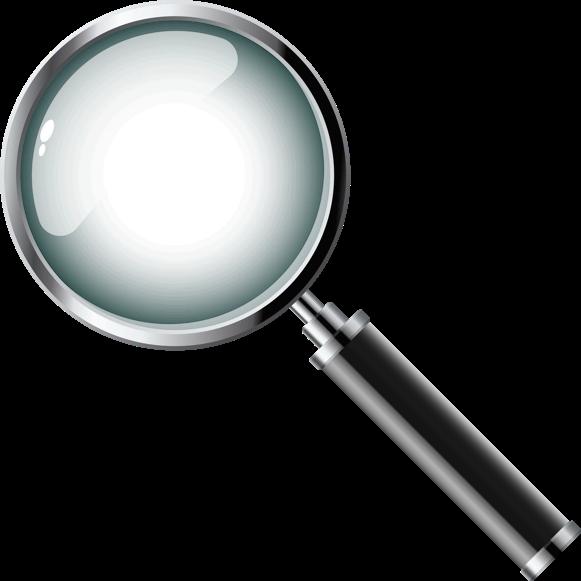

I n c o l l a b o r a t i o n w i t h M s . B o u c h a r d ’ s c l a s s r o o m a t P S 1 1

A N I M A L
A N T H O L O G Y A G I A N T C h a p t e r B o o k
I n c o l l a b o r a t i o n w i t h M s . B o u c h a r d ’ s c l a s s r o o m a t P S 1 1

COPYRIGHT © 2024 THE GIANT ROOM

T h i s b o o k b e l o n g s t o :
Your name here
Add your photo here! Add your bio here!
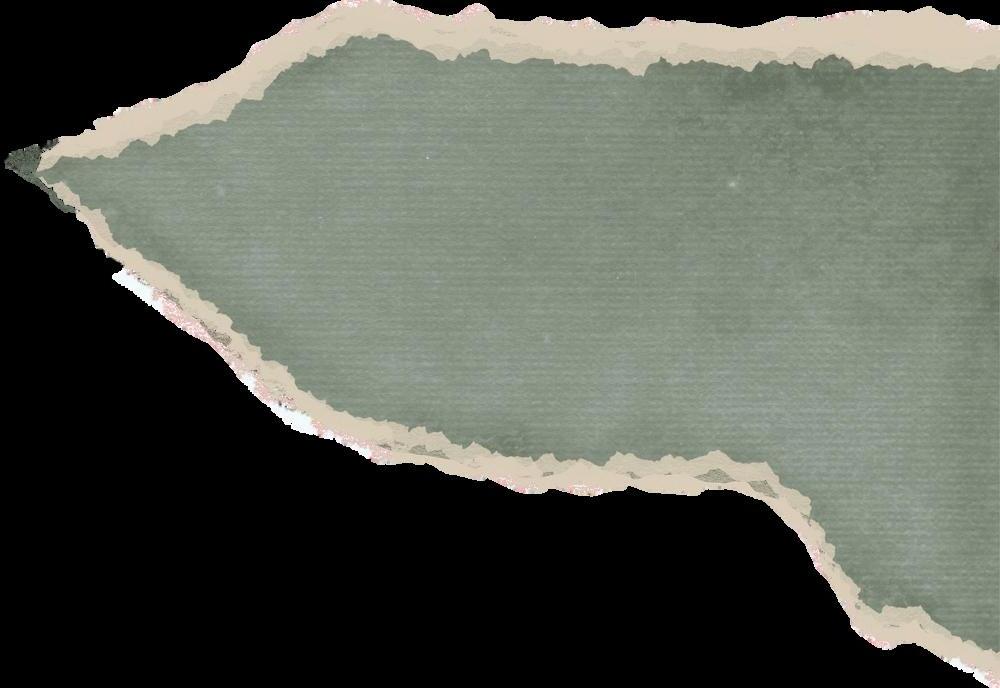
A B O U T T H I S B O O K
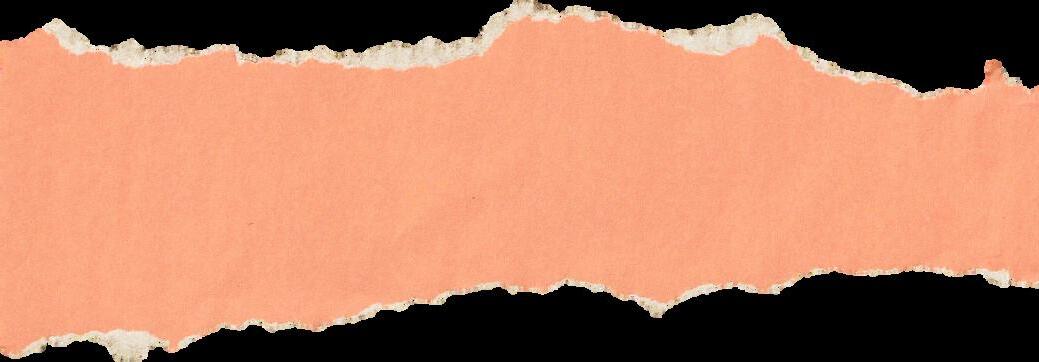
Dear Readers,
In this book we present to you the culminating project of weeks of animal research from the experts of 3-509!
Students observed, read about, and studied an animal of choice alongside a book club focusing on the same animal. Clubs took many notes, designed a course of study split between group members, and taught each other about all the possible aspects of their animal of choice. They went on to plan and create a coauthored book, divvying up chapters by areas of specific focus.
This project was a labor of love. Students worked hard to collaborate on facts shared, ideas grown, and worked to revise and edit parts across members The attention to detail and feedback students shared with each other is one of the main reasons the final product is so incredible. The kids had a blast designing special avatars with The GIANT Room to present their sections (do appreciate their humor and choices - every move was incredibly intentional)!
We hope as you read this you learn some incredible new things about these special animals and appreciate the fascination, humor and craft woven into each section.
Love, Ms. Bouchard
H O W T H I S
B O O K I S M A D E
Co-designed and co-written by 31 students from Class 3-509 at PS 11, and a multidisciplinary team of artists, educators, and writers at The GIANT Room, Animal Anthology showcases students’ scientific achievements and invites their friends and family to celebrate, reflect, and learn about their research!
All text presented in the book chapters were written by Class 3509 students. Designers from The GIANT Room team converted their original handwritten manuscripts into text using AI tools and then made minor edits for grammar and spelling. The diagrams, doodles, and comics were taken directly from these manuscripts and students’ research notebooks.
Students engineered the avatars you see throughout the book by completing a GIANT mission sheet that asked them to (1) choose an animal or creature that inspires them (2) share what life cycle stage their animal is in, (3) tell us what special physical traits their animal has, and (4) decide on their animal’s superpowers Designers from The GIANT Room then used students’ drawings and written submissions to generate their avatars with generative AI tools. You’ll find the exact AI prompts we used in the section “Meet the Animal Researchers.”
Here we have presented their research journey in a chapter book, with their avatars highlighting facts and acting as the reader’s guide.
Why AI? The GIANT Room’s mission is to elevate kids’ voices and provide them with opportunities to publish and share with friends and family. AI is a powerful tool they can use in their creative journey, and along the way they can gain AI and media literacy skills that are incredibly valuable for their future The GIANT Room introduces students to these tools in a responsible way, and always human in the loop.


A N I M A L R E S E A R C H E R S F R O M C L A S S 3 - 5 0 9
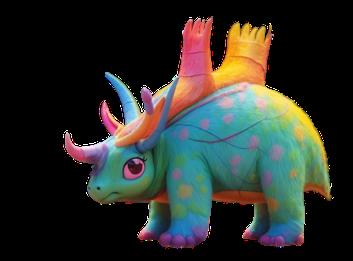

M E E T T H E A N I M A L R E S E A R C H E R S
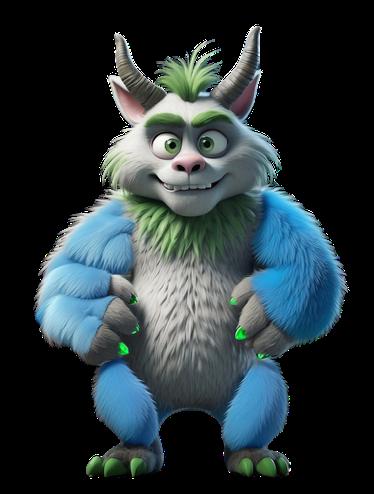
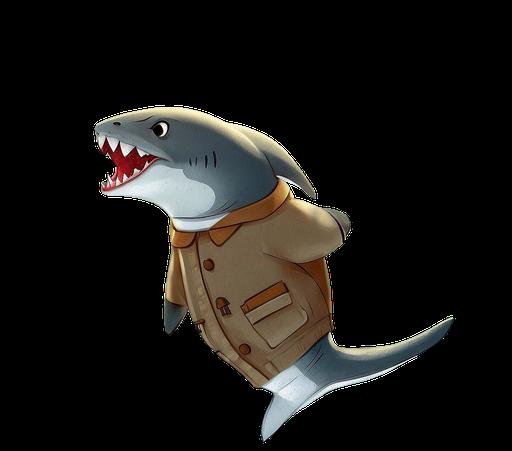
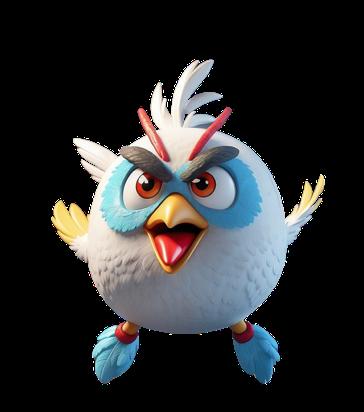
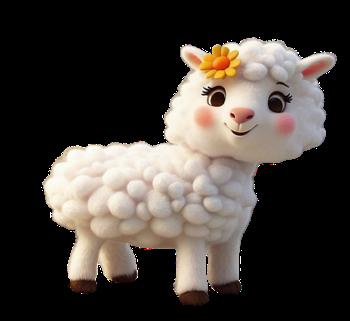
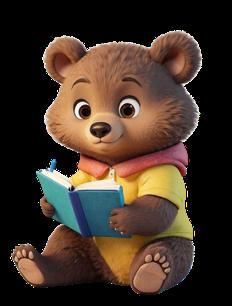

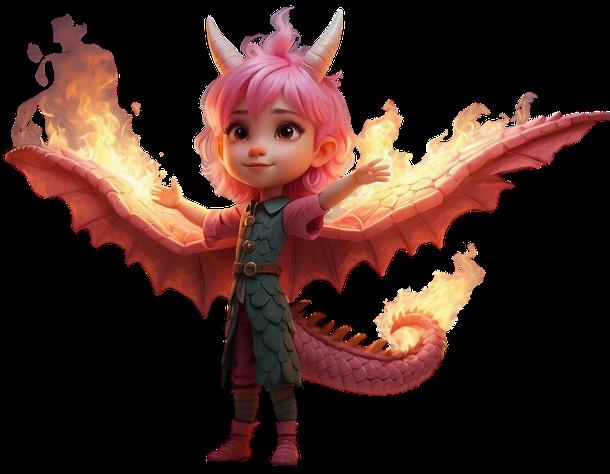

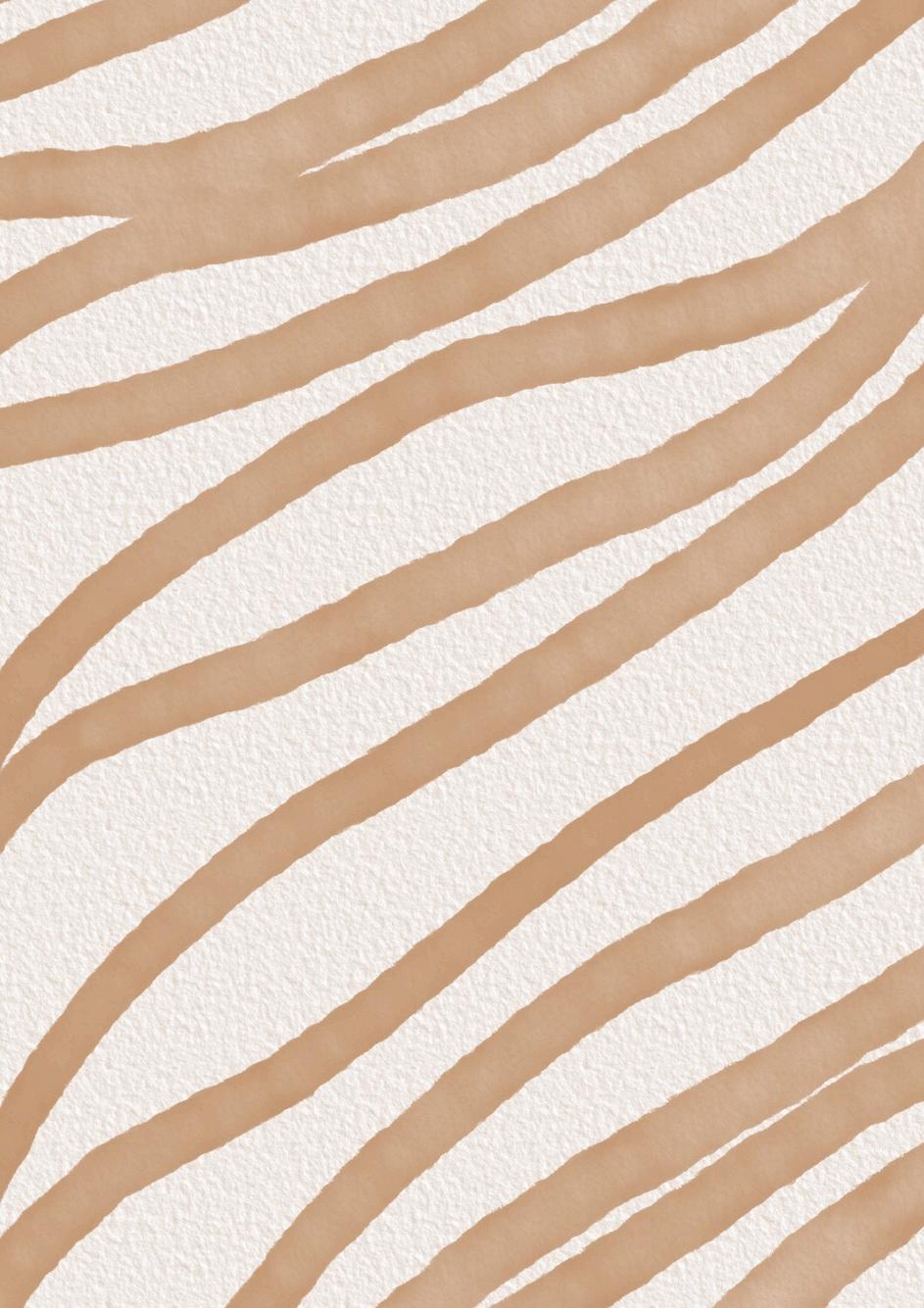
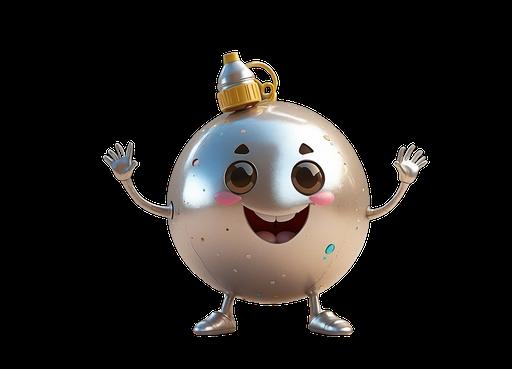
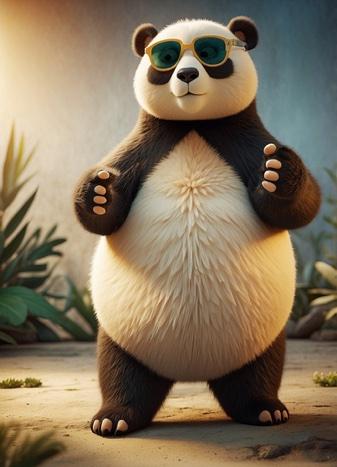

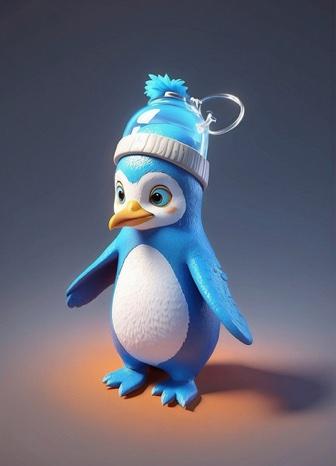
ABDURRAHMAN
RUSTAM
A I P R O M P T :
A panda with large claws, wearing sunglasses. soft fur texture. 3D illustration
A N I M A L E X P E R T : Bears
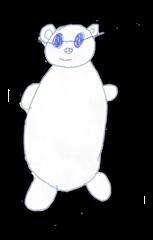
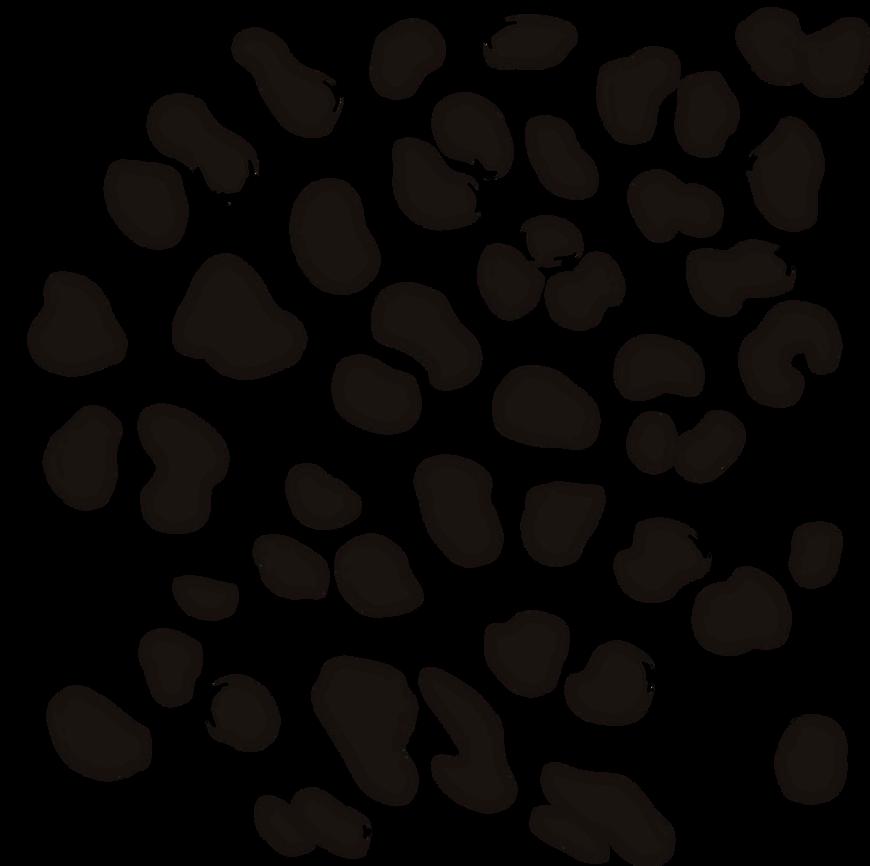
A I P R O M P T :
A penguin with blue feathers whose h d inside a water bo fur texture. 3D ill kawaii-style
A N I M A L E X P E Penguins
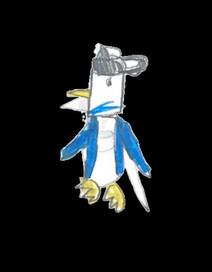 ARIYANA
ARIYANA
ASHER GLASS
A I P R O M P T :
A penguin standing on an iceberg, wearing a floating red and black hat. soft fur texture. 3D illustration, kawaii-style
A N I M A L E X P E R T : Penguins
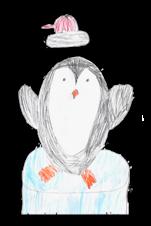
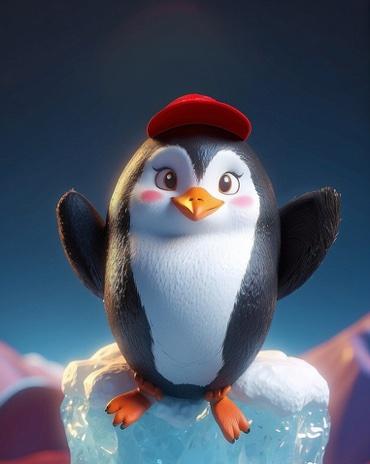
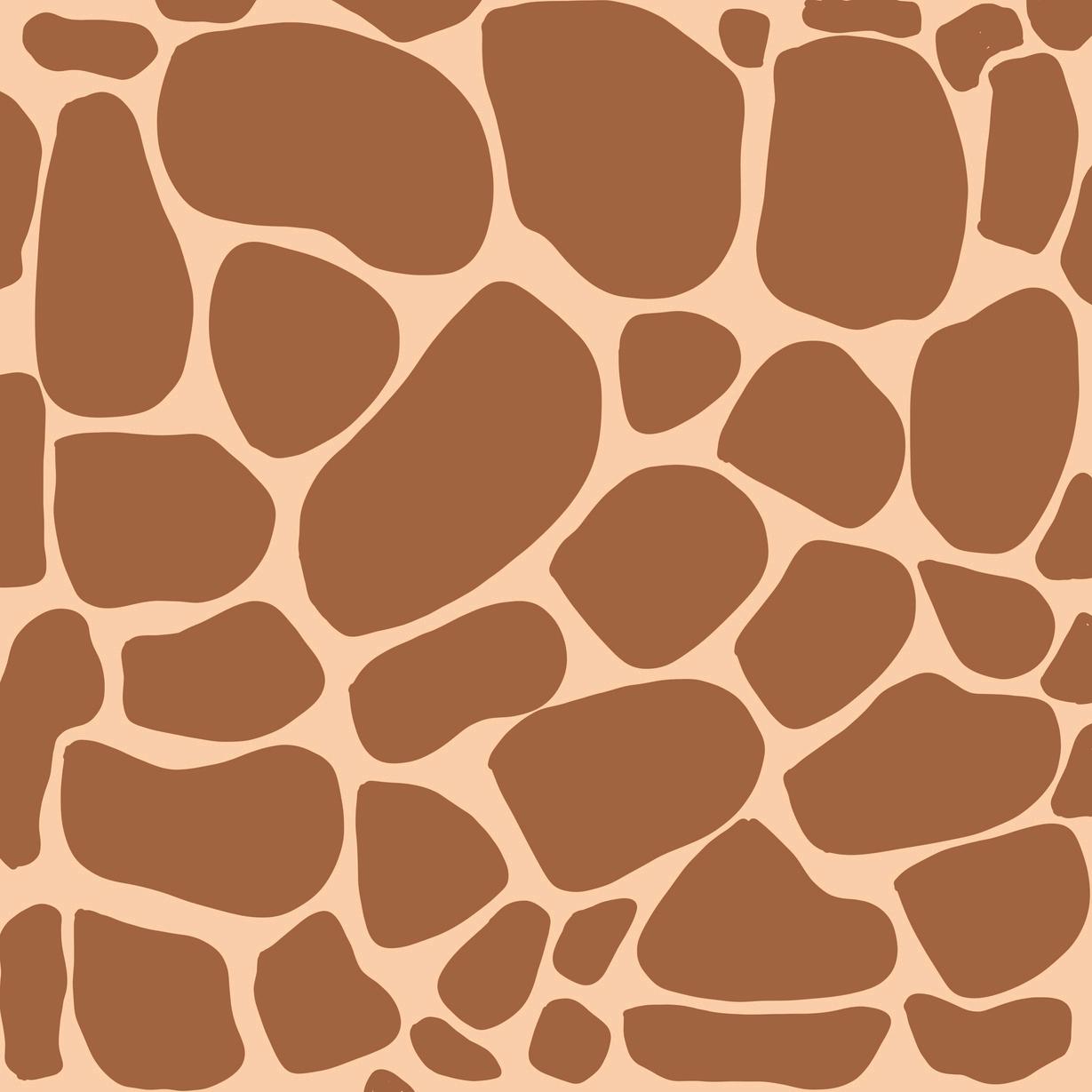
AVIVA WEISS
A I P R O M P T :
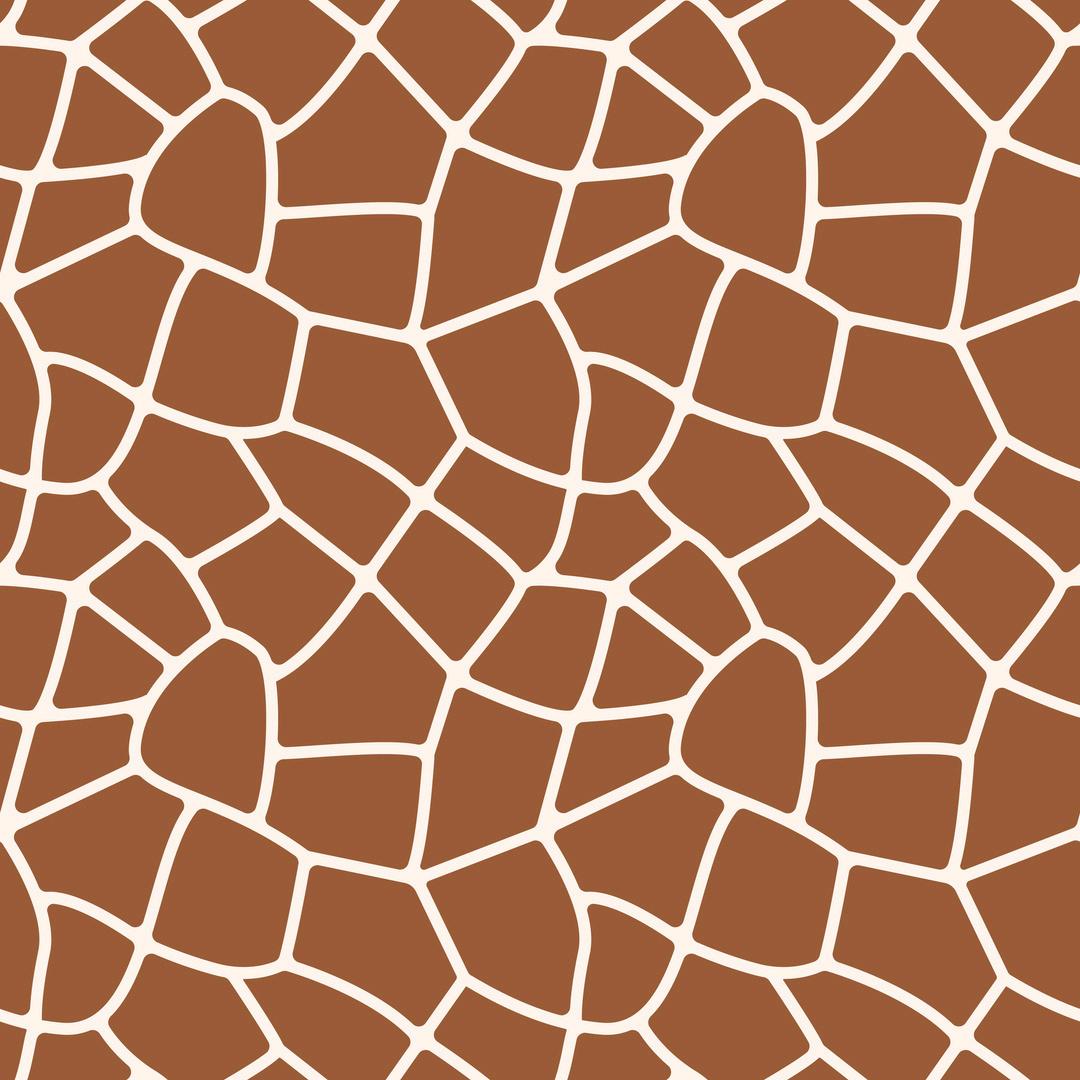
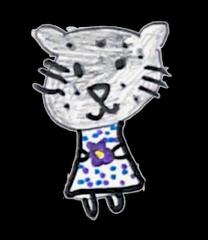
A baby snow leopard wearing a polka dot dress with a purple flower. fluffy fur texture. 3D illustration, kawaii-style
A N I M A L E X P E R T : Bears
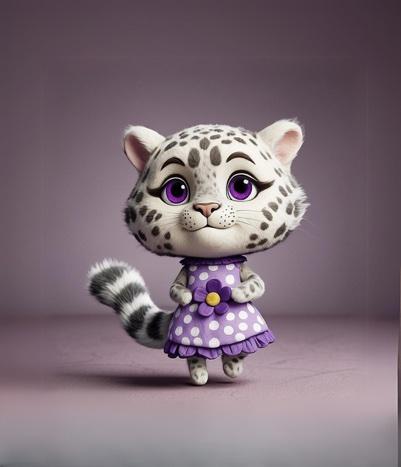
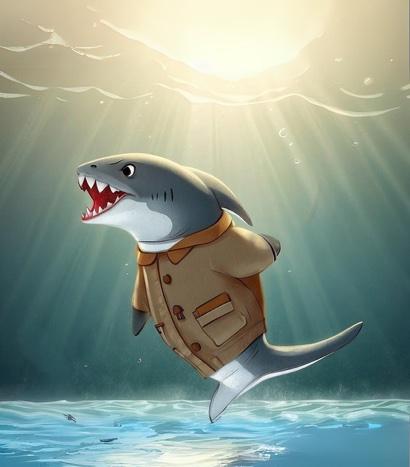
CAMERON FOX
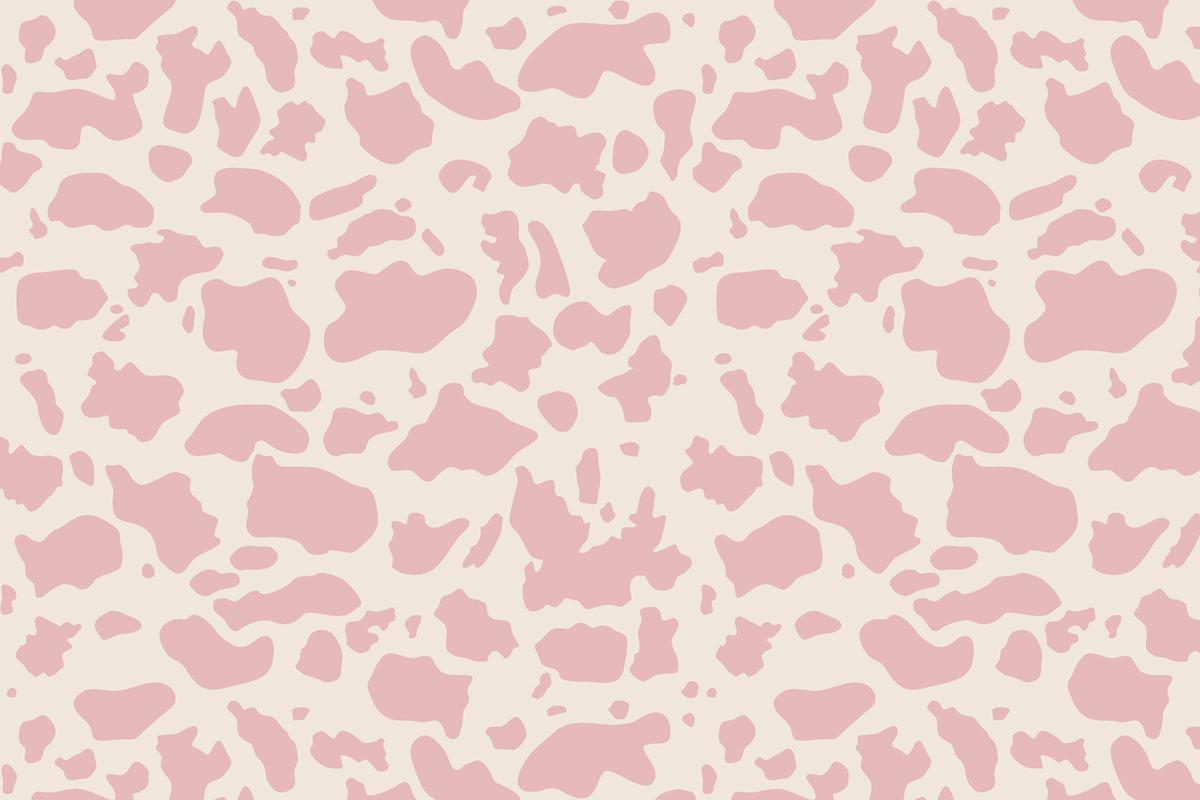
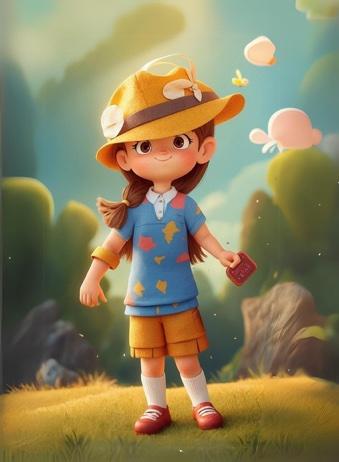
A I P R O M P T :
A shark in the water wearing a trench coat. 3D illustration, kawaii-style
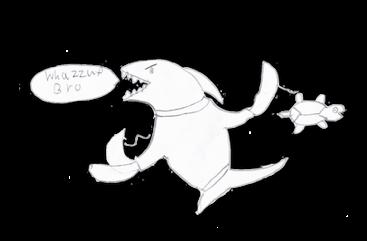
A N I M A L E X P E R T : Sharks

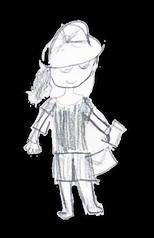
CAROLINE LEWIS
A I P R O M P T :
A girl explorer in a hat. realistic texture. 3D illustration, kawaii-style
A N I M A L E X P E R T : Gorillas
COLTRANE
A I P R O M P T :
A cute yeti with white fur, horns, and large claws. cartoon style
A N I M A L E X P E R T : Bears
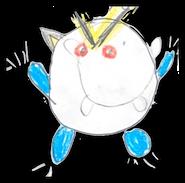
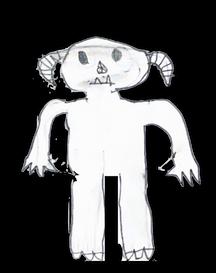
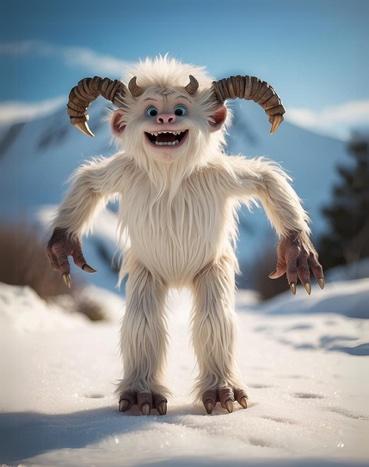
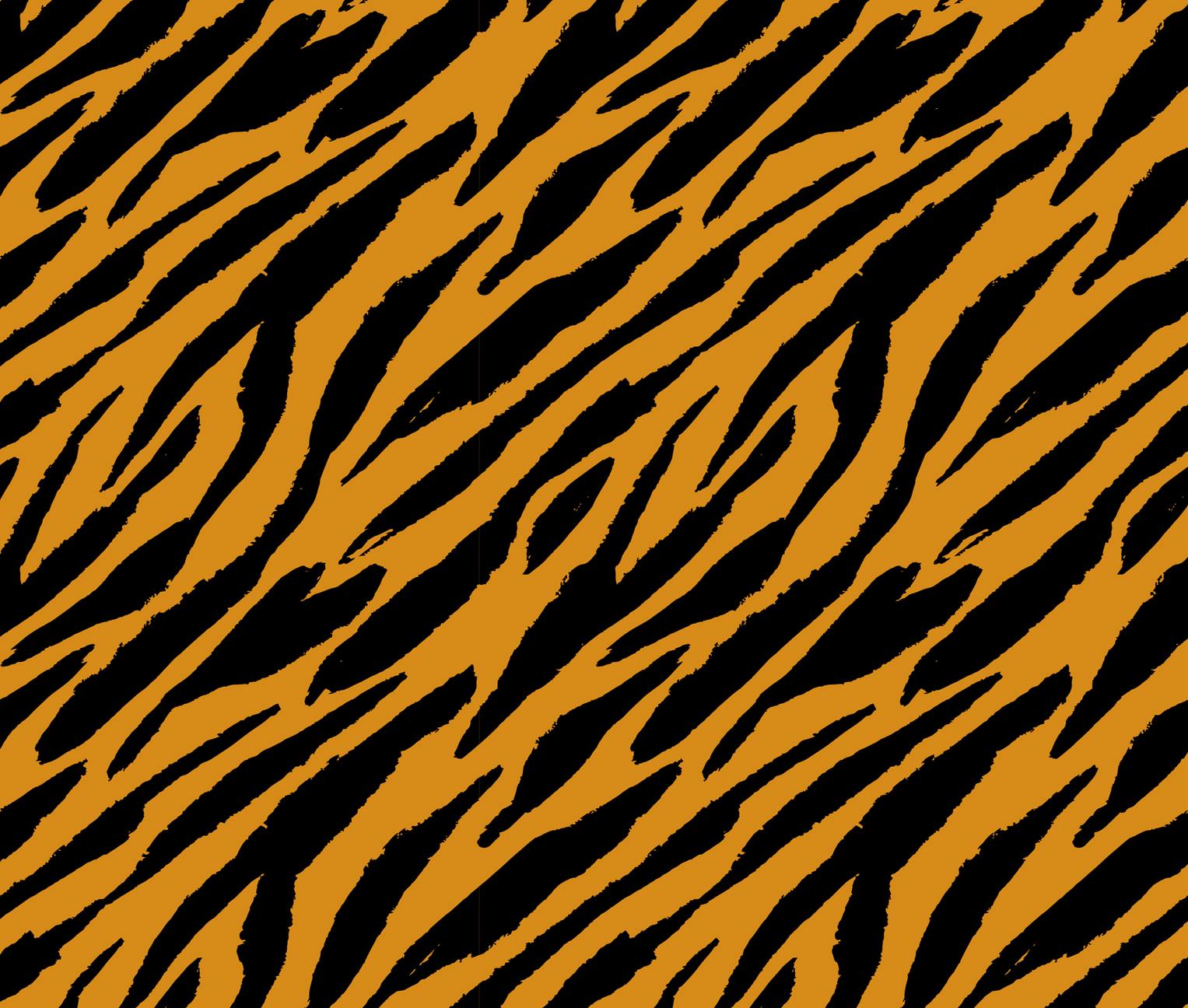
ELEANOR ROTHMAN
A I P R O M P T :
A white, angry bird creature with red eyes and blue flippers. soft feather texture. 3D illustration
A N I M A L E X P E R T : Penguins
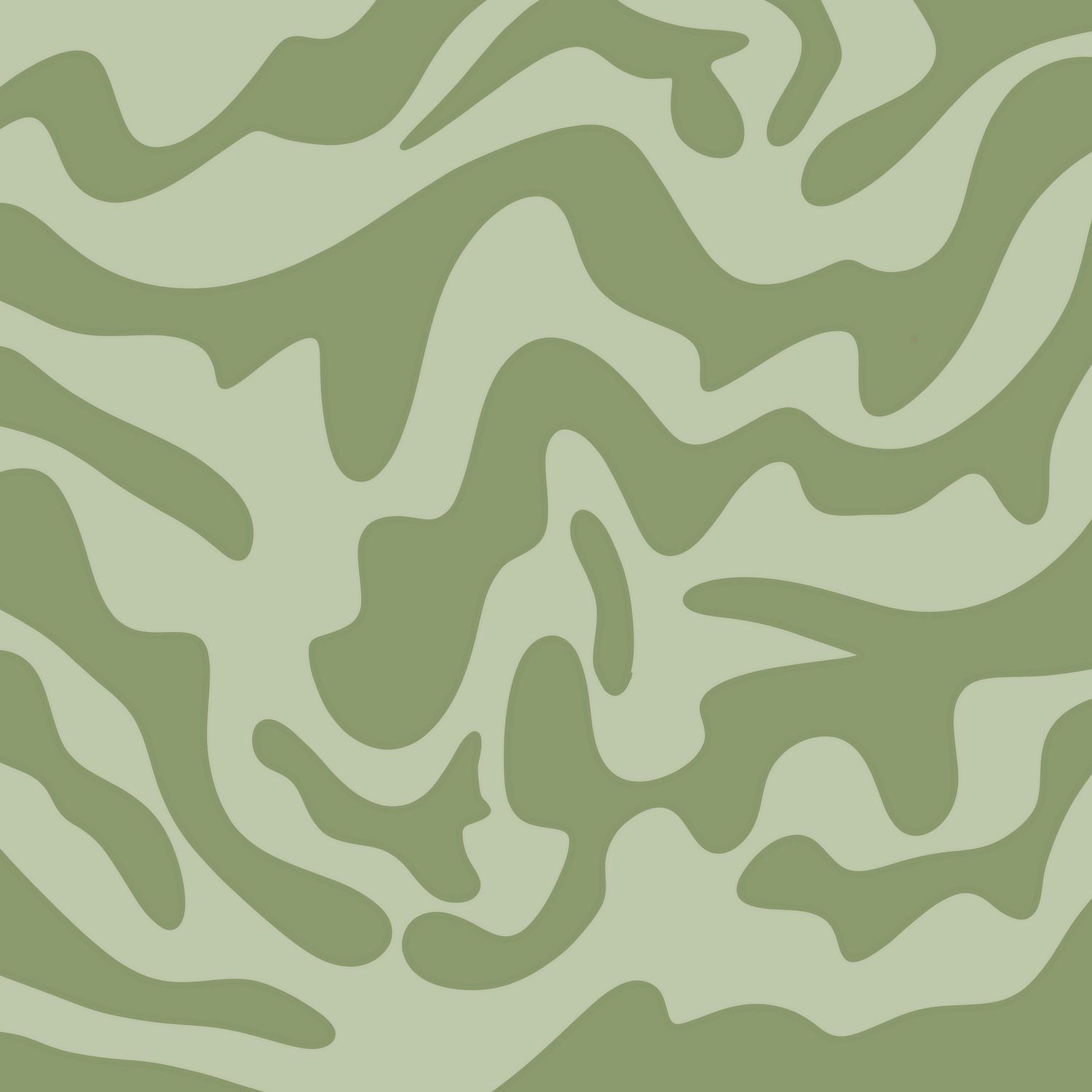
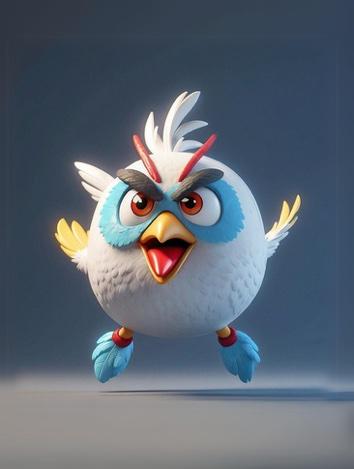
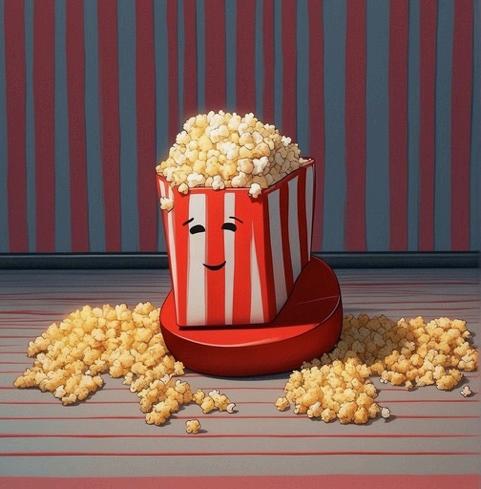
FREDDIE C.
A I P R O M P T :
A striped red box of popcorn with a kawaii face. realistic texture. 3D illustration, kawaii-style
A N I M A L E X P E R T : Sea Turtles
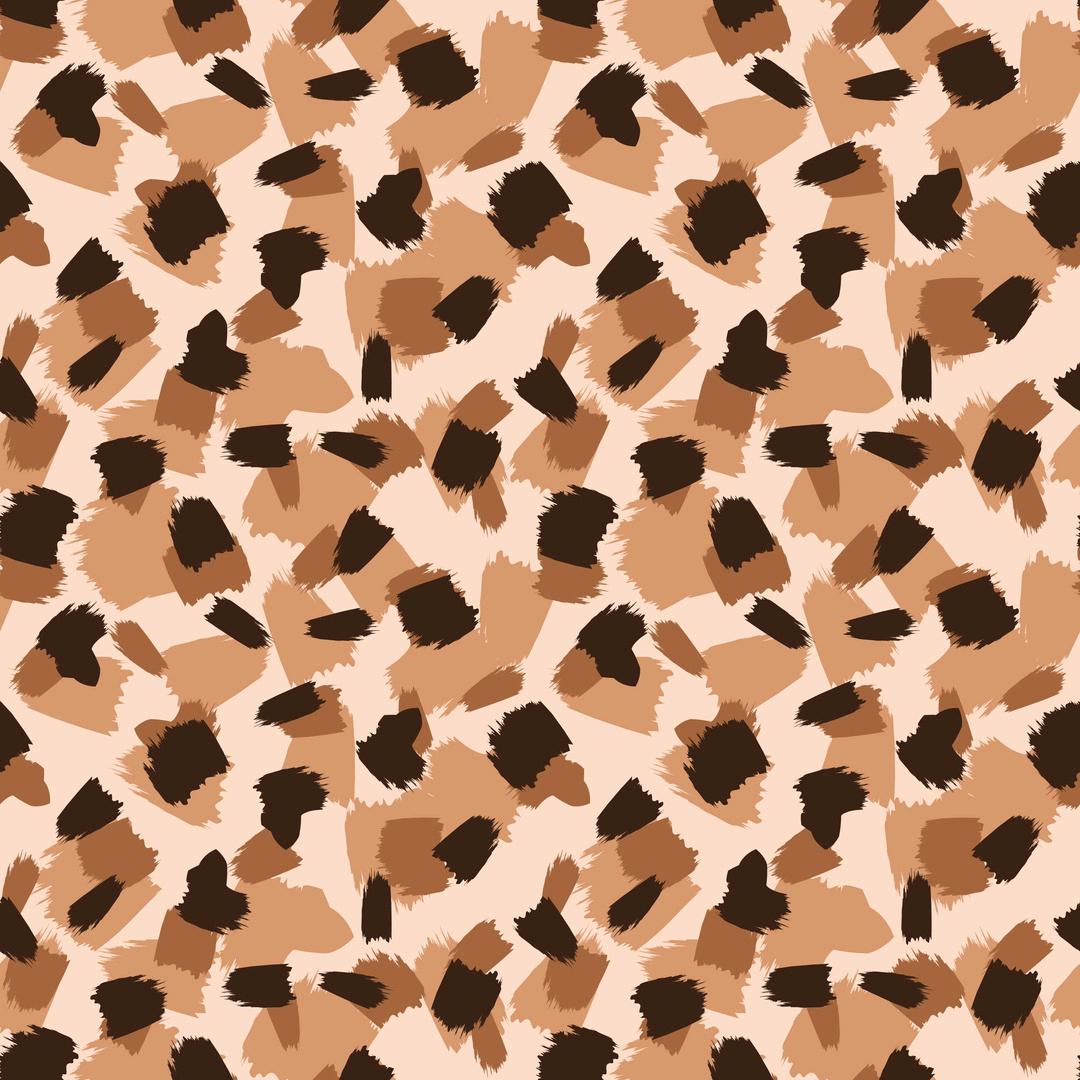
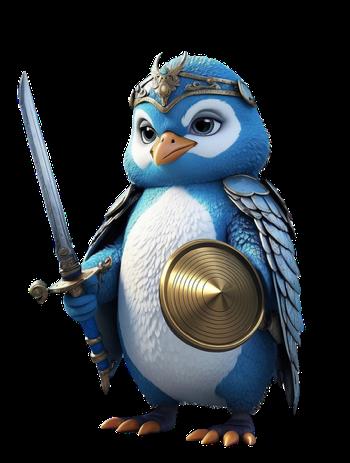
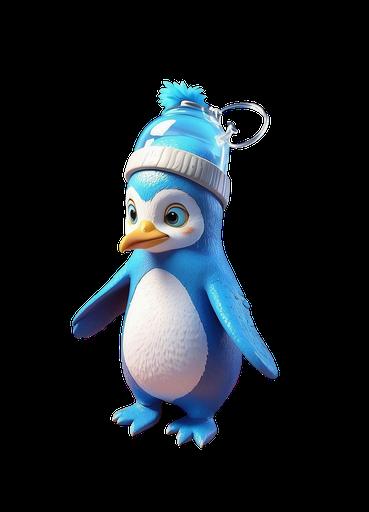
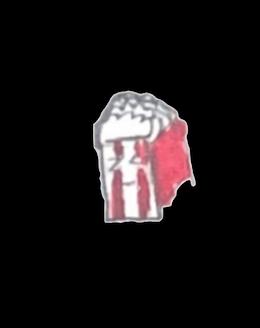
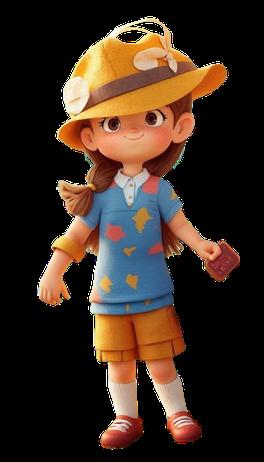
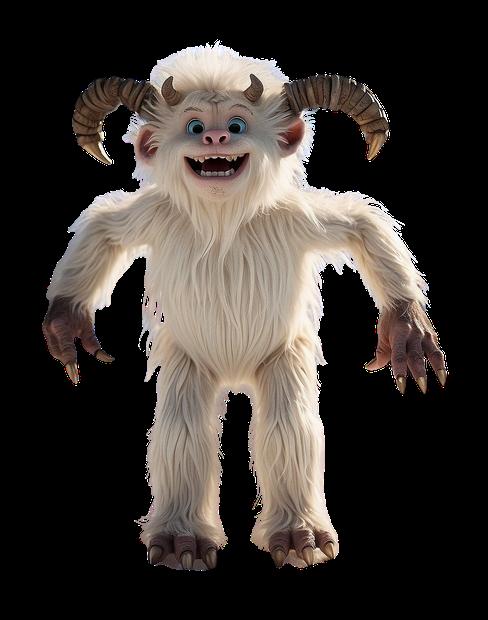

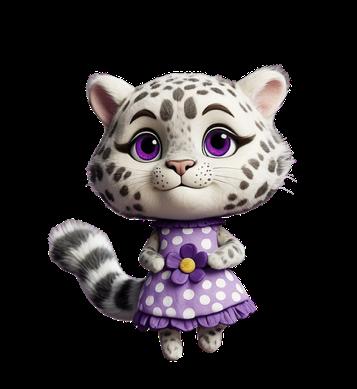

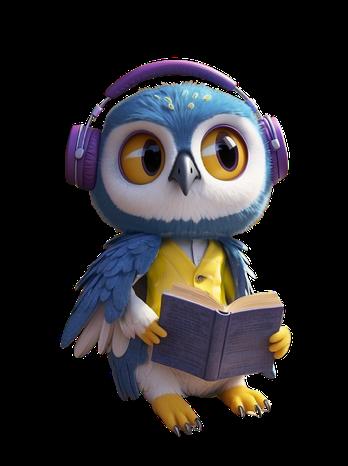
HARPER
C.
A I P R O M P T :
A baby yellow shark, holding a plastic bag of pretzels. 3D illustration, kawaii-style
A N I M A L E X P E R T : Sharks
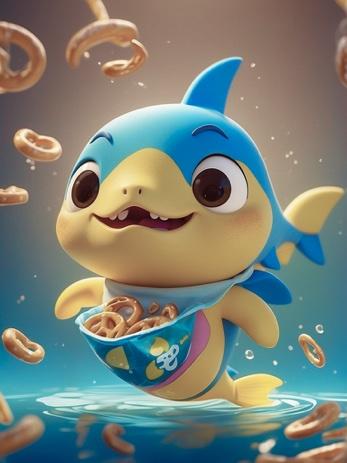
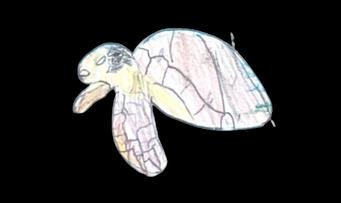
ISHA VARMA

A I P R O M P T :
A green sea turtle laying on the beach. reptile texture. 3D illustration, kawaii-style
A N I M A L E X P E R T : Sea Turtles

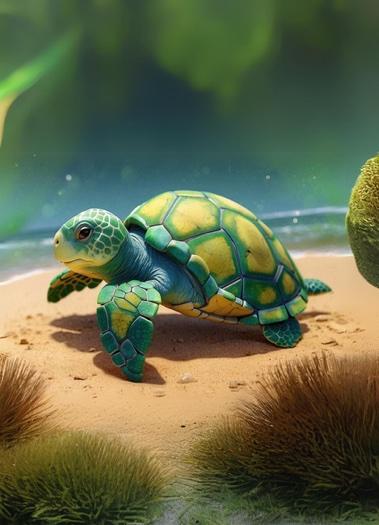
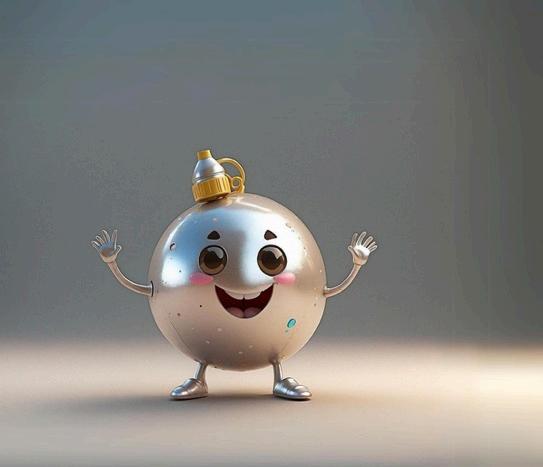
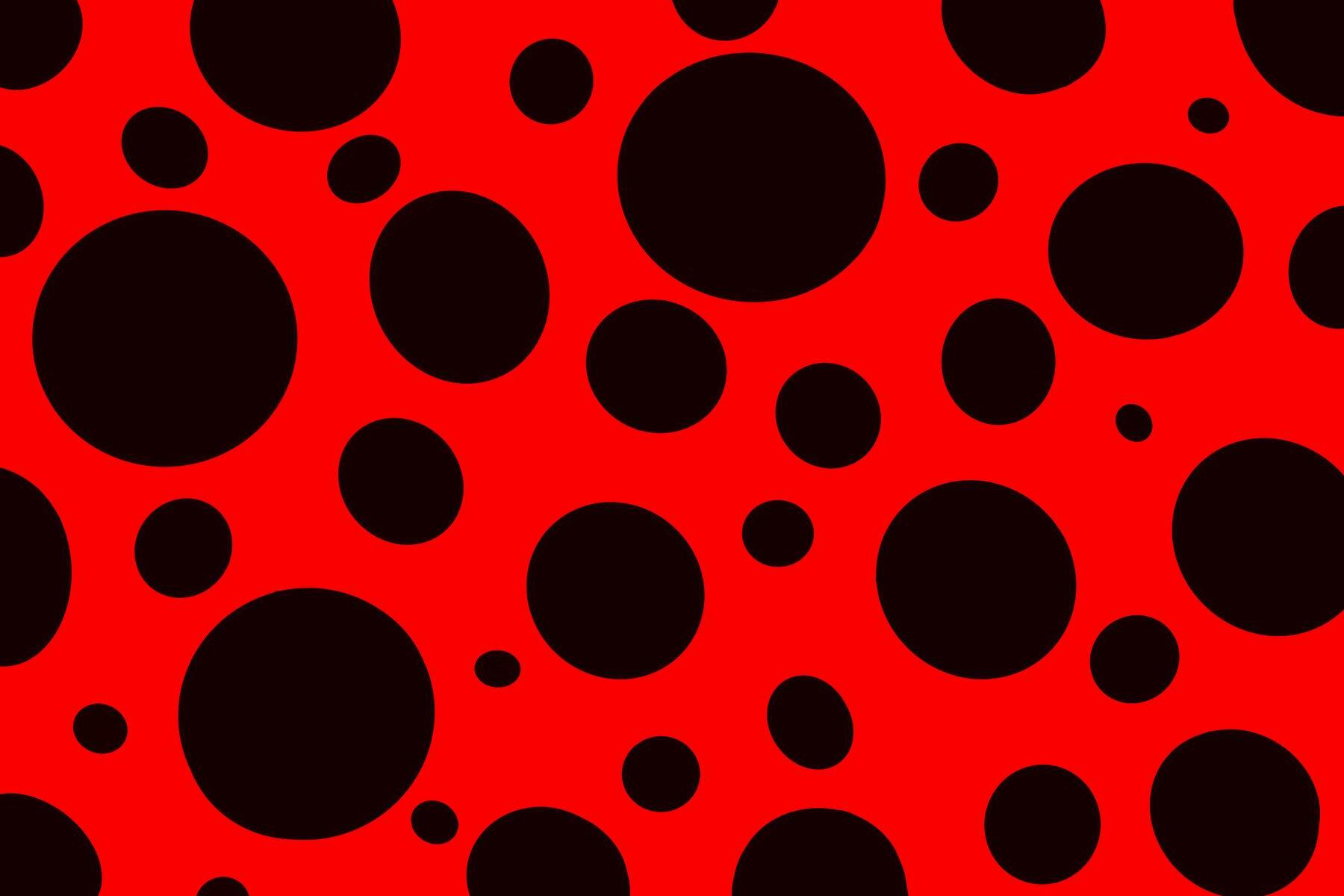
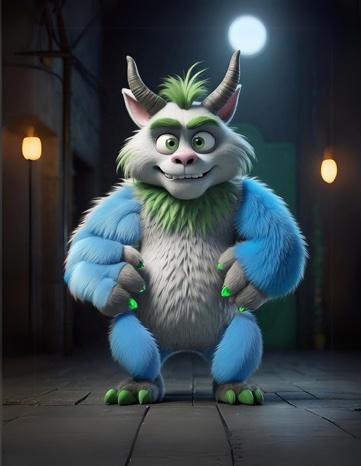
JACK B.
A I P R O M P T :
A silver bomb with legs and arms and a happy face. shiny metal texture. 3D illustration, kawaii-style
A N I M Shark
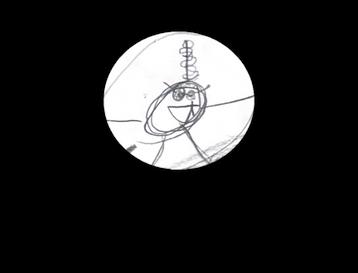
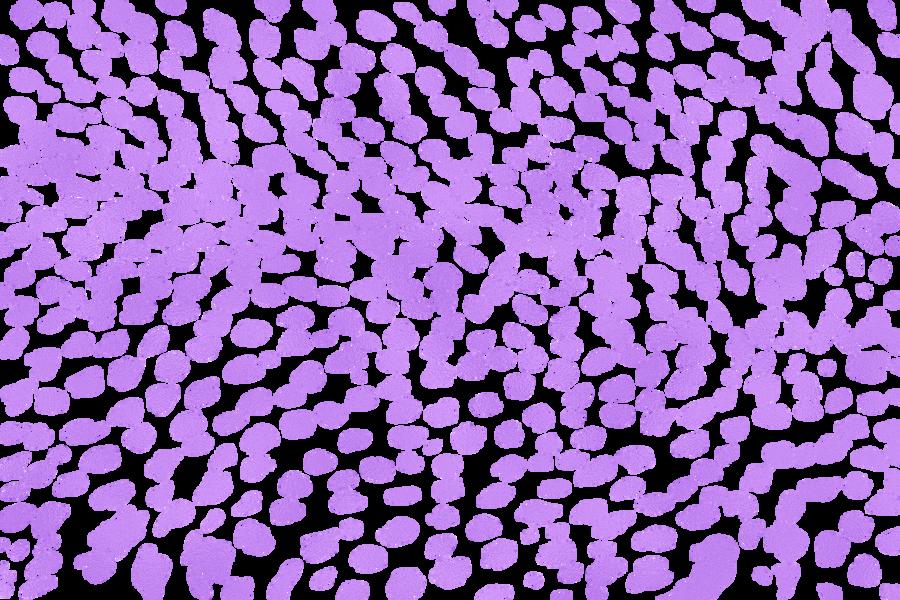
JACOB HUANG
A I P R O M P T :
A furry grey animal with large green claws, steel horns, green eyes, and a snout. gray soft, furry texture. full body view. 3D illustration
A N I M A L E X P E R T : Gorillas
JADEYN MURPHY
A I P R O M P T :
A blue penguin with blue feathers, wearing warrior armor, holding a sword and shield. Antarctica background. fluffy feather texture. full body view. 3D illustration
A N I M A L E X P E R T : Penguins
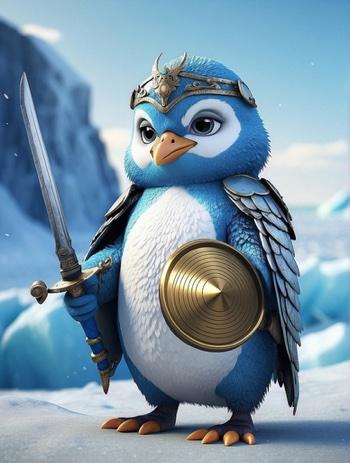
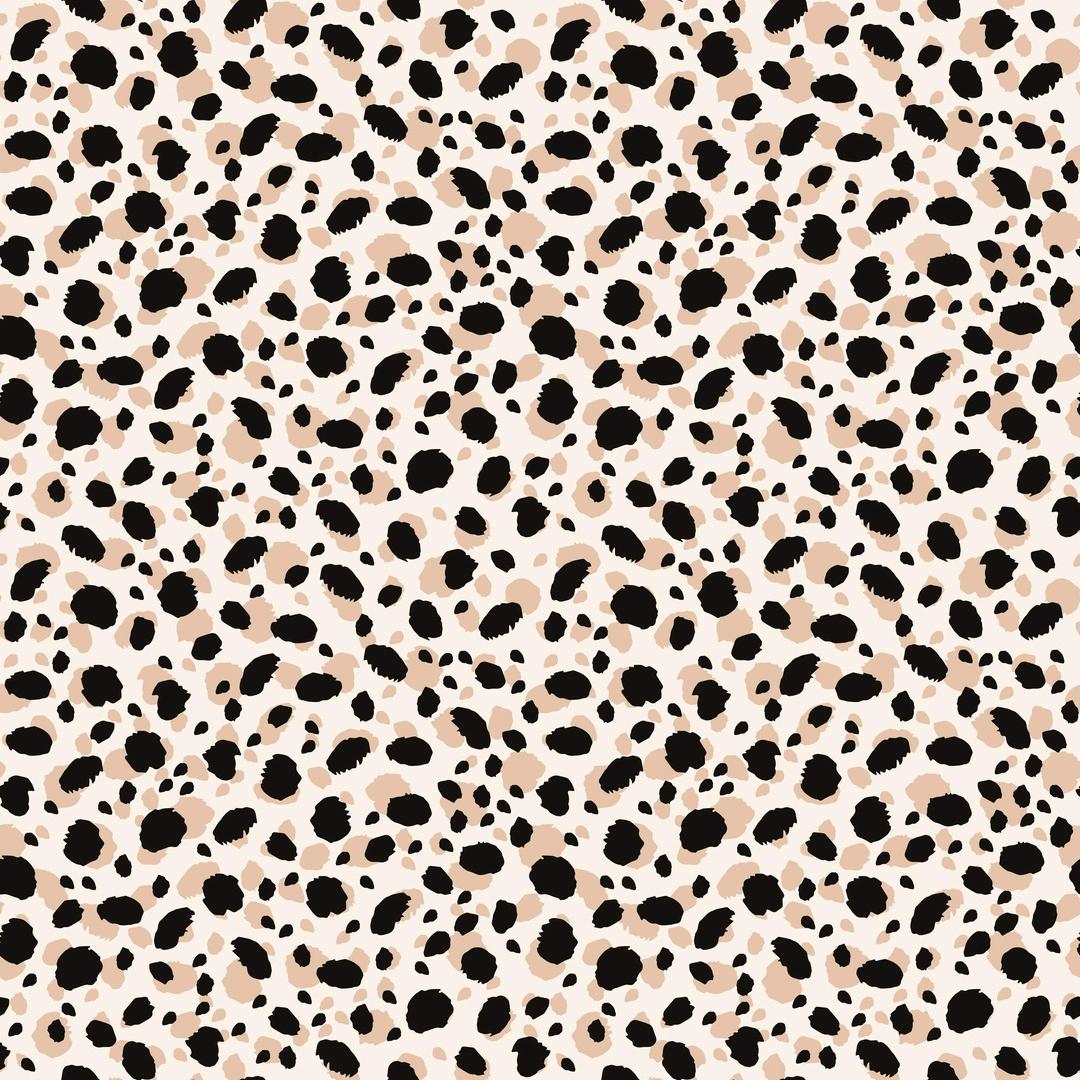
JONNY BLOOM
A I P R O M P T :
A red panda wearing sunglasses, holding a pink lemonade, sitting on a lounge chair on the beach. beach background. fluffy fur texture. full body view. 3D illustration, kawaii-style
A N I M A L E X P E R T : Gorillas
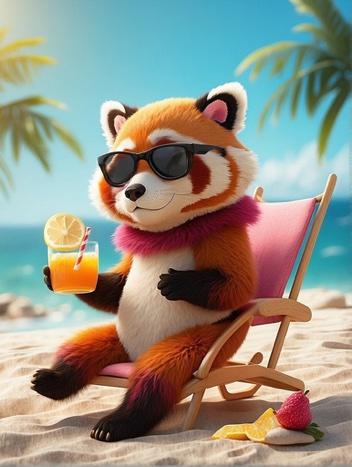

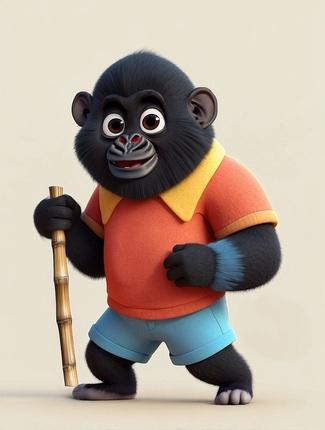
KIRA
A I P R O M P T :
A black gorilla wearing a red shirt, yellow sleeves, and blue pants, holding an orange tool. soft fur texture. 3D illustration kawaii-style
A N I M A L E X P E R Gorillas
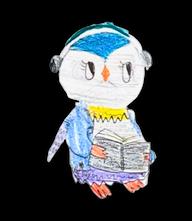
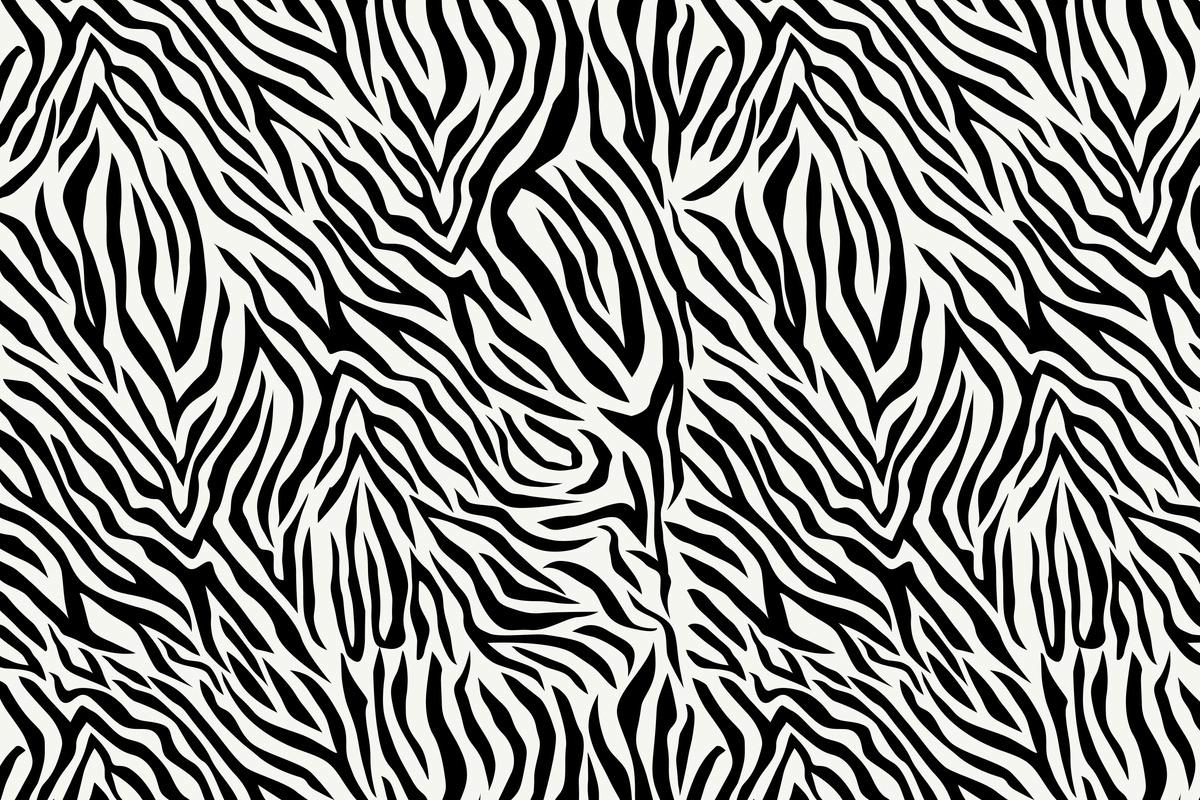
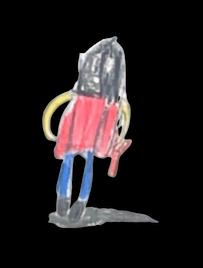
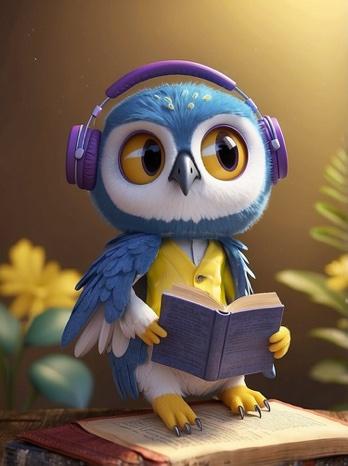
LARA G. MASLOWSKI
A I P R O M P T :
A blue and white owl wearing headphones, a yellow and blue shirt, purple pants, holding a book. soft feather texture. 3D illustration, kawaii-style
A N I M A L E X P E R T : Dolphins
LAYLA LEVY
A I P R O M P T :
A cute dog, wearing a bow, a shirt, and pants, holding a bubble tea drink. soft fur texture. 3D illustration, kawaii-style
A N I M A L E X P E R T : Dolphins
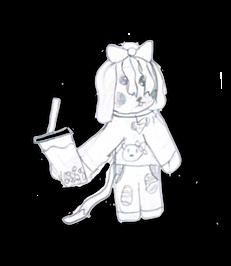
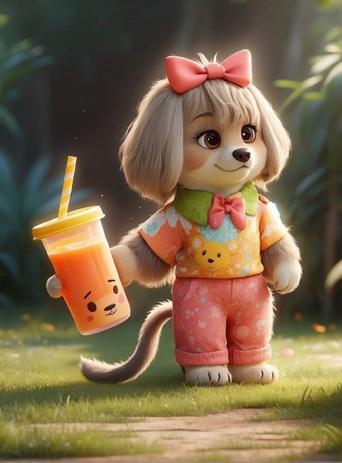
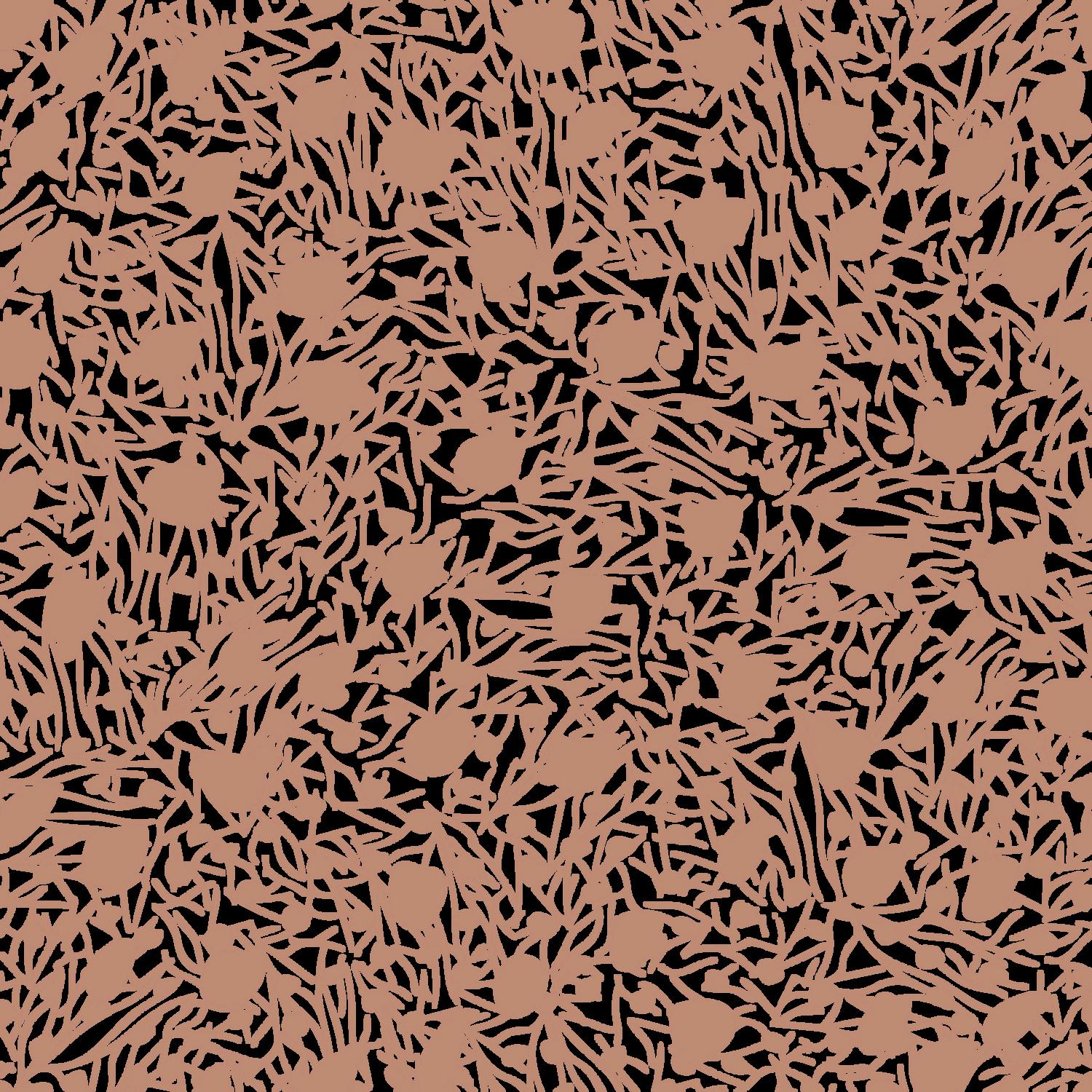
LUCY
S.
A I P R O M P T :
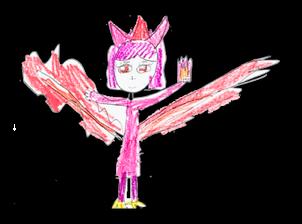
A human dragon hybrid with pink hair, pink horns, pink wings, holding fire. reptile, scale texture. 3D illustration, kawaii-style
A N I M A L E X P E R T : Penguins
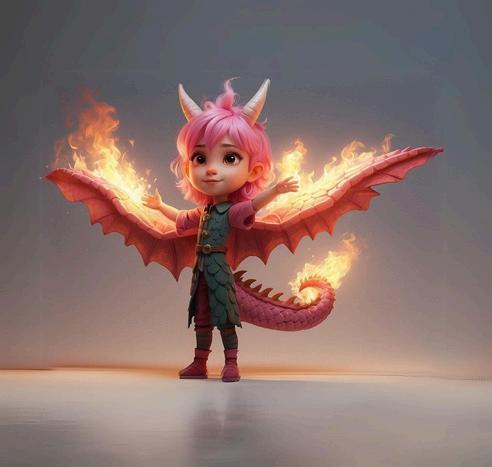
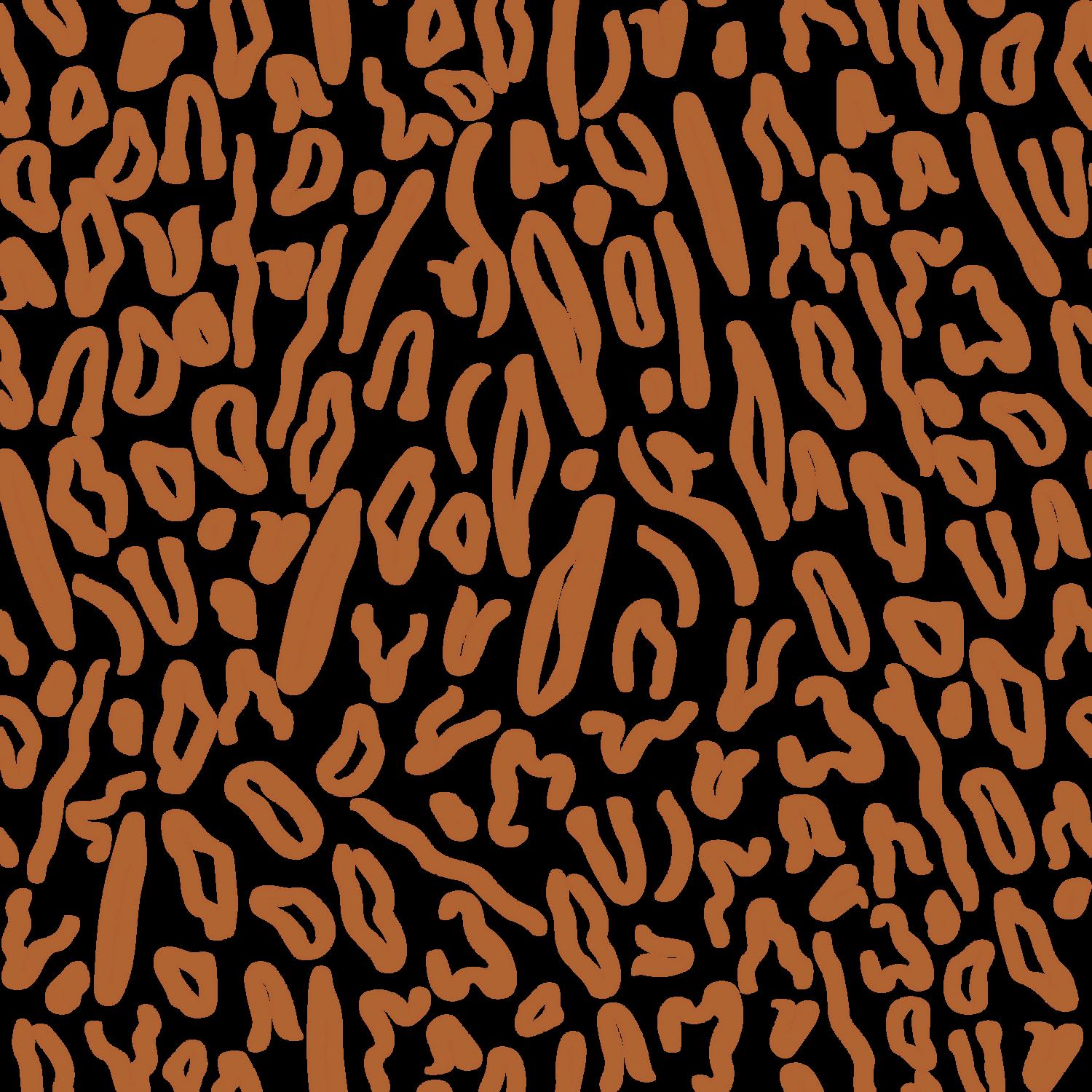
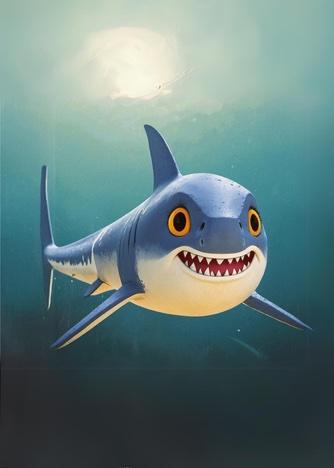
MAYA MAGEN
A I P R O M P T :
A friendly blue shark. 3D illustration, kawaii-style
A N I M A L E X P E R T : Sharks

Hi! My name is Henry!
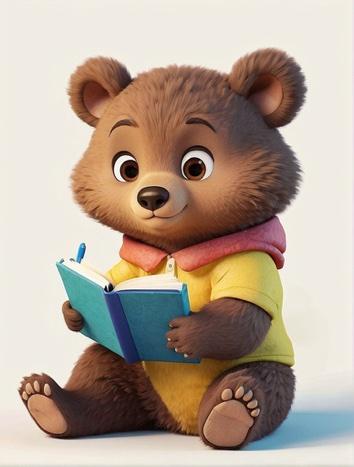
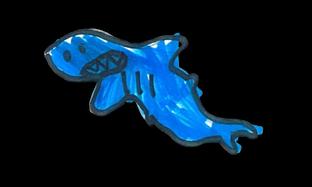
NORA HARTMAN
A I P R O M P T :
A baby bear with brown eyes, holding a notebook and a pencil. fluffy fur texture. 3D illustration, kawaii-style
A N I M A L E X P E R T : Bears
NYAH GENOVESE
A I P R O M P T :
A fluffy white sheep, wearing flower in hair. soft fur texture. 3D illustration, kawaii-style
A N I M A L E X P E R T : Dolphins
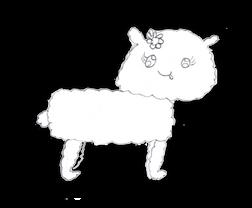
A I P R O M P T :
A shark controlling water, air, earth, and fire with his fin. simple background. 3D render
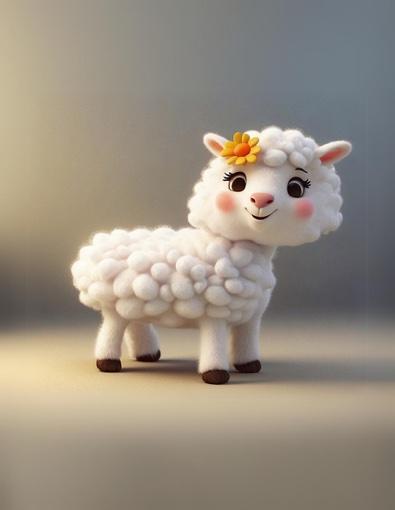
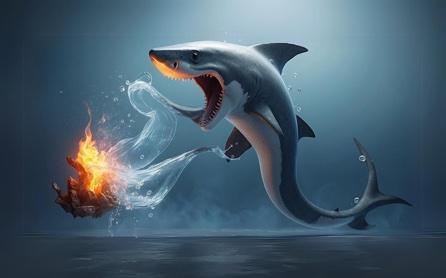
A N I M A L E X P E R T : Sharks
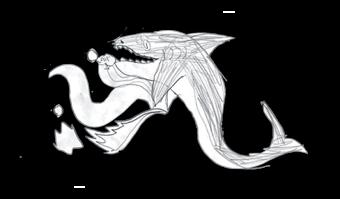 PARKER LONERGAN
PARKER LONERGAN
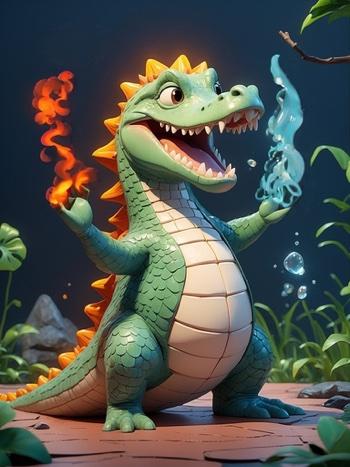
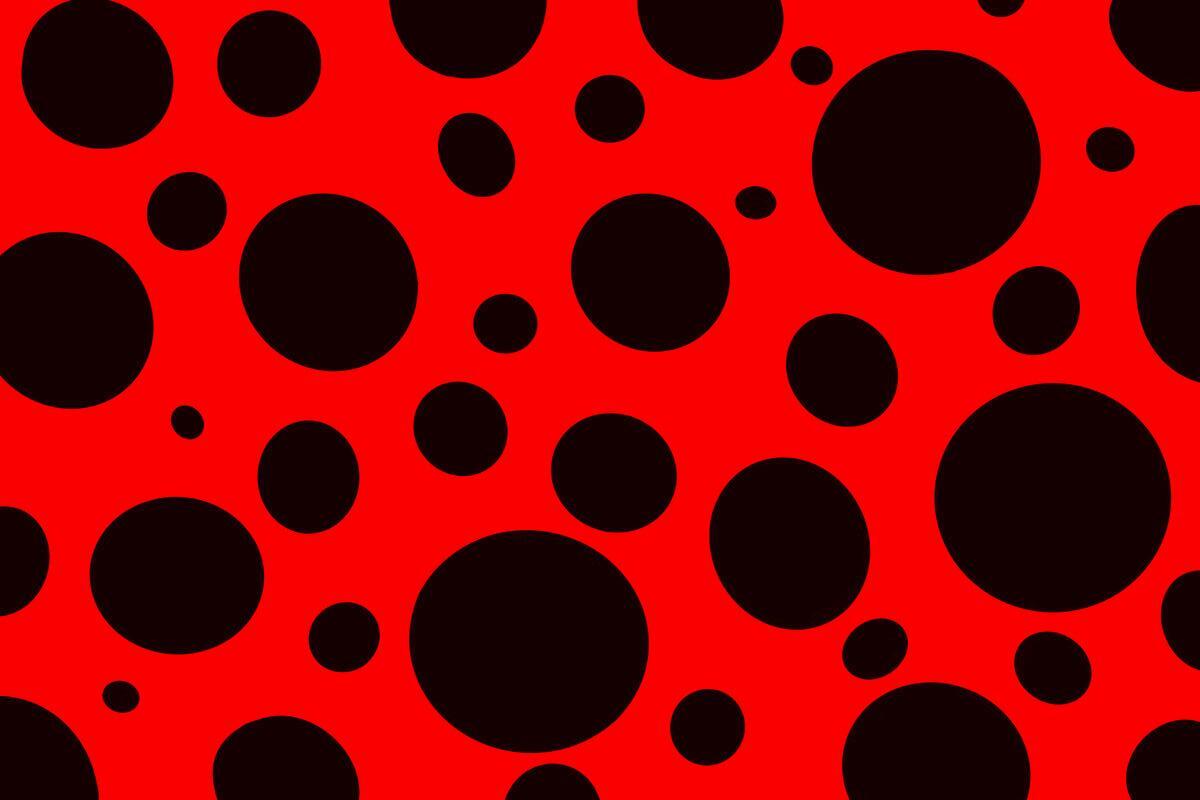
RAMI ELWAKIL
A I P R O M P T :
A magical alligator that has earth, wind, fire, and water coming out of its hand. full body. simple background. 3D render, kawaii-style
A N I M A L E X P E R T : Sea Turtles
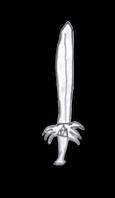
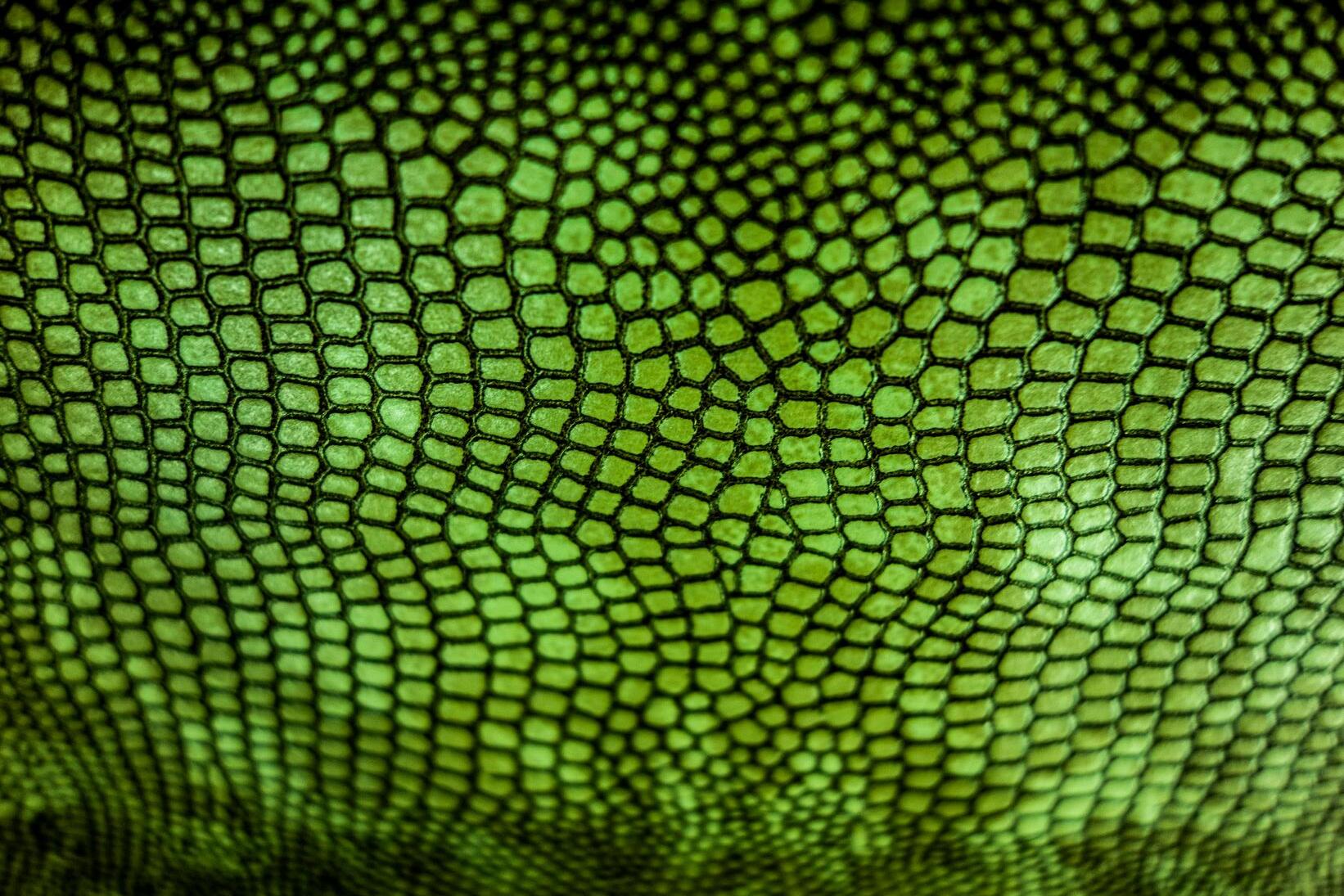
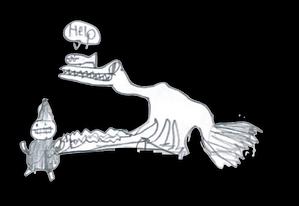
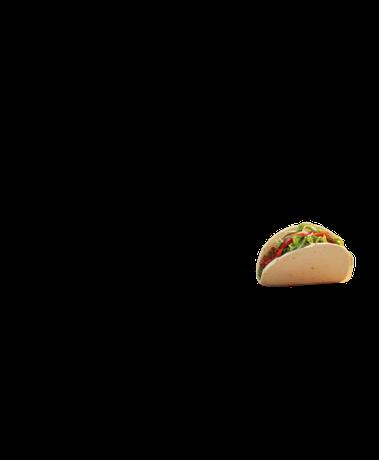
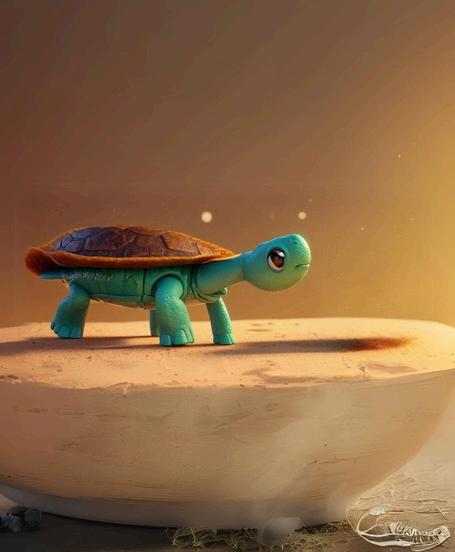
RYAN MAGUIRE
A I P R O M P T :
A green turtle with a brown shell next to a taco. scale texture. 3D render, kawaii-style
A N I M A L E X P E R T : Sea Turtles
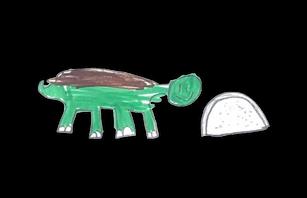
LEILA SHEIKH
A I P R O M P T :
A black panther running in lightning. 3D illustration, kawaii-style
A N I M A L E X P E R T Sea Turtles
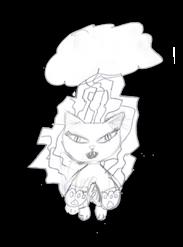
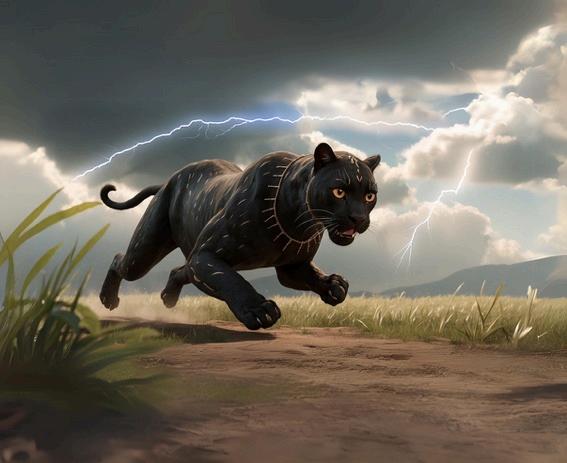

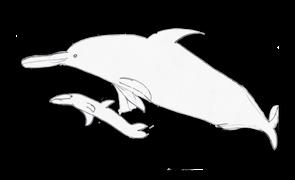
SLOANE MURPHY
A I P R O M P T :
A mom and daughter dolphin swimming in the ocean. 3D illustration, kawaii-style
A N I M A L E X P E R T : Dolphins
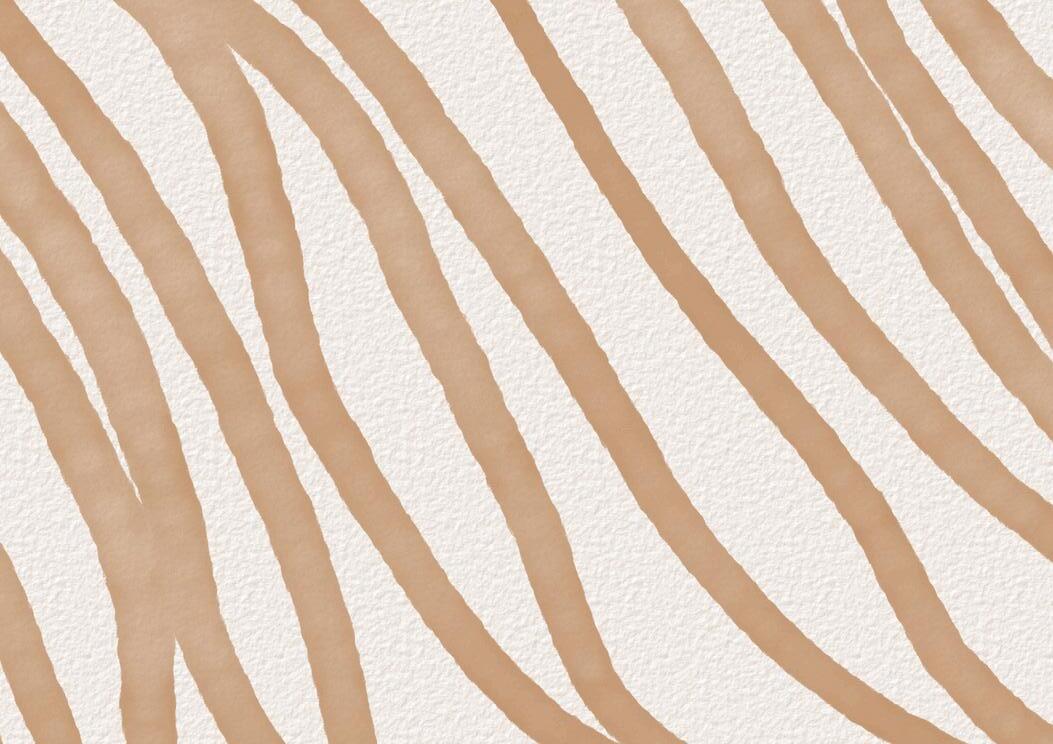
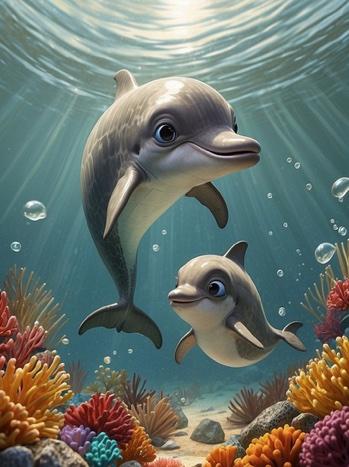
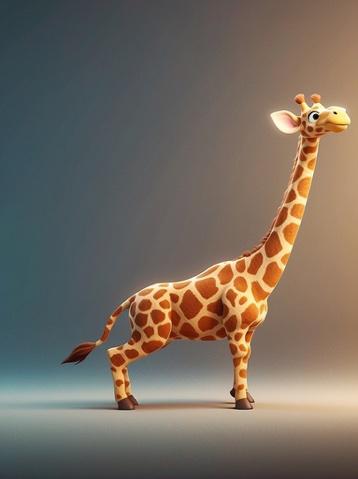
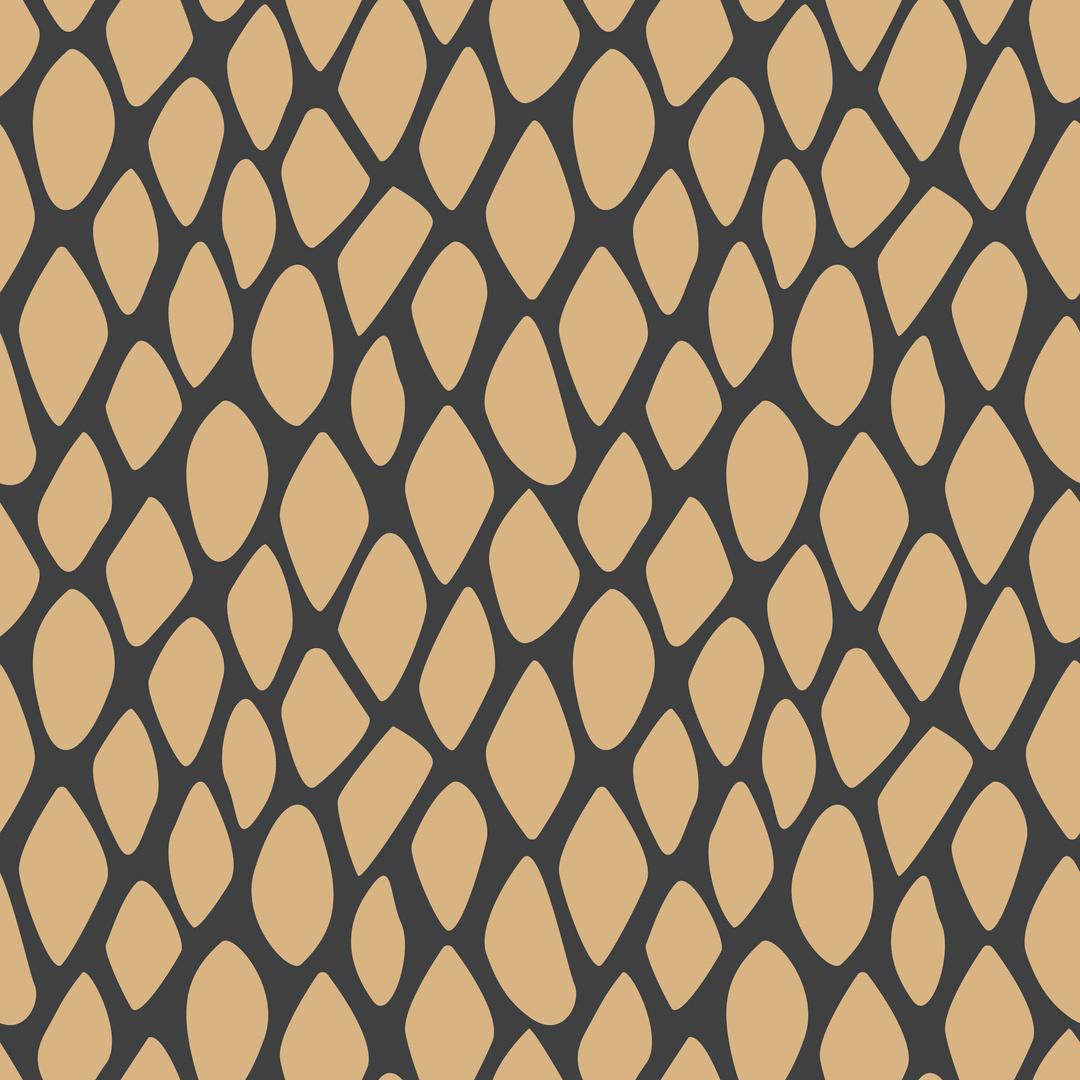
SOPHIE SLUSKY
A I P R O M P T :
A giraffe with lots of spots. soft fur texture. 3D illustration kawaii st le
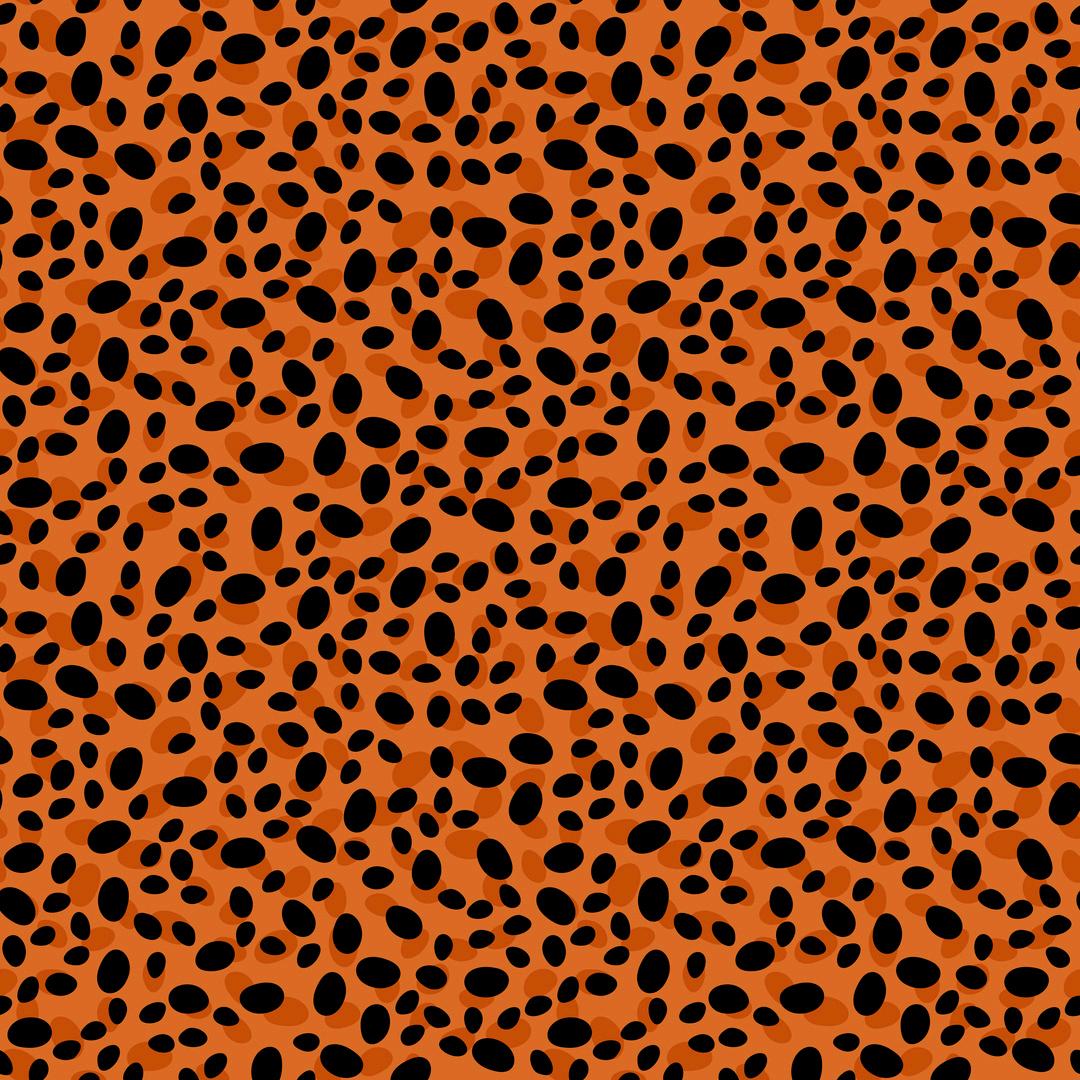
A N I M A L Dolphins
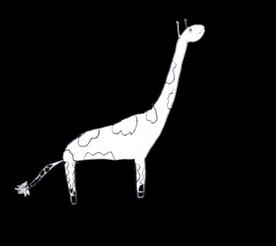

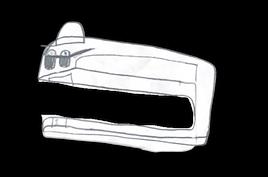
A I P R O M P T :
A silver metal stapler, wearing a baseball hat and sunglasses. metal, shiny texture. 3D illustration, kawaiistyle
TYLER MIHAILOVICH
A N I M A L E X P E R T : Sea Turtles
WILLIAM CASSIDY
A I P R O M P T :
An animal with two horns. 3D illustration, kawaii-style
A N I M A L Gorillas
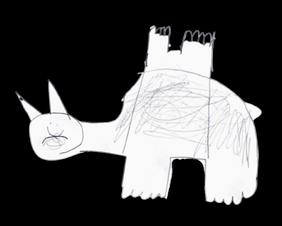
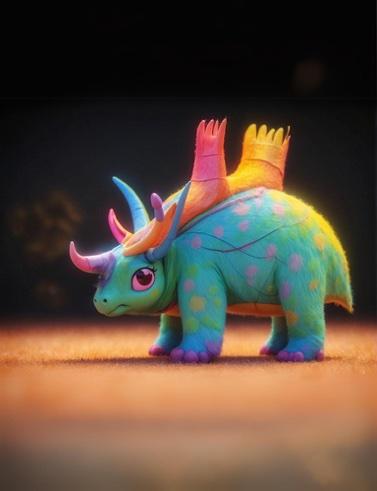
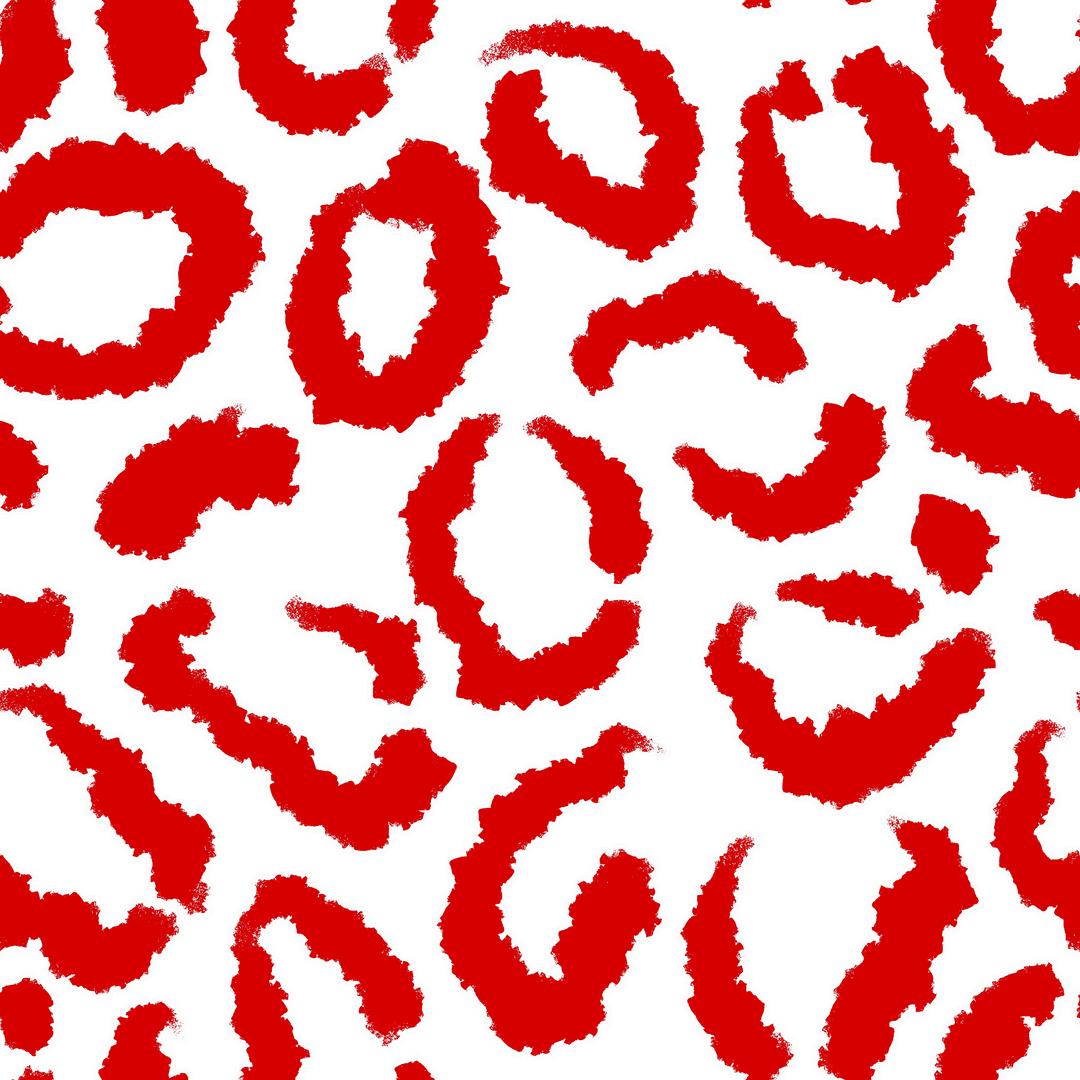
A I P R O M P T :
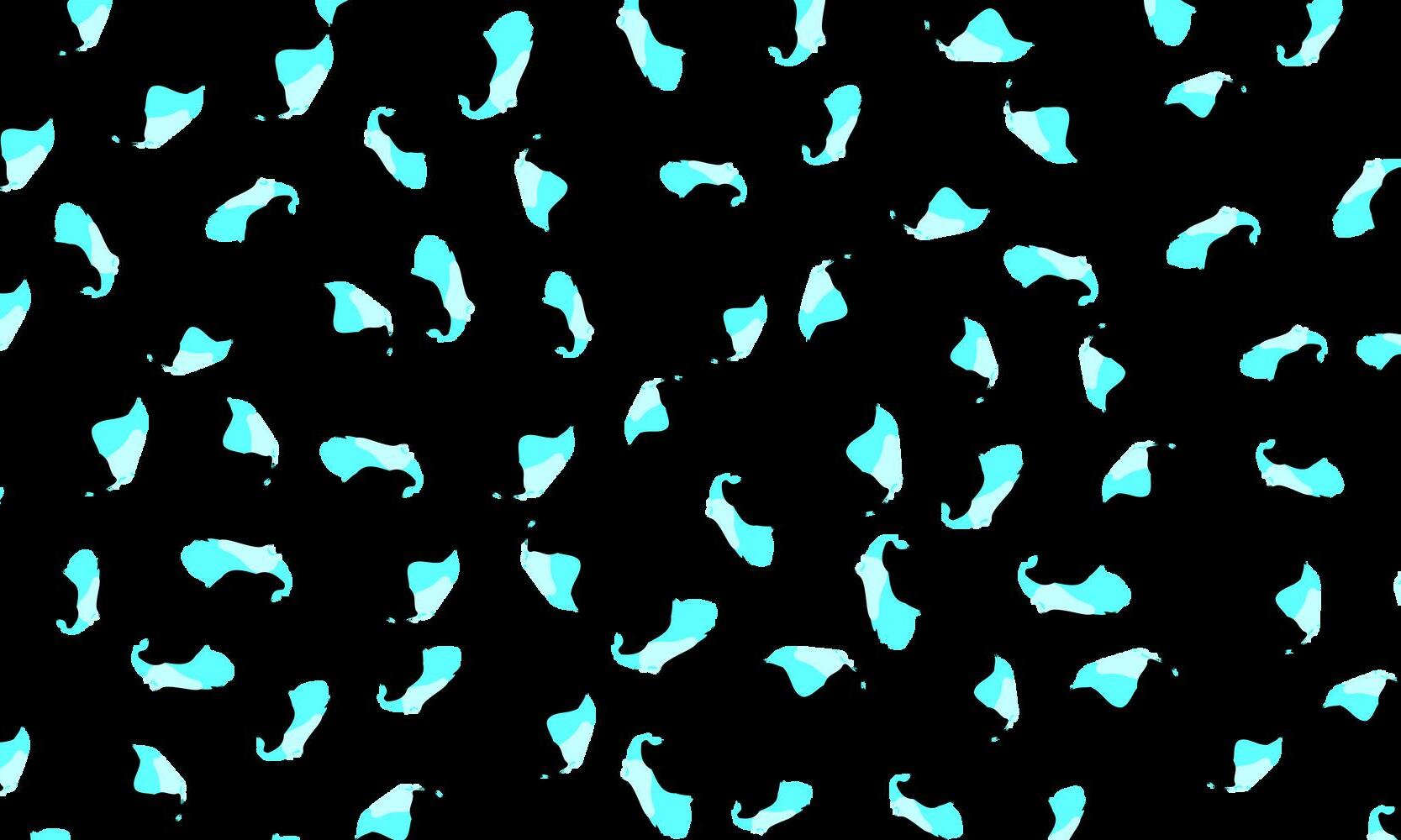
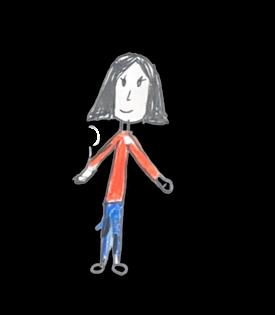
A girl wearing a red shirt and blue jeans. 3D illustration, kawaii-style
A N I M A L E X P E R T : Bears
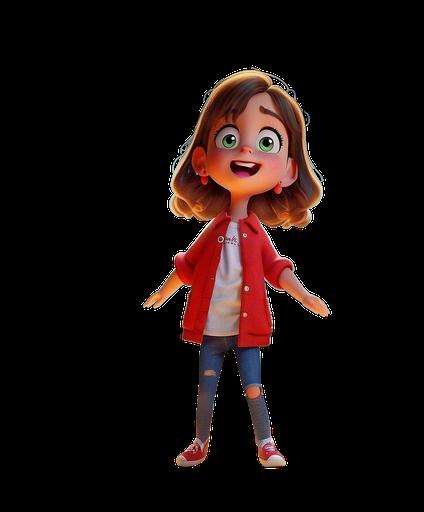
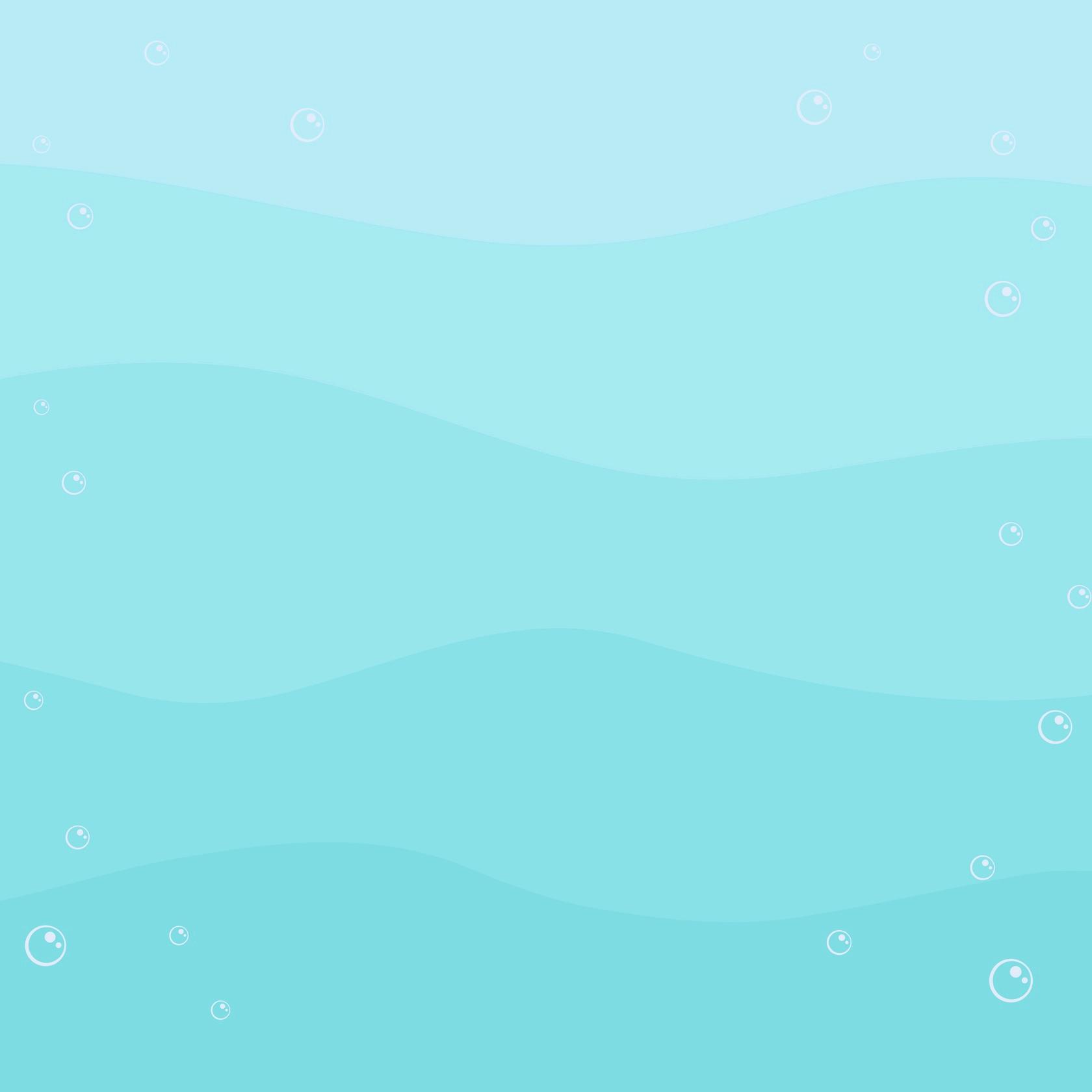
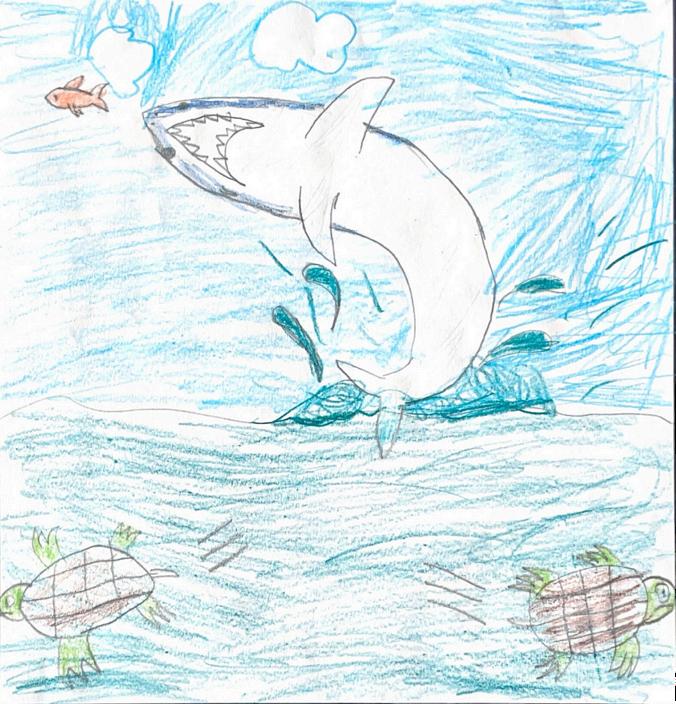
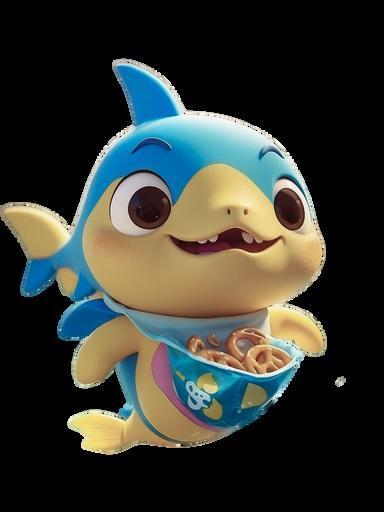
A A SHARKS!!! SHARKS!!!
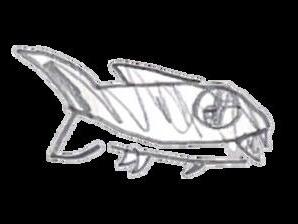
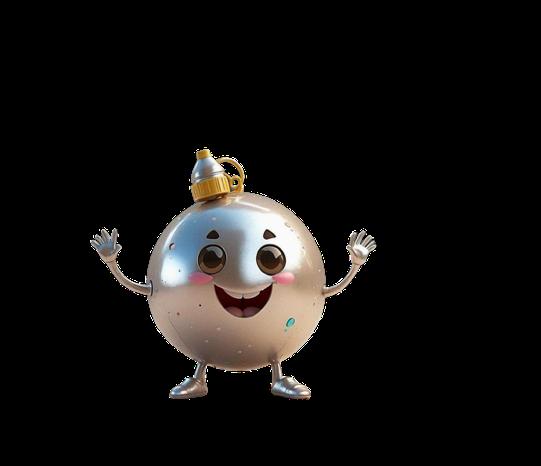
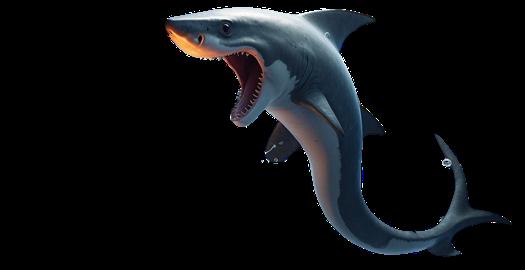
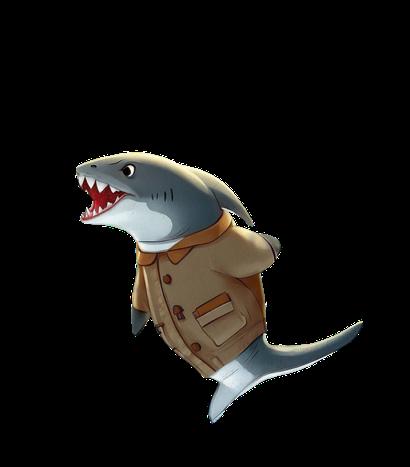

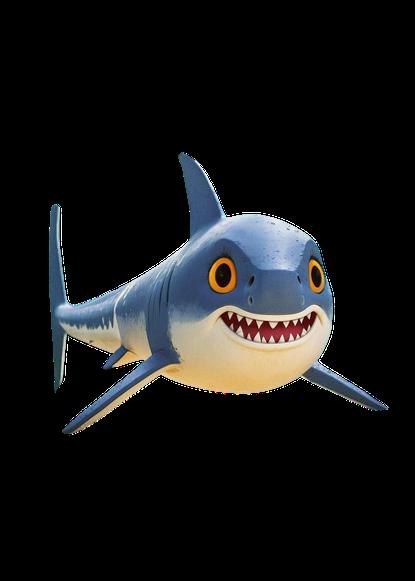
Animal Anthology
Introduction
B y H a r p e r C .
Did you know that sharks are awesome animals? Well, if you didn't, you ' ve come to the right place! In this book we ’ re going to teach you all about SHARKS!
From teeth to hunting, sharks are awesome! Did you know they don't have skin, but have cartilage?! They also have a sixth sense!
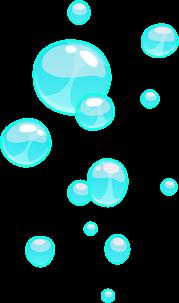

If you want to learn more about this and more about sharks in general, read on!
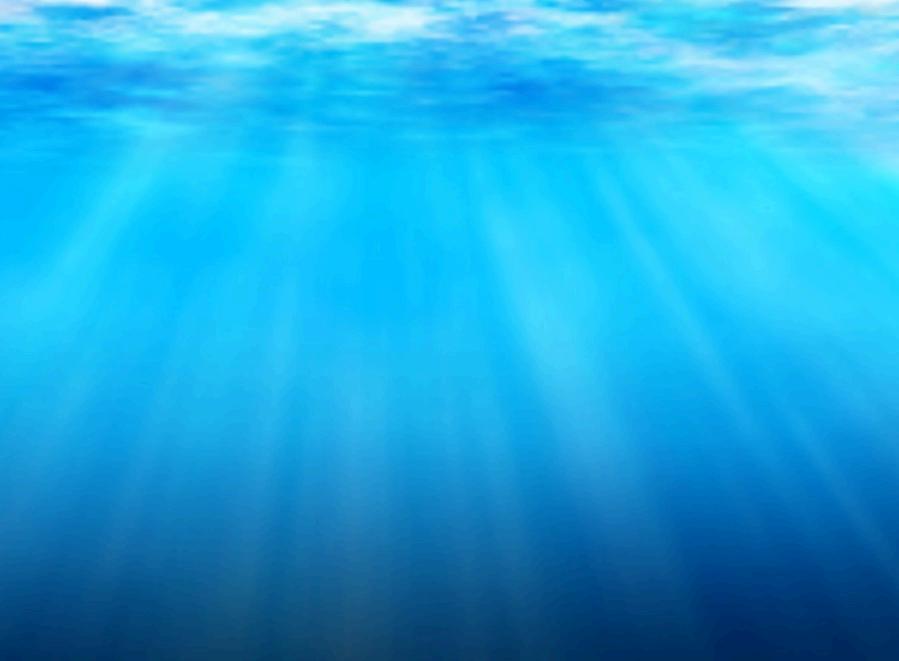
Chapter One: Survival
B y H a r p e r C . Amazing Sharks
Imagine you ’ re swimming in the waters as a shark and you need to survive. I'm going to teach you about the survival of sharks! In this chapter, you ' re going to learn about the survival of sharks and how it works.
Sharks need to breathe to survive, but they breathe through gills, not lungs. They have 5 gill slits to breathe through. Once the water goes in, it touches blood vessels, and they take the oxygen out of the water.
Sharks also need to hunt or eat to survive. They hunt alone or in groups. Sharks also have a lot of teeth when they chomp, and when one falls out another replaces it. Some sharks even camouflage when they hunt!
They also swim to survive. They swim in different waters all over the world. Some sharks h t i i d t b th !
Sharks also use their ca
I hope you learned a lot this chapter!
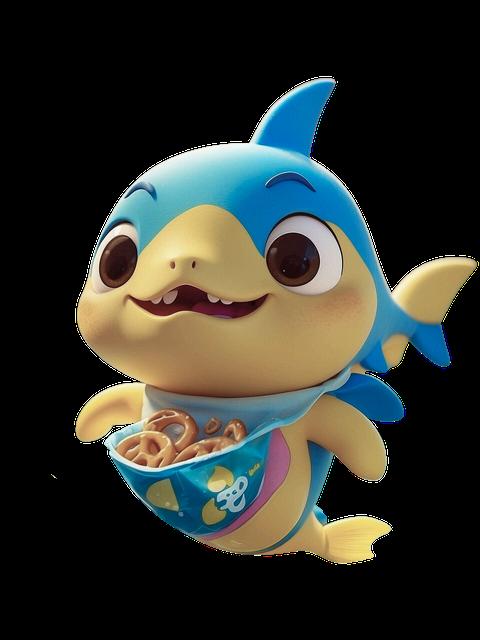
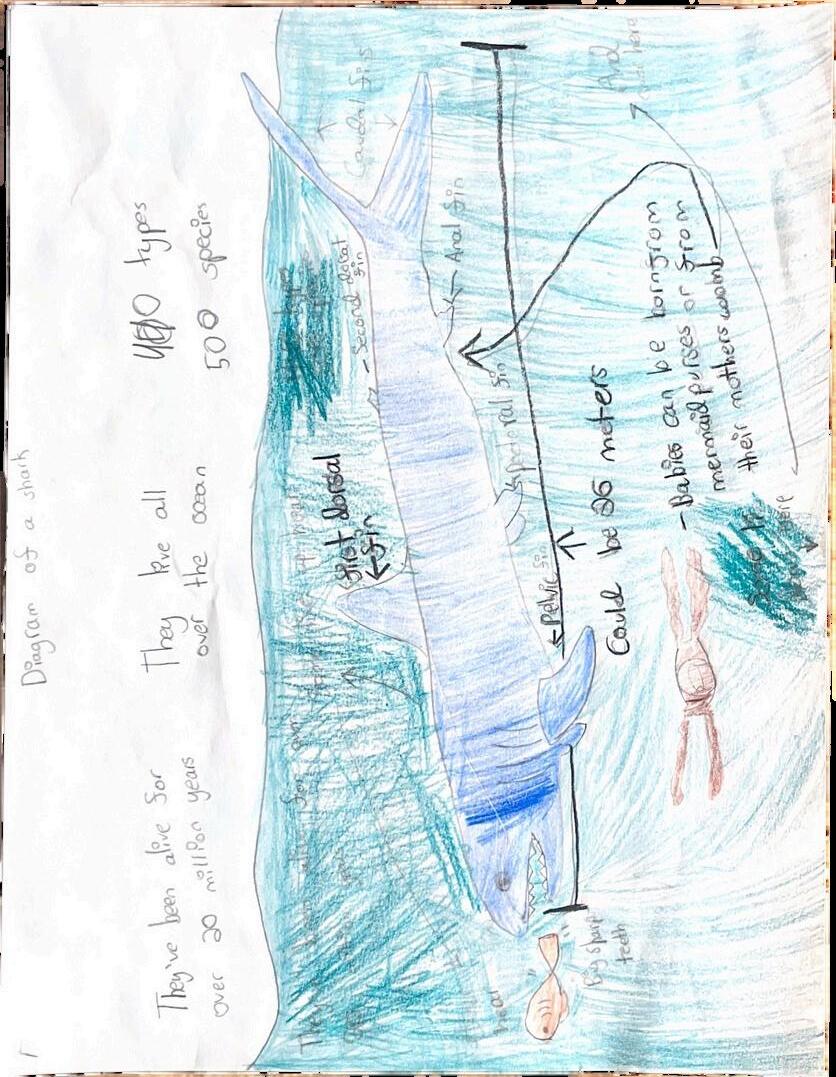
Chapter Two: Features
B y J a c k B . Amazing Sharks
S h a p e s
Shape is necessary for sharks. Their shape fits all their stuff. Without shape, bad stuff could happen to the sharks - the ears could be on his back? A couple of shark features are lateral line, ampullae, denticles, cartilage, head, gills, etc.
The lateral line doesn't really do anything, but it helps sharks rotate. Ampullae (said “am-pew-lay”) helps guide sharks in the right direction. The ocean is huge! Denticles give sharks another layer of protection so they don't drop down in the food chain. Cartilage is this squishy stuff that sharks have on their skin so they can turn faster to catch their prey. Try wiggling your ear, feel that squishy stuff? That's cartilage. The head is important because it fits really important stuff like the brain. The gills are important because the sharks take water from their mouths, take out the oxygen, and put the water through the gills.
F a c e
The face is important because it has stuff like mouth, ears, eyes, nose, teeth, etc. Their mouth is used for eating their prey and for breathing. They chew their prey until it's small enough, so sharks eat them whole. The gills (see end of part 1, chapter 2) push water through the mouth then take water out through the gills to breathe. Their ears are amazing. They can hear fish roaming from more than ten meters away! Their eyes have special membranes on them so they don't get their eyes stung. Their nose is sooo h
Animal Anthology
amazing because they can smell one drop of blood from one mile away! The teeth are very cool. They have over 30K teeth in their life. There are many rows of teeth that sharks have. When sharks lose their teeth, in about 1 to 10 minutes they get them back!

Cartilage is this squishy stuff that sharks have on their skin so they can turn faster to catch their prey.
Try wiggling your ear, feel that squishy stuff? That's cartilage.
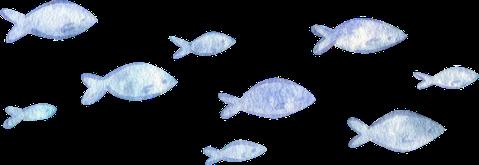
I n s i d e s
Sharks’ insides are weird, but cool! Their insides have things like their brain, liver, heart, etc. The brain is how sharks hunt. Sharks hunt sea horses, and they need their brain to plan for that! Their liver is like a connector. It connects the heart, brain, etc. together so the blood goes through. The heart keeps sharks alive by the gills putting oxygen in the heart, and the heart gets the oxygen and pushes the blood so it can move around the veins.
Amazing Sharks
Chapter Three: Diet
B y P a r k e r L o n e r g a n
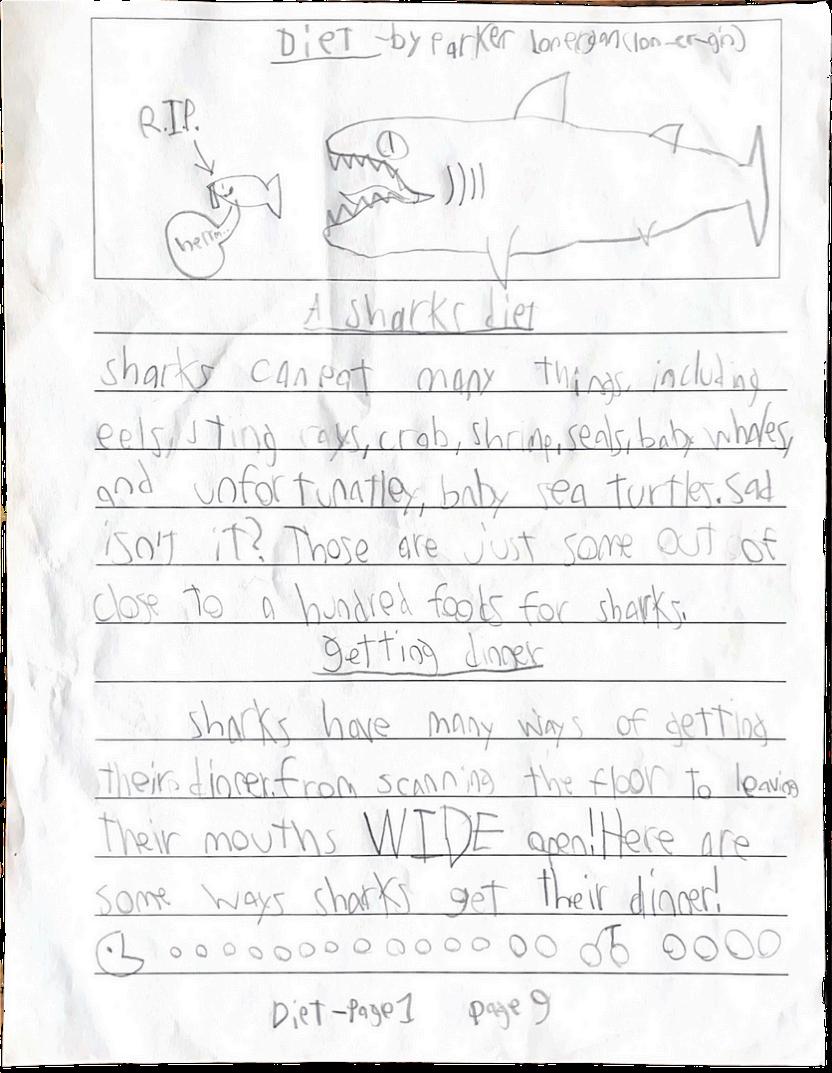
A S h a r k ’ s D i e t
Sharks can eat many things including eels, stingrays, crab, shrimp, seals, baby whales, and unfortunately, baby sea turtles. Sad, isn’t it? Those are just some out of close to a hundred foods for sharks.
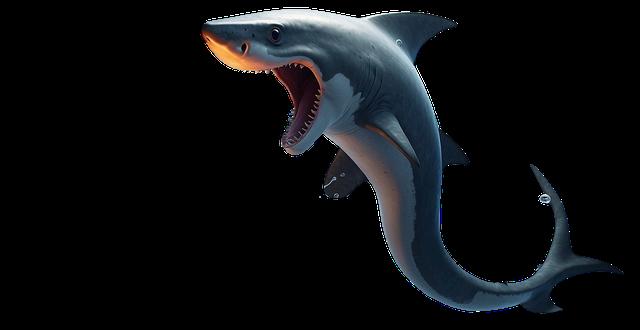
Did you know at least 30,000 teeth are lost throughout a shark's life?
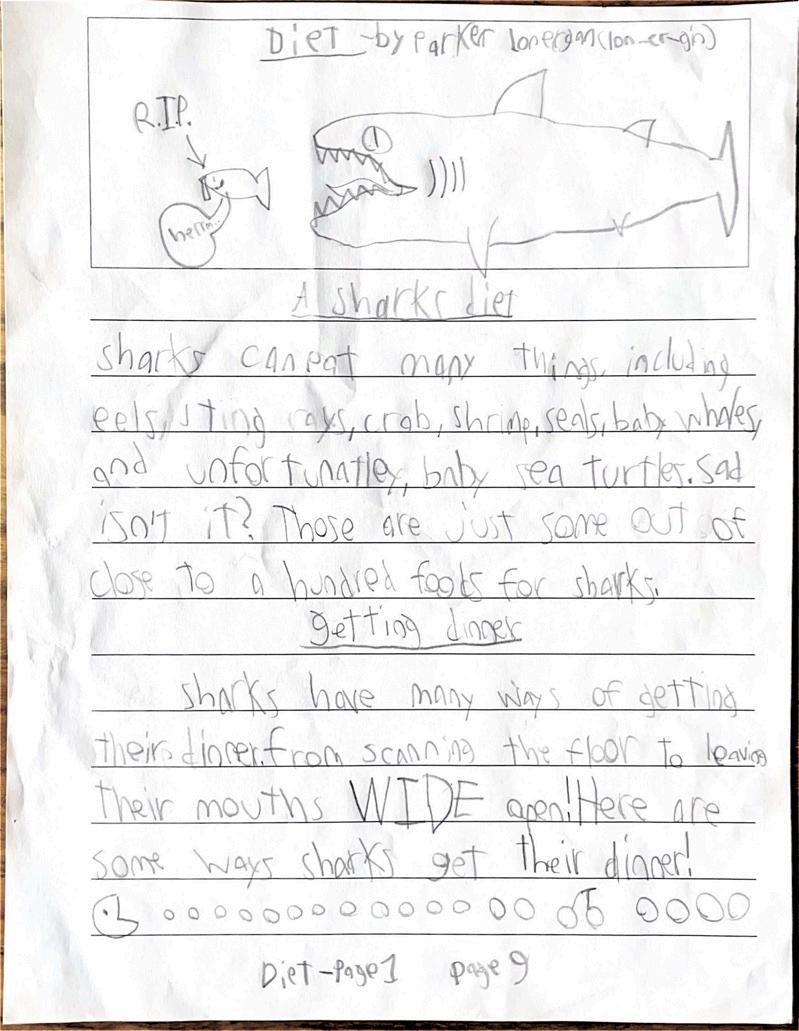
Animal Anthology
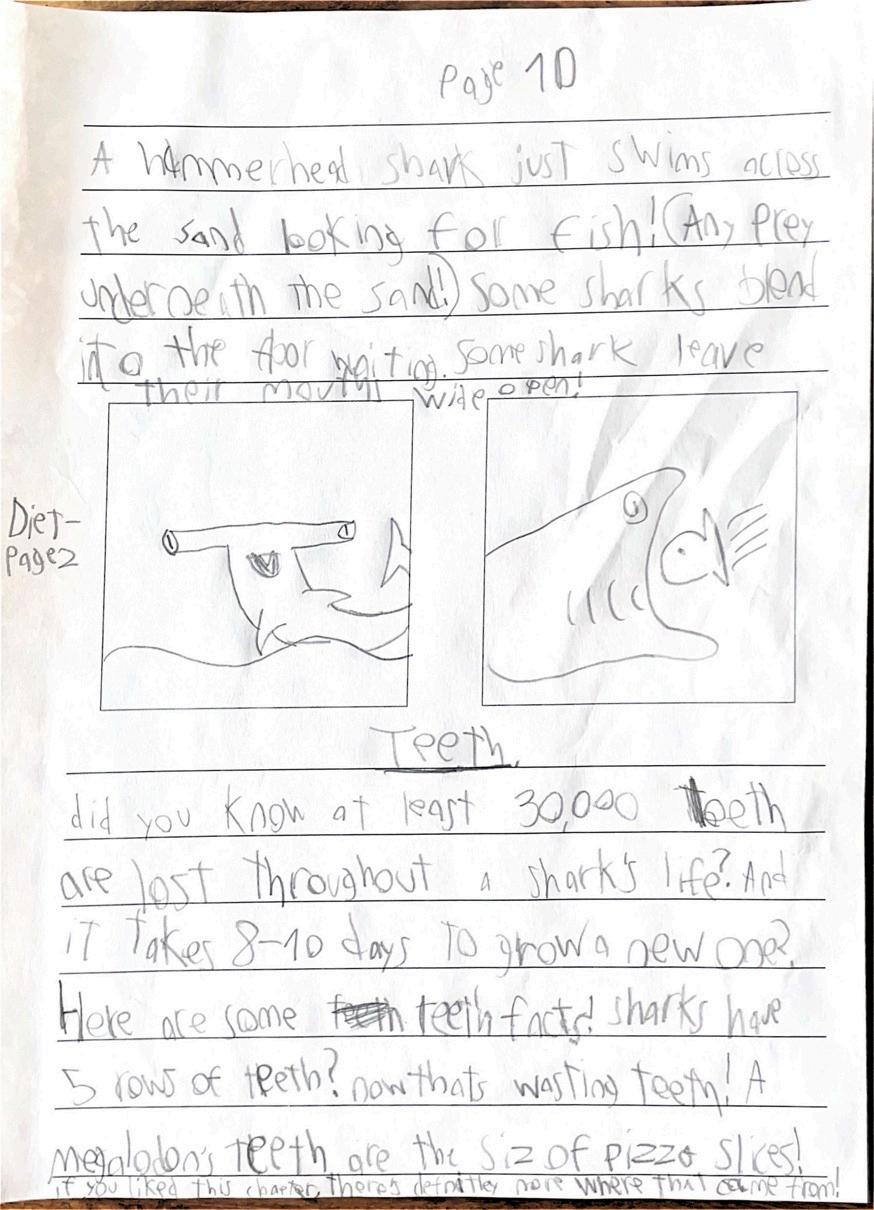
G e t t i n g D i n n e r
Sharks have many ways of getting their dinner, from scanning the floor to leaving their mouths WIDE open! Here are some ways sharks get their dinner!
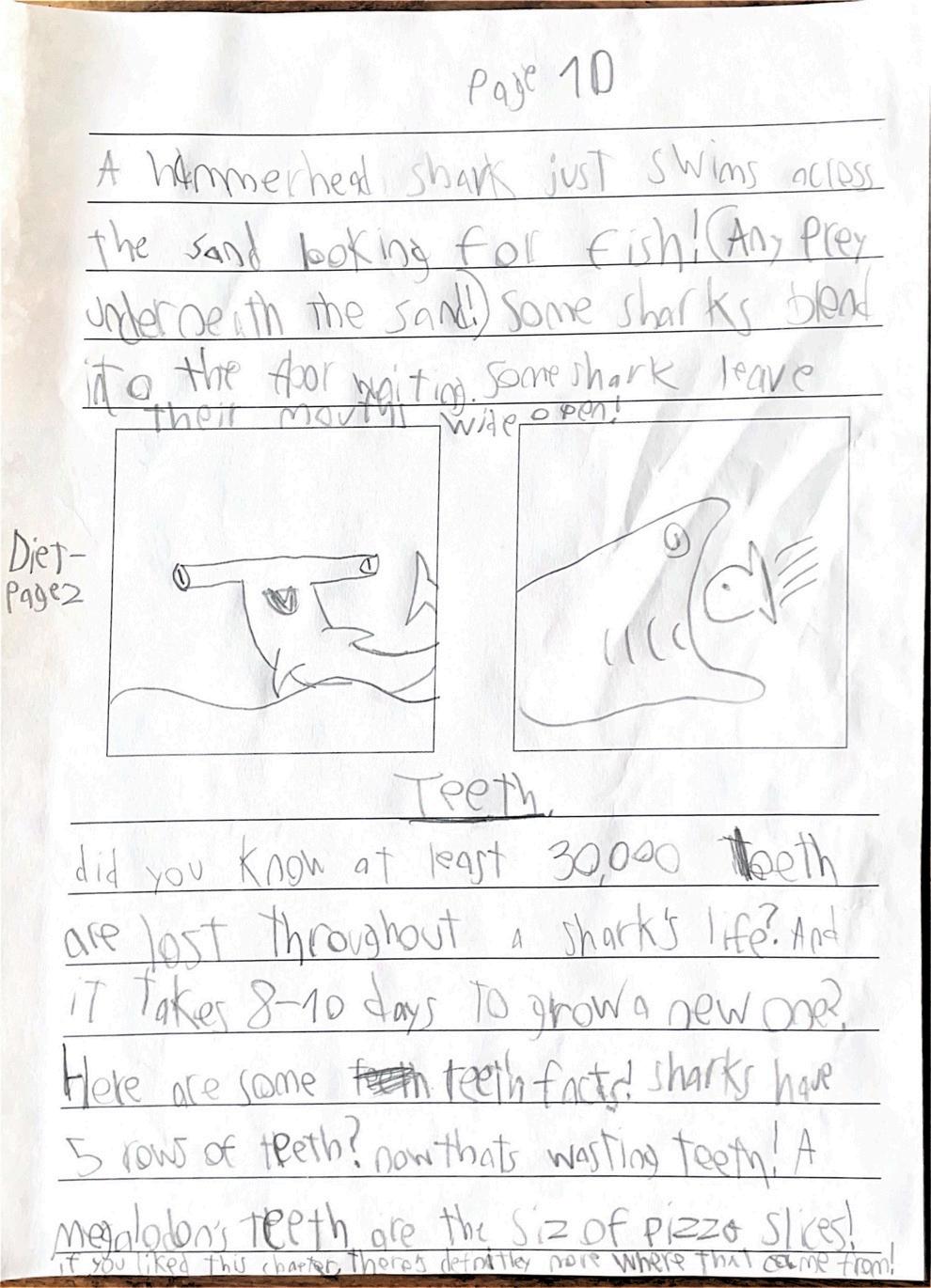
A hammerhead shark just swims across the sand looking for fish (any prey underneath the sand)! Some sharks blend into the floor waiting. Some sharks leave their mouths wide open!
Amazing Sharks
Chapter Four: Abilities
B y M a y a M a g e n
Many animals have lots of abilities, such as sharks that can see in the dark. That's why you sometimes see them in dark waters! Another ability is they can smell one drop of blood from miles away. That's far, am I right? Did you know they can send an electric beam from fish so they can follow them? Also they have holes on their nose so they can know where to go. Did you know some sharks can get to be one thousand pounds? That’s heavy.
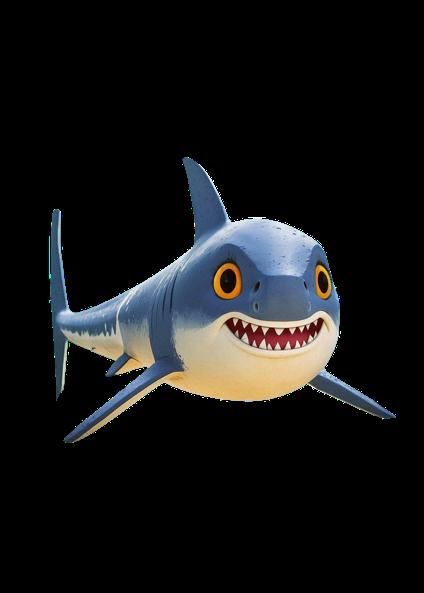
Did you know we can hear a heartbeat from far away?
Hey, did you know that sharks disappear at the top of the water? Also they have very good camouflage. Sharks have tiny holes in their head that help them find their prey. Also they can hear a heartbeat from far away. Impressive, right? Did you know their smell is 10,000 times better than ours? Did you know shark’s skin is rough, so they technically have teeth on their skin?
Did you know sharks usually have 10 to 40 pups a year at a time? They also can bite much better than us. A type of shark is older than the dinosaurs.
Animal
Anthology
Chapter Five: Types
B y C a m e r o n F o x
Have you ever wondered how many sharks there are? Over 400 different types. How crazy is that?! You've learned different abilities and features, but now you need to know the types. Let's have a run over for more common and known sharks:
Great White - One of the biggest alive today.
Hammerheads - The only types with hammer heads.
Nurse Shark - Biggest dog pile known.
Whale Shark - Biggest fish in the world.
Bull Shark - Swims in tropical rivers.
Cookie Cutter - Only takes bites of flesh.
Blacktip Reef - Has a black dorsal fin.
Now you know a few more commonly spoken of sharks, let's take a look at a few not so commonly spoken of sharks.
Wobbegong - Wobbegongs blend into the seafloor.
Pajama - Usually found in Kelp Forests.
Swell - Swell sharks swell up when threatened.
Frill - Frills haven’t changed a lot since prehistoric times.
Angel - Like wobbegongs, they blend into the seafloor.
Goblin - Goblin sharks have a large nose.
Dwarf - Dwarf lantern sharks are extremely small.
Greenland - The flesh of them is poisonous.

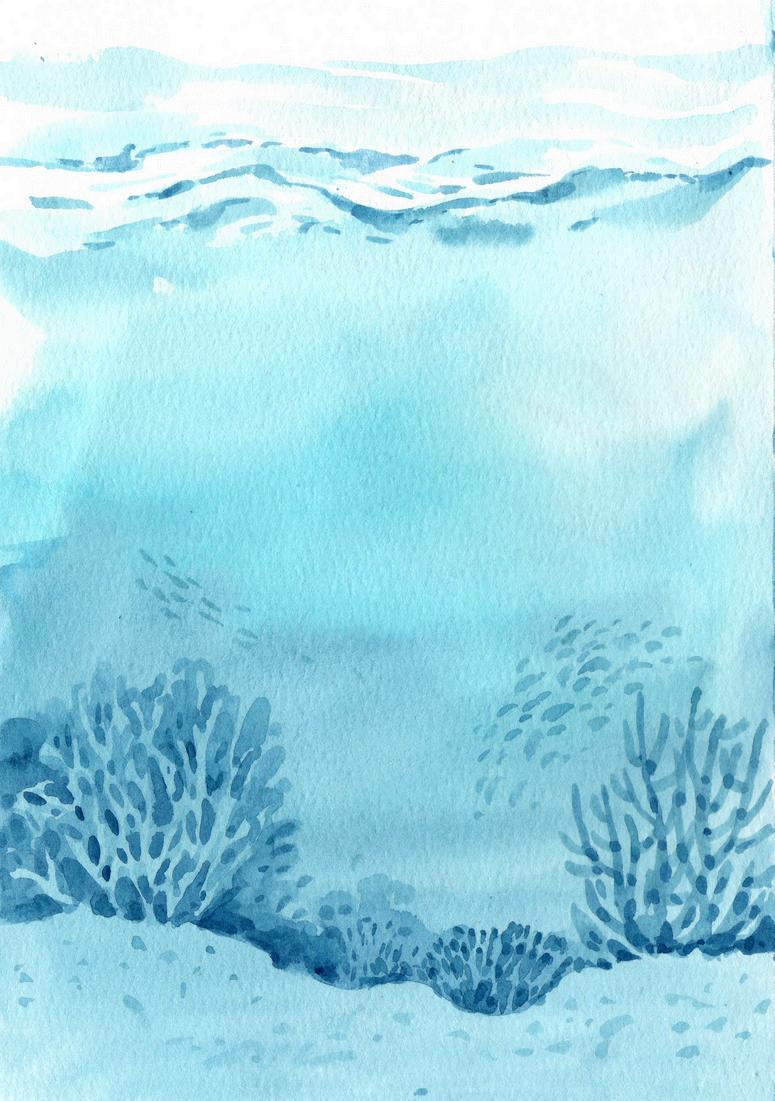
Amazing Sharks
It might sound weird but lemon sharks pile up in crevices with up to 36 lemon sharks. How crazy is that?! (Also it's weird.)
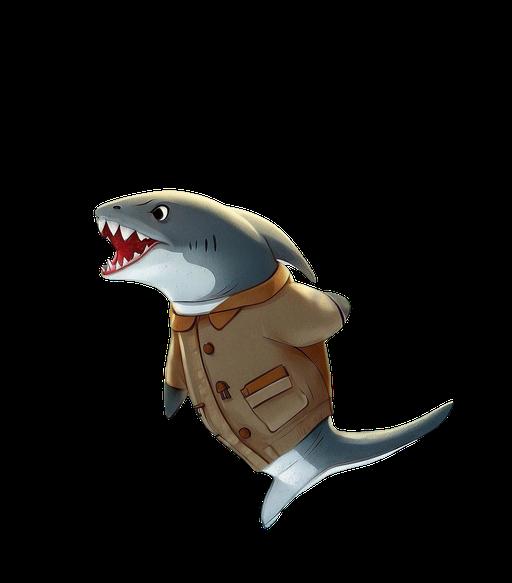
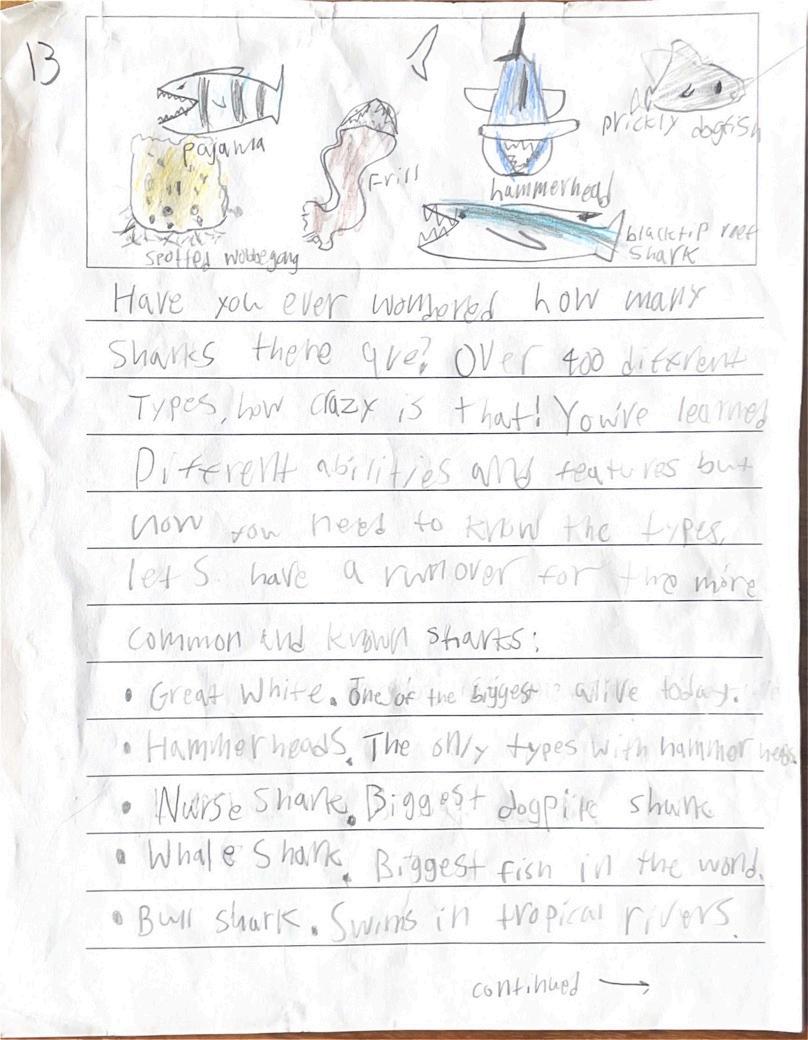
Animal Anthology
Now let's look at the sharks that won first place!
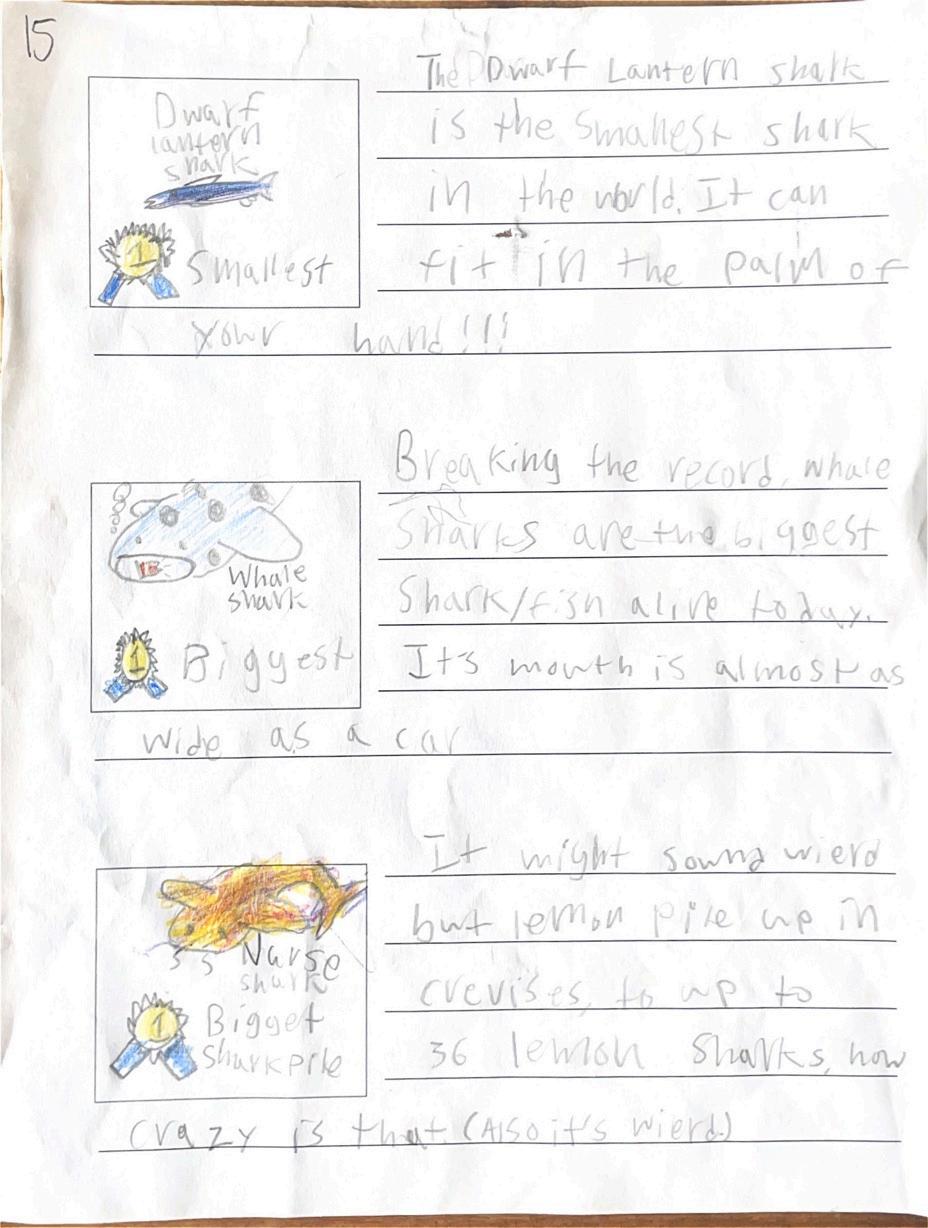
The Dwarf Lantern shark is the smallest shark in the world. It can fit in the palm of your hand!!!
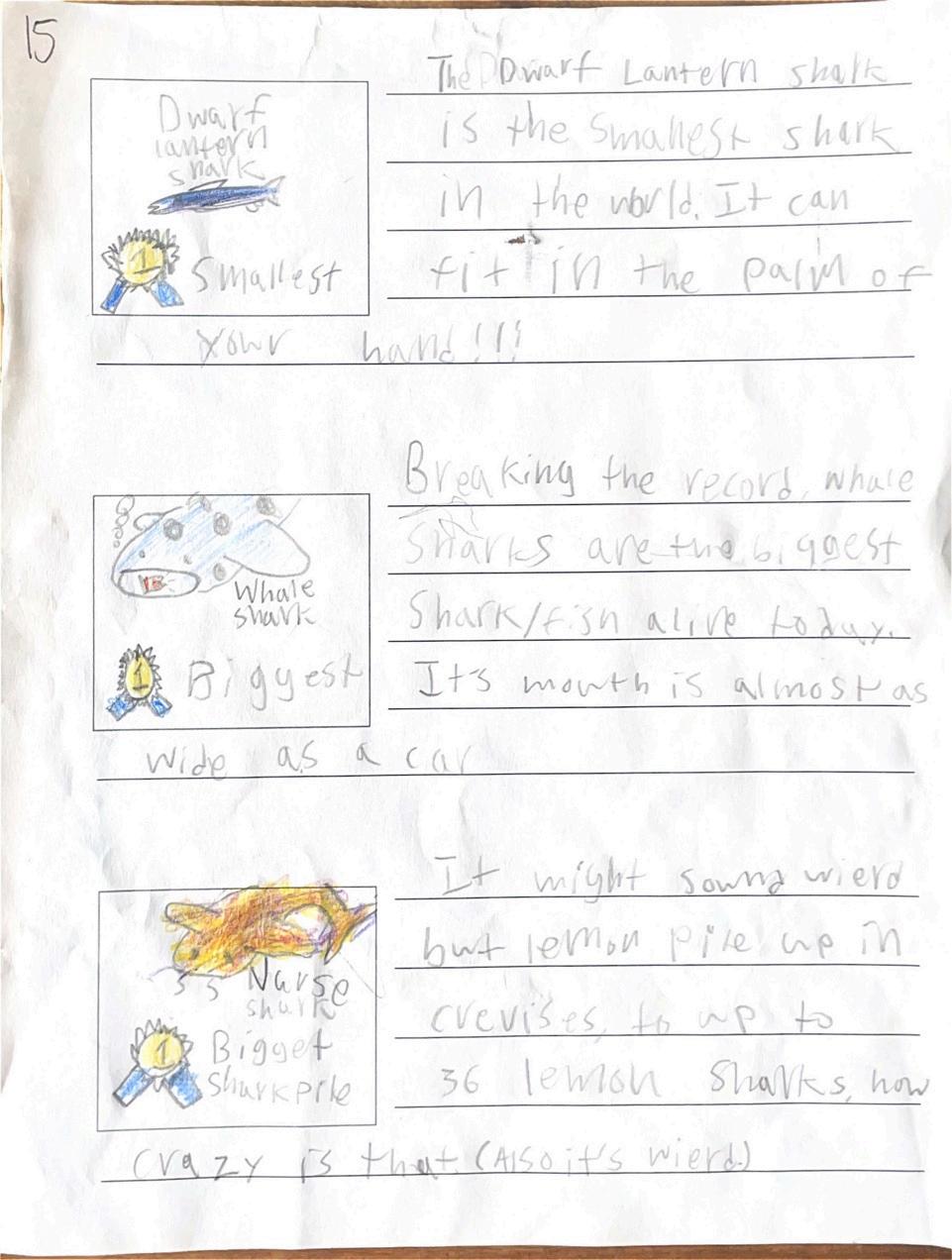
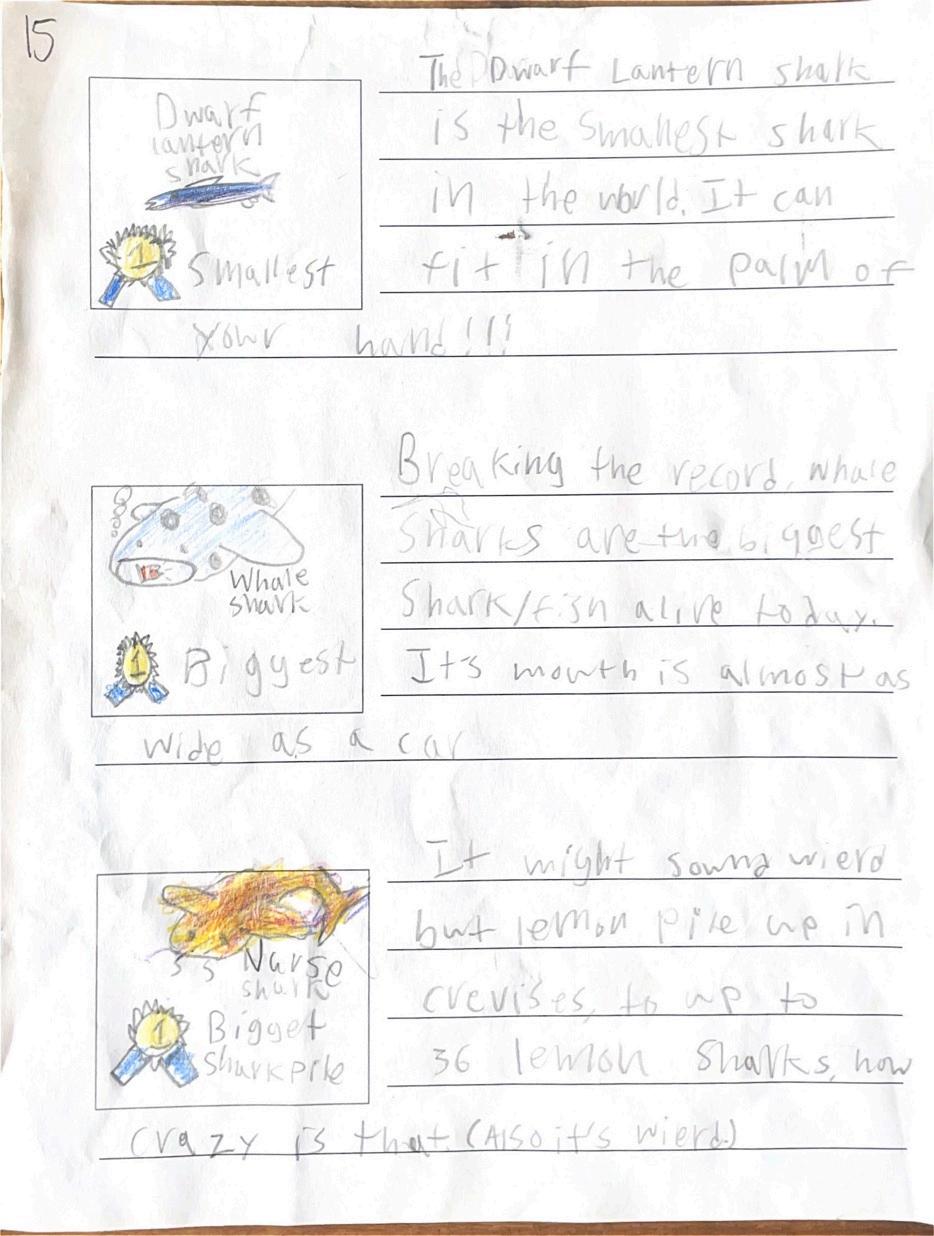
N u r s e S h a r k : B i g g e s t S h a r k P i l e
It might sound weird but lemon sharks pile up in crevices with up to 36 lemon sharks. How crazy is that?! (Also it's weird.) D w a r f L a n t e r n S h a r k : 1 s t P l
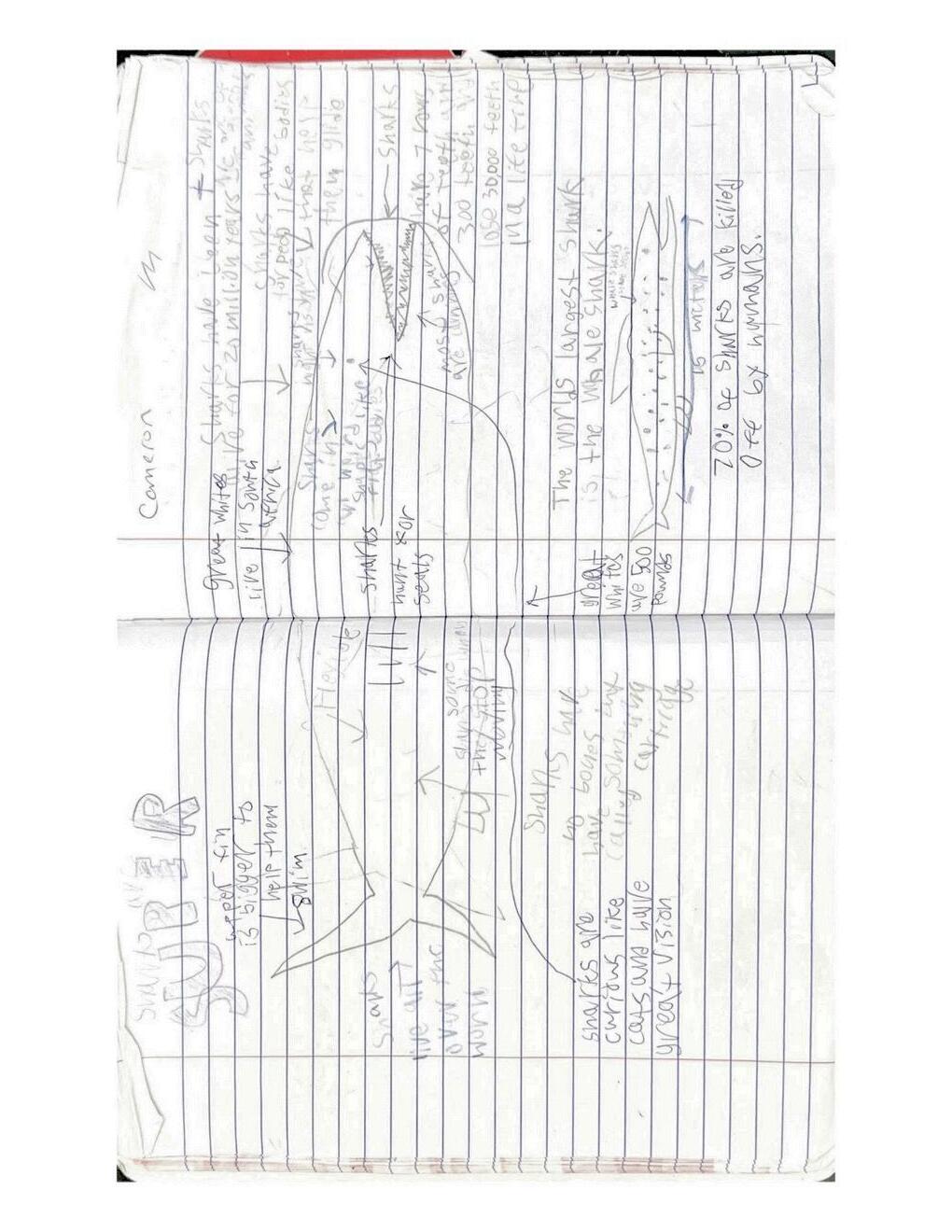
O r i g i n a l r e s e a r c h n o t e s b y C a m e r o n F o x
B y J a c k B .
Today you have learned all about sharks, from the features to the habitats of sharks. I hope you have gotten enough info about sharks today!
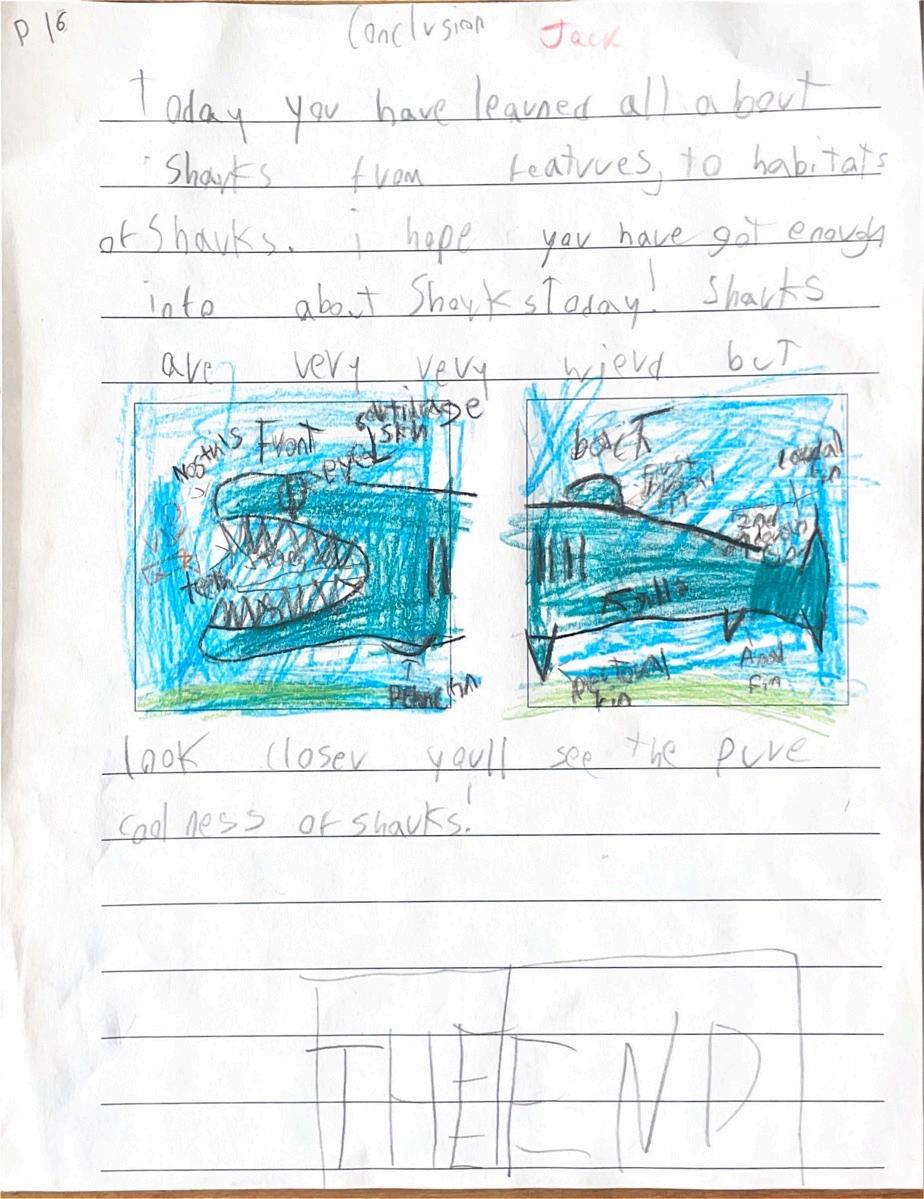
Sharks are very, very weird, but look closer and you'll see the pure coolness of sharks.
T H E E N D
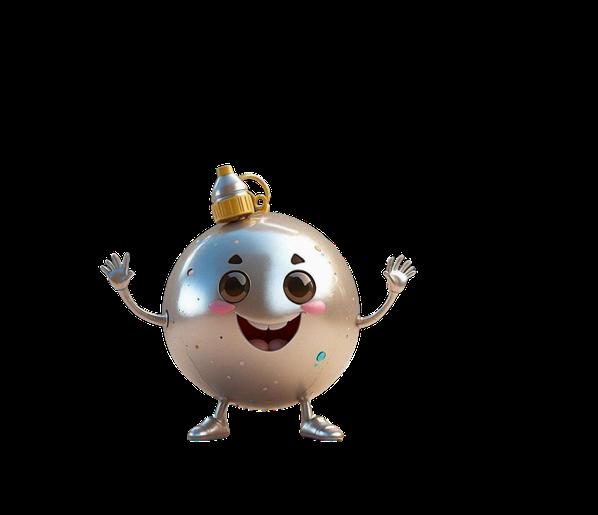
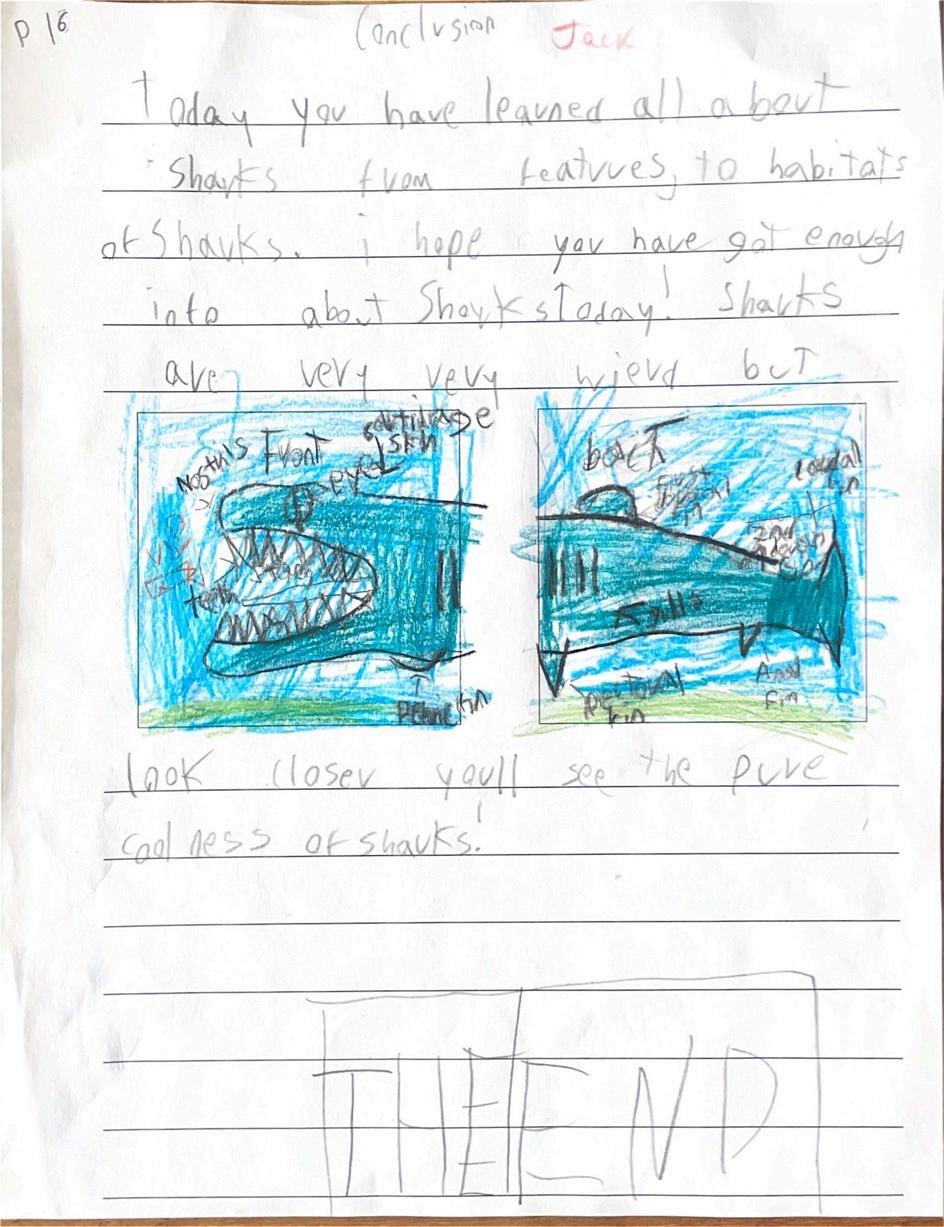
Glossary
B y M a y a M a g e n
Prey - The food
Cartilage - The a shark. Also the your nose.
Dorsal fin - A fin keep it from falli
Ampullae - The help them sense
Denticles - Shar skin for protectio
Electroreceptio helps them sense
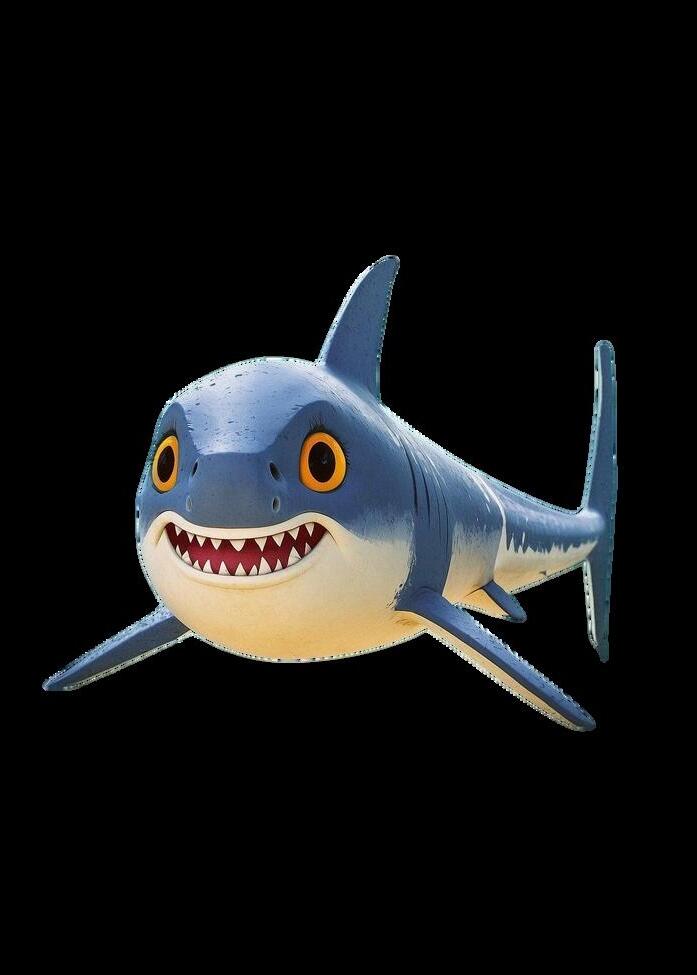
Survival - How a shark lives.
Dog pile - A pile something makes.
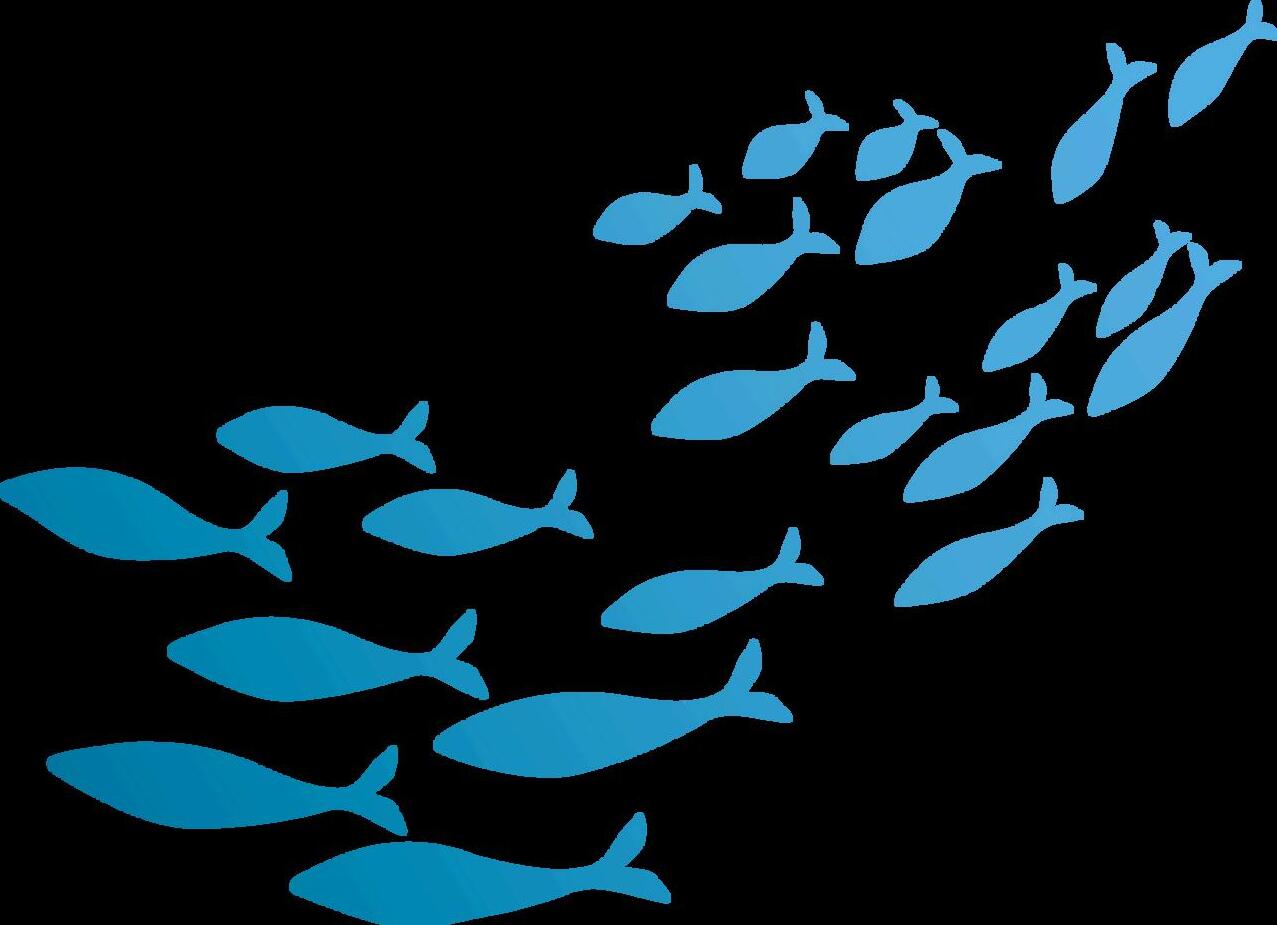
O r i g i n a l r e s e a r c h n o t e s b y M a y a M a g e n
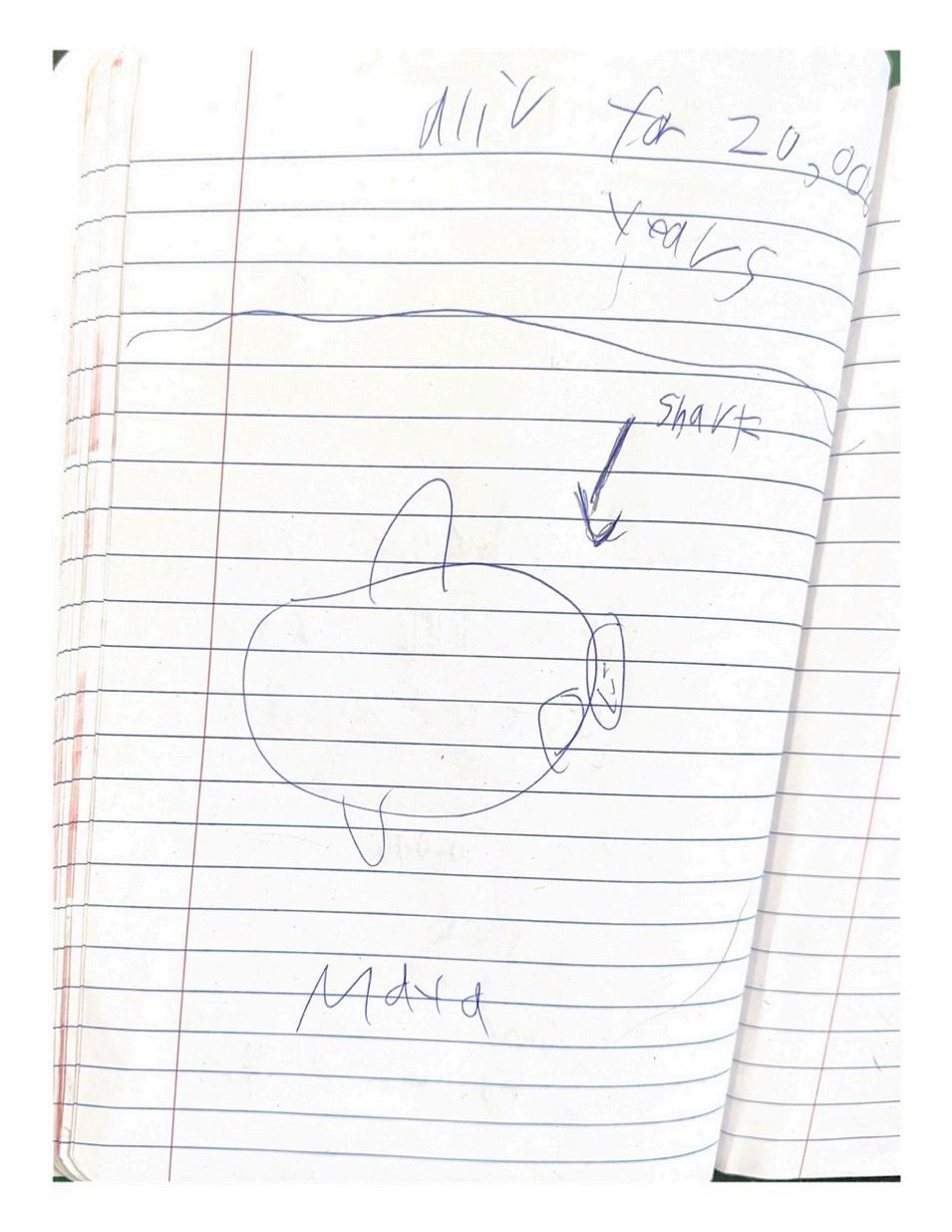
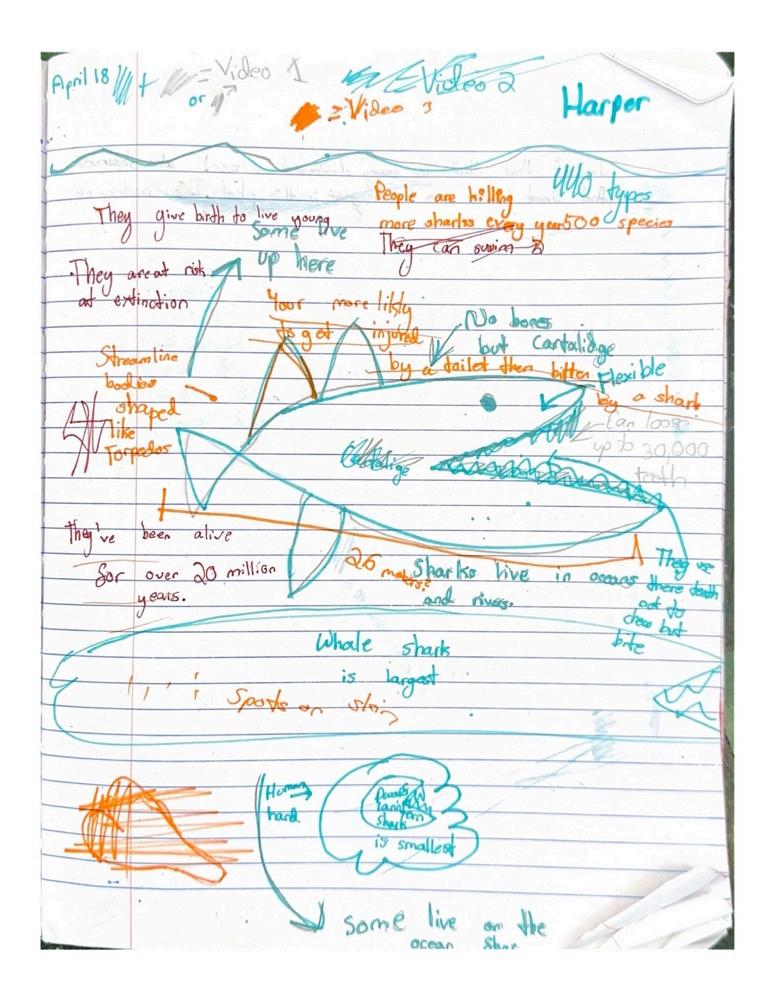
O r i g i n a l r e s e a r c h n o t e s b y H a r p e r C .
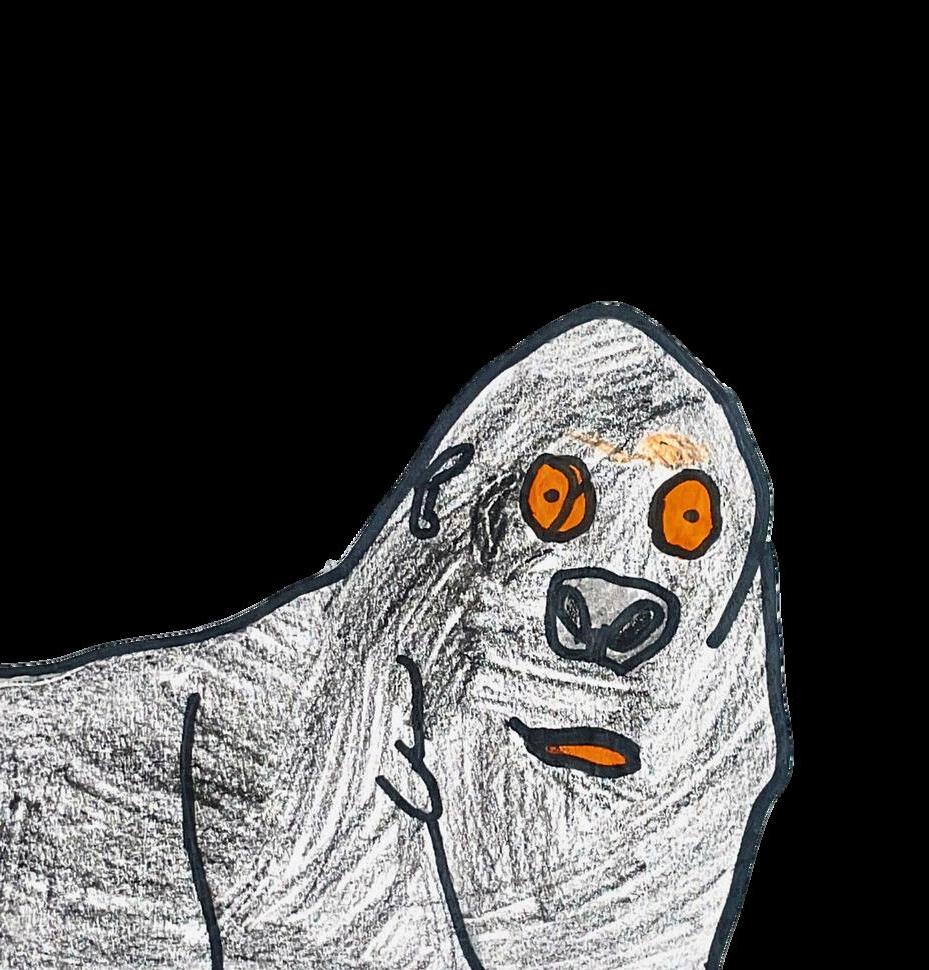

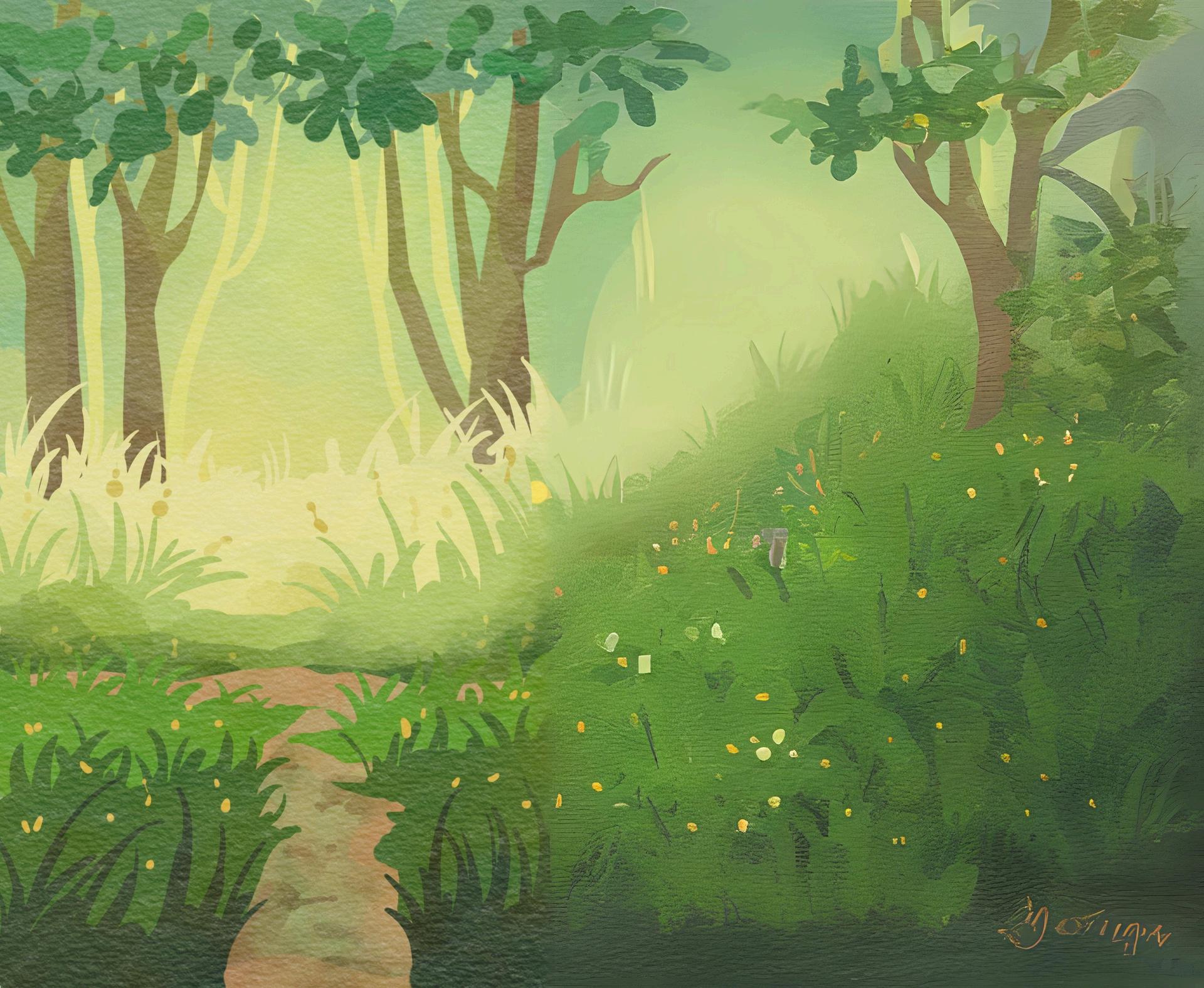
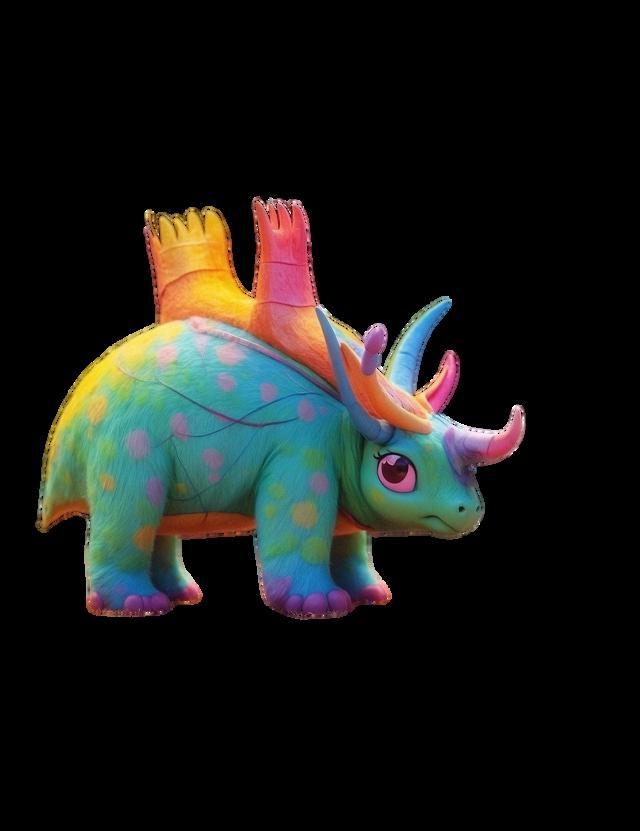
GB y J o n n y B l o o m
L e w i s W i l l i a m C a s s i d y ,
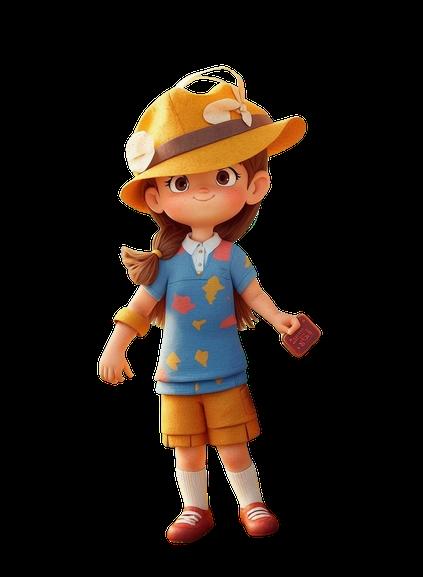
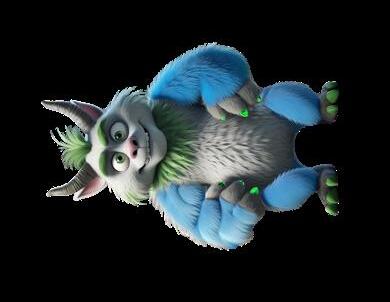
J a c o b H u a n g
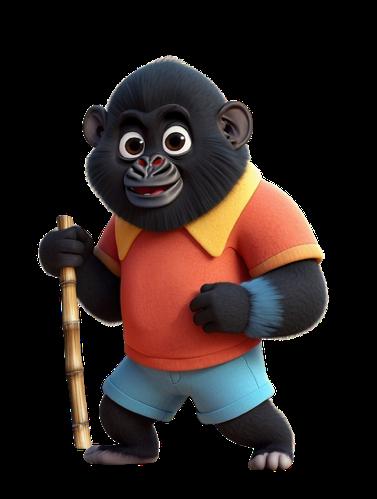
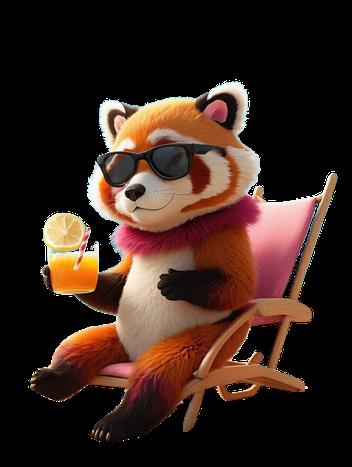

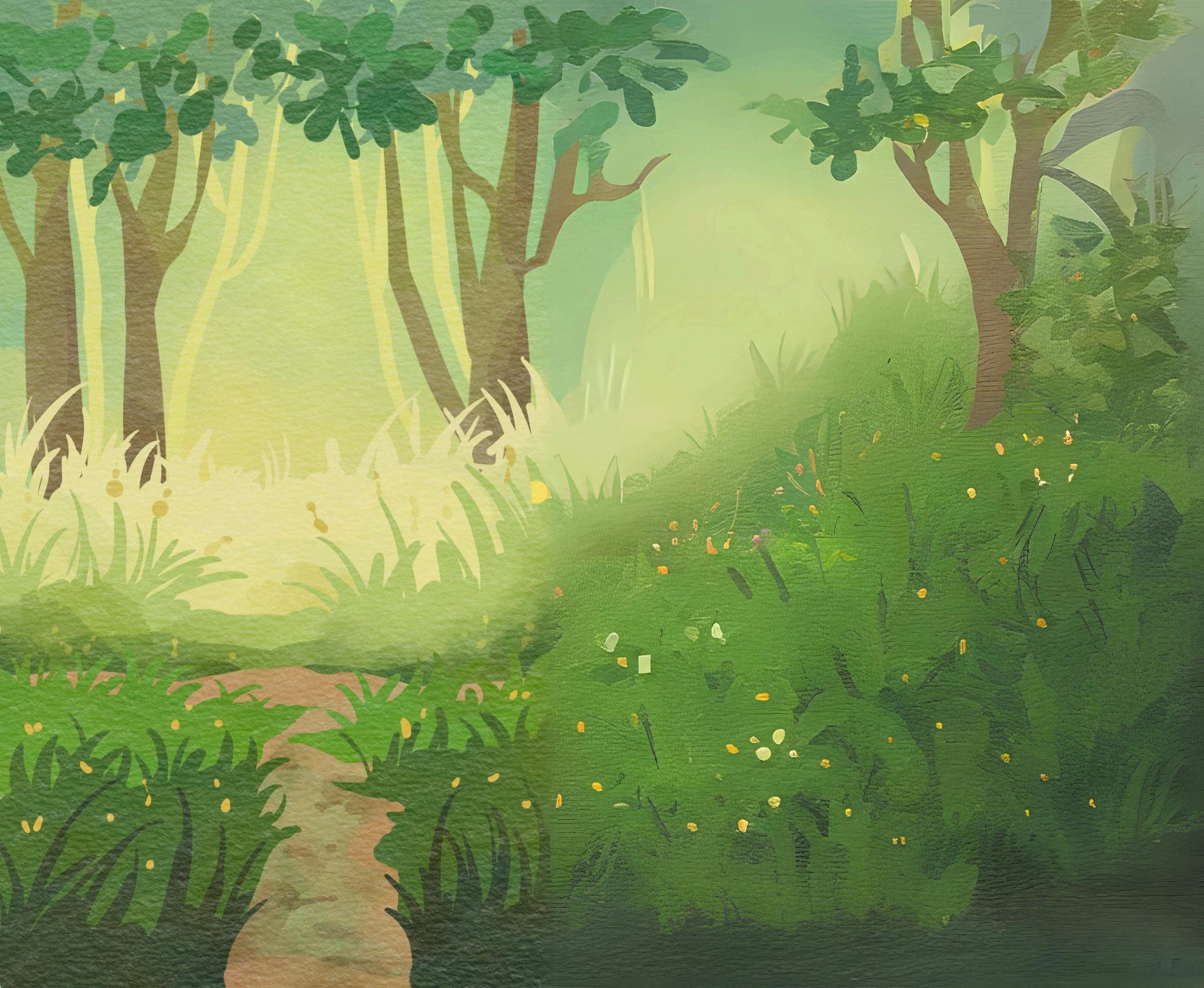
Animal Anthology
Introduction
B y W i l l i a m C a s s i d y
Do you want to know an animal that’s related to humans, that humans are hunting: gorillas! They are related to humans. In this book you will learn cool stuff about gorillas.
Now check out chapter 1.
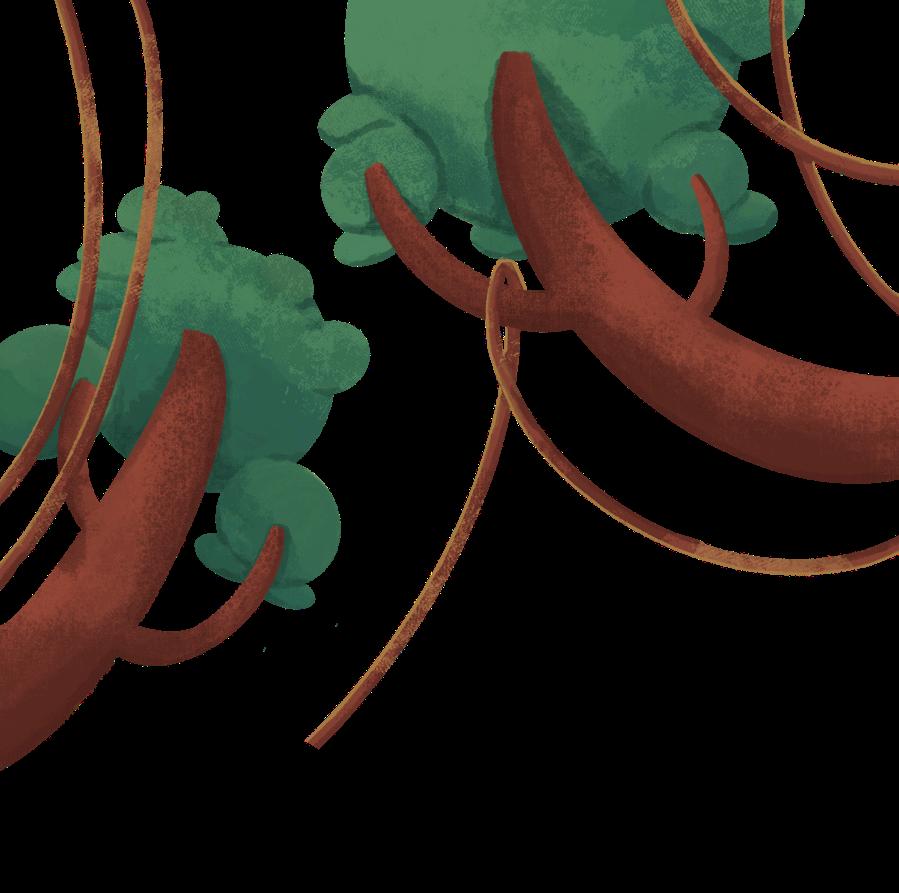

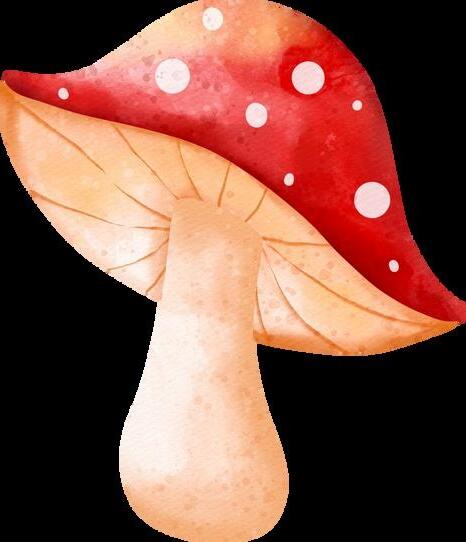


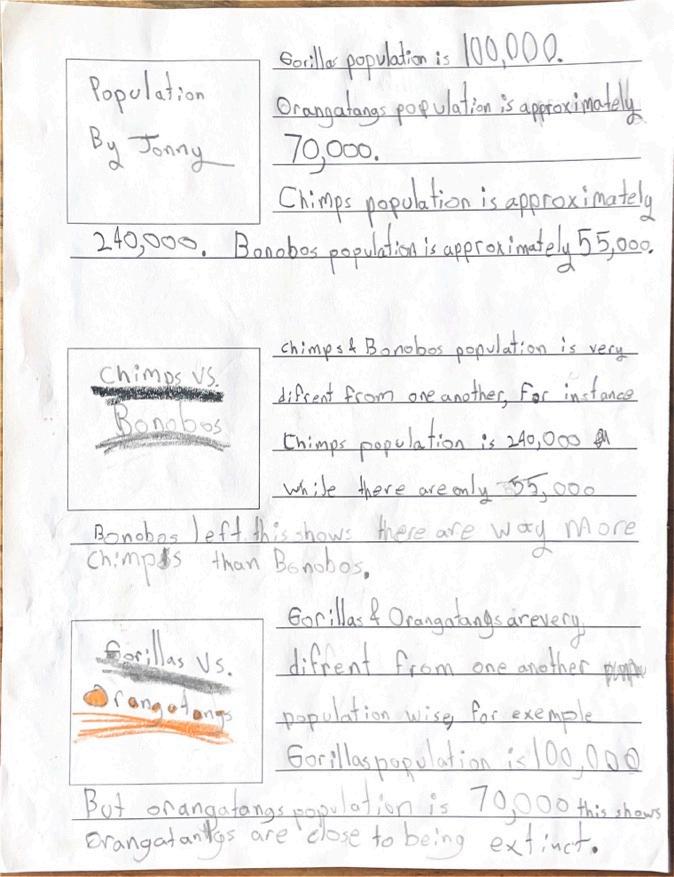
Chapter One: Population
B y J o n n y B l o o m
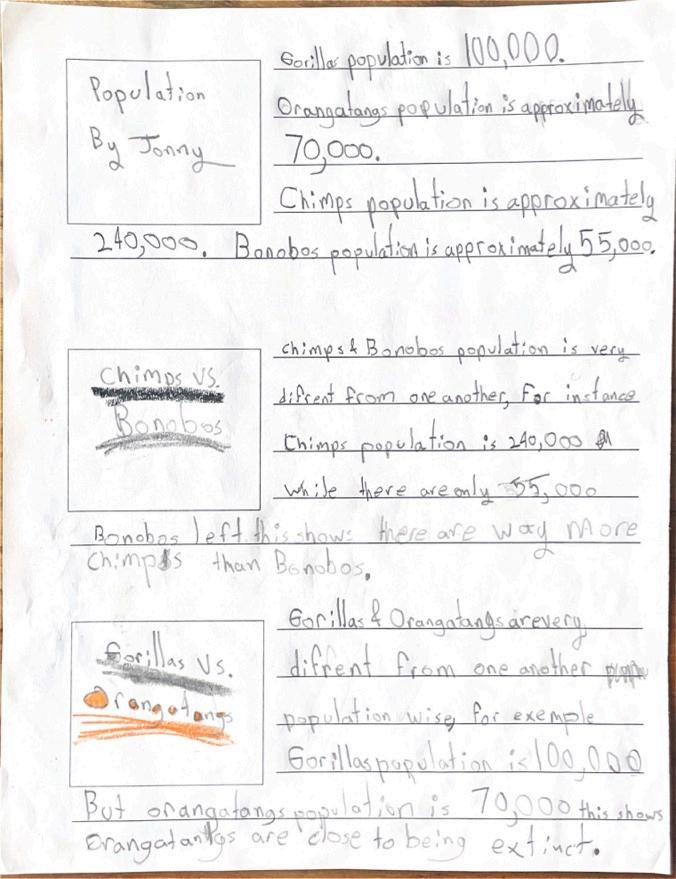
Gorillas’ population is 100,000. Orangutans’ population is approximately 70,000. Chimps' population is approximately 240,000. Bonobos' population is approximately 55,000.
Chimps’ and bonobos’ populations are very different from one another. For instance chimps’ population is 240,000 while there are only 55,000 bonobos left. This shows there are way more chimps than bonobos.
Gorillas and orangutans are very different from one another population wise, for example gorillas’ population is 100,000, but orangutans’ population is 70,000. This shows orangutans are close to being extinct.
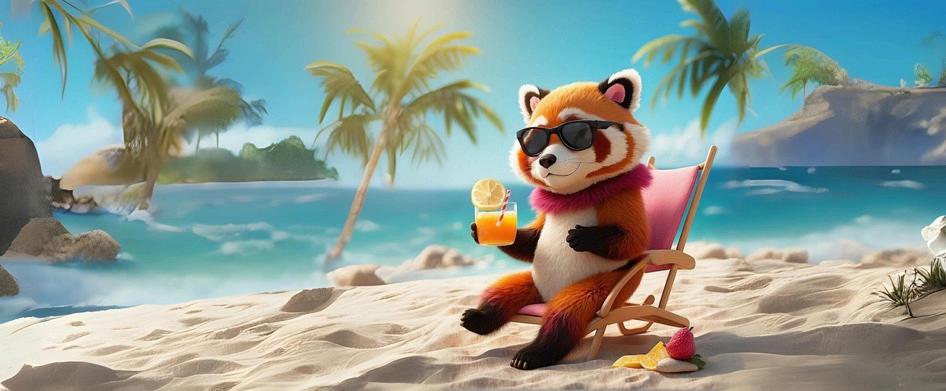
There are way more chimps than bonobos... Orangutans are close to being extinct.
Animal
Anthology
Chapter Two: How They Live
B y W i l l i a m C a s s i d y
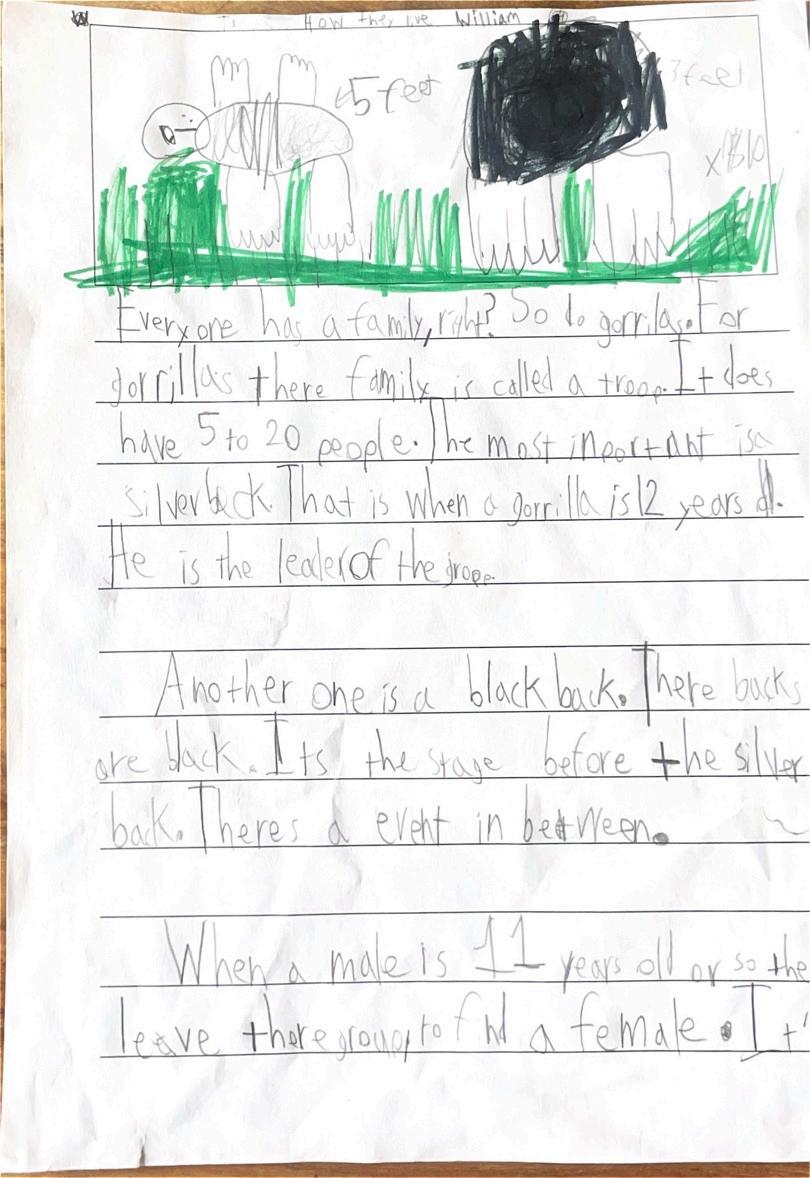
Everyone has a family, right? So do gorillas. For gorillas, their family is called a troop. It does have 5 to 20 people. The most important is a silverback. That is when a gorilla is 12 years old. He is the leader of the troop.
Another one is a blackback. Their backs are black. It's the stage before the silverback. There's an event in between.
When a male is 11 years old or so, they leave their troop to find a female. It’s always on their own.
Did you think males were the only ones that leave their group? Wrong! Females do, too. In fact, many times it's normal.
Do you see gorillas in zoos? Those gorillas would rather be in groups instead.
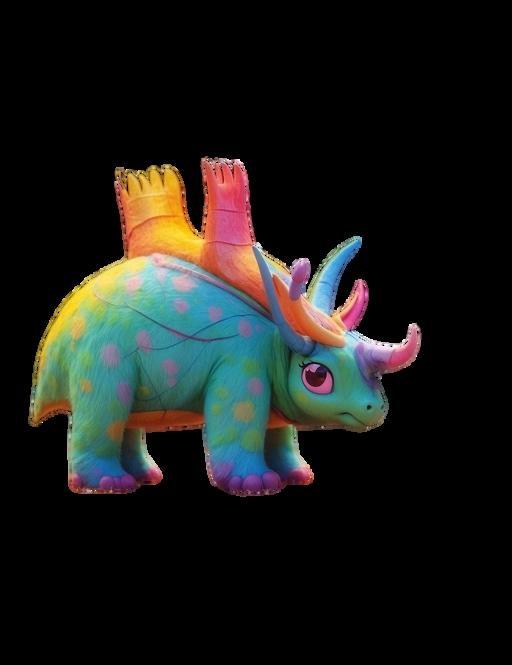
Everyone has a family, right? So do gorillas. For gorillas, their family is called a troop.
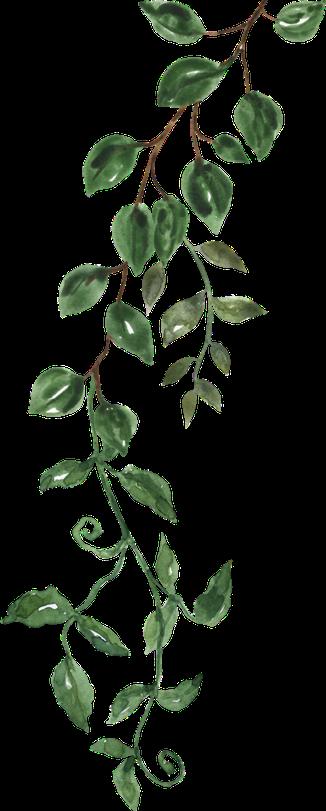
Also, a silverback is the largest primate on Earth. Some people may think a silverback is lazy. Here is what a silverback does: chooses what everyone eats for dinner stops rough playing stops fighting decides where they put their nest and how far the group is
Chapter Three: Primates
B y K i r a
Did you know we are related to gorillas? This is because we are primates. A primate is a mammal that is prehensile/has hands. Types of primates include gorillas, chimpanzees, apes, lemurs, monkeys, prosimians, orangutans, gibbons, bonobos, marmosets, tamarins, and us…humans! The largest primate is a gorilla that can weigh up to 172 kg! Most smaller primates like lemurs and monkeys are in the trees while the larger ones like gorillas and chimpanzees prefer the ground. All primates besides humans have opposable thumbs.* Other animals that are mammals aren't considered primates if they have paws Gorillas orangutans and chimpanzees are part of the g are related to gorillas!
*Well, that’s not quite right! Actually humans DO have opposable thumbs. That’s how they are able to write, build, and use tools!
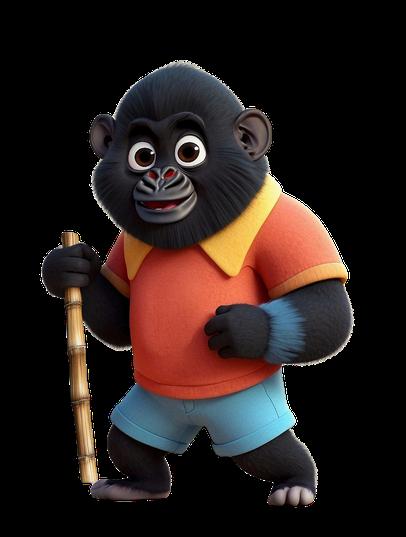
Chapter Four: Endangered
Did you know some of the great apes are endangered? Here's some of them: orangutans, bonobos, and gorillas. All because of humans. There were about 100,000 in 2010. Gorillas live in two places in Africa! You might think, “What are hunters doing?” Well, it’s the pollution and cutting down trees.
I hope this helps you see what you can do to make the future better.
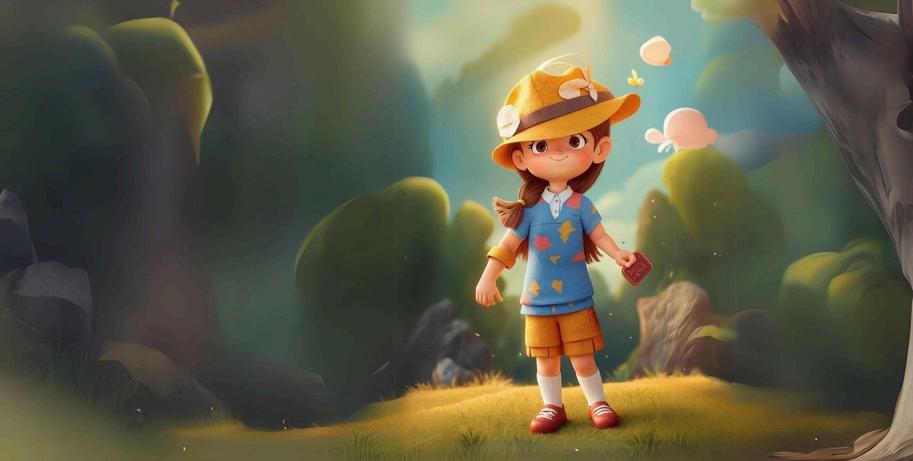
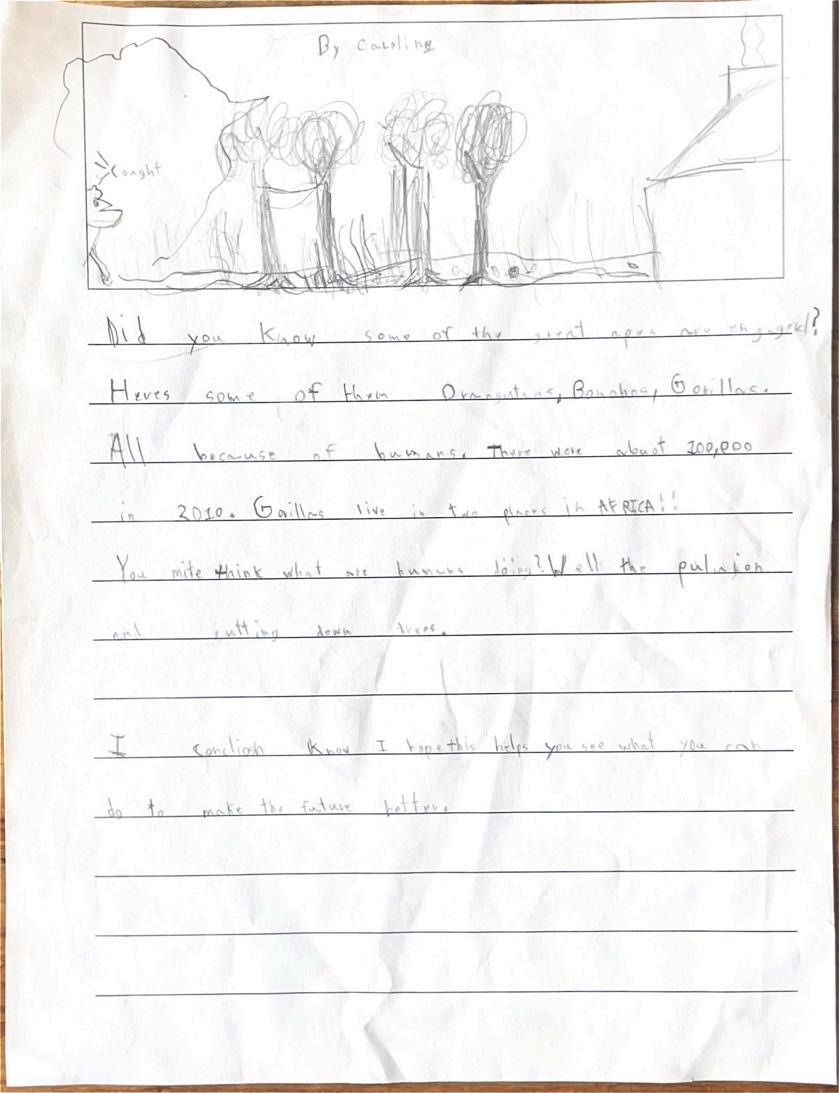
Chapter Five: Habitats
B y J a c o b H u a n g
Hmmm...where are my gorilla friends hiding? Animal Anthology
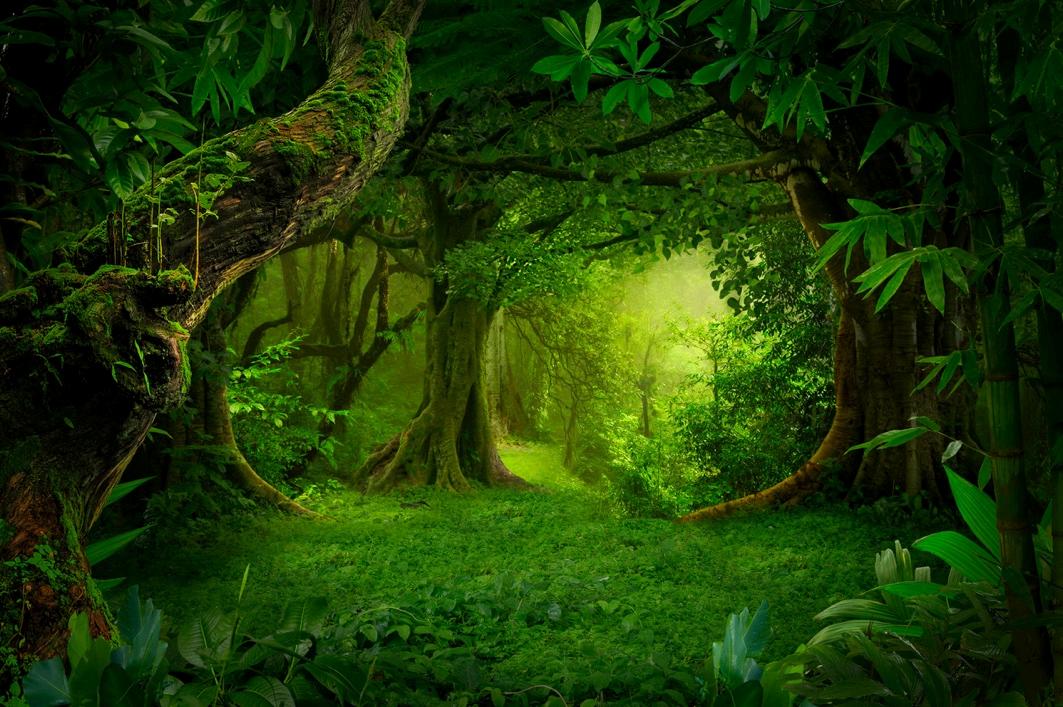
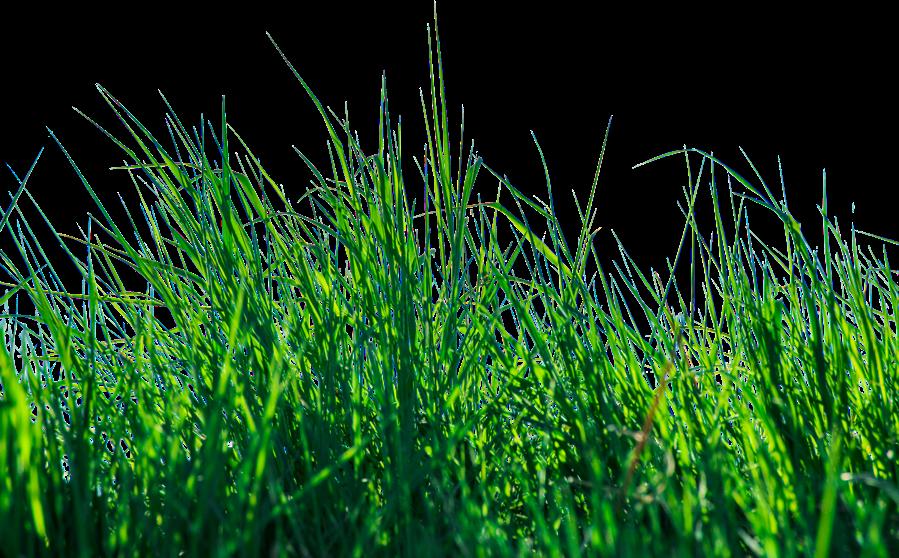
Gorillas live in the rainforest. I think they live in the rainforest because the trees help them hide from predators. I think the rainforest is really good for gorillas, because they eat plants, and the rainforest is full of plants.
B
y K i r a
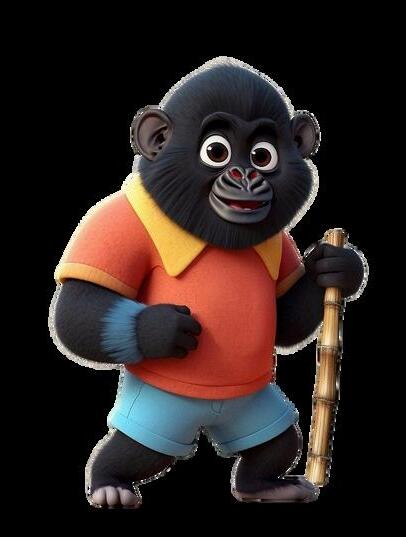
In conclusion, you've learned about where gorillas live, gorilla troops, primates, populations,endangerment, AND SO MUCH MORE!
You’ve learned the similarities between gorillas and us humans, populations and endangered gorillas, the amount left on earth, and their habitats destroyed! You're almost a gorilla expert. You know so much about gorillas now. Go off and teach your friends what you ’ ve learned.
Glossary
B y K i r a Animal Anthology
Pollution - Dirty air as a result of trash.
Troops - A form/group of primates (except for humans).
Silverback - The leader of the troops.
Population - How much there is of something.
Primates - Animals with four fingers and a thumb.
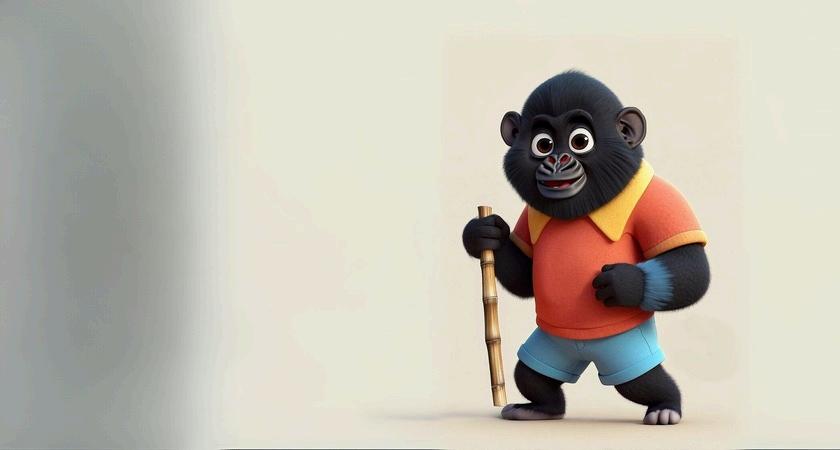
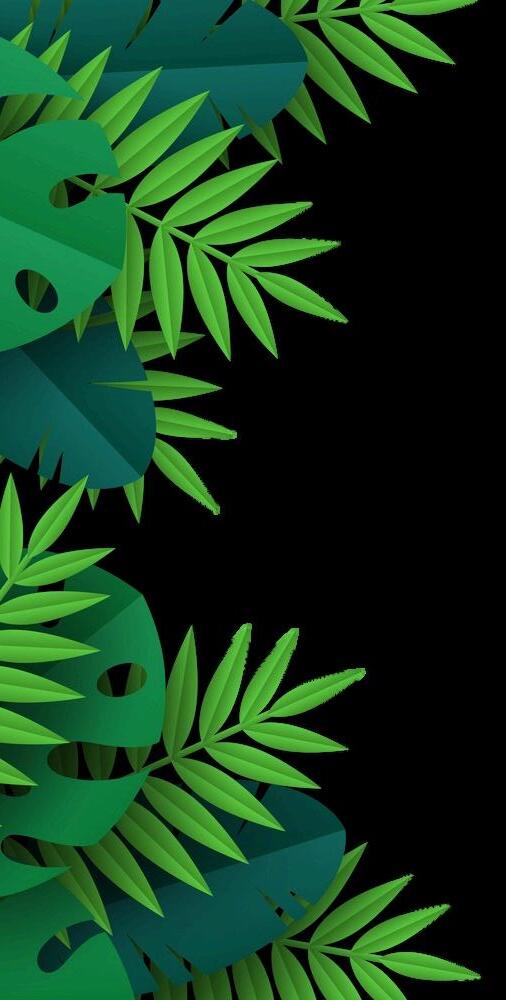
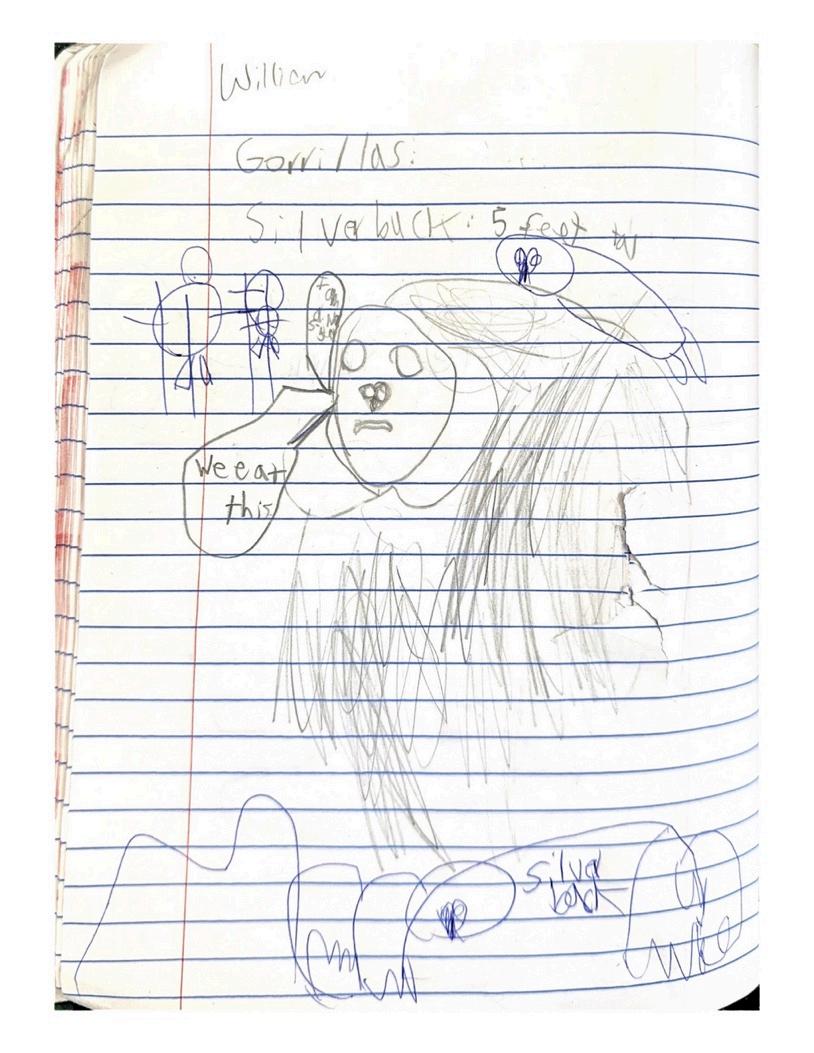
O r i g i n a l r e s e a r c h n o t e s b y W i l l i a m C a s s i d y
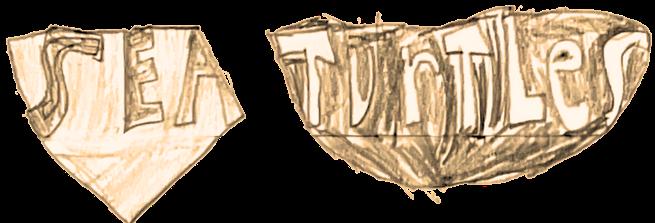
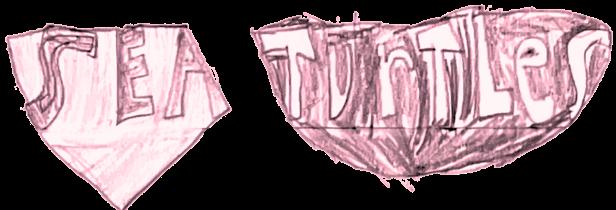
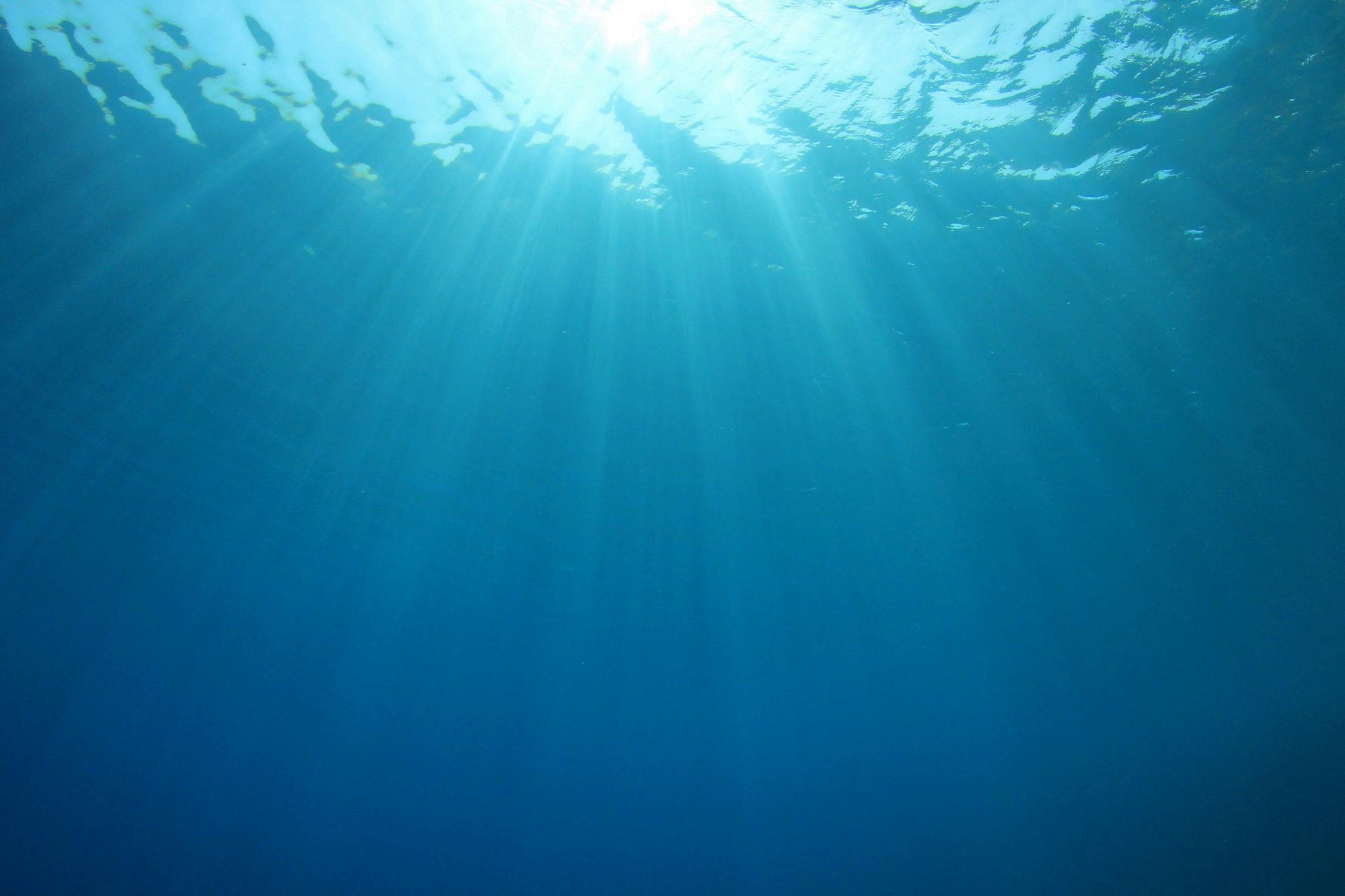
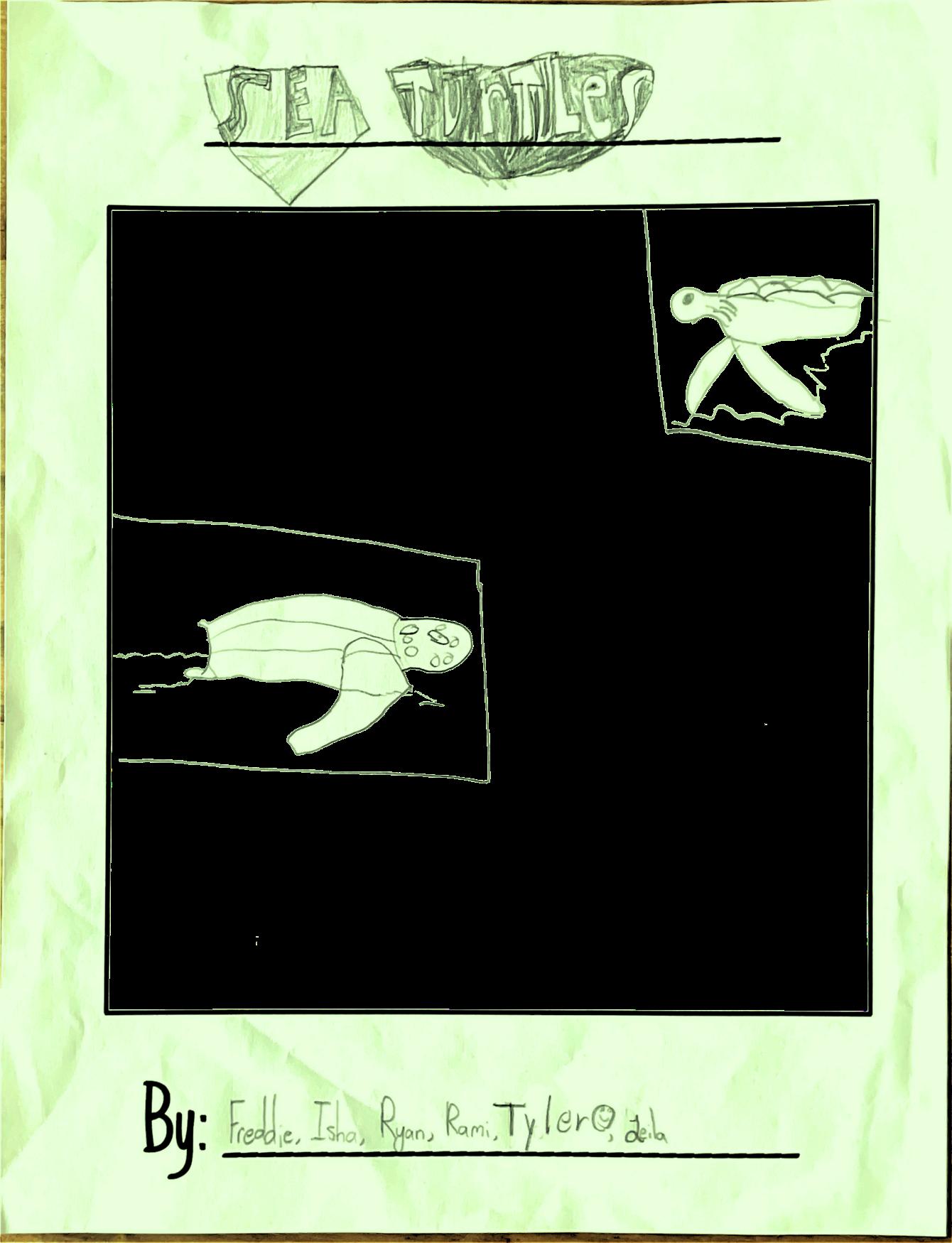
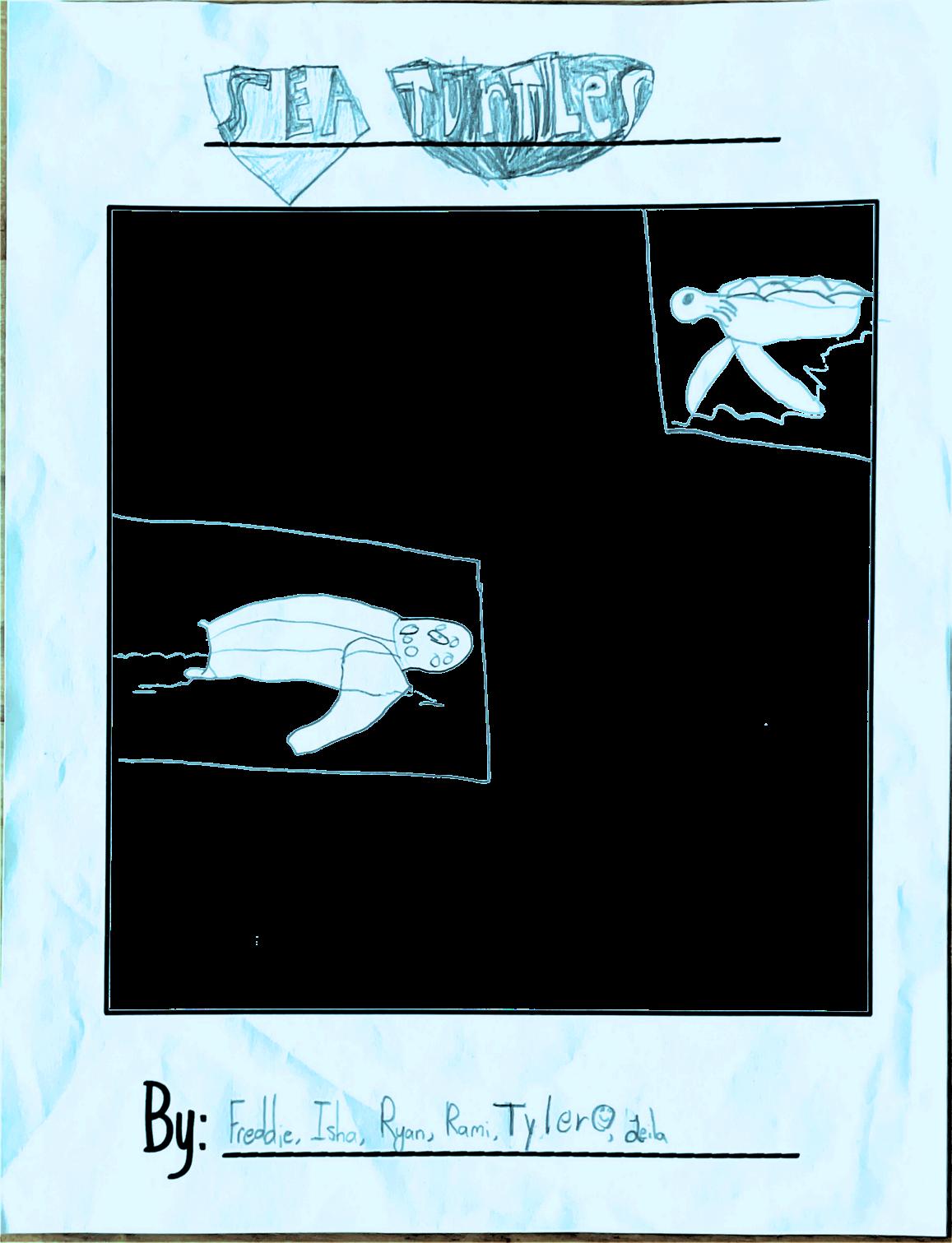


S S E EA A T T U U R R T T L LEES S
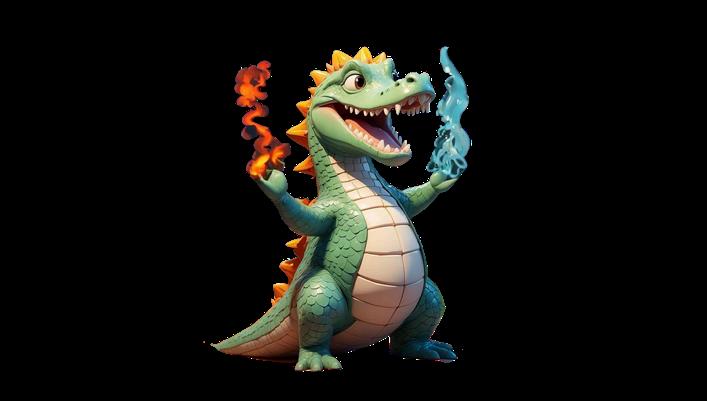
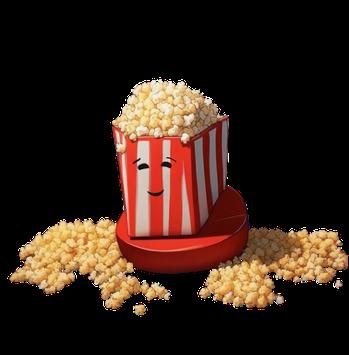
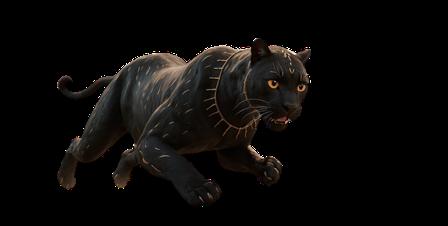
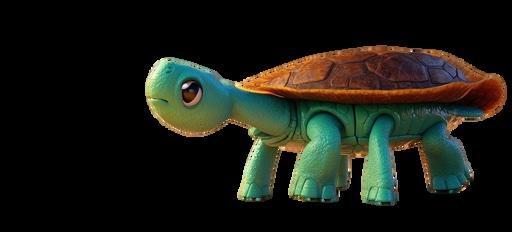


Animal Anthology
Introduction to All About Sea Turtles!
B y I s h a V a r m a
Have you ever seen a sea turtle? Well, in this book you are going to learn all about sea turtles and at the end, you will be an expert! Sea turtles are amazing creatures, and I hope you learn a lot about them. Get ready to have fun!
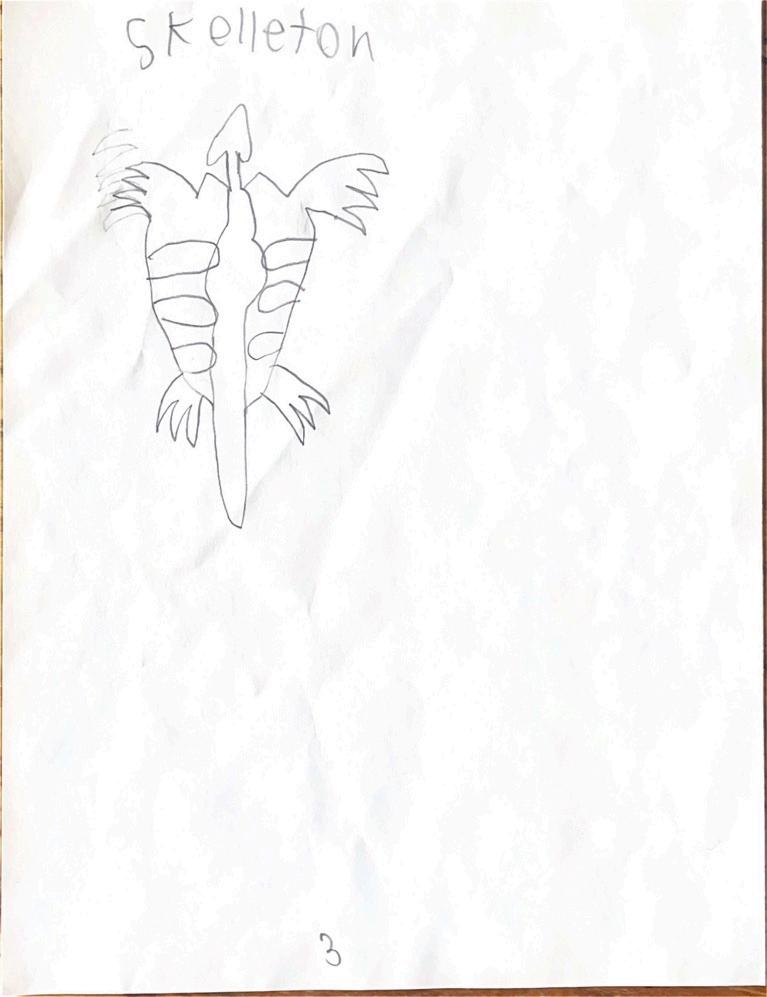
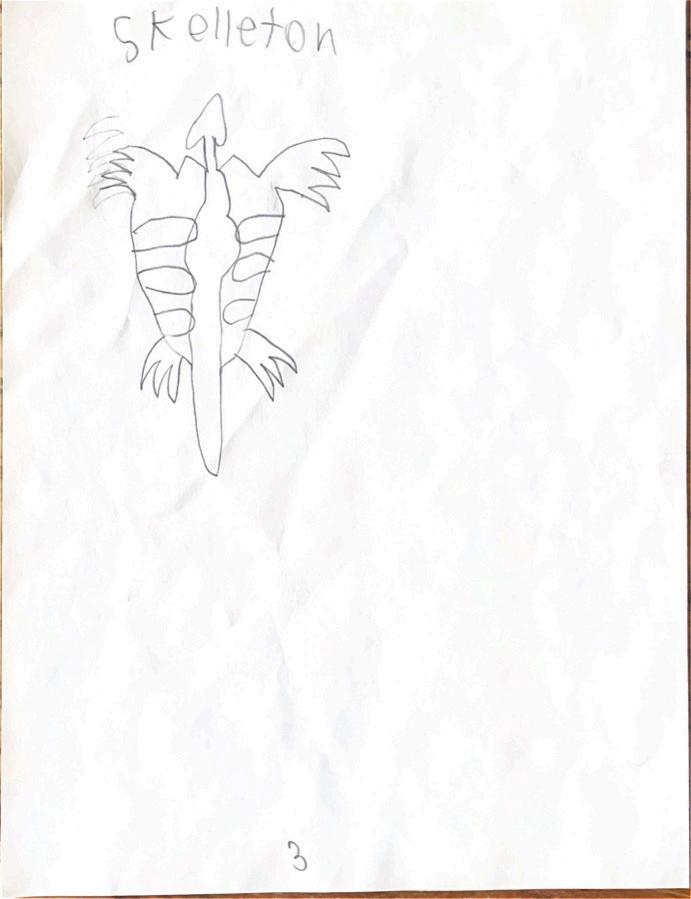
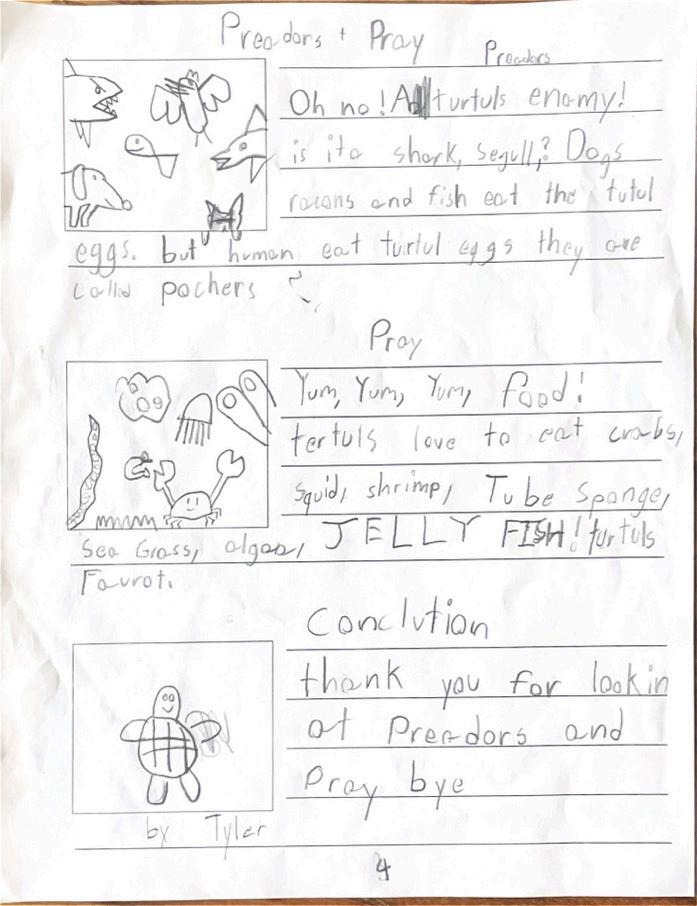
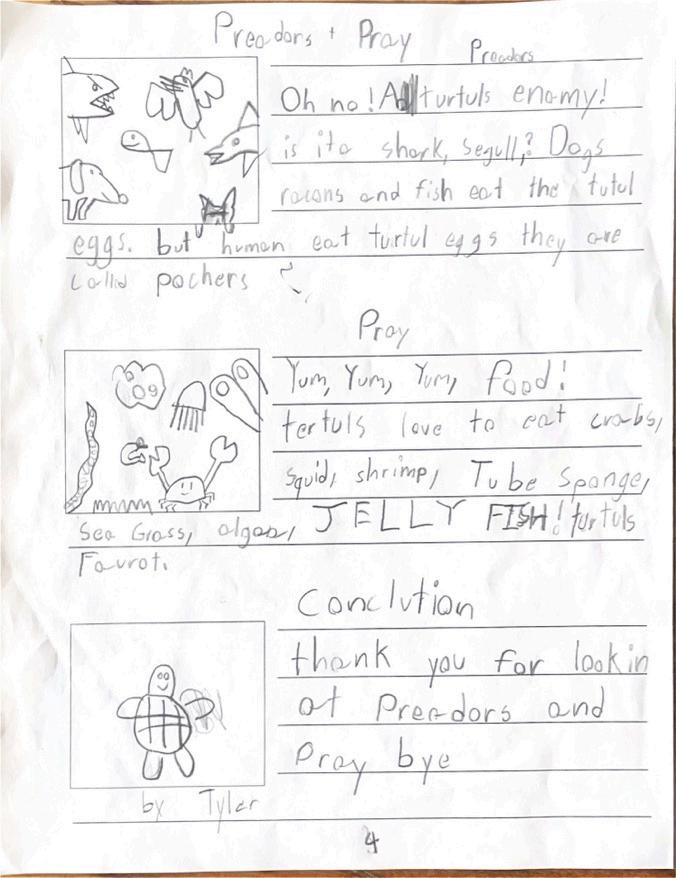
Chapter One: Predators and Prey
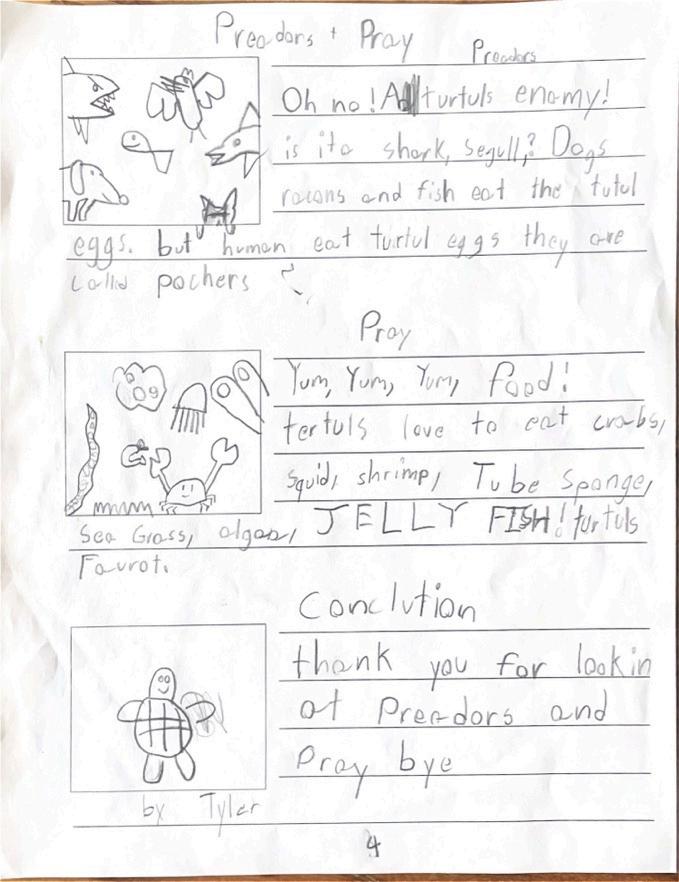
Oh no! A turtle’s enemy! Is it a shark? A seagull? Dogs, raccoons, and fish eat the turtle eggs. But humans who eat turtle eggs are called poachers.
Yum, yum, yum, food! Turtles love to eat crabs, squid, shrimp, tube sponge, sea grass, algae, and… JELLYFISH a turtle’s favorite!
Thank you for looking at Predators and Prey! Bye!
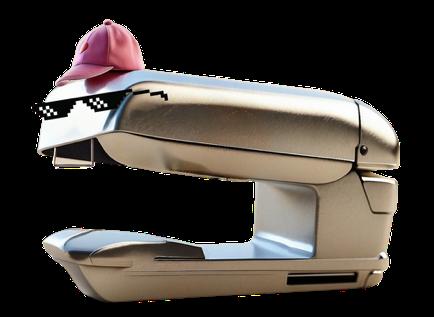
Animal Anthology
Chapter Two: Types of Sea Turtles
B y I s h a V a r m a
Have you ever seen a sea turtle? Did you know what type it was? Well in this chapter, you will learn all about sea turtle types and facts about them! The next time you see a turtle, you will know exactly what type it is! There are seven types of sea turtles. Each sea turtle type has special features.
The loggerhead is the most common sea turtle in the southeast United States (around Florida). It gets its name from its large head. This means that if you live near Florida and have seen a sea turtle, you probably saw a loggerhead. Loggerheads can swim up to a third of the world.
The flatback got its name from its flat body. It is the only sea turtle that doesn't live in United States waters. It lives near Australia. This makes me think there must be lots of those types of turtles there. Flatbacks stay close to home. This turtle nests only on remote beaches of northern Australia and spends its day floating in the water and basking in the sun!!
Some green sea turtles (also known as the green turtle, black turtle, or Pacific green turtle) stay clean by visiting a turtle wash! Turtles choose a "cleaning station" where groups of cleaner fish stand by to groom the turtles! They eat the barnacles, algae, parasites, and other ocean gunk from the turtle’s skin and body!

The Hawksbill is a critically endangered sea turtle. They have an unusual diet: sponges.
The olive ridley gets its name from its olive colored and heart shaped shell. Every year, thousands of female olive ridley turtles take over beaches.
They gather in the water before and after laying eggs because thousands of turtles nearby can fend off predators trying to steal eggs. This makes me think being in a group is more powerful.
The hawksbill is a critically endangered sea turtle. They have an unusual diet: sponges. They are named after their hawk-like beaks, which pluck sponges from the cracks and crevices of coral. Most animals can't eat these toxic sponges, but these turtles gobble 1,200 pounds of it every year. This makes me think they must have something in their diet that helps them digest this toxic food.
Animal Anthology
The Kemp's ridley was named after Richard Kemp, who helped study and discover it. It is the smallest type of sea turtle, but that doesn't mean it's tiny.
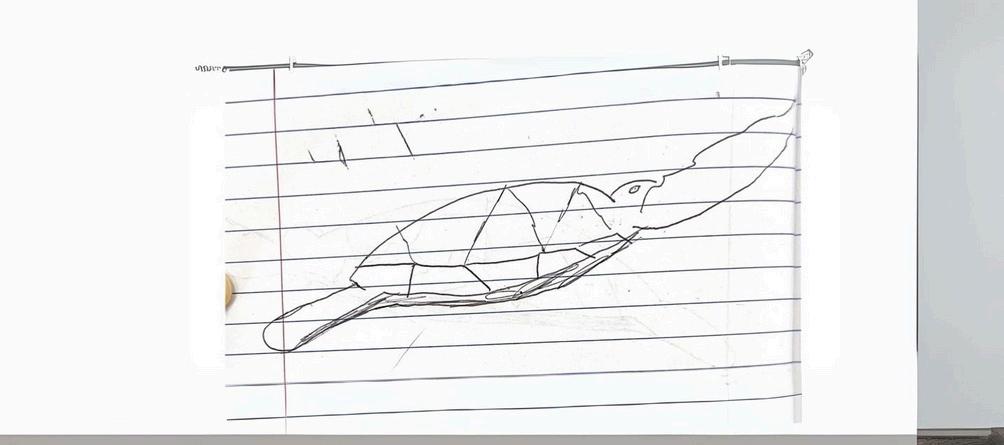
The 70-100 pound adult reptile weighs more than most ten-yearold humans! These turtles can also build their nest in 50 minutes. That's half the time the other types take to lay eggs! This makes me think that the biggest type of sea turtle must be really heavy!
Finally, there is the leatherback. The leatherback is named after its leathery shell. It is the largest type of sea turtle. Their shell can be 6 feet long and 4 feet wide. Weighing about 2,000 pounds, these giants are heavier than any other type of sea turtle. One leatherback can weigh about the same amount as ten human men put together! This means that they must be really heavy to lift if they need rescuing.
Turtles choose a "cleaning station" where groups of cleaner fish stand by to groom the turtles! They eat the barnacles, algae, parasites, and other ocean gunk from the turtle’s skin and body! Sea Turtles
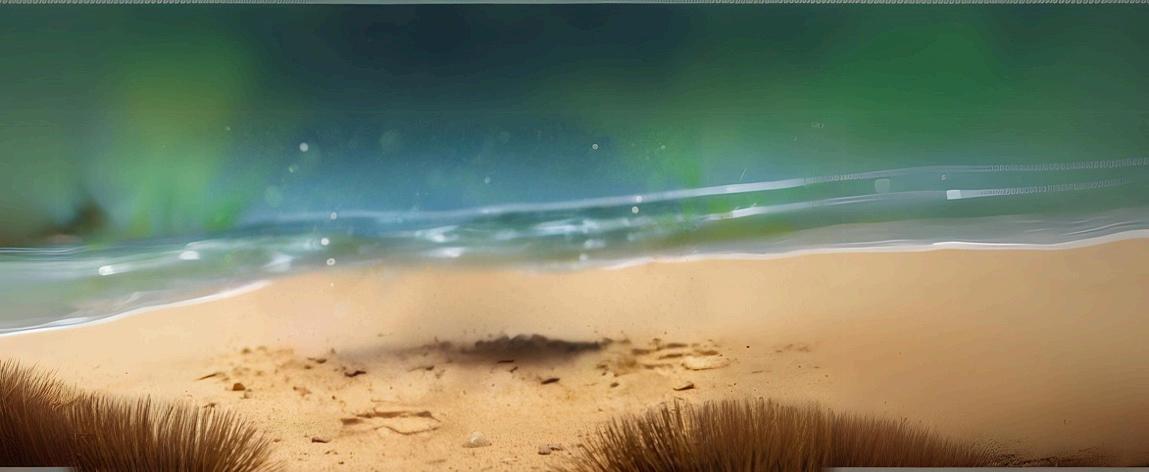

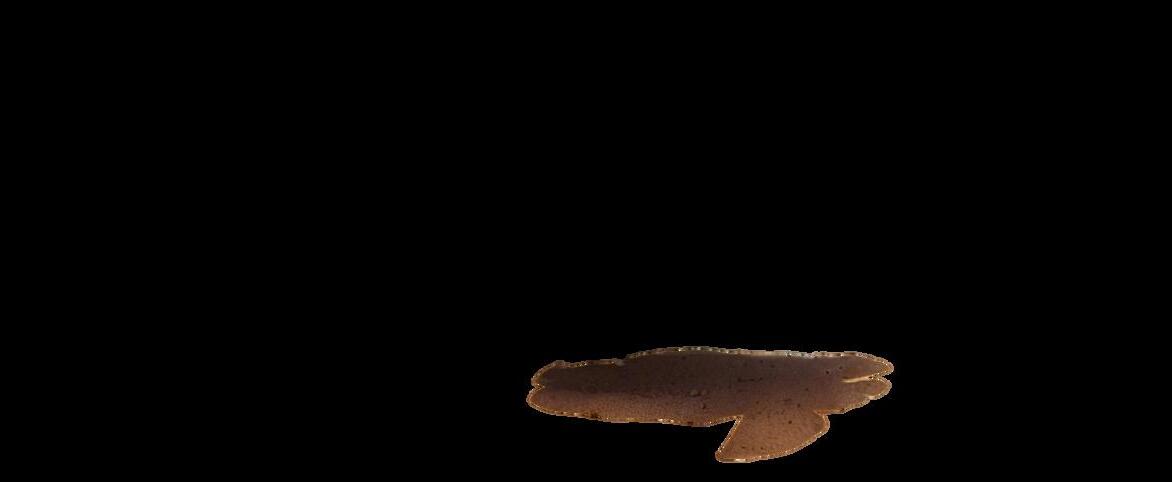
Now that you know all about the types of sea turtles, the next time you see a sea turtle, you can find the type! Bye.
Animal Anthology
Chapter Three: Turtle Eggs
B y F r e d d i e C . a n d R y a n M a g u i r e
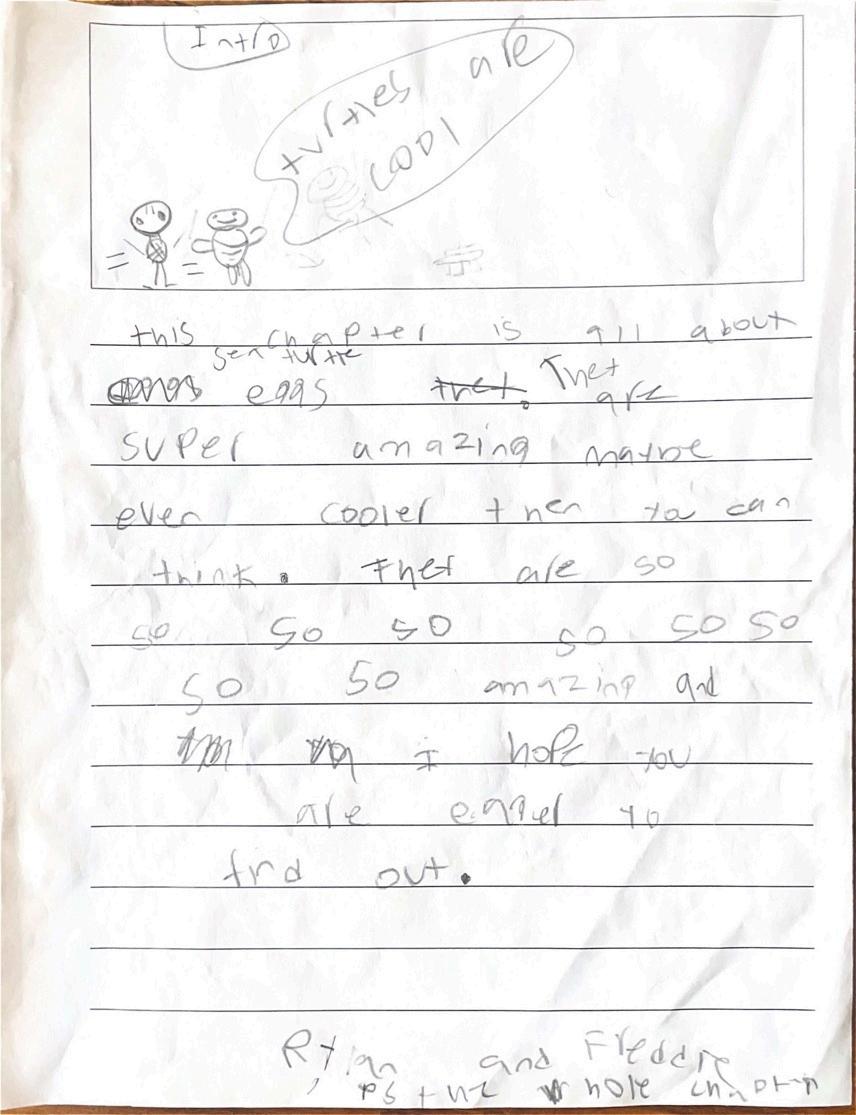
This chapter is all about sea turtle eggs. They are super amazing, maybe even cooler than you can think. They are so, so, so, so, so, so, so, so, so amazing and I hope you are eager to find out.
Turtles are so,so,so,soCOOL!
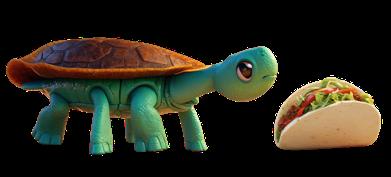
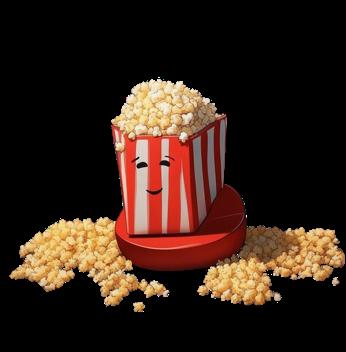
H o w E g g s A r e M a d e
The first thing you need to know is that the egg comes out of the cloaca. The next thing is that the baby turtle is inside the mother. Later, a shell hardens around the turtle, and then the eggs are laid.
The first thing you should know is that there are a lot of predators before the turtles even hatch. Let me name a few: lizards, raccoons, dogs, and even humans. There is a person called a poacher who steals the eggs and sells them. They are mean.
The egg comes out of the cloaca. The next thing is that the baby turtle is inside the mother. Later, a shell hardens around the turtle, and then the eggs are laid.
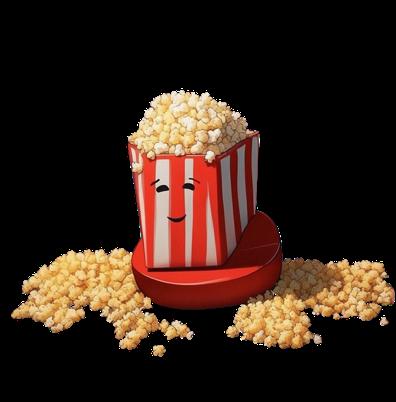
Animal Anthology
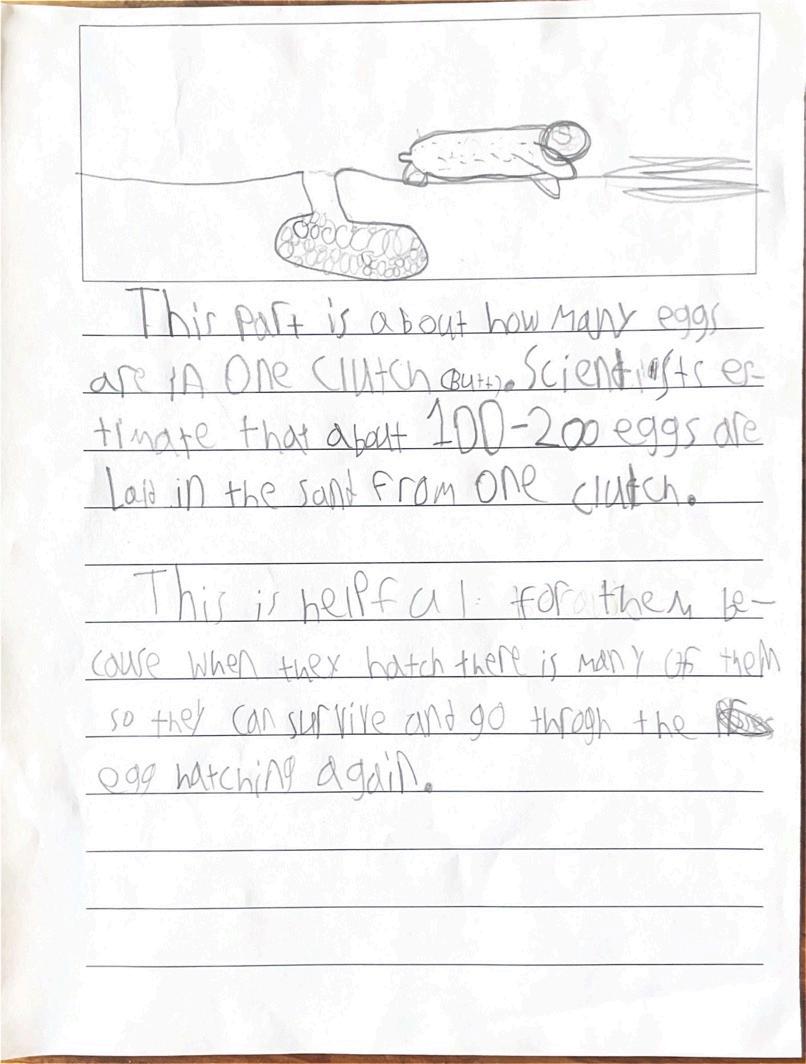
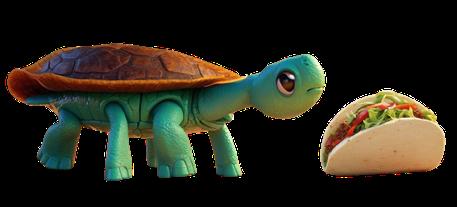
Scientists estimate that about 100-200 eggs are laid from one cloaca.
This part is about how many eggs are in one cloaca (butt). Scientists estimate that about 100-200 eggs are laid in the sand from one cloaca.
This is helpful for them because when they hatch there are many of them, so they can survive and go through the egg hatching again.
You are probably wondering how many sea turtles survive after they are born. Well, the chances are that only one in one thousand sea turtles survive because predators such as birds, crabs, and more eat them! This explains why sea turtles are endangered.
Baby sea turtles need to go very fast to the sea because of the predators.
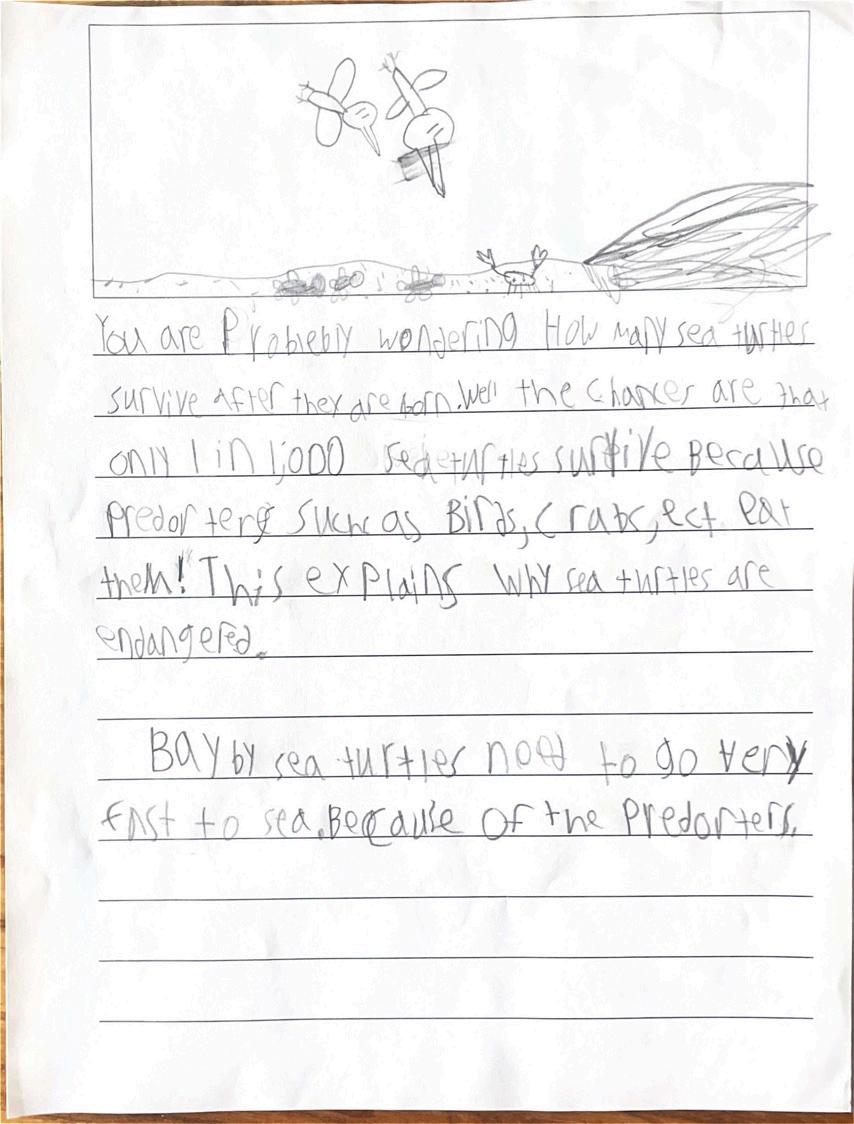
I n c o n c l u s i o n …
Now you know all about eggs! But, in the future if you see any poaching by poachers, tell a trusted adult and they will take care of it because sea turtles are very endangered.
Animal Anthology
Chapter Four: Hatchlings
Imagine you ' re walking on the beach and you see something crawling its way out of the sand and to the sea! That's a hatchling! Hatchlings are 3 inches long. A hatchling is a baby sea turtle.
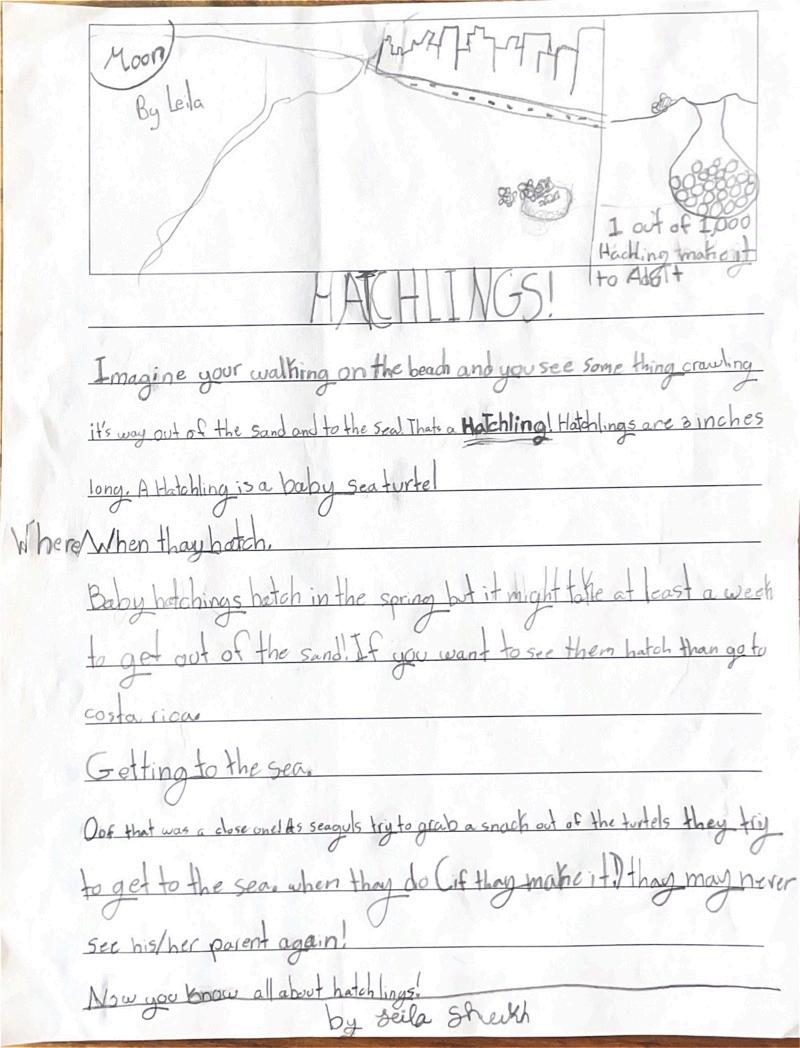
Baby hatchlings hatch in the spring, but it might take at least a week to get out of the sand! If you want to see them hatch, then go to Costa Rica.
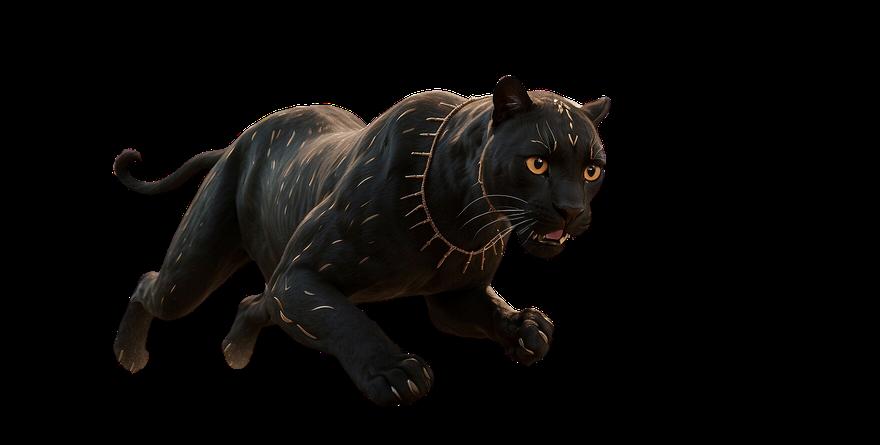
G e t t i n g t o t h e S e a nches er see if they ea!
Oof that was a close one! As seagulls try to grab a snack out of the turtles, they try to get to the sea. When they do (if they make it) they may never see his/her parent again!
Now you know all about hatchlings!
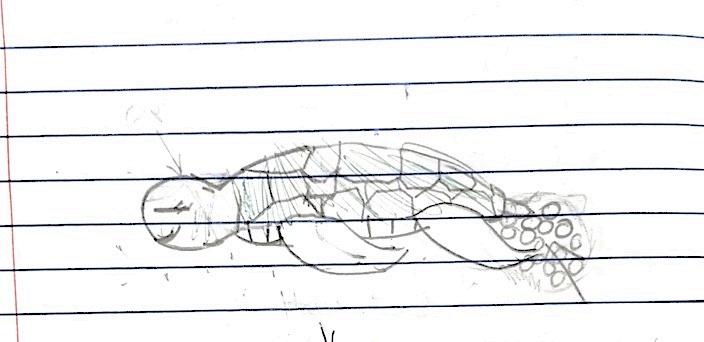
Chapter Five: Life Cycle of a Sea Turtle
B y T y l e r M i h a i l o v i c h
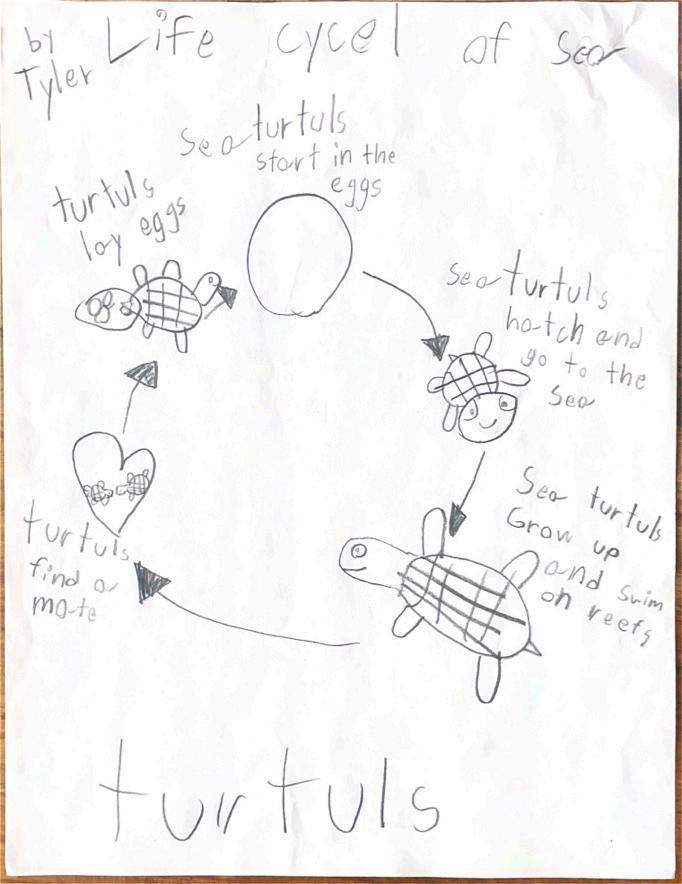
Chapter Six: Sea Turtle or Tortoise or Turtle???
B y I s h a V a r m a

Which one is it? Option 1, 2, or 3?
Which one is it? Option 1, 2, or 3?
Have you ever wondered what the difference between sea turtles, tortoises, and turtles are?
Well in this chapter, you are going to learn all about the differences of the three and in the end, you will be able to know which one is which!
Animal Anthology
One difference is that sea turtles' habitat is underwater while tortoises’ and turtles’ habitat is on land. This means that if you see any type of turtle on land it has to be a turtle OR a tortoise, unless it is on a beach. Then it COULD be a sea turtle coming ashore to lay its eggs or a green sea turtle coming ashore to warm itself up.
Another difference is that tortoises have high, bumpy shells, while sea turtles and turtles have flat shells. This makes me think that the tortoise has a big shell because it needs to fit its legs and head in comfortably.
A third difference is tortoises have elephant-like feet they move very slowly. Turtles have webbed feet to help when they go for a swim and sea turtles have fused toes to help go fast in the water. This makes me think sea turtles and turtles must have similar feet because they both use their feet to swim.
A fourth difference is tortoises love their veggies; as a rule, they only eat plants. Turtles eat a variety of plants and animals but some species only eat animals. Most sea turtles eat animals or a mix of plants and animals.
This makes me think they have similar diets.
Now that you know all about the differences between tortoises, turtles, and sea turtles do you think the next time you see a type of turtle you’ll be able to figure out the type? I sure do! Bye!
Chapter Seven: Danger!
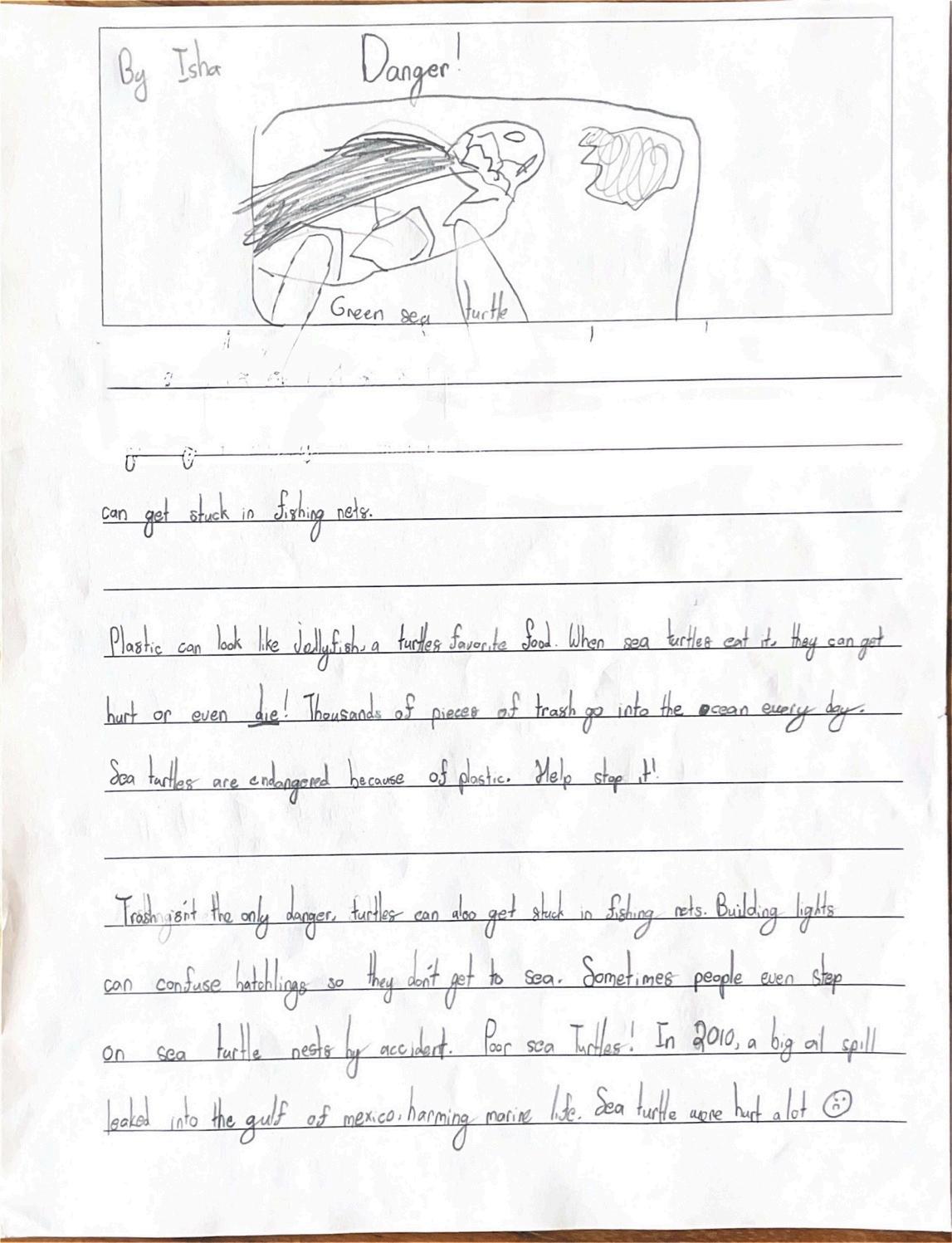
Did you know that there are multiple things that harm sea turtles? In this chapter, you are going to learn all about what harms sea turtles. There are many things that aren't predators that can harm sea turtles. Plastic can look like food and turtles can get stuck in fishing nets.
Plastic can look like jellyfish, a turtle's favorite food. When sea turtles eat it, they can get hurt or even die! Thousands of pieces of trash go into the ocean every day. Sea turtles are endangered because of plastic. Help stop it!
Animal
Anthology



In 2010, a big oil spill leaked into the Gulf of Mexico, harming marine life. Sea turtles were hurt a lot.

Trash isn't the only danger, turtles can also get stuck in fishing nets. Building lights can confuse hatchlings so they don't get to sea. Sometimes people even step on sea turtle nests by accident. Poor sea turtles! In 2010, a big oil spill leaked into the Gulf of Mexico, harming marine life. Sea turtles were hurt a lot.
Now that you know all about what harms sea turtles, try and help stop it by doing simple things, like picking up trash. There are many things that harm sea turtles. Maybe you even have your own ideas on how to help! This is important because even small actions like these can help. What if everyone did this? You would make an impact! Bye!
Chapter Eight: Organs and Body Parts!
B y R a m i E l w a k i l
Organs and body parts are what make turtles turtles. They are important, and we ' re going to learn about them.
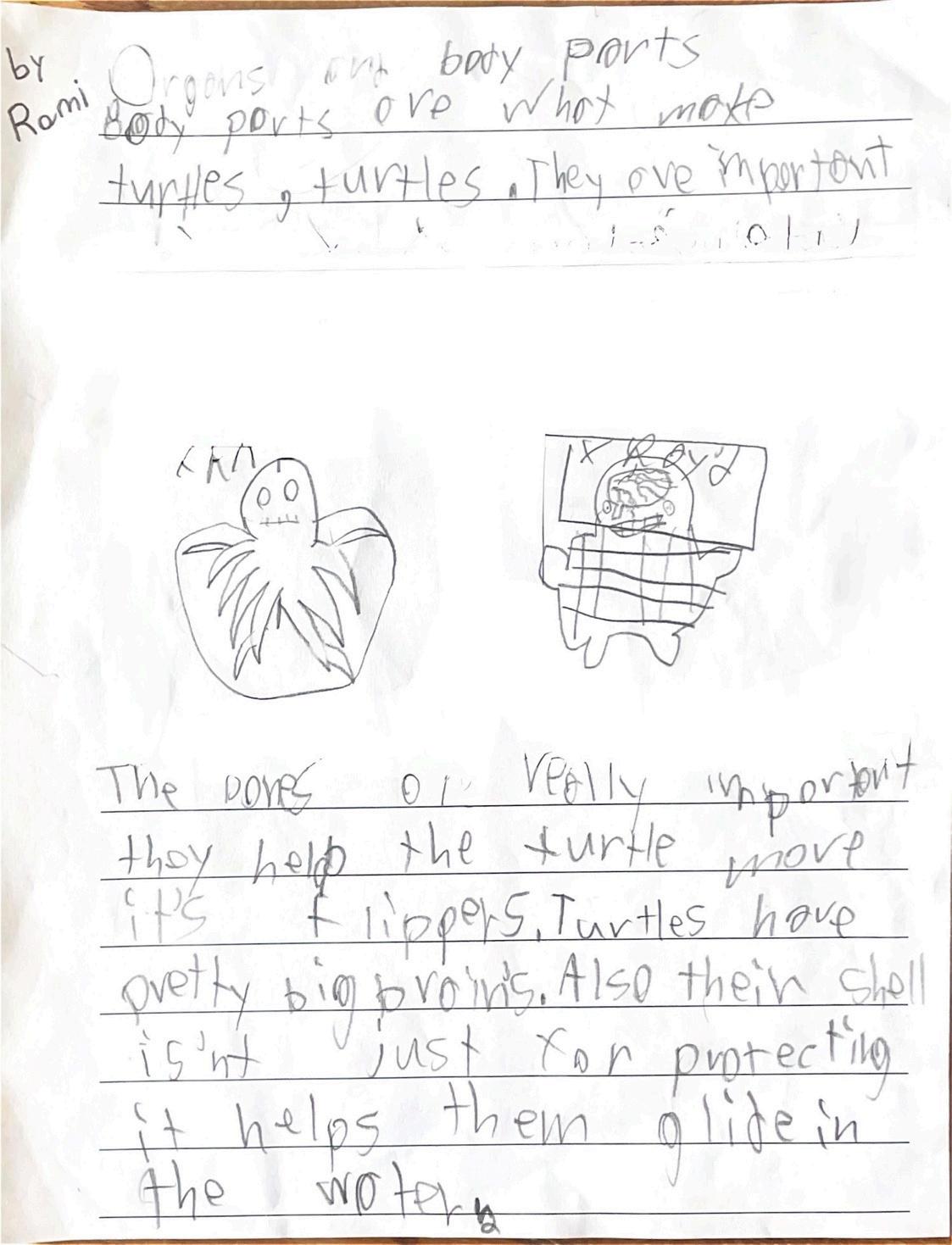
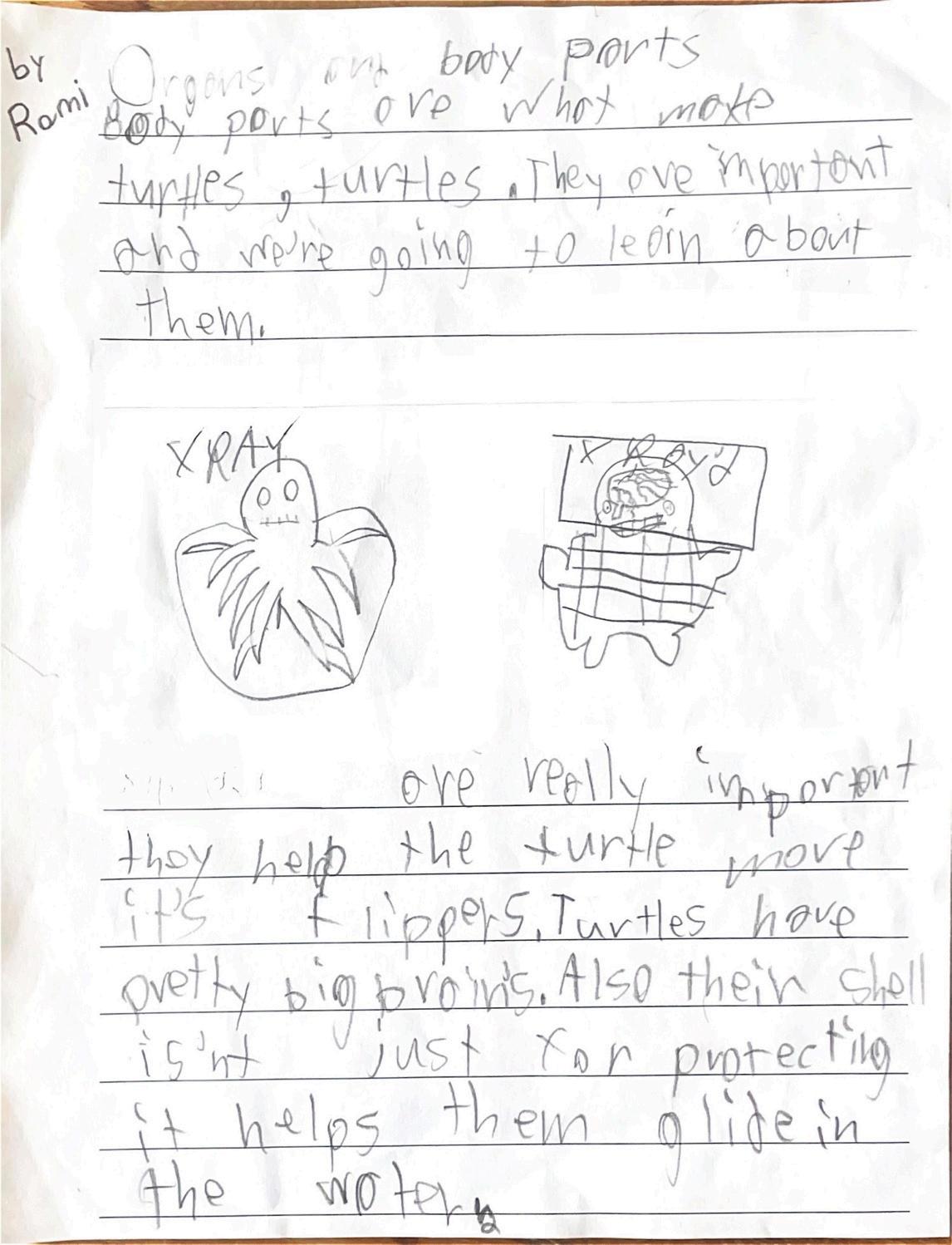
Also their shell isn't just for protecting, it helps them glide in the water.
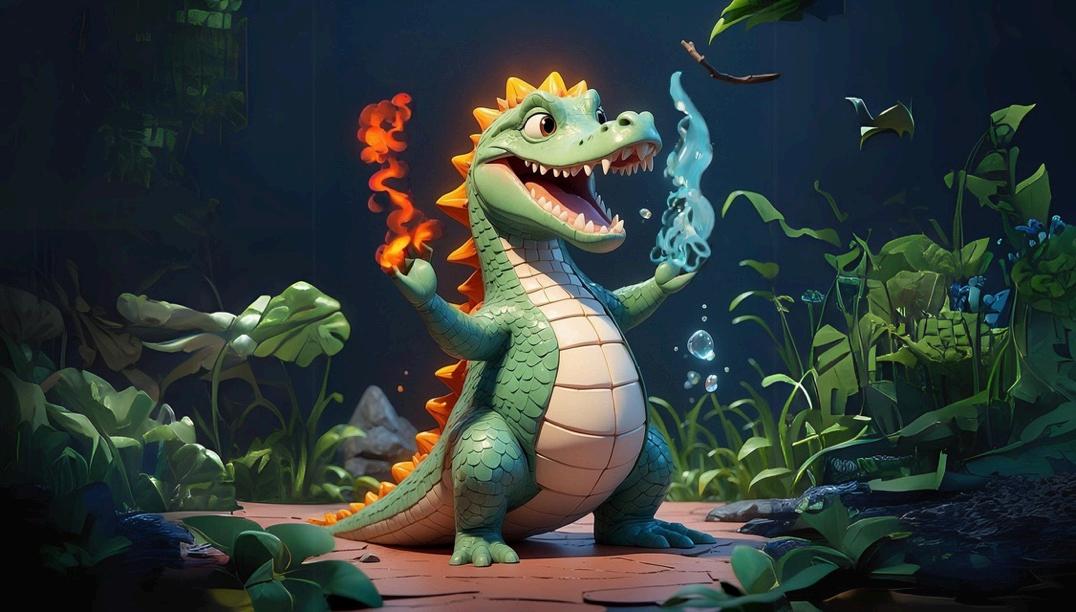
The bones are really important. They help the turtle move its flippers. Turtles have pretty big brains. Also their shell isn't just for protecting, it helps them glide in the water.
Sea Turtles
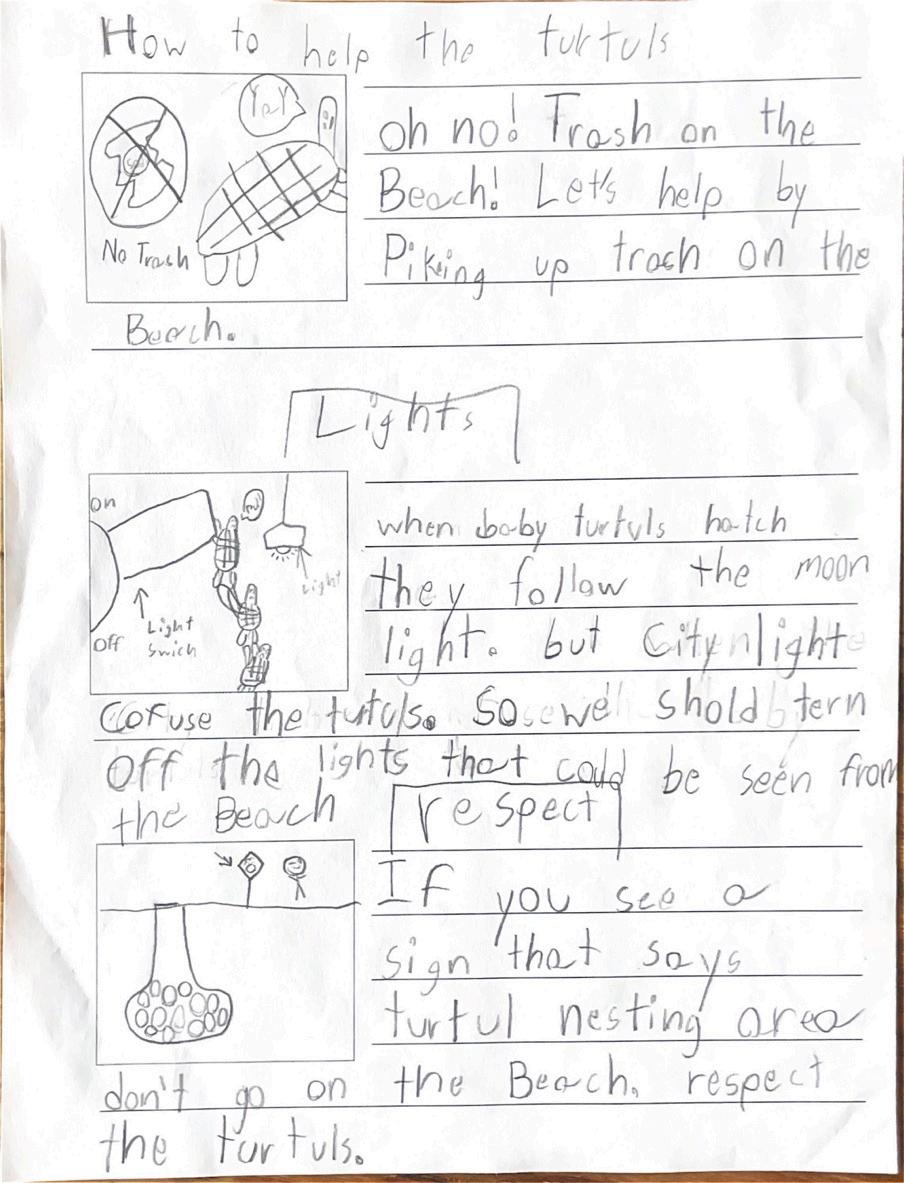


Animal Anthology
Conclusion
Now that you ' re an expert on sea turtles, you can teach someone else all about what you learned. These fascinating creatures are endangered, so please keep our waters clean to keep them safe and alive.
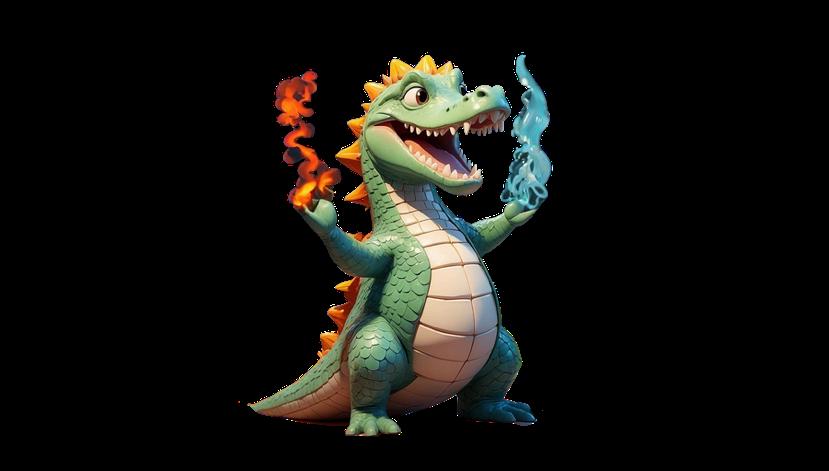
Jokes
Now close the book and get out of here!
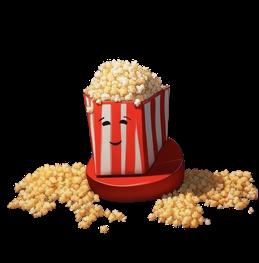
How does the sea turtle have fun on its birthday?
:rewsnA A noitarbe-llehs
What do you say to a sea turtle begging for food?
:rewsnA er'uoY gnieb .hsif-llehS
How do sea turtles communicate?
:rewsnA nO rieht enohP-A-llehs
B y C H I L D N A M E
urduly awesome.
tterly cute. eally fast. errifically old. ucy for us to help. ndangered.
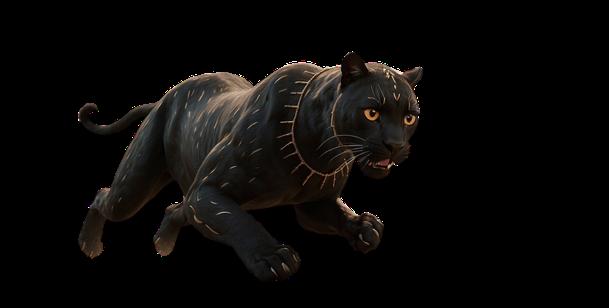
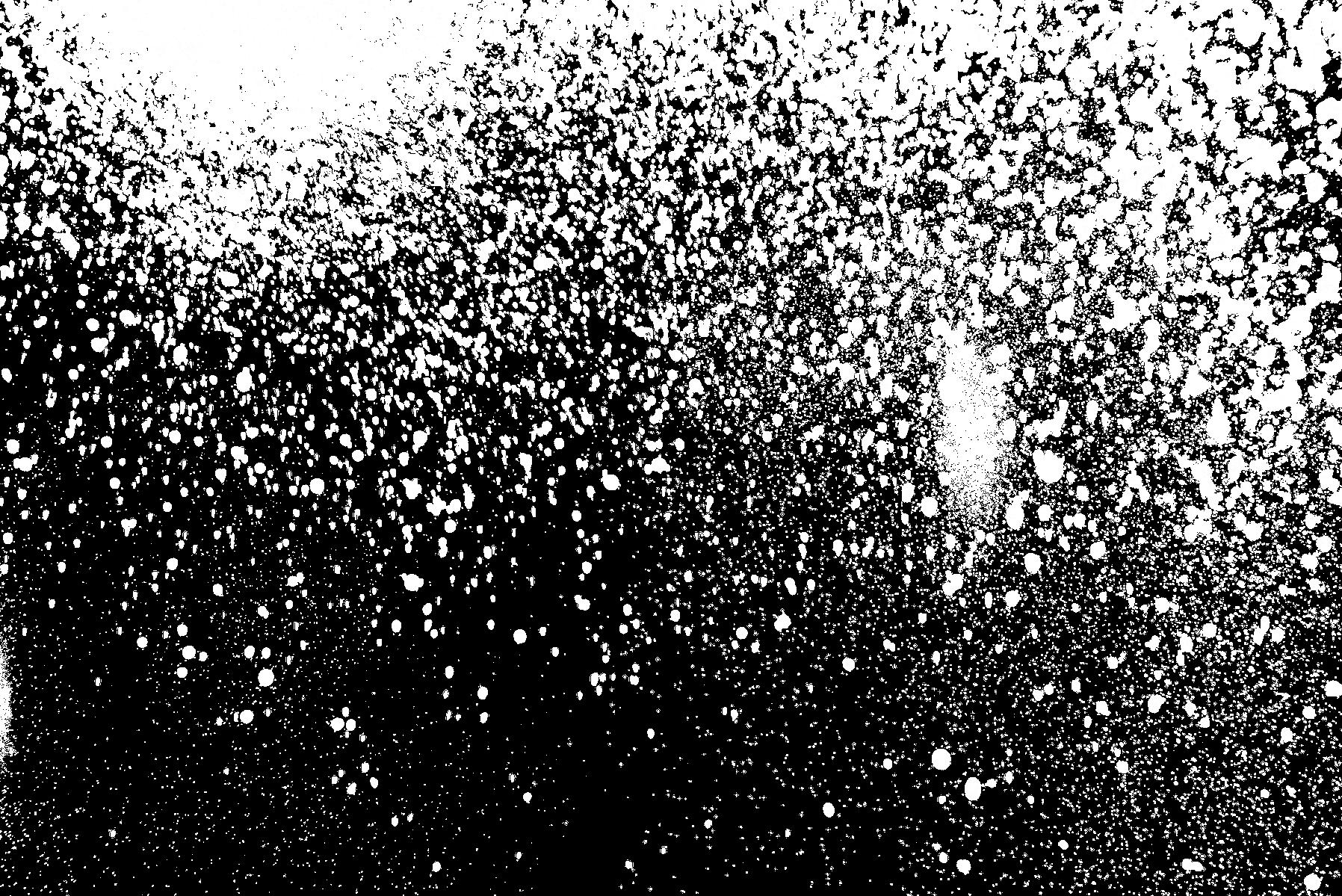
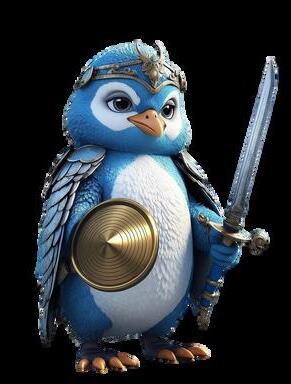
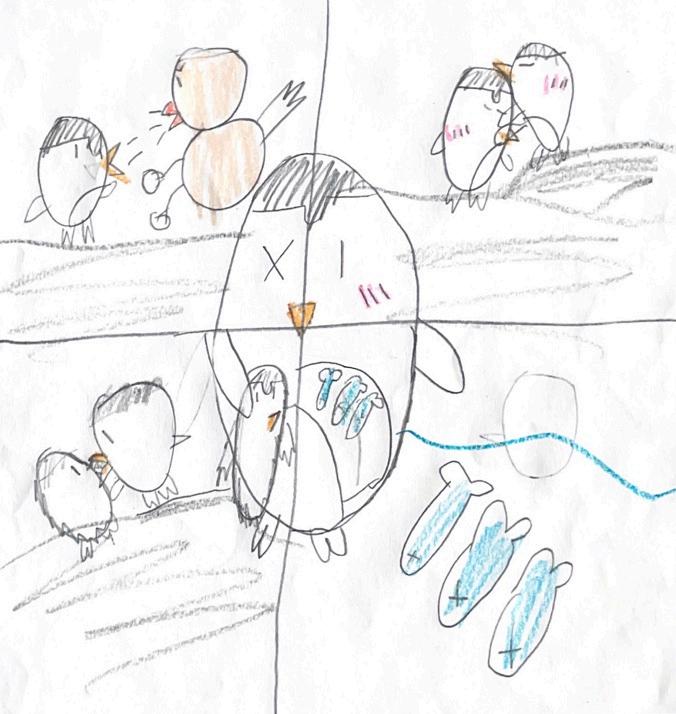

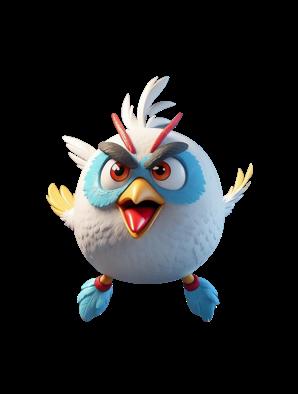
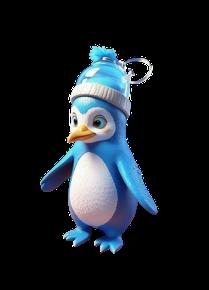

THE THE TO TO ULTIMATE ULTIMATE G U I D E G U I D E
PENGUINS PENGUINS
B y E l e a n o r R o t h m a n , A r i y a n a , L u c y M u r p h y , a n d A s h e r G l a s s
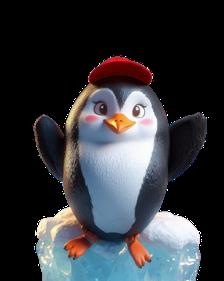
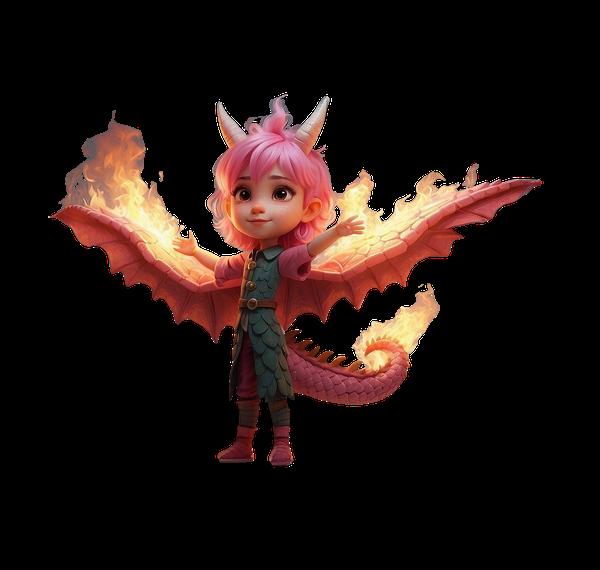

Animal Anthology
Introduction to the Ultimate Guide to Penguins
B y E l e a n o r R o t h m a n
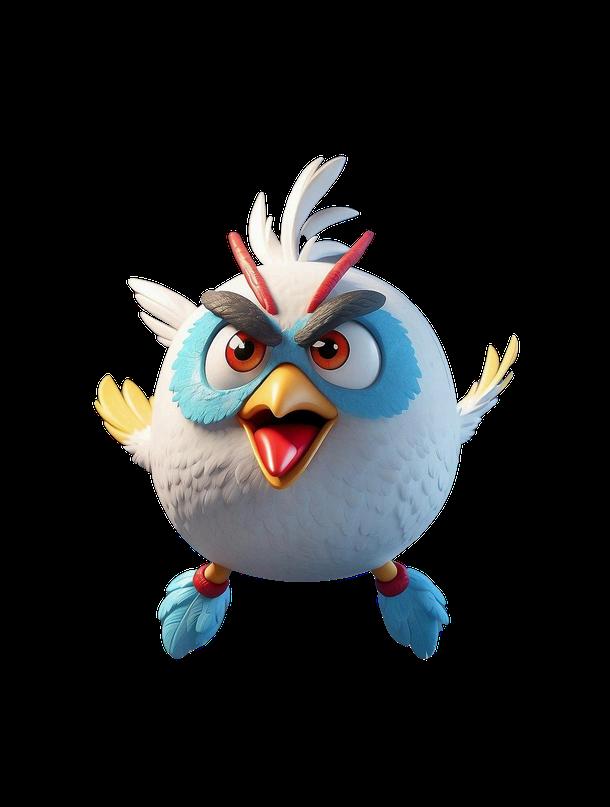
Have you ever wondered how a penguin starts its life d h f cts of penguins, razy uins hen, read
The Ultimate Guide to Penguins
Chapter One: A Penguin’s Cute
Start
- First Steps
B y A r i y a n a
Different penguins have different starts! You will learn about penguin chicks in this chapter from how chicks are taken care of to the emperor penguin’s journey to reproduce. In this part, you will learn about the incredible journey the emperor penguin makes to reproduce. (P.S. No, it is not the life cycle. That will be covered in a different chapter.) The males walk for a really long time to get to the breeding grounds (about a week). They find a female and start courting by calling and bowing.
Then, they have to walk to rookeries. Once they reach the rookery, the female lays one egg and she carefully passes the egg to the male. They have to be careful because if the egg stays out for too long it will freeze to death.
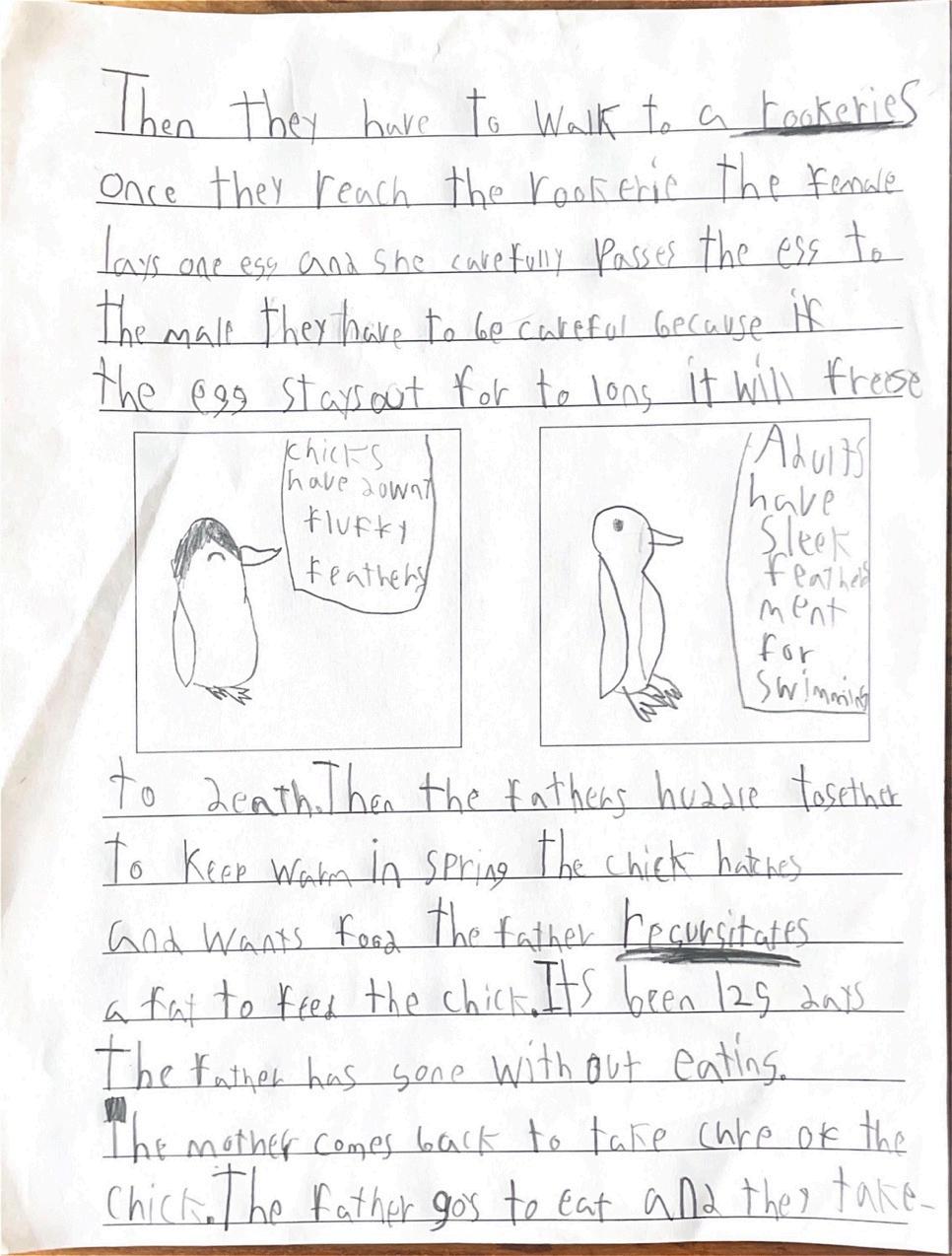
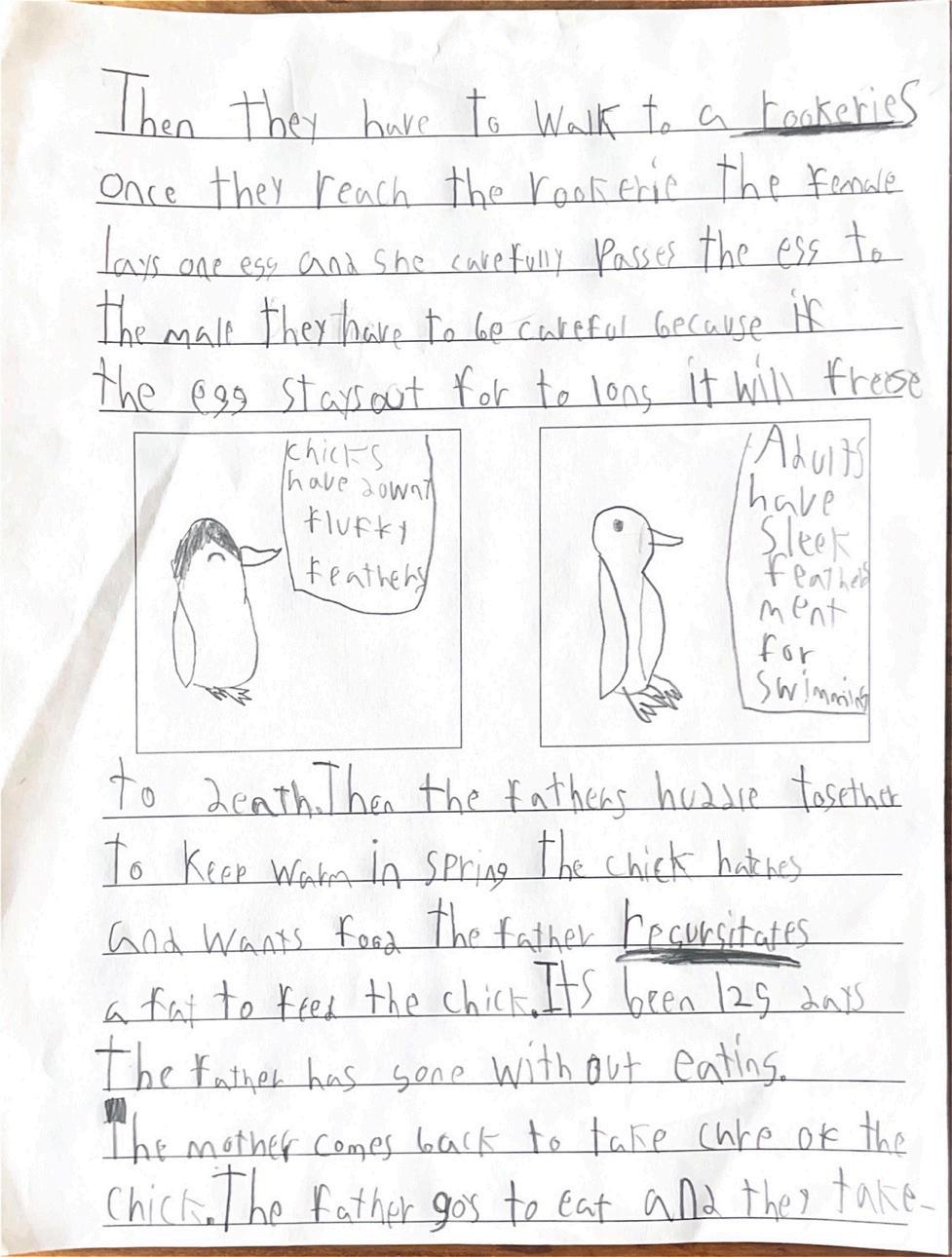
Animal Anthology
Then the fathers huddle together to keep warm. In spring, the chick hatches and wants food. The father regurgitates a fat to feed the chick. It's been 125 days since the father has gone without eating. The mother comes back to take care of the chick. The father goes to eat and they take turns caring for the chick until it can take care of itself.
Fun fact: Emperor penguin chicks have a part on their beak called an “ egg tooth” they use to break out of the egg.
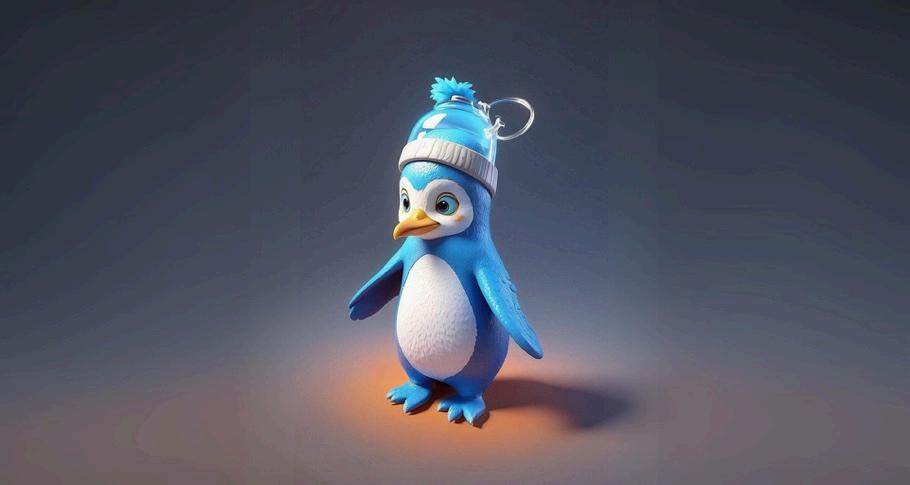
The Ultimate Guide to Penguins
Different penguins do different things they do to their young. Here are a few things they do:
Macaroni penguins lay 2 eggs, but they kick out one egg. So, one chick gets the foot.
Chicks have fluffy feathers, so they can't swim, but they eventually grow sleek.
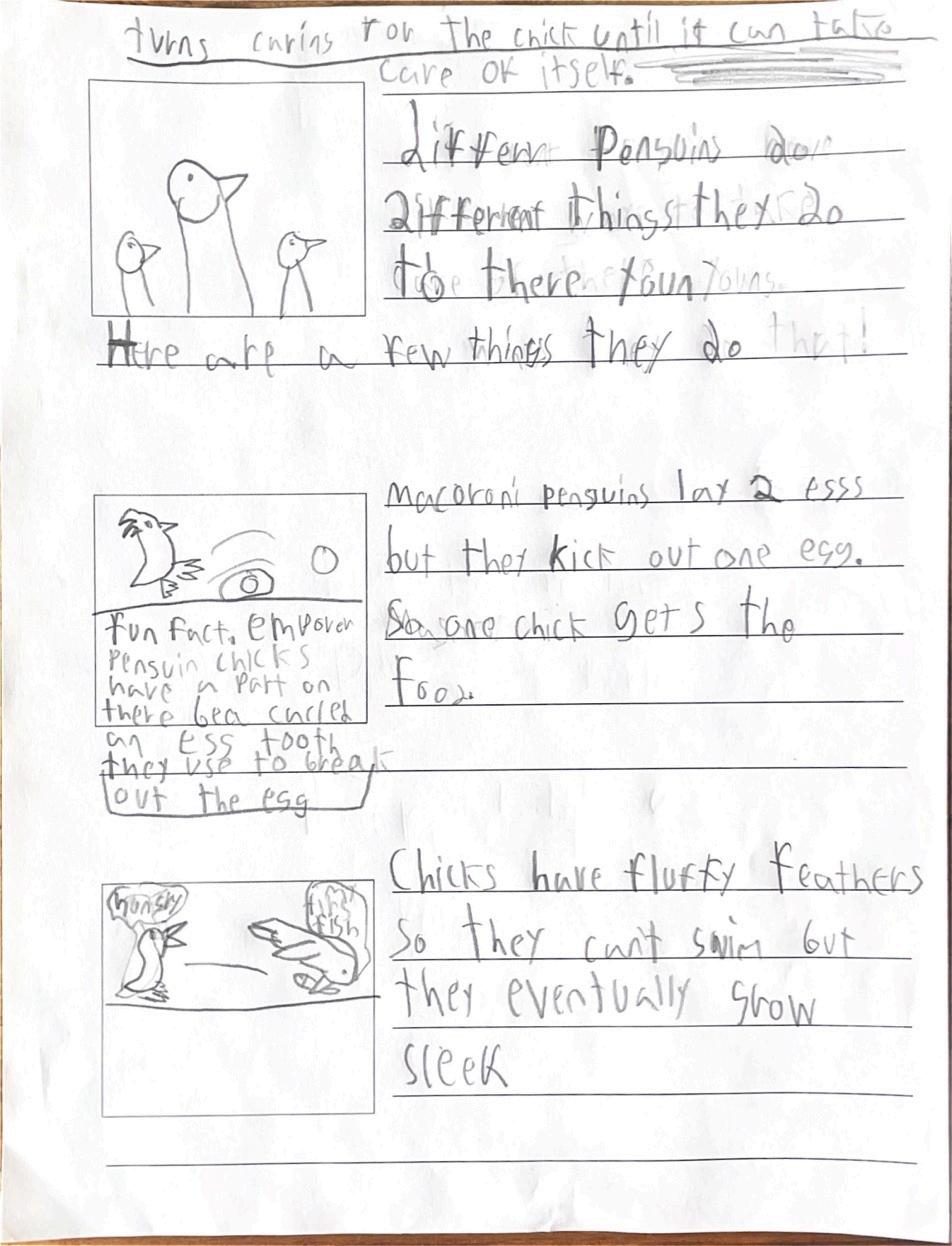
Fun fact: Emperor penguin chicks have a part on their beak called an “ egg tooth” they use to break out of the egg.
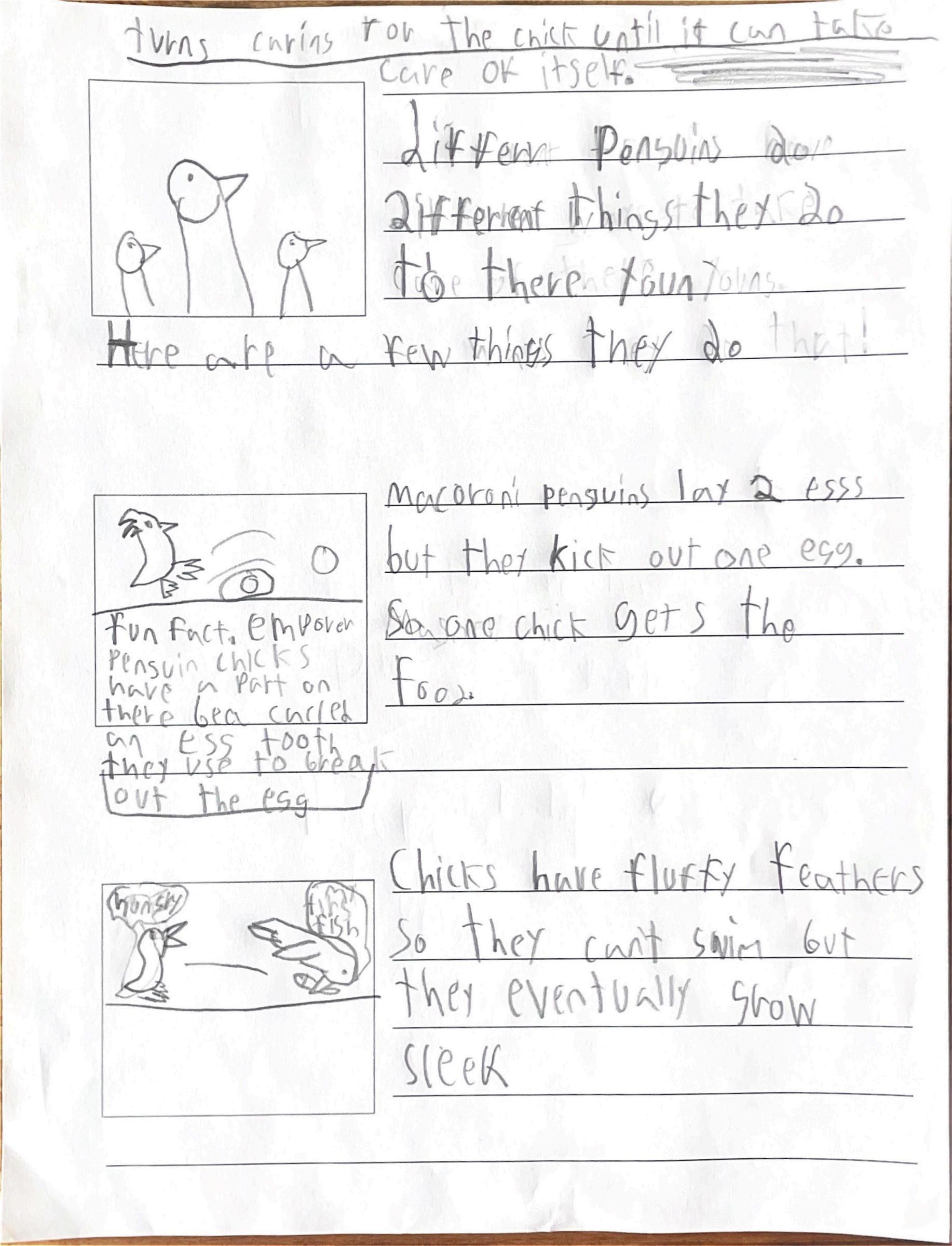
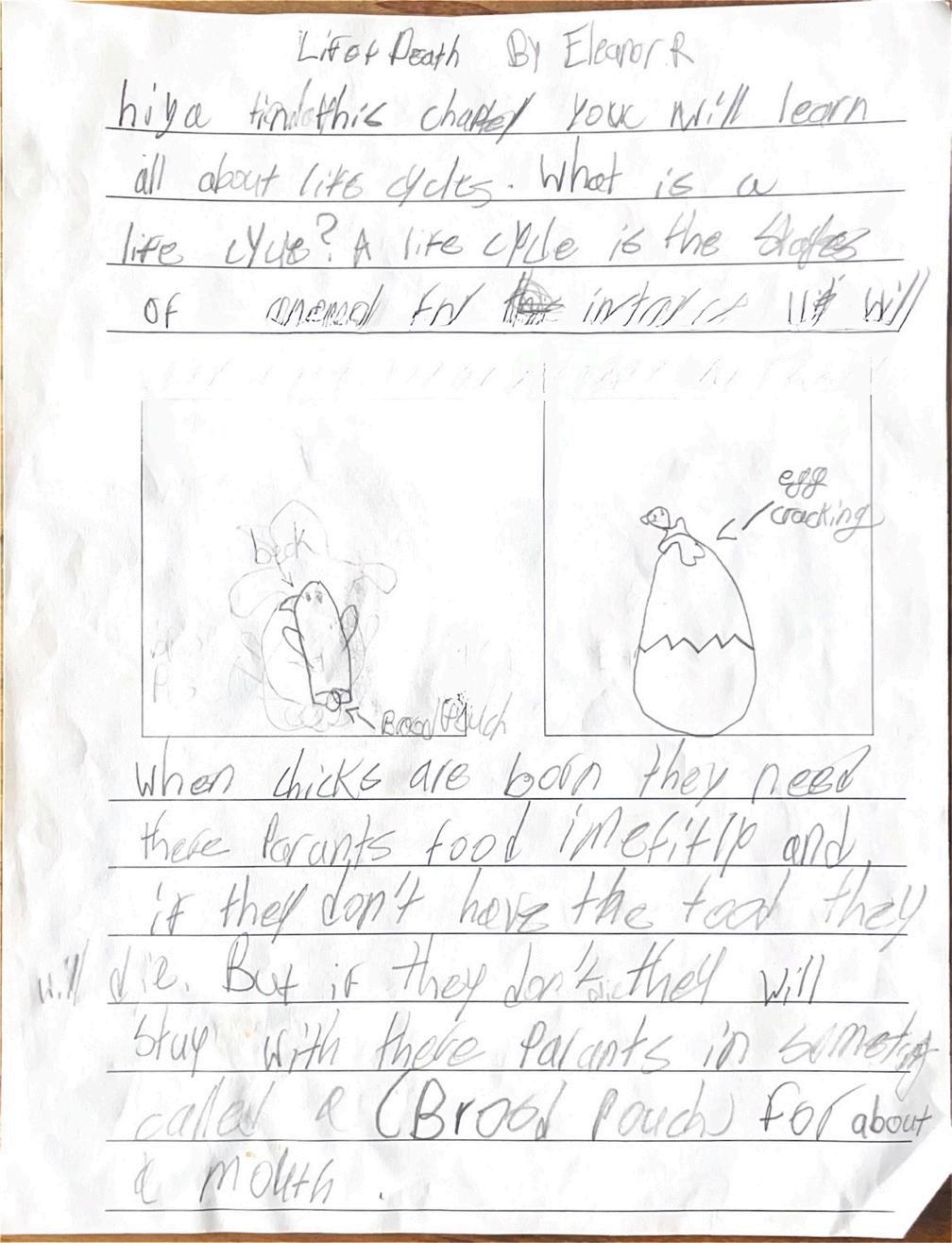
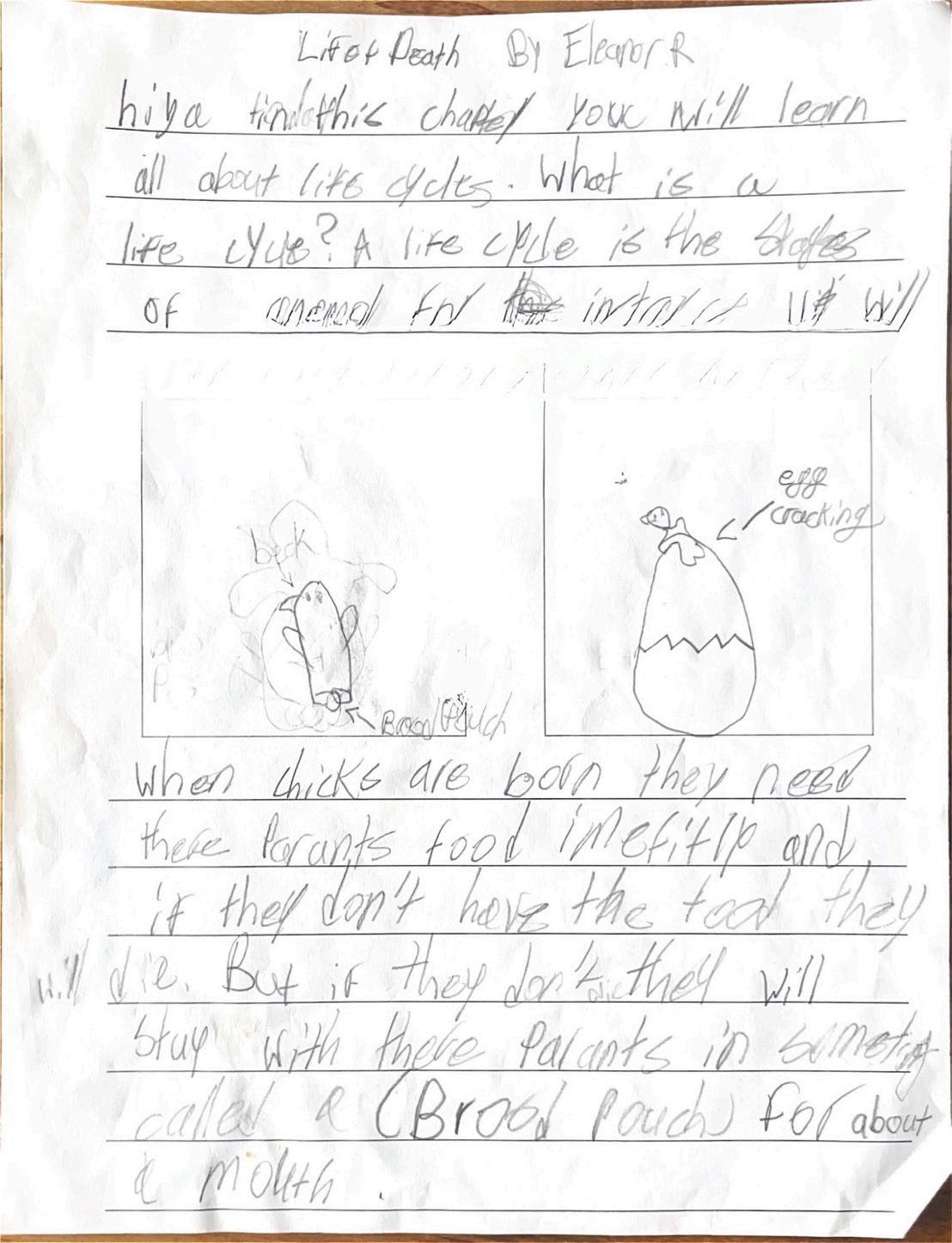
The Ultimate Guide to Penguins
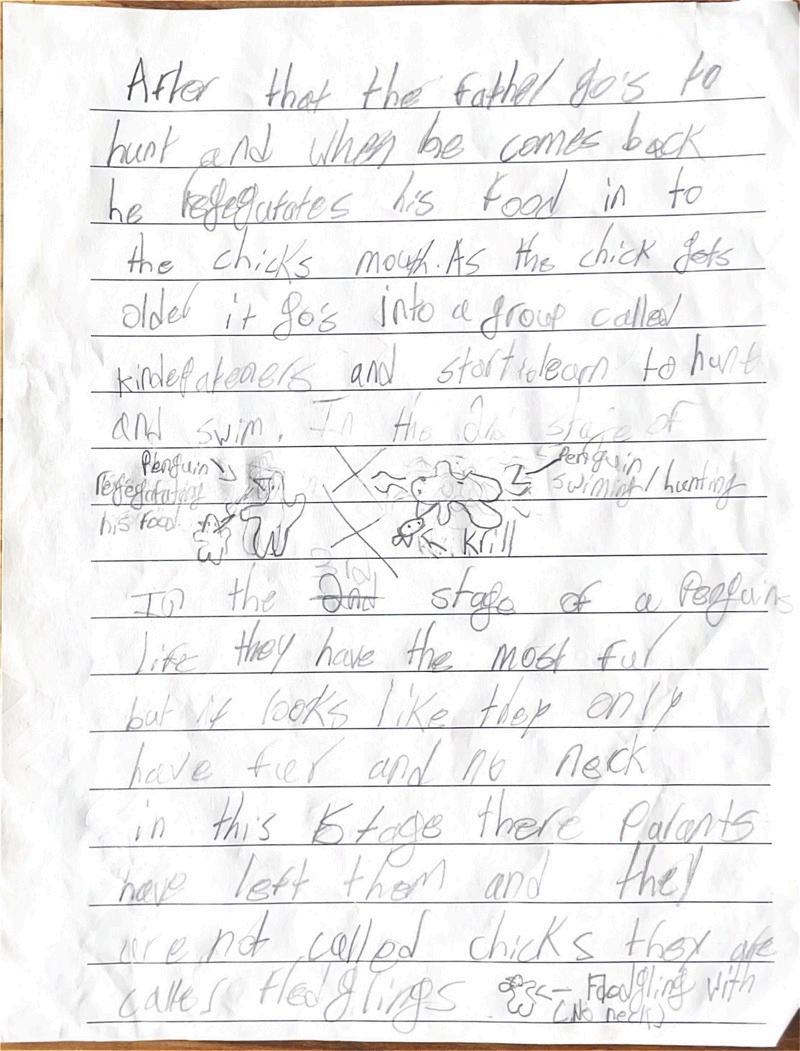
In the 3rd stage of a penguin’s life, they have the most fur, but it looks like they only have fur and no neck. In this stage their parents have left them and they are not called chicks. They are called fledglings. As a penguin gets older, its swimming, its hunting, and communicating get better and finally it is ready to huddle with the others to keep warm and then have a chick of their own.
As the chick gets older it goes into a group called " crèches " or "kindergartens " and starts to learn to hunt and swim.

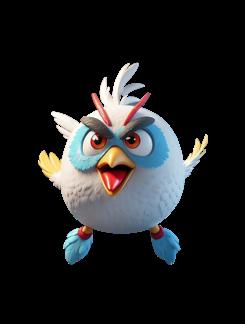


Finally, I hope after this if you see a penguin, you will know what life stage it’s in.

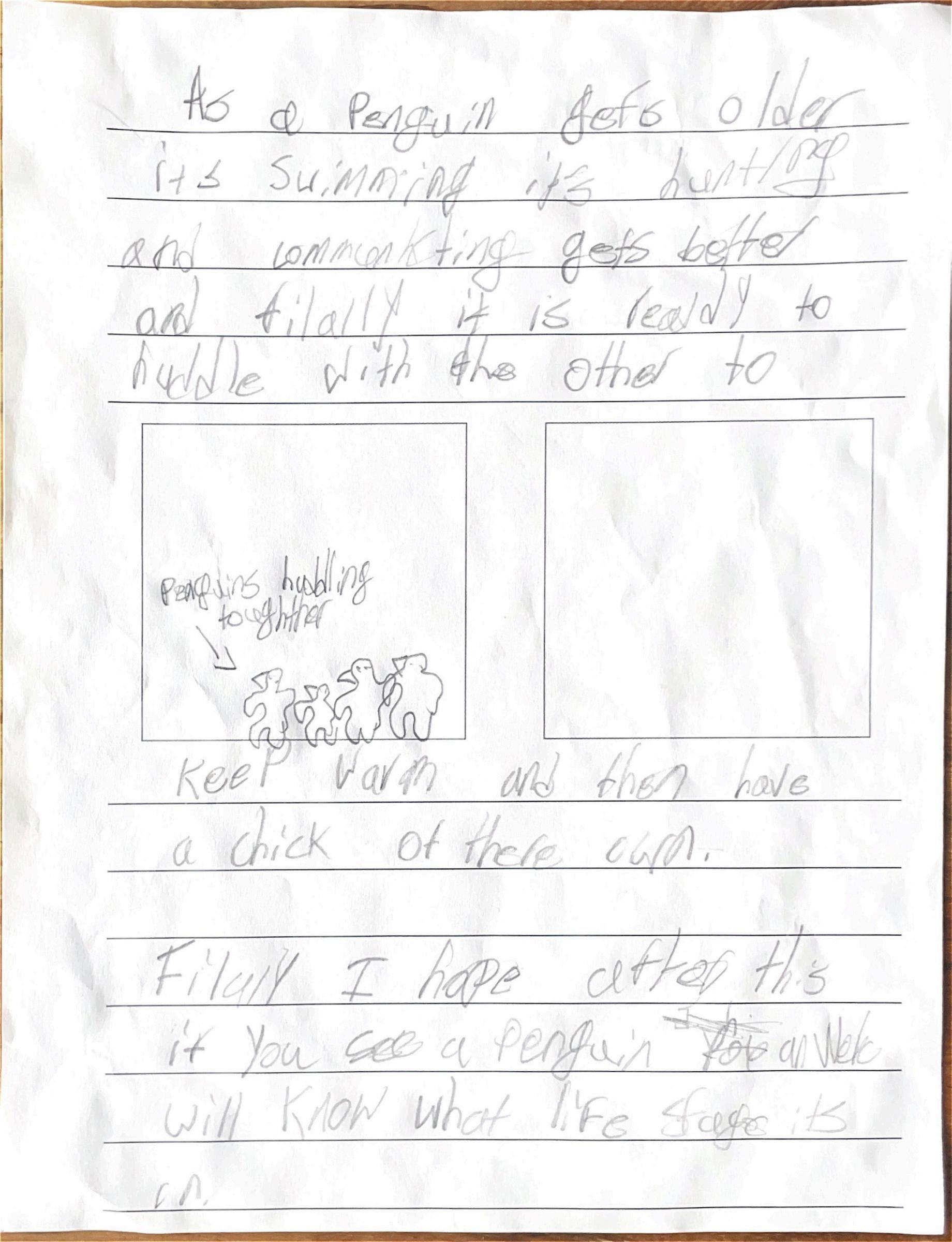
The Ultimate Guide to Penguins
Chapter Three: Predator Peril
B y L u c y S .
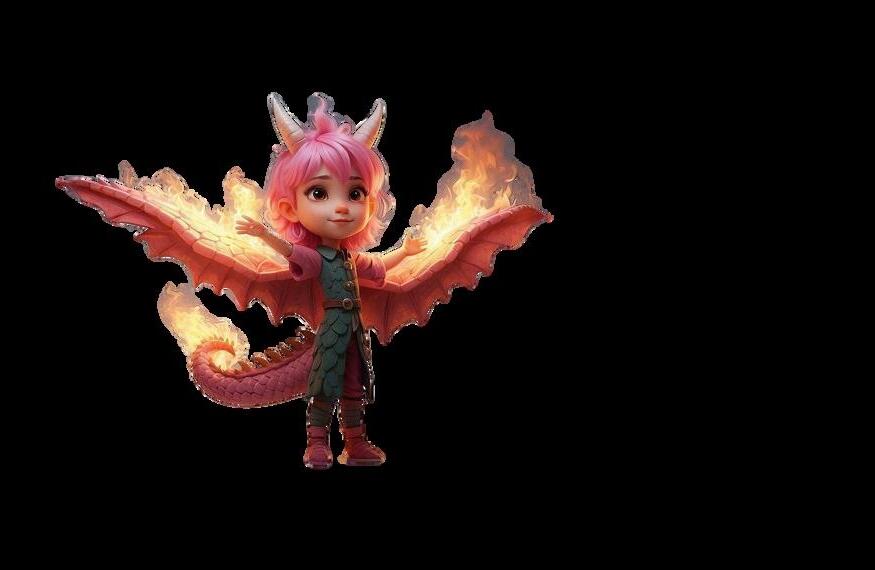

Although penguins seem like they have a good life, their predators make their life worse.
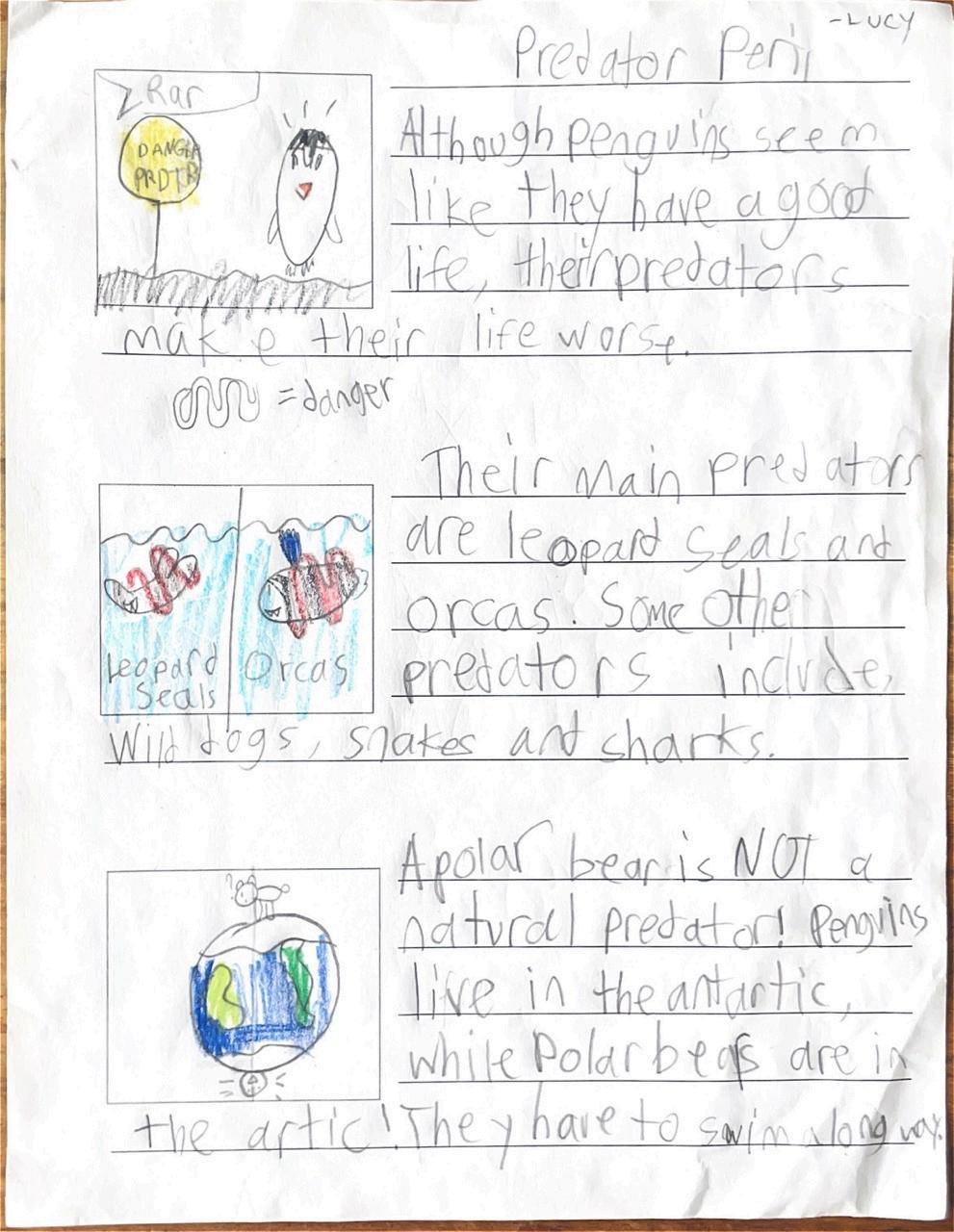
Their main predators are leopard seals and orcas. Some other predators include wild dogs, snakes, and sharks.
A polar bear is NOT a natural predator! Penguins live in the Antarctic, while polar bears are in the arctic! They have to swim a long way.
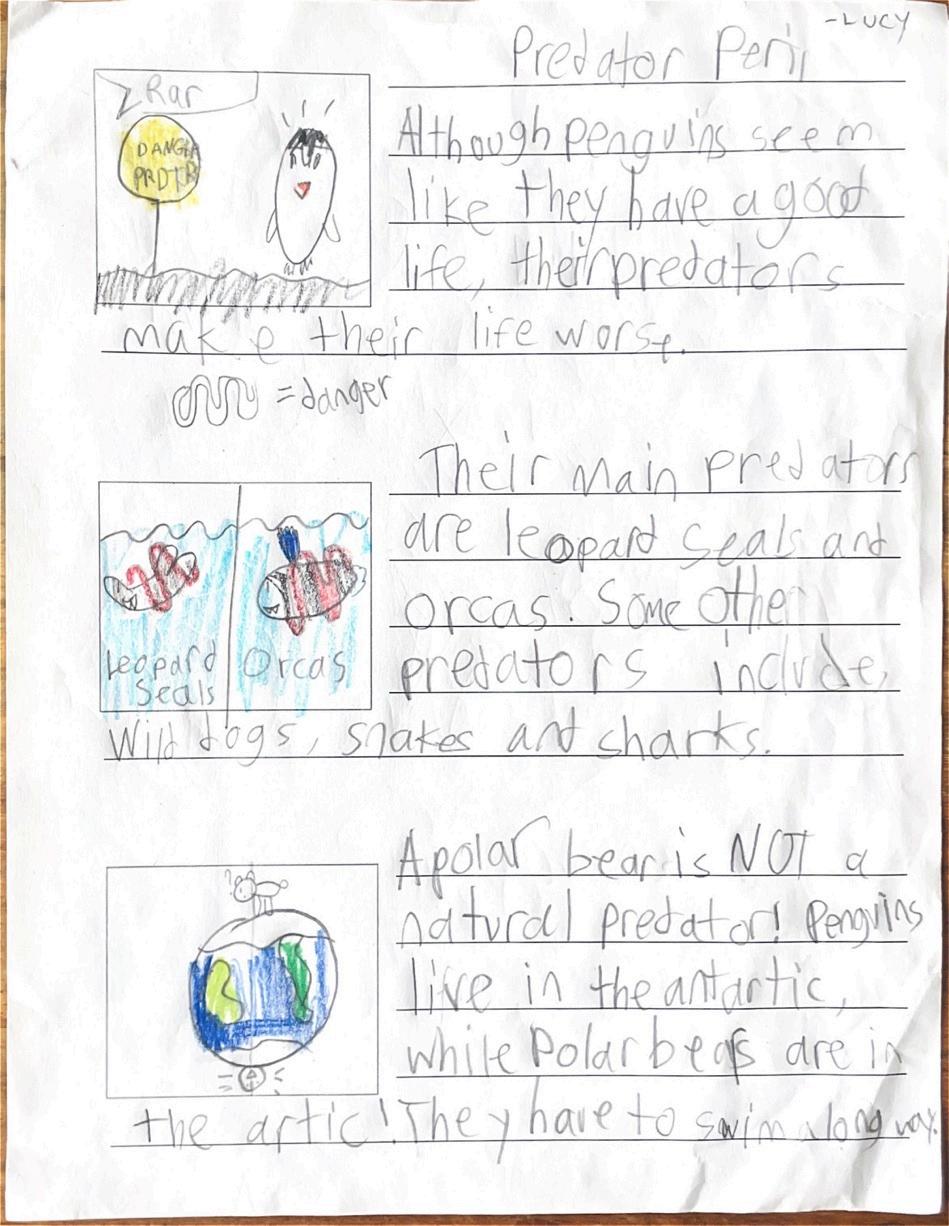
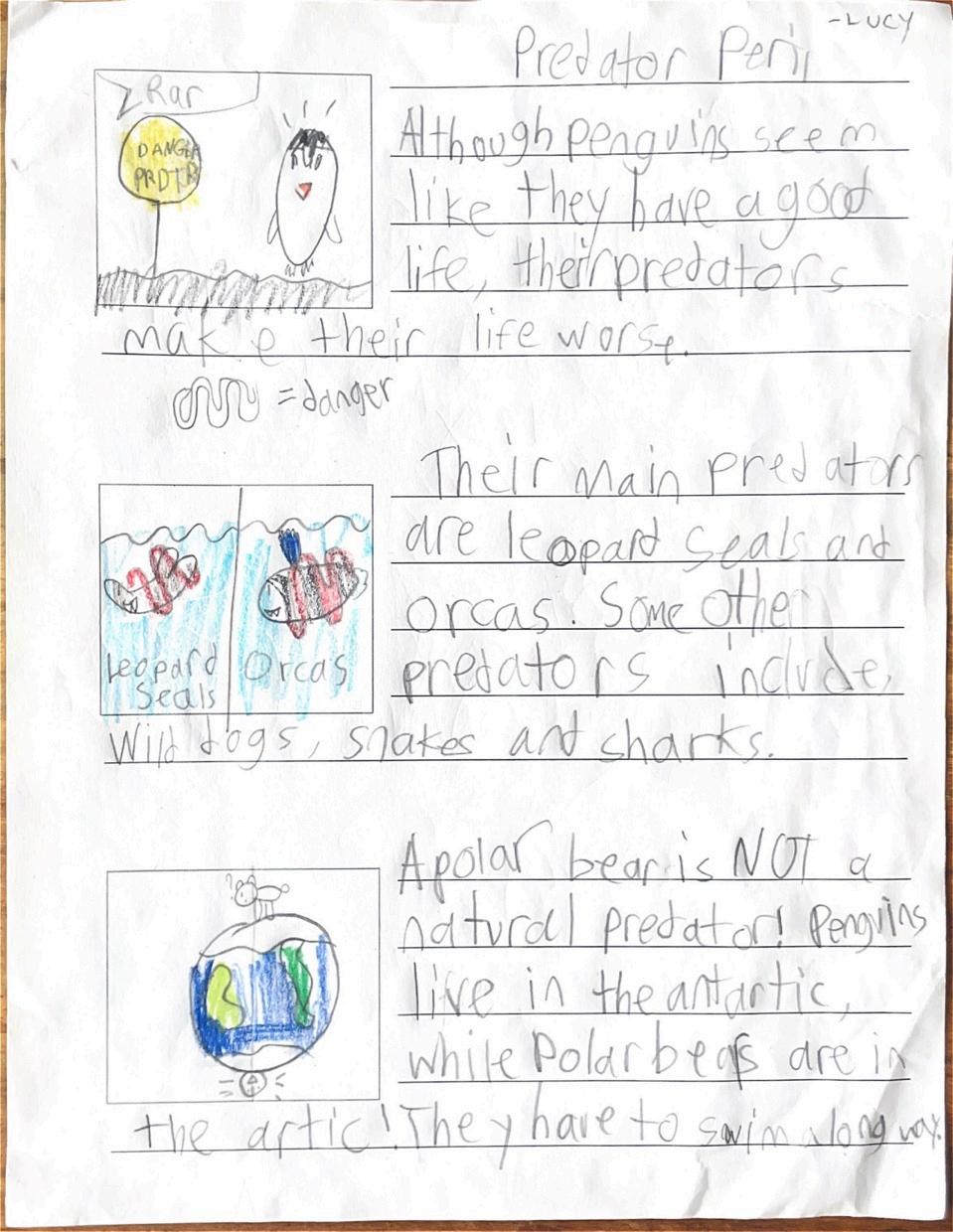
Animal Anthology
Predators have many ways to kill penguins. A basic one is the thrash, used by leopard seals. This involves grabbing penguins and thrashing them in the water.
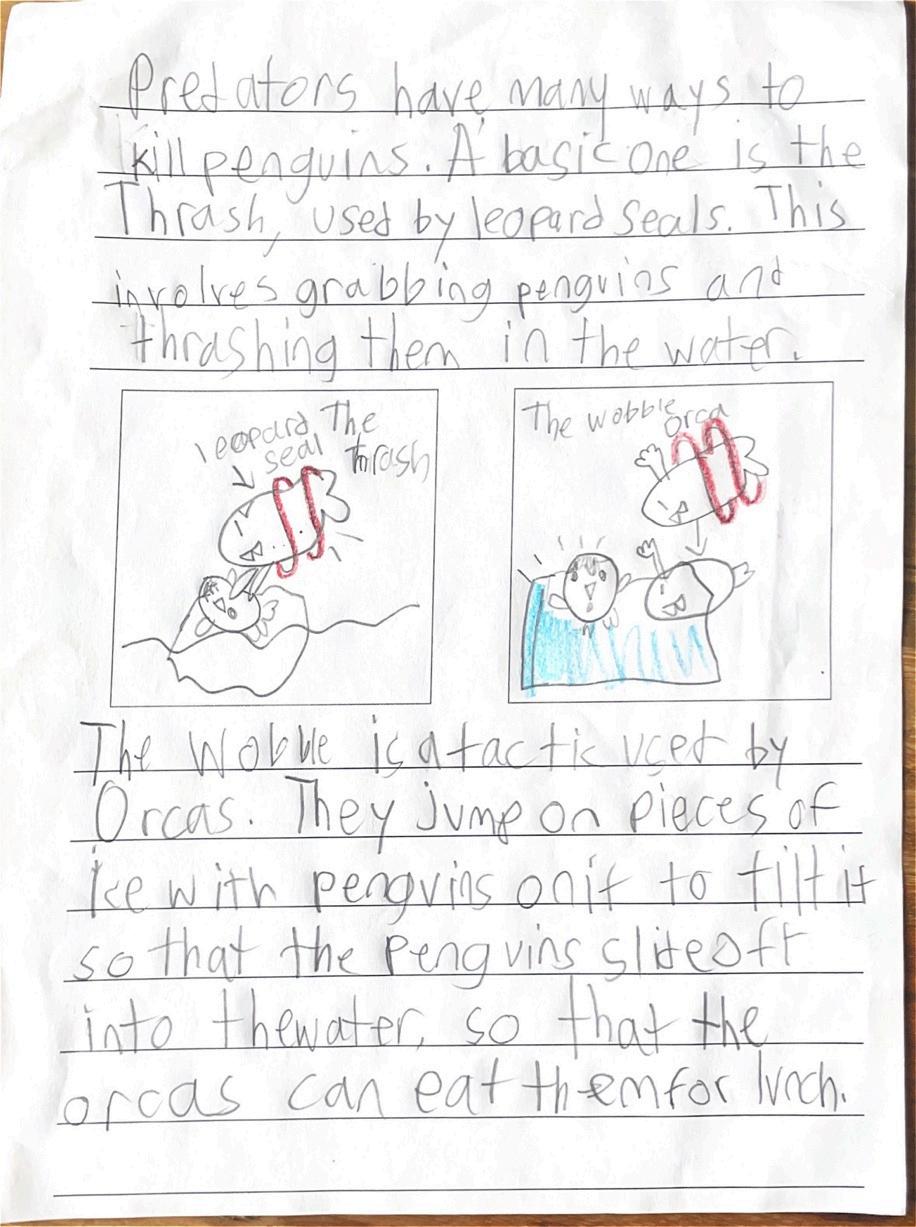
The wobble is a tactic used by Orcas. They jump on pieces of ice with penguins on it to tilt it so that the Penguins slide off into the water, so that the orcas can eat them for lunch.
There are many dangers to penguins in the sea, and there are many more on land! This includes wild dogs, rats, and snakes. There are more penguin predators than you think and there are dangers to chicks too,* which we will talk about later. I hope this chapter helped you understand the penguin dangers.
The End
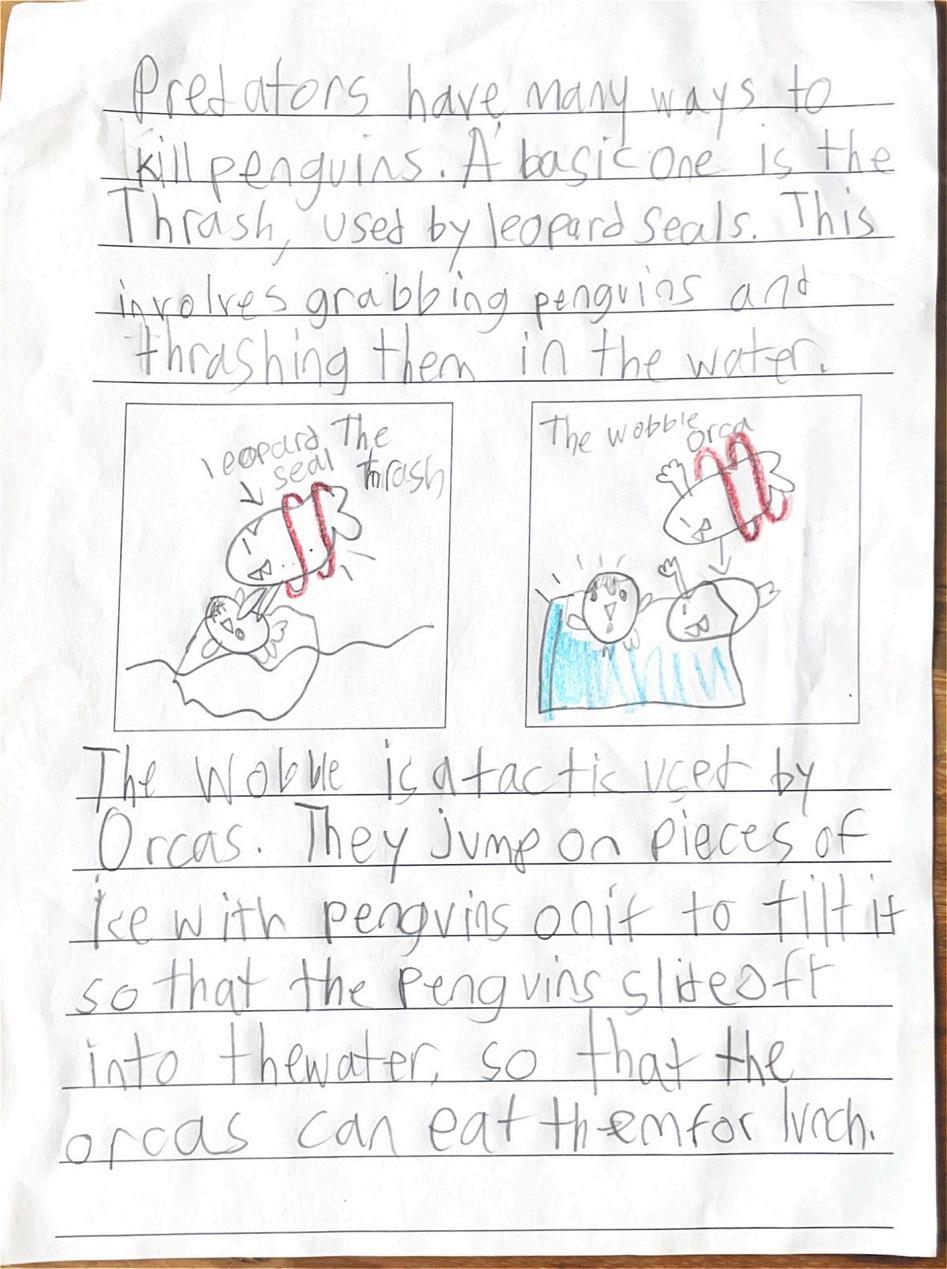
*see chapter Awakening to Danger
The Ultimate Guide to Penguins
Chapter Four: From the Iron Age to the Penguin Age!
B y J a d e y n M u r p h y a n d E l e a n o r R o t h m a n
Penguins evolved over time from emperor penguins to gentoo penguins to macaroni penguins and today we will be learning all about the evolution of penguins. The first penguin species scientists have found are giant penguins.
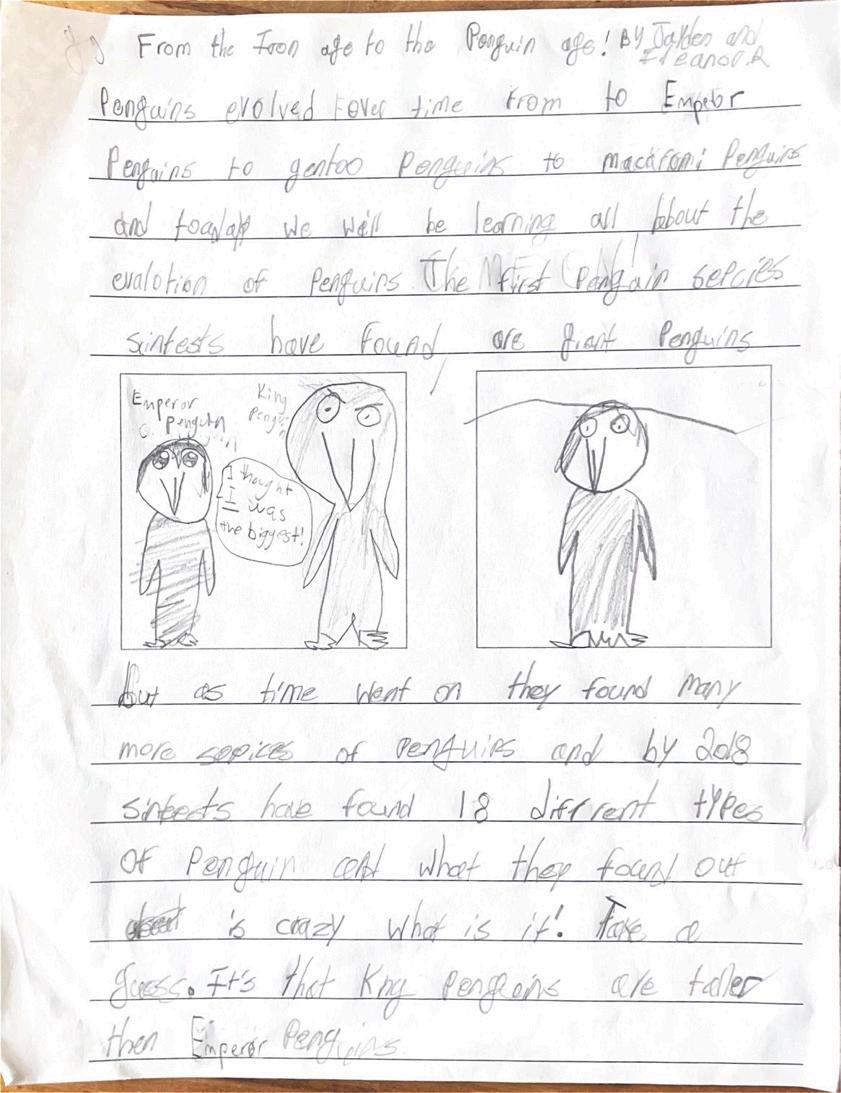
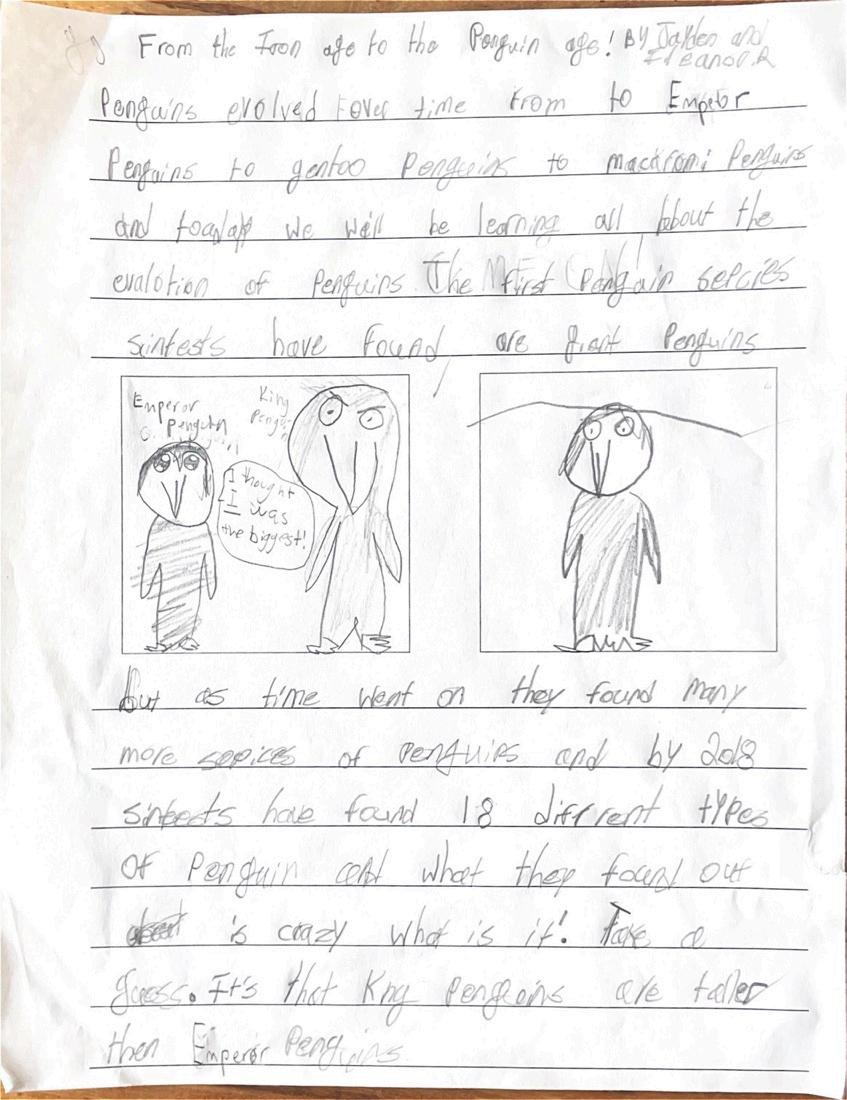
But as time went on they found many more species of penguins and by 2018 scientists have found 18 different types of penguins. And what they found out is crazy. What is it?! Take a guess. It's
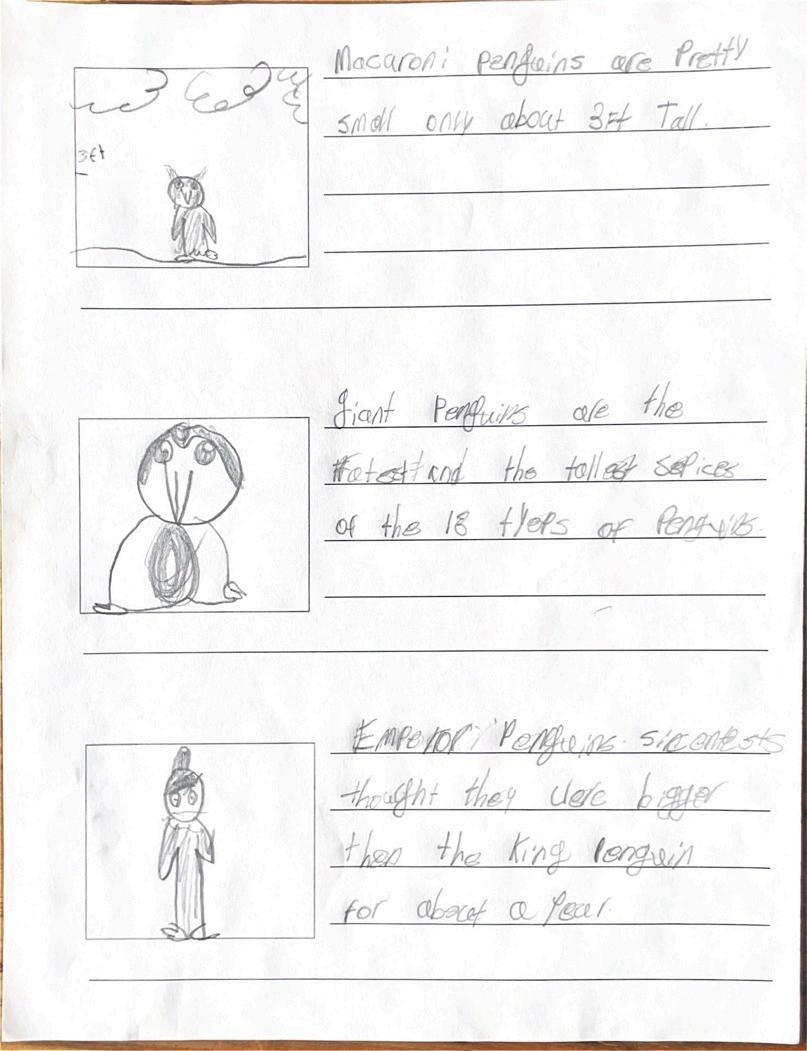
Animal Anthology
Giant penguins are the fattest and the tallest species of the 18 types of penguins.
Emperor penguins scientists thought they were bigger than the king penguin for about a year.
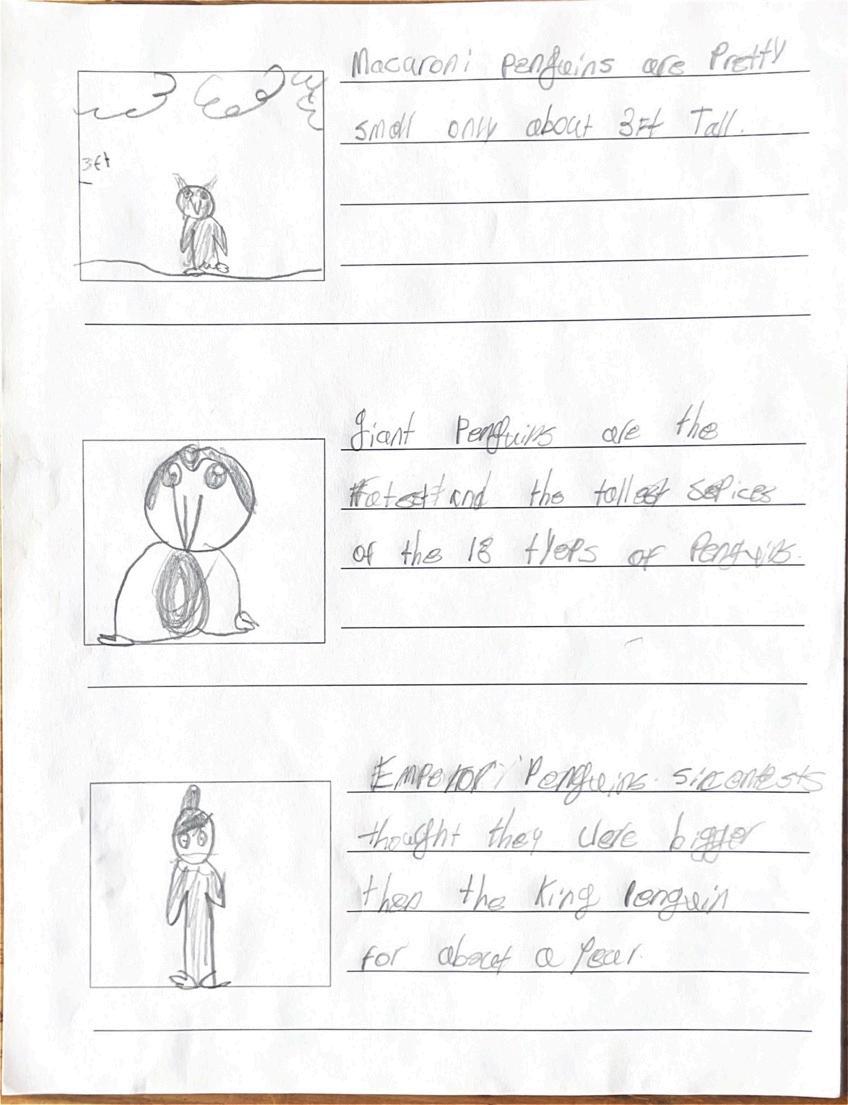
The first penguin species scientists have found are giant penguins.
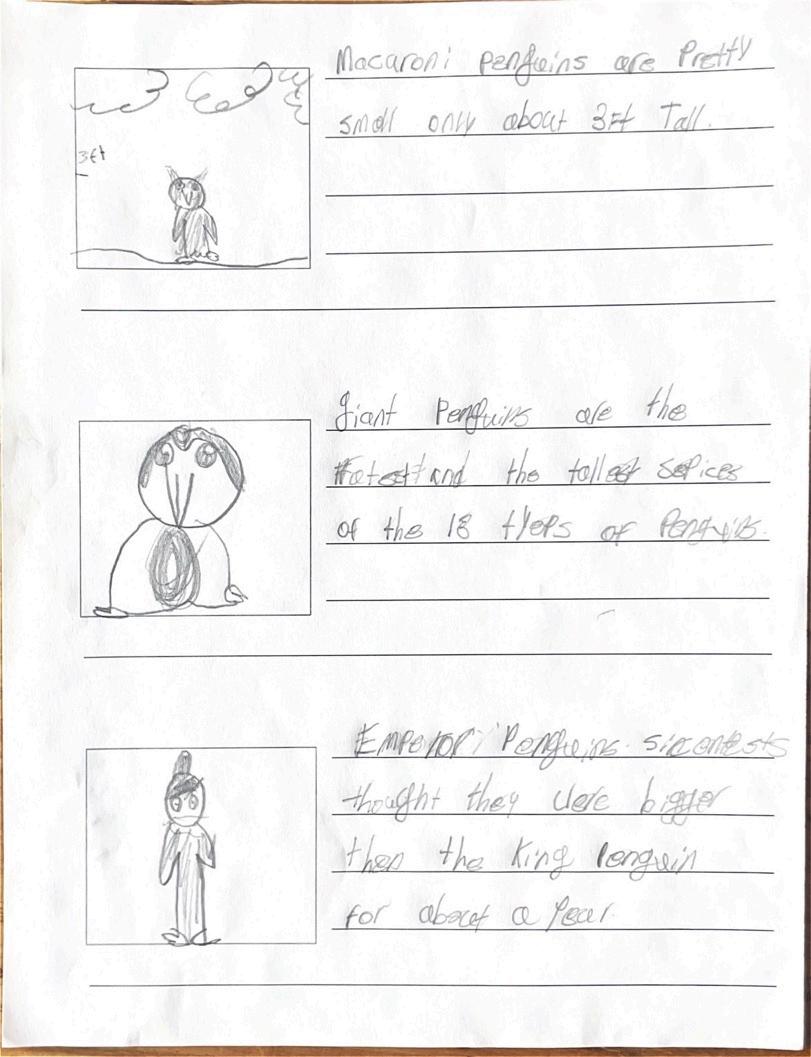
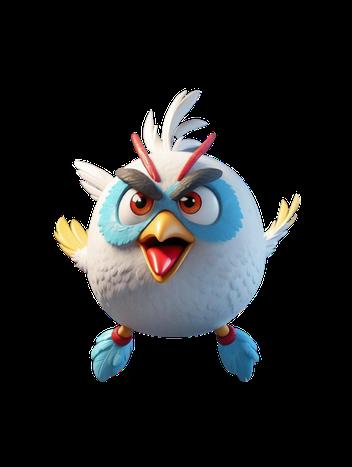
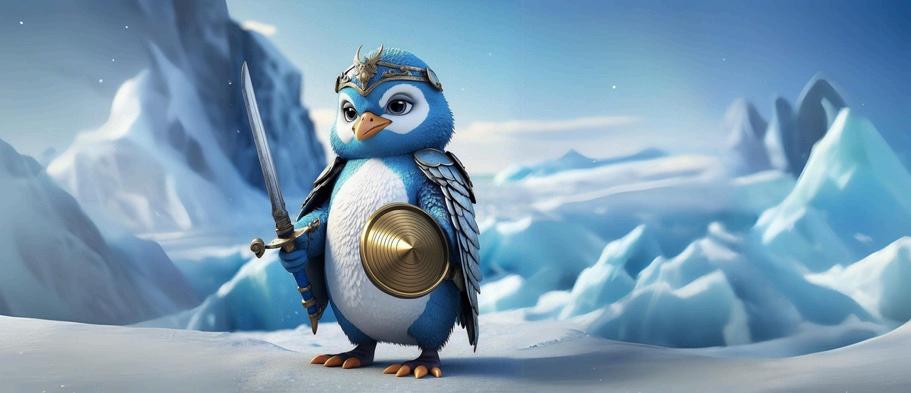
Macaroni penguins are pretty small, only about 3ft tall.
The Ultimate Guide to Penguins
Chapter Five: Awakening to Danger
Have you ever seen a video of an animal eating another animal and have thought all about it all day?
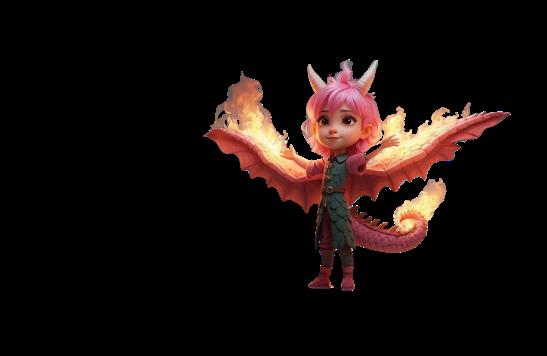
Well, if you ' re brave then you should totally read this chapter. There are predators to full grown penguins but more predators for chicks.
I couldn’t name them all, but here the main ones skua, snakes, wild dogs, and rats. Skuas can easily eat baby penguins and they do this, how, you are wondering? Well, one skua distracts the full grown penguin, while the other snatches the eggs and/or chicks and eats them!
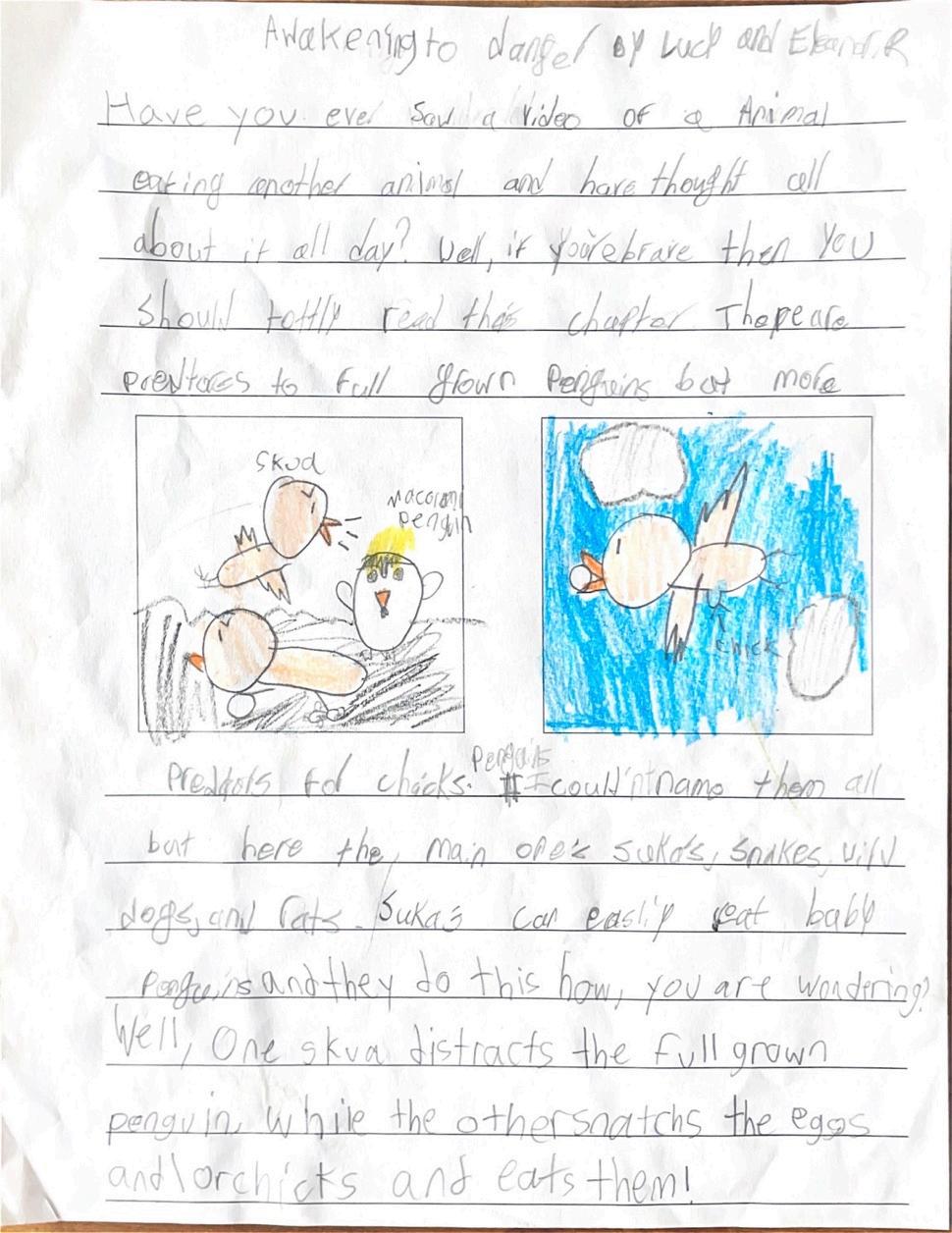
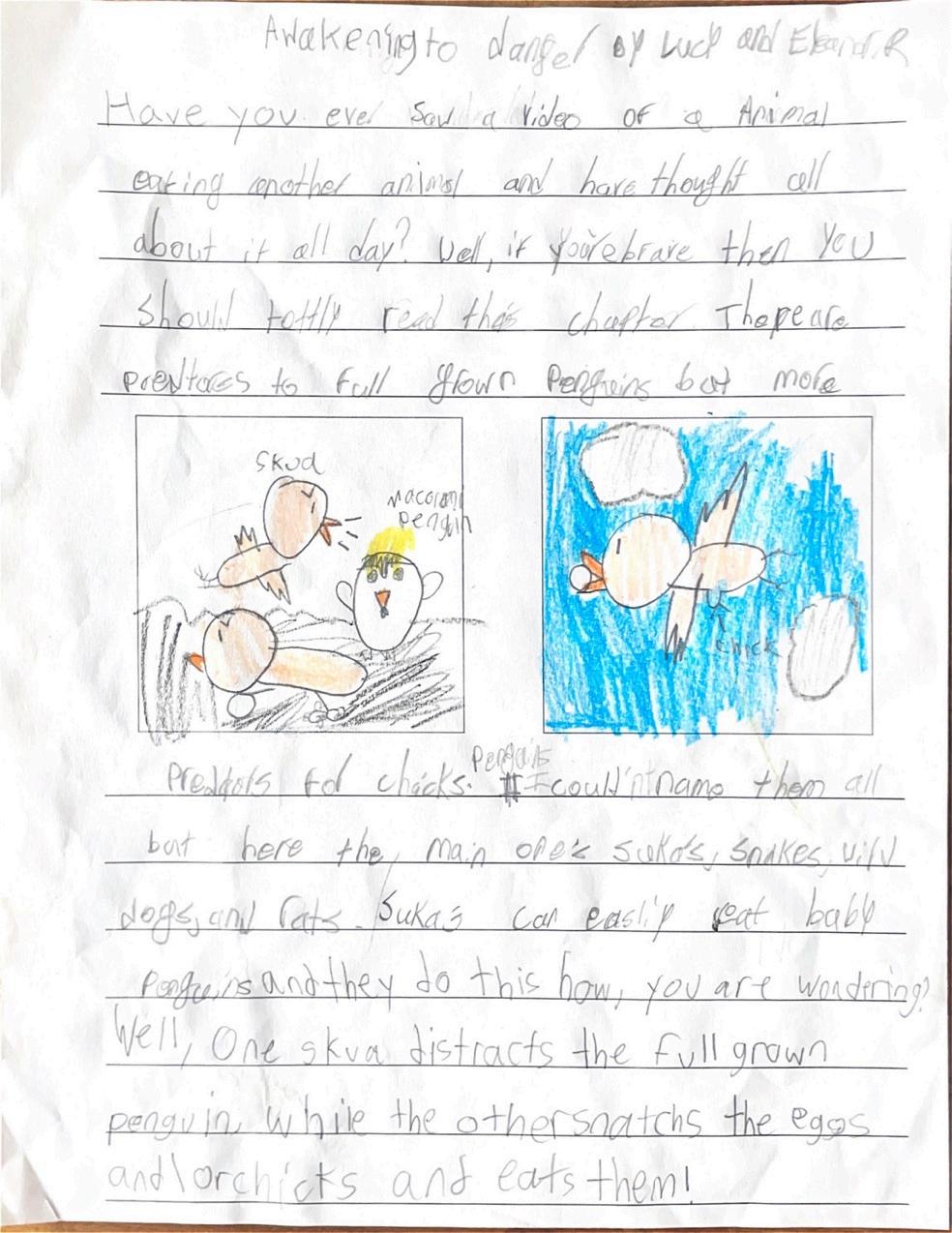
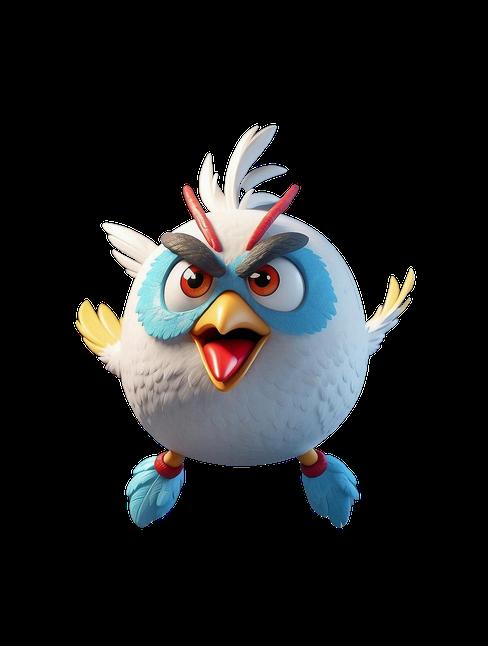
I hope you have learned something from this chapter about predators to baby penguins!
end :)
The Ultimate Guide to Penguins
Chapter Six: Terrific Types!
B y A s h e r G l a s s
When you think of penguins, which type do you think of? Well, there's a lot. 18 types!
The most famous would totally be the emperor, but the king is good, too! The king penguin can reach 4ft tall, but the emperor is 3ft. Both types also have orange around their necks.
There are some penguins that most people don't know, like the yellow-eyed. It is the rarest type and only lives in New Zealand. Also, the jackass penguin most people don't know. It was discovered very recently!
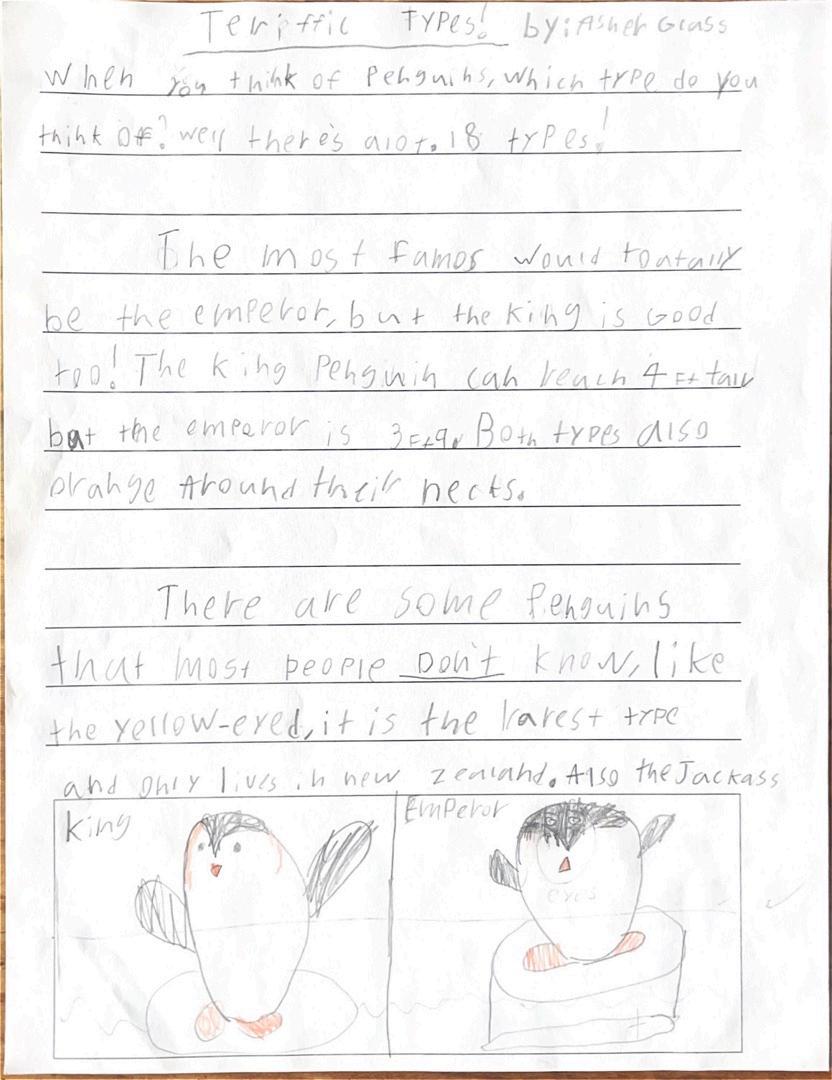
Some penguins are special in their eyes! One is the rockhopper. It has red eyes! There are 3 types of rockhopper: northern, southern, and eastern.
Animal
Anthology
In conclusion, this all shows that penguins are pretty successful animals. For a last fact, did you know that a long time ago, there was a penguin 6ft tall?!!
If you want to know about how penguins get away from predators, then read the next chapter!
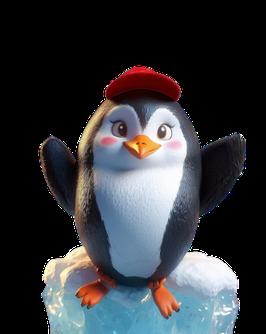
I hope that you ' ve learned a lot about penguins and their evolution! We've learned all about that, and a bit more! We've learned about king penguins, macaroni, emperor and giant are important to penguin history and culture!
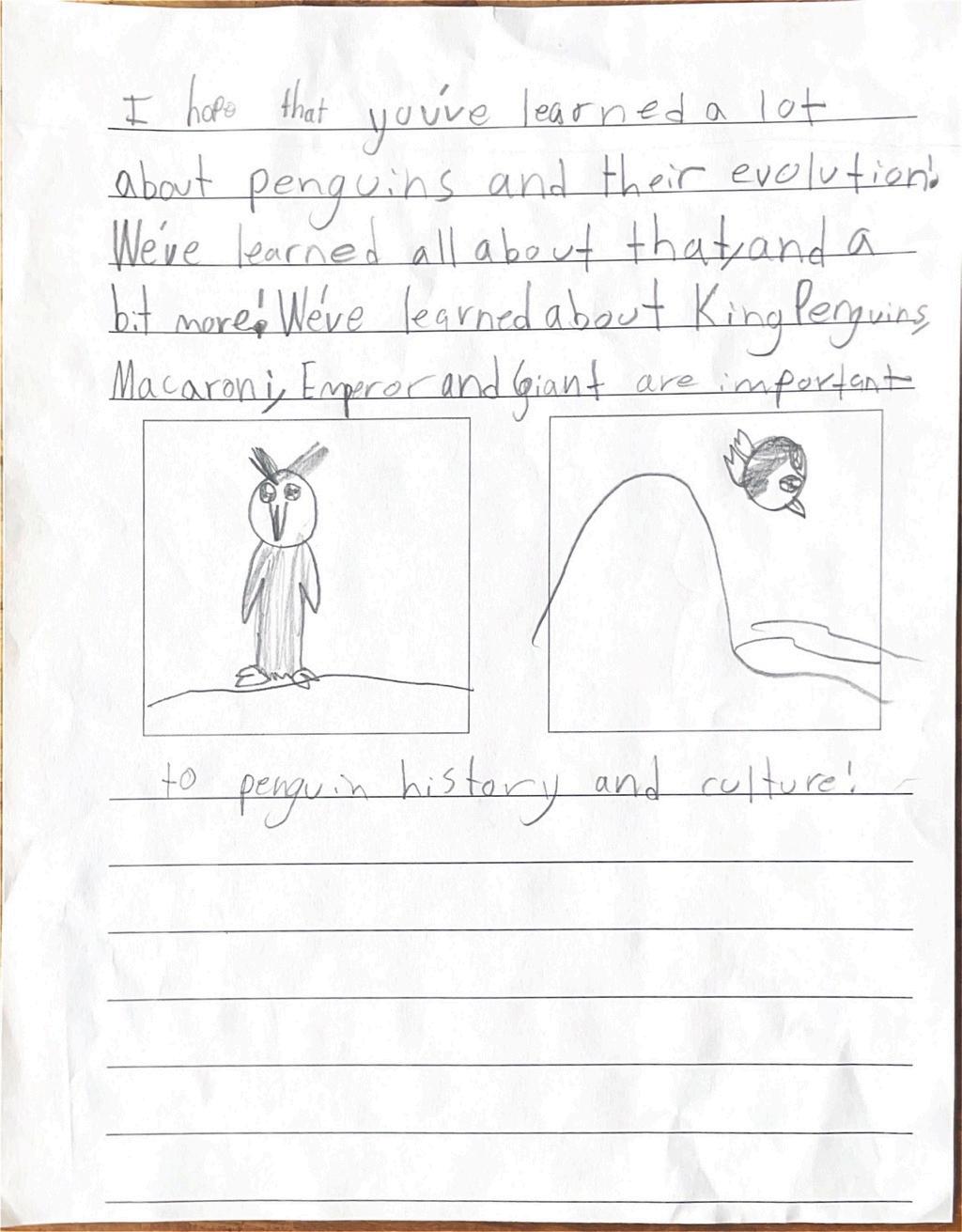
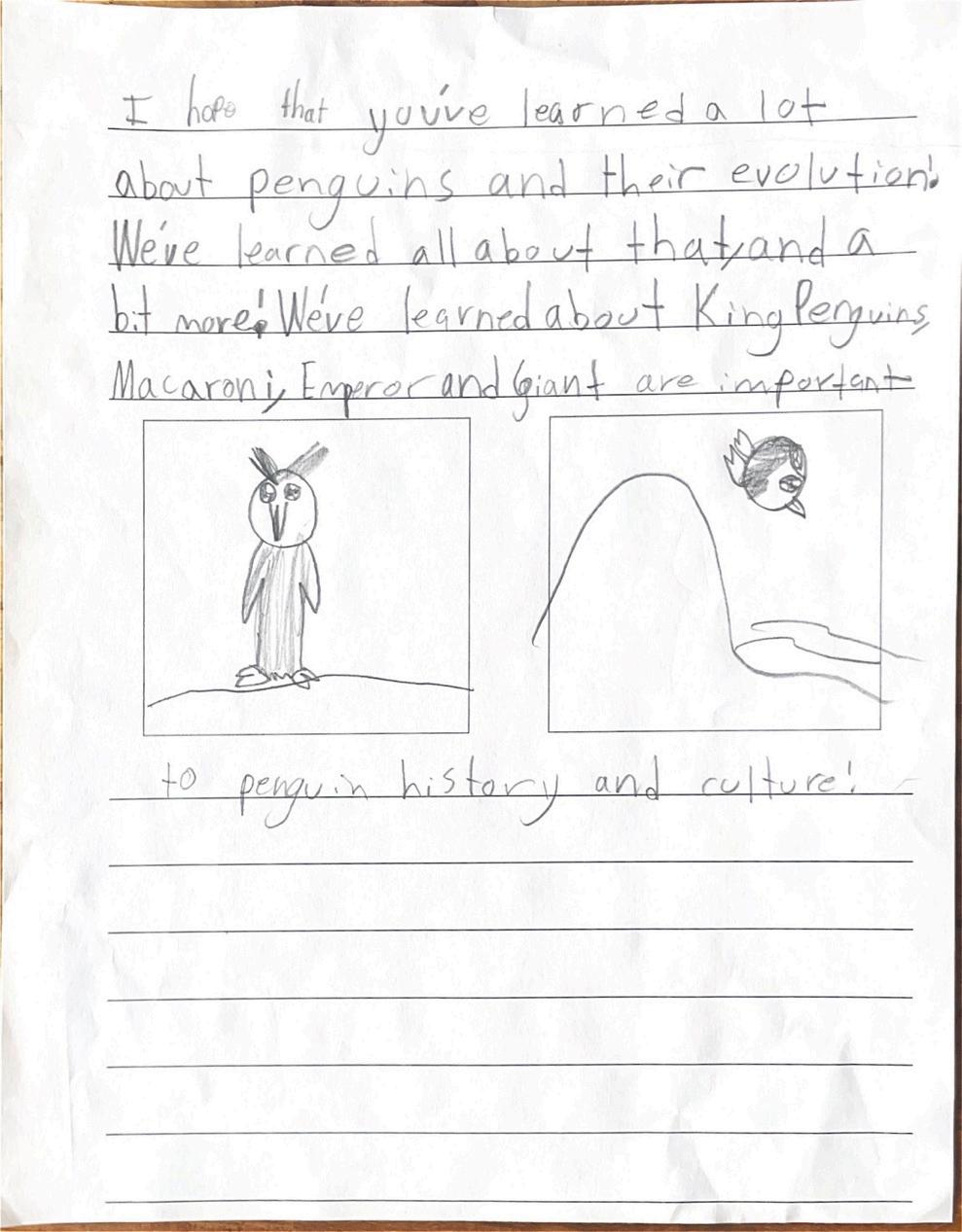

The Ultimate Guide to Penguins
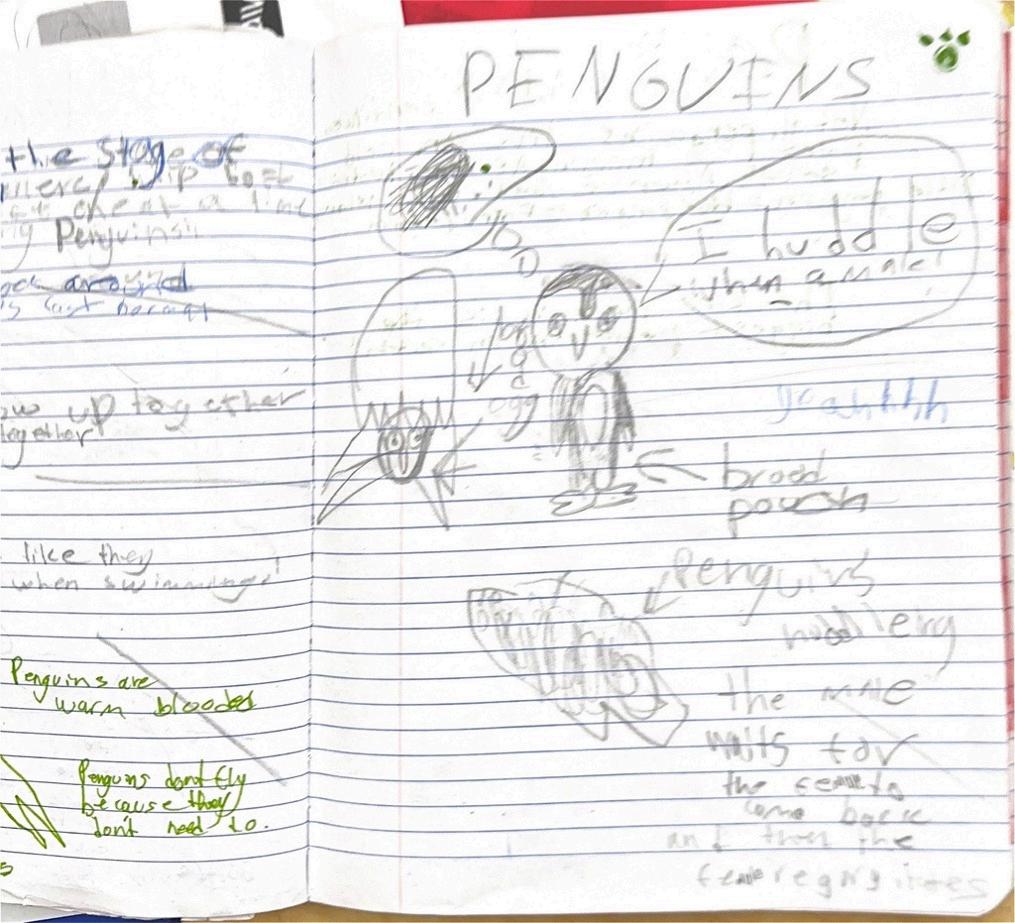
O r i g i n a l r e s e a r c h n o t e s b y J a d e y n M u r p h y
Animal Anthology
O r i g i n a l r e s e a r c h n o t e s b y T y l e r M i h a i l o v i c h
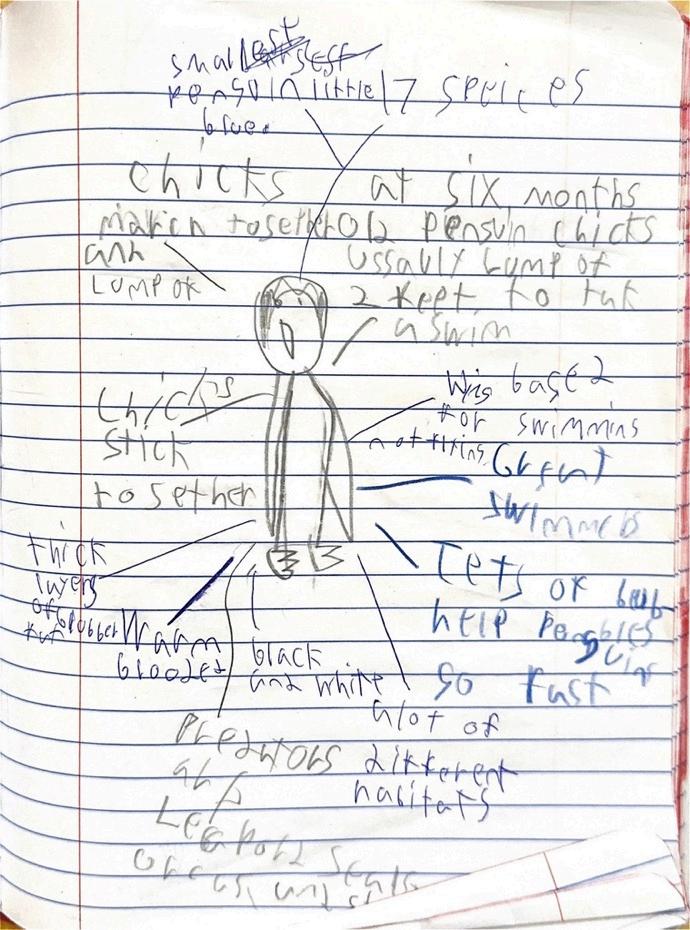
The Ultimate Guide to Penguins
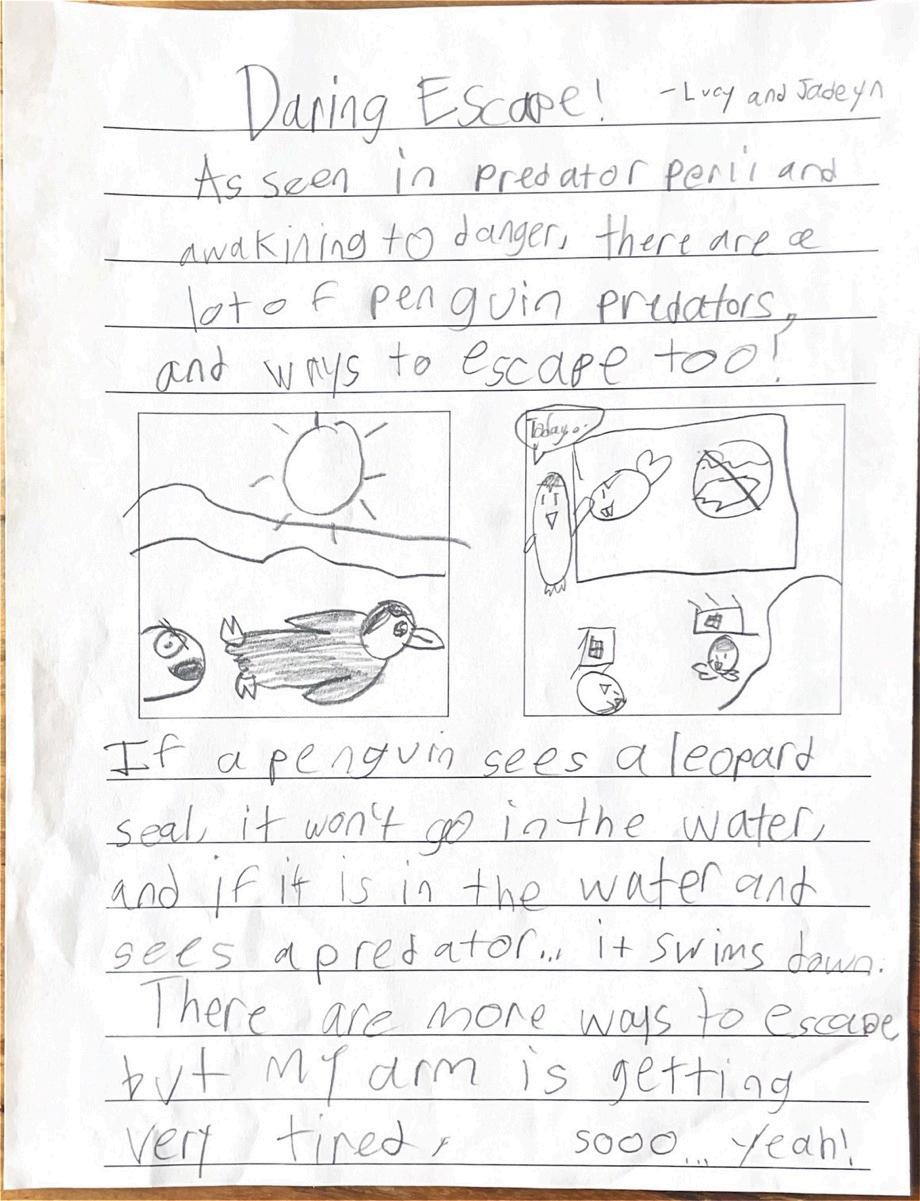

Chapter Seven: Daring Escape!
B y L u c y S . a n d J a d e y n M u r p
As seen in Predator Peril and Awakening to Danger, there are a lot of penguin predators and ways to escape, too!
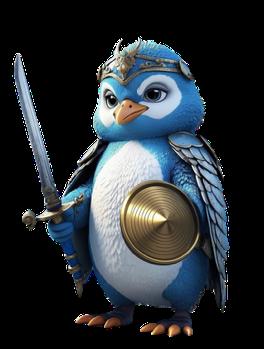
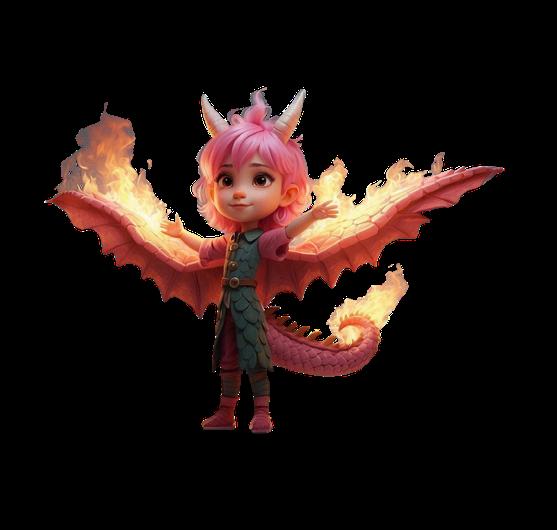
guin sees a leopard on't go in the water, is in the water and predator, it swims ere are more ways to ut my arm is getting sooo yeah!
Animal Anthology
Chapter Eight: Wings Of Water
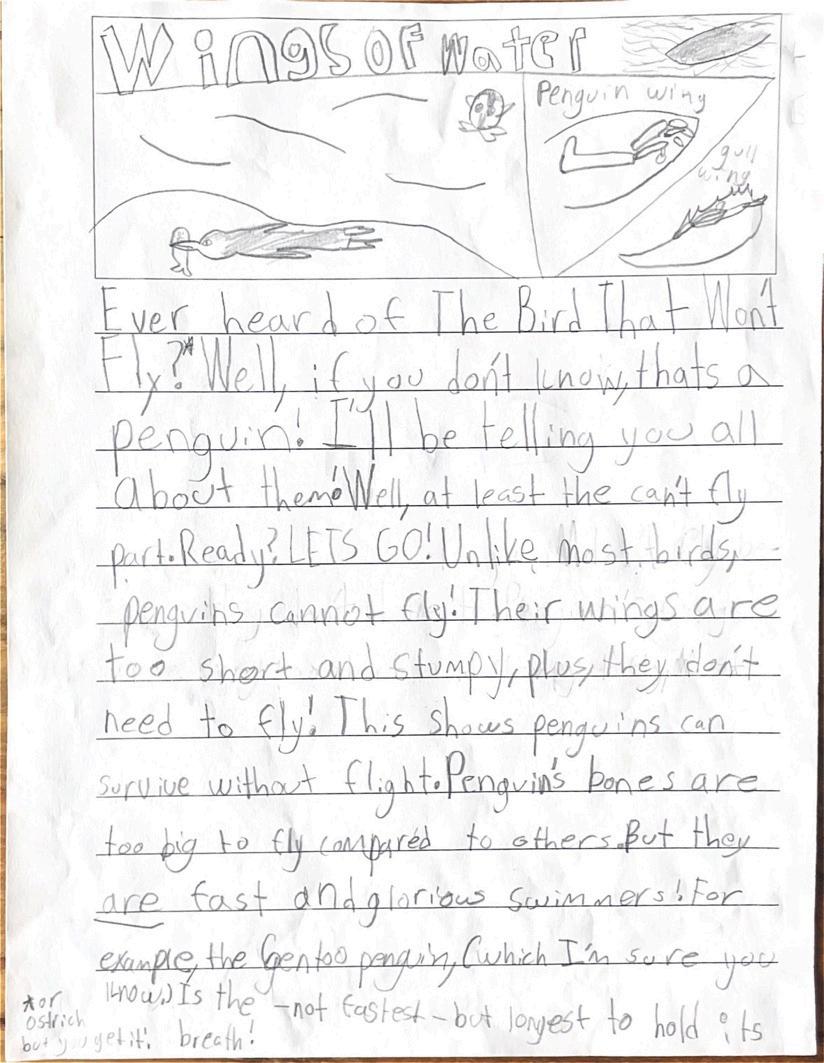
Ever heard of the bird that won't fly?* Well, if you don't know, that's a penguin! I'll be telling you all about them. Well, at least the-can't-fly part. Ready? LET’S GO! Unlike most birds, penguins cannot fly! Their wings are need to fly! This shows p Penguin's bones are too big are fast and glorious swimm the gentoo penguin, (which is the - not fastest - but long its breath!
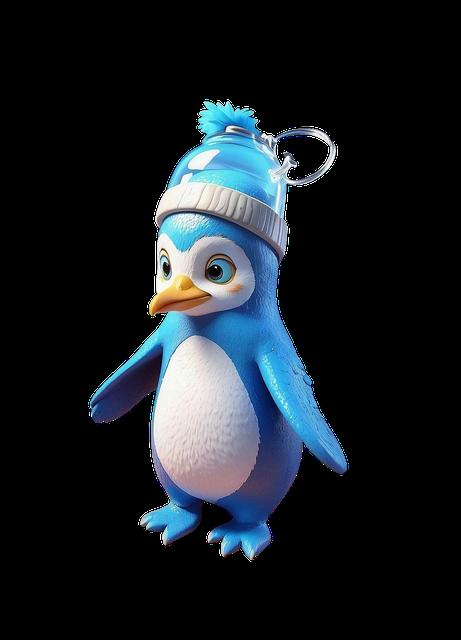
The Ultimate Guide to Penguins
Part Two: Pool Time
Gentoo penguins can hold their breath for 22 minutes! This is important because penguins have to hold their breath to go underwater for a bit to search for food.
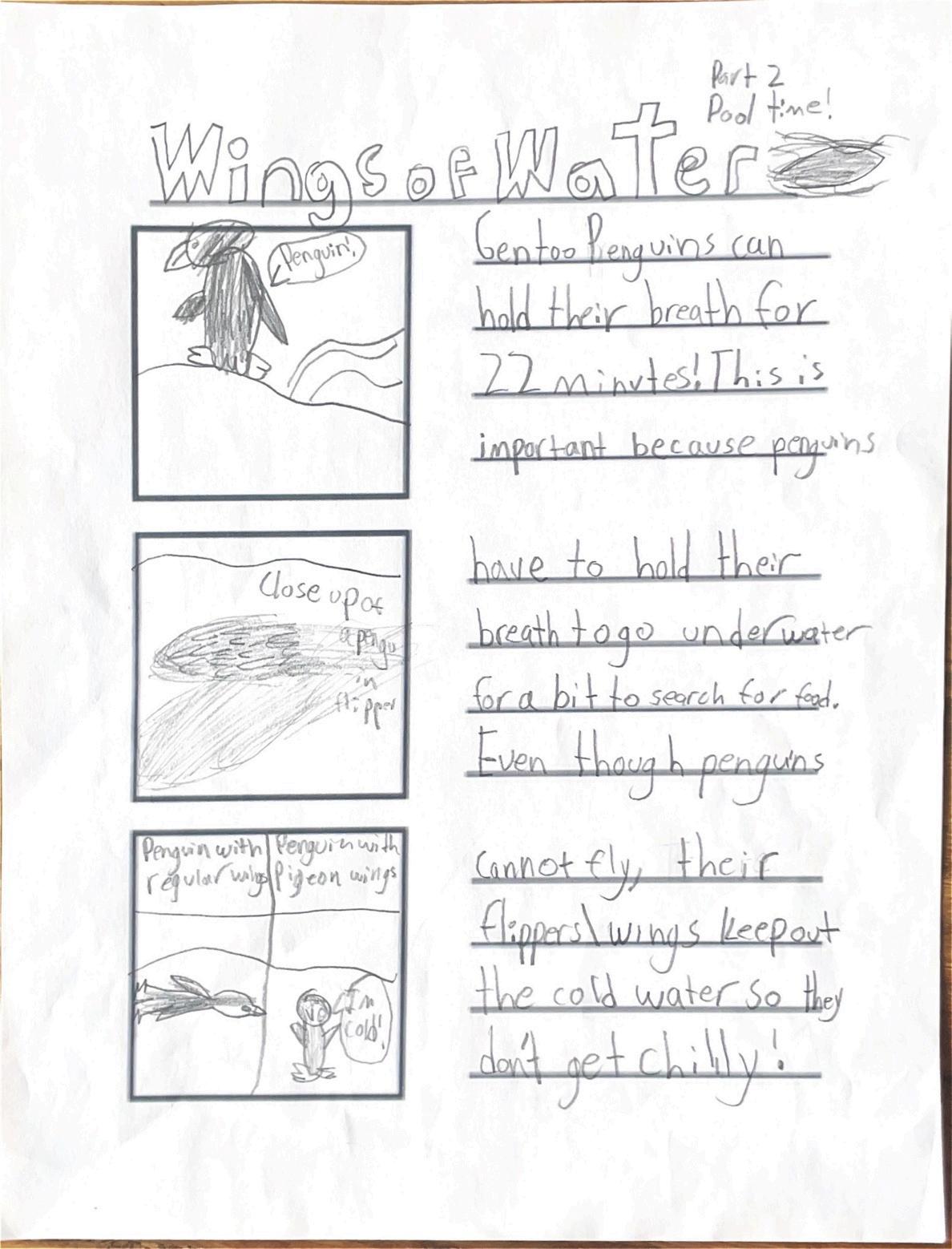
en though penguins cannot fly, their flippers/wings eep out the cold water so they don't get chilly!
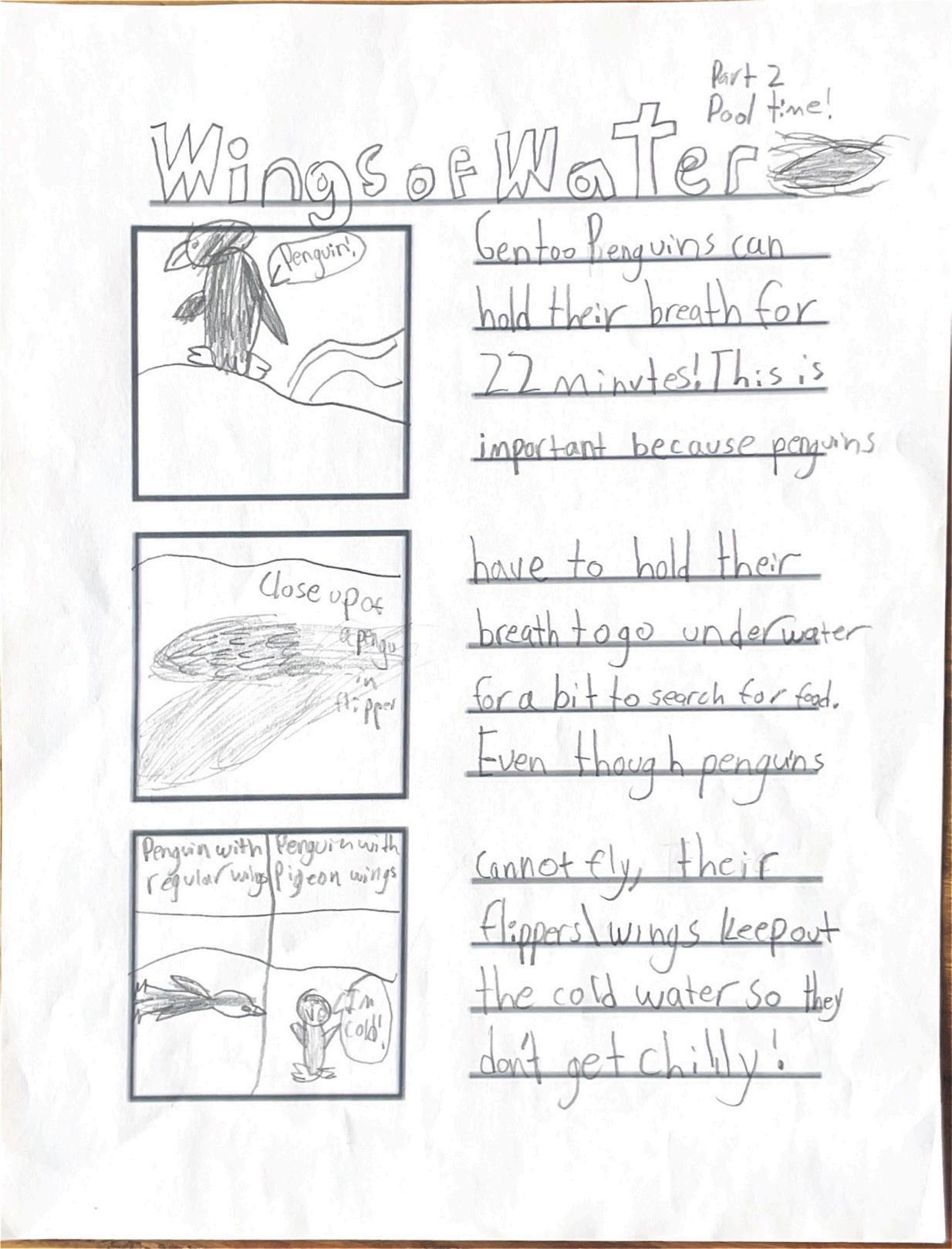
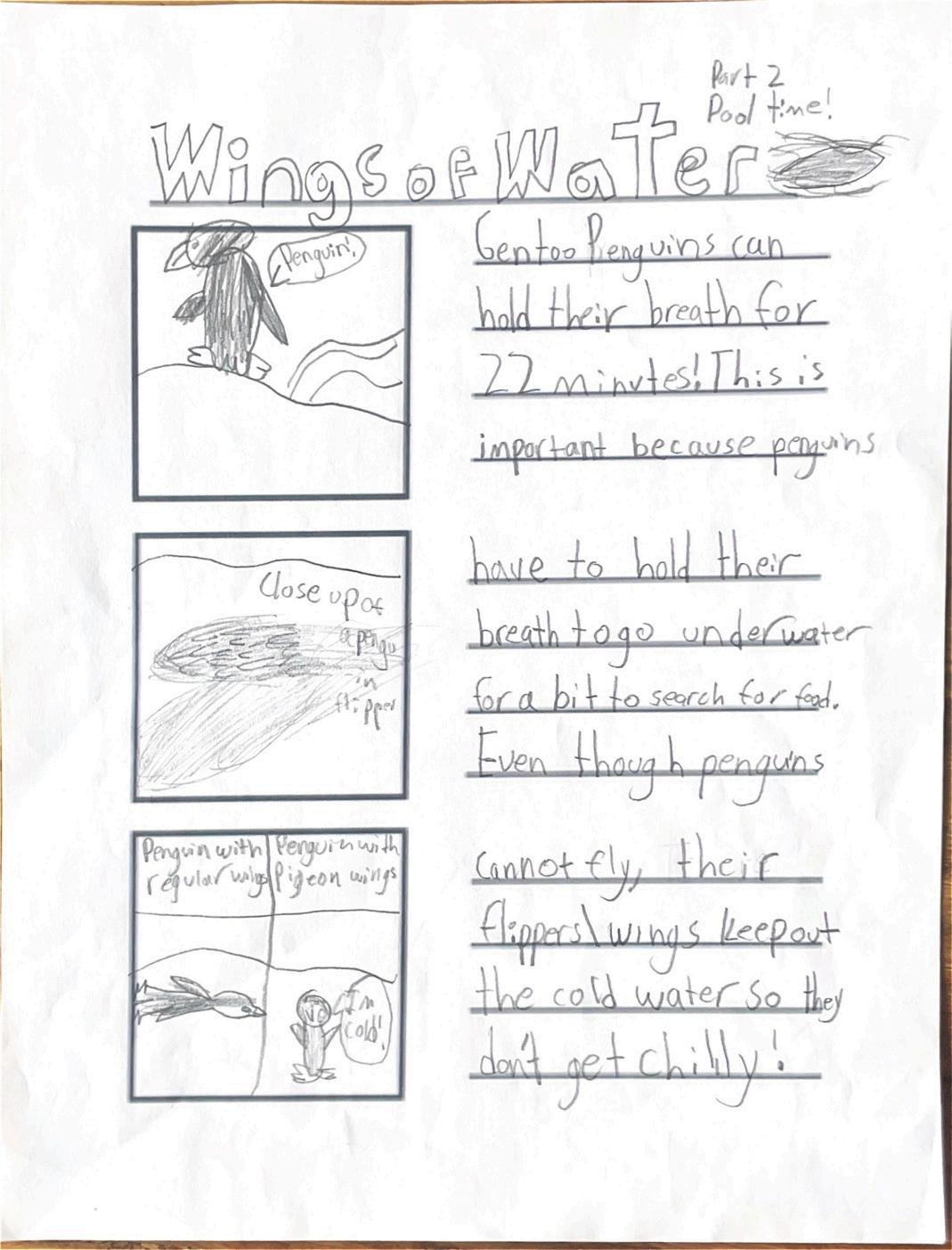
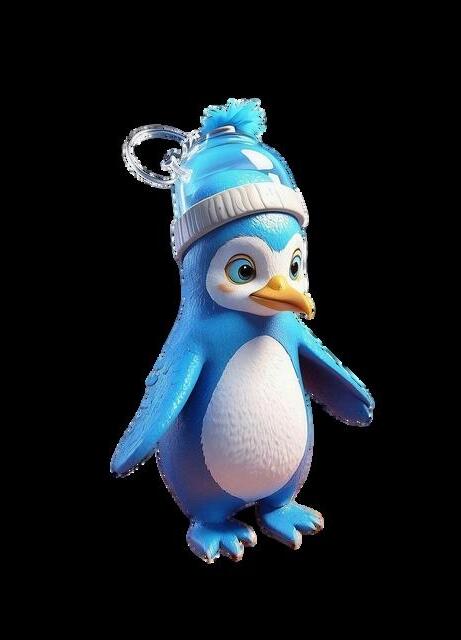
Animal Anthology
Part Three: Dig a Little Deeper!
So you know already that penguins can't fly, but let's dig a little deeper! I mean, possibly penguins not flying could also be because of their body fat and…PLUMPNESS! Probably if they tried they’d just fall. This may make you think, "Is there anything else to learn?" Well, if you ’ re thinking that, there is never too much to learn about penguins! In fact, scientists believe penguins can't fly because in the past, they didn't have anything to fly away from because they likely had no predators or very little in the old days, which means they never evolved to fly because they didn't need to. So instead they evolved to more aquatic habitats for evolution. But about 60 million years ago, they could fly but soon lost that ability.
I mean, possibly penguins not flying could also be because of their body fat and…PLUMPNESS!
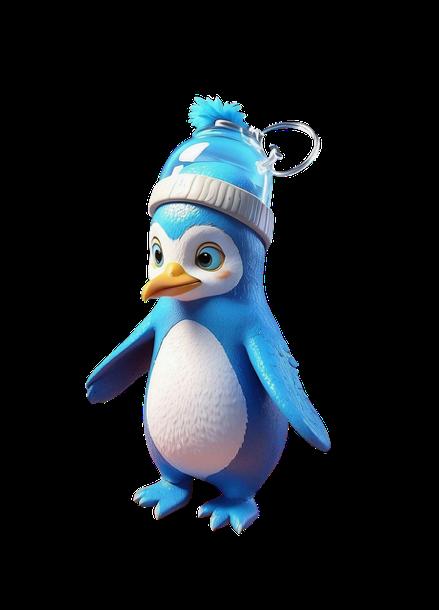
In conclusion, penguins cannot fly because they don't need to, and they seem pretty happy without the ability to fly! Penguins are special to the Antarctic and other places they live. They have evolved to match these amazing (usually by water) habitats, and homes. They may be heavy, but they sure are cute! I really hope you learned a lot in this amazing chapter. ‘Till next time!
The Ultimate Guide to Penguins
Chapter Nine: Water Pollutions & Climate Change
B y A s h e r G l a s s
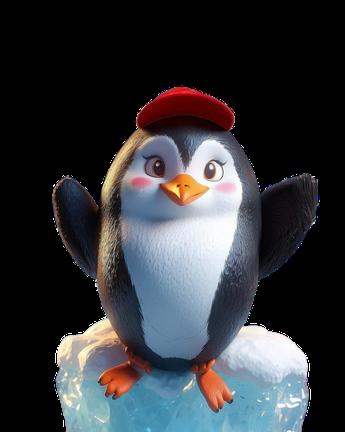
orld disappear: ice caps melting, oil op this.
Quick, before the penguins are gone!
One way we can save Antarctica is by burning less fossil fuels. Quick, before the penguins are gone! Make sure you keep the penguins alive.
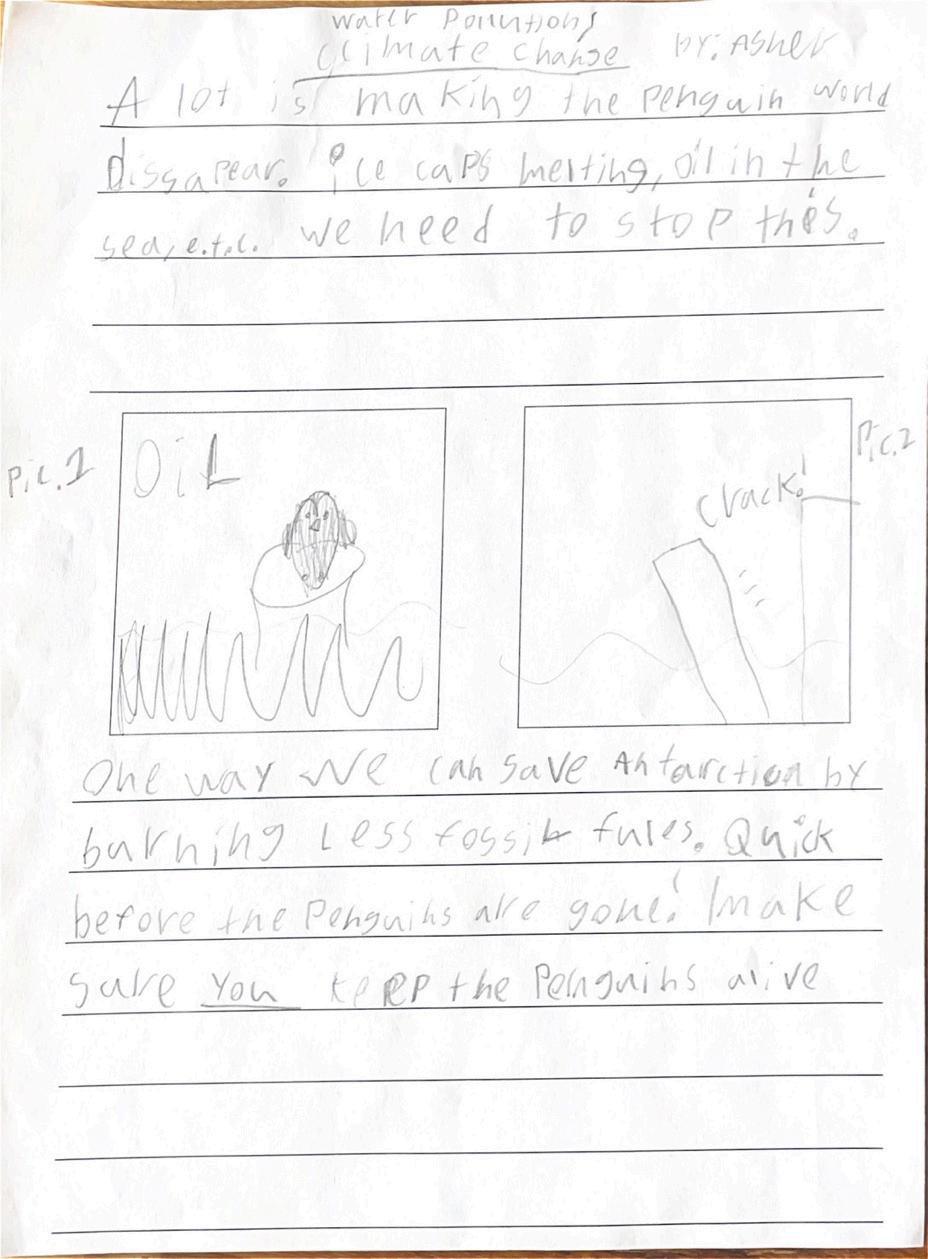
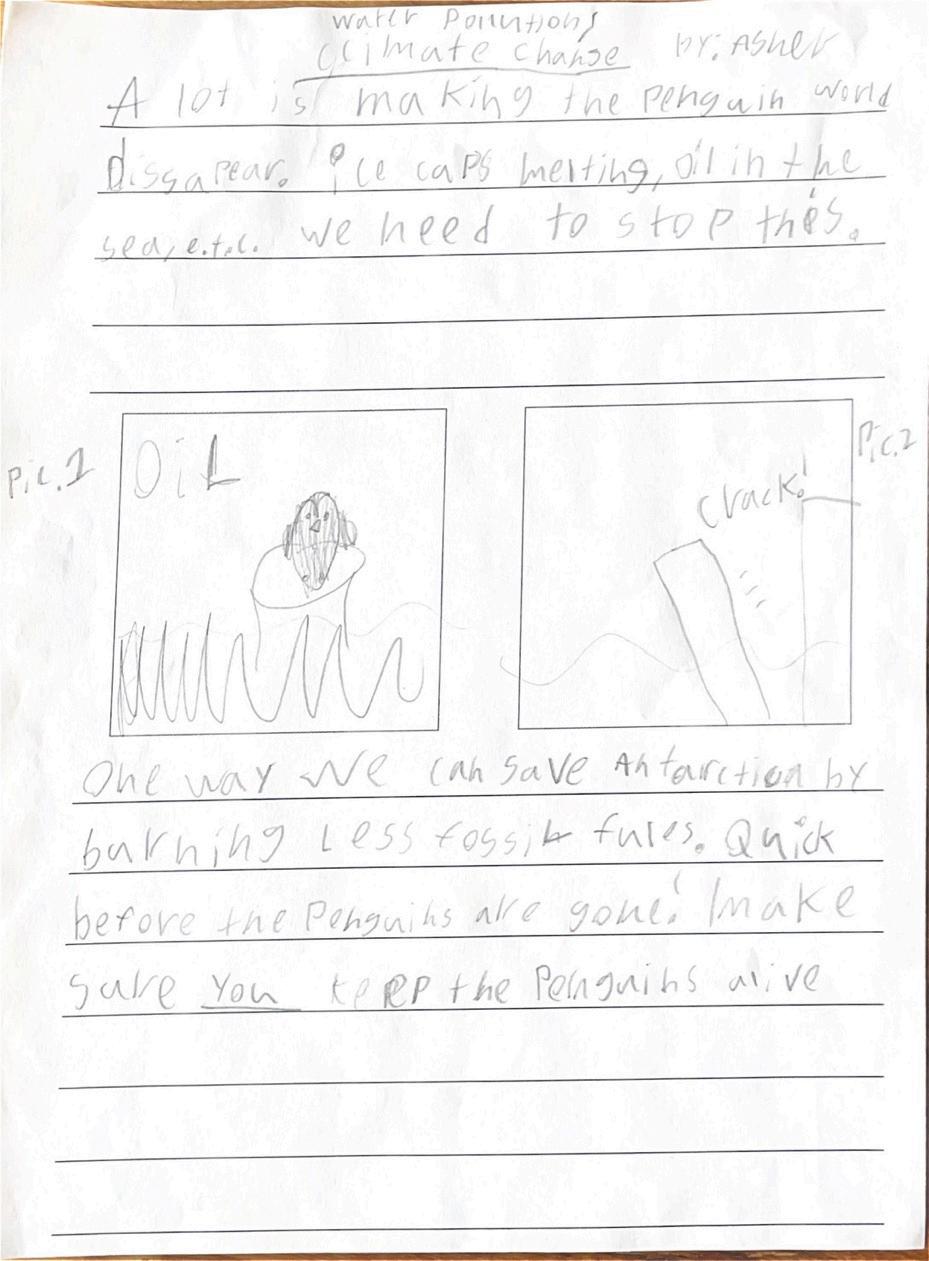
Animal Anthology
Conclusion
B y J a d e y n M u r p h y
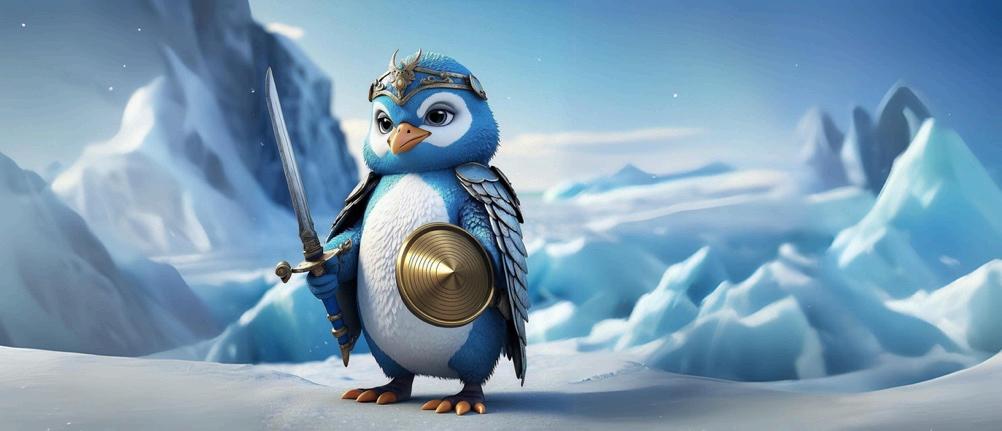
In summary, penguins are awesome! And if you identify something awesome about them, YOU SHOULD SHARE IT WITH THE WORLD!
You've learned all about penguins and why they can't fly, their life cycle, different types, predators, and penguin's babies! PLUS MORE! We hope you learned all about penguins!
The Ultimate Guide to Penguins
Glossary
B y A s h e r G l a s s
Rookeries (Ruk-er-ees) - Rookeries are places where eggs are kept.
Regurgitate (Ree-gur-ja-tate) - Penguins throw up food into their baby's mouth.
Countershading - Penguins have black on their back, and white on their belly.
Fledgling (fle-dge-ling) - Teenage penguin.
Brood (br-oo-d) - Where a hatchling is kept.
Hatchling - A newly hatched penguin.
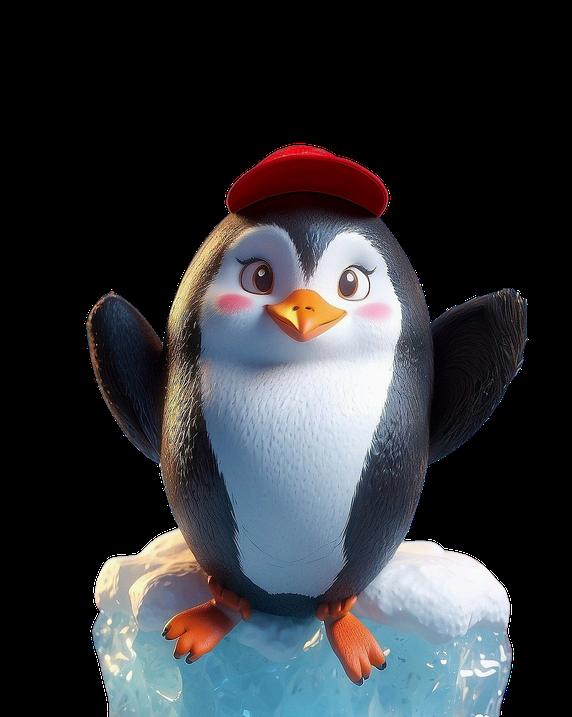
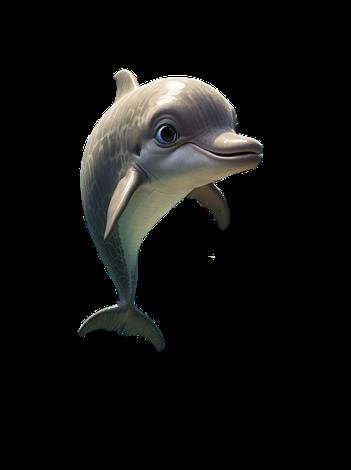
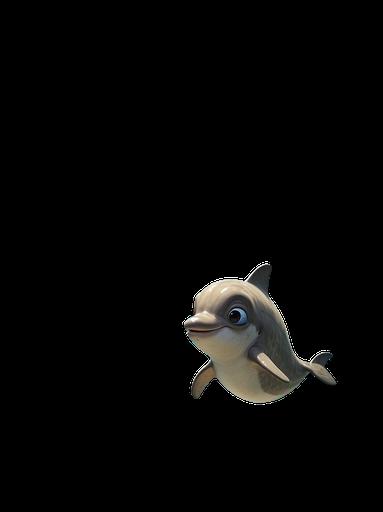

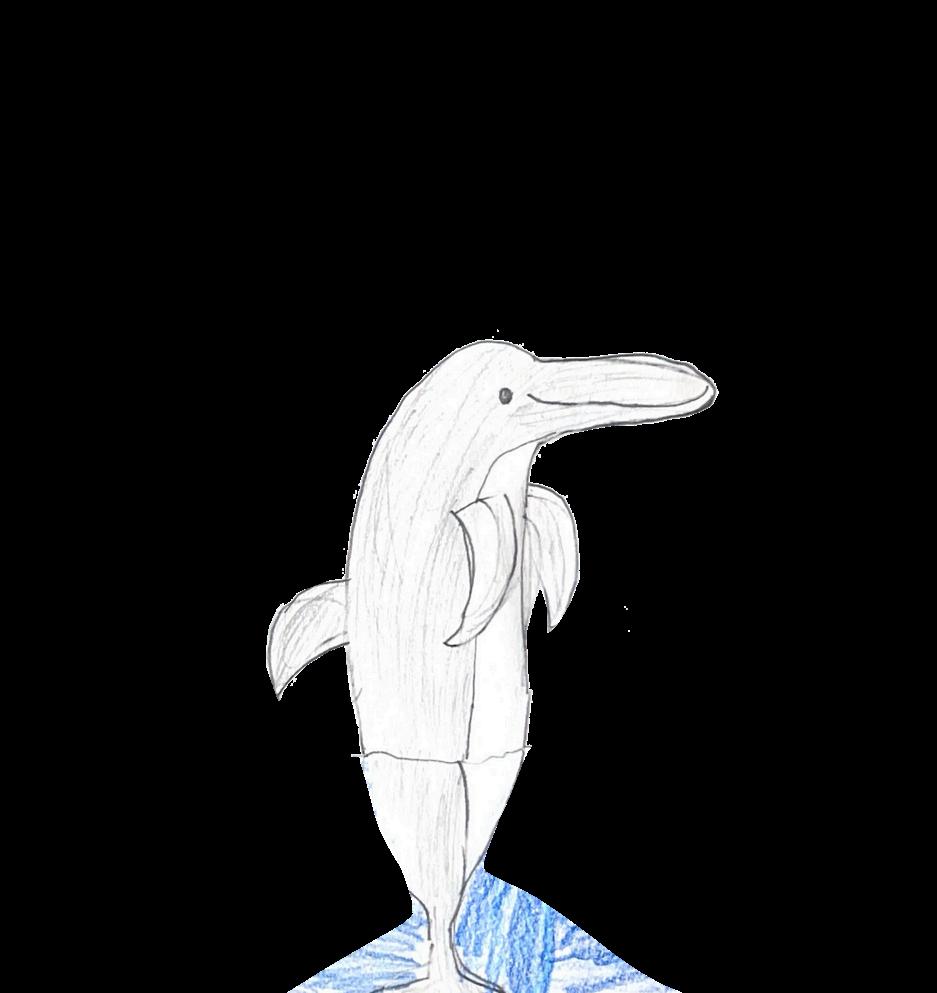
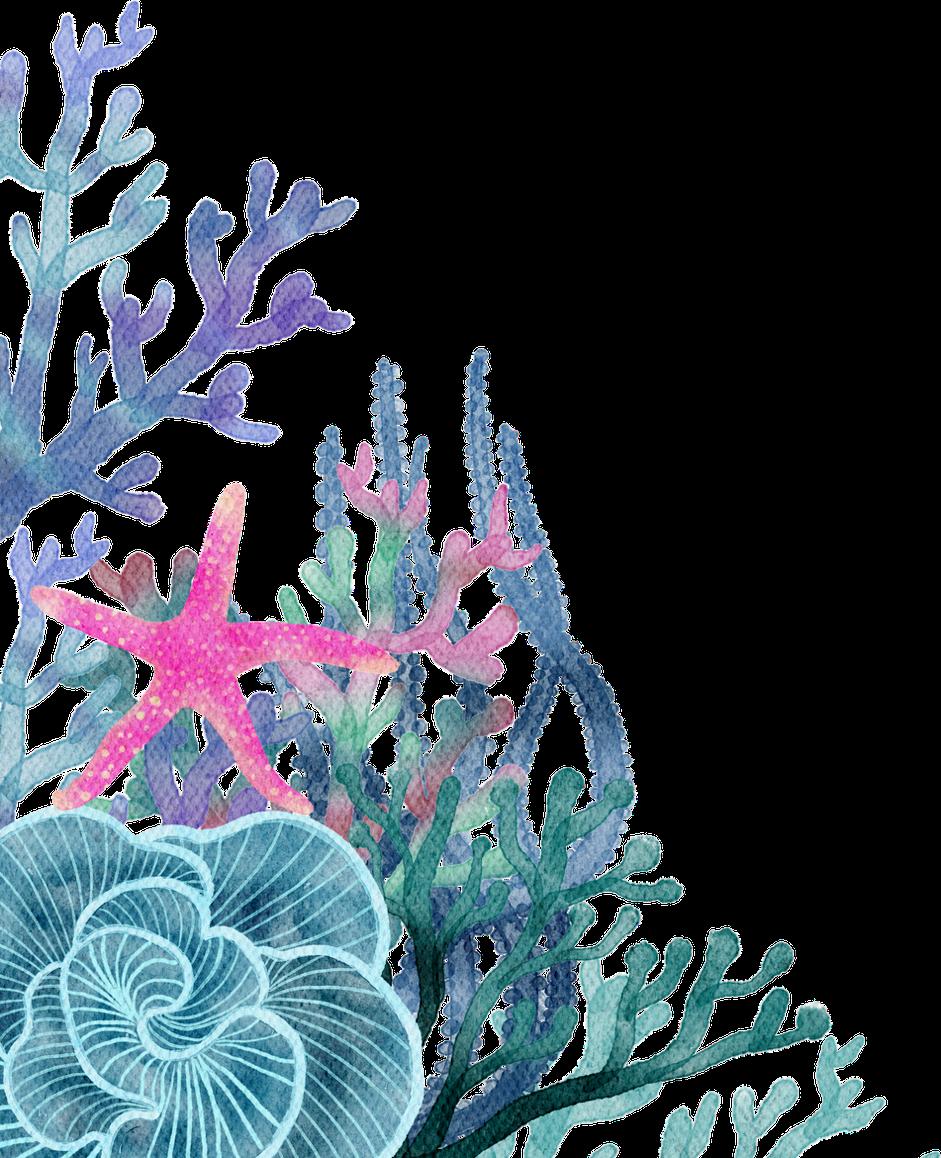
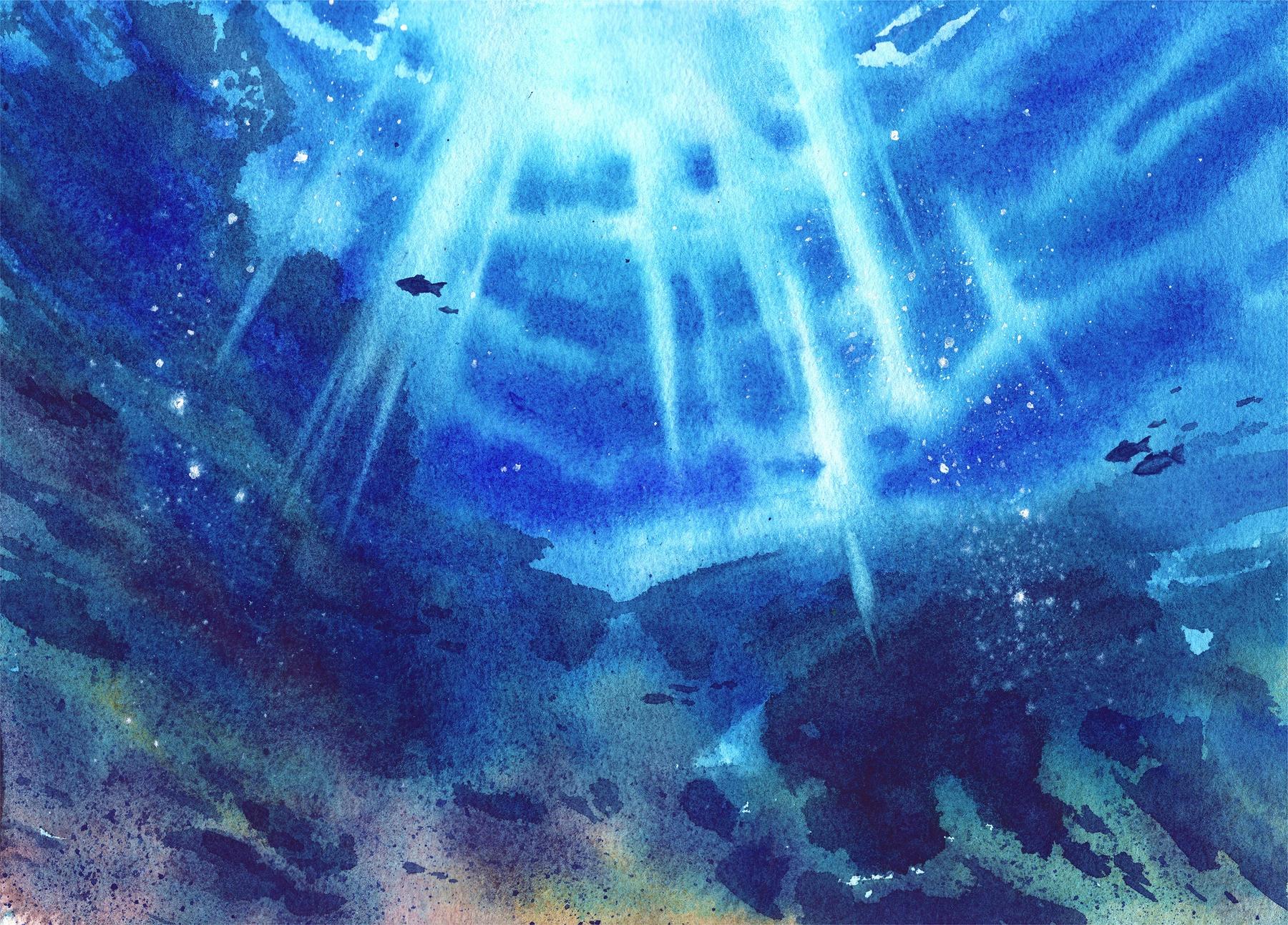
T H E T H E
D A Z Z L I N G D A Z Z L I N G
& & D Y N A M I C D Y N A M I C
D O L P H I N S D O L P H I N S

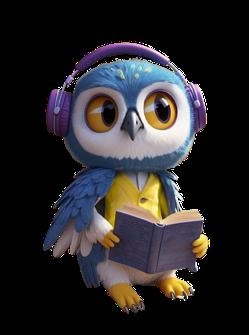

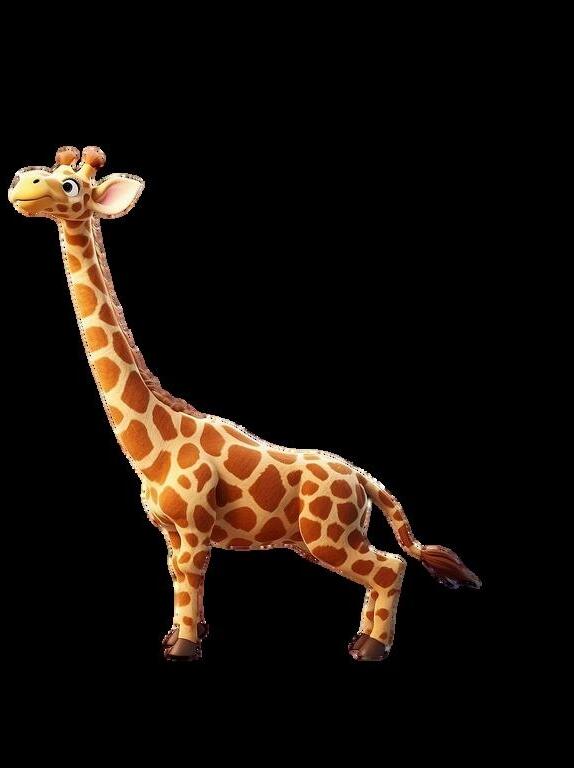
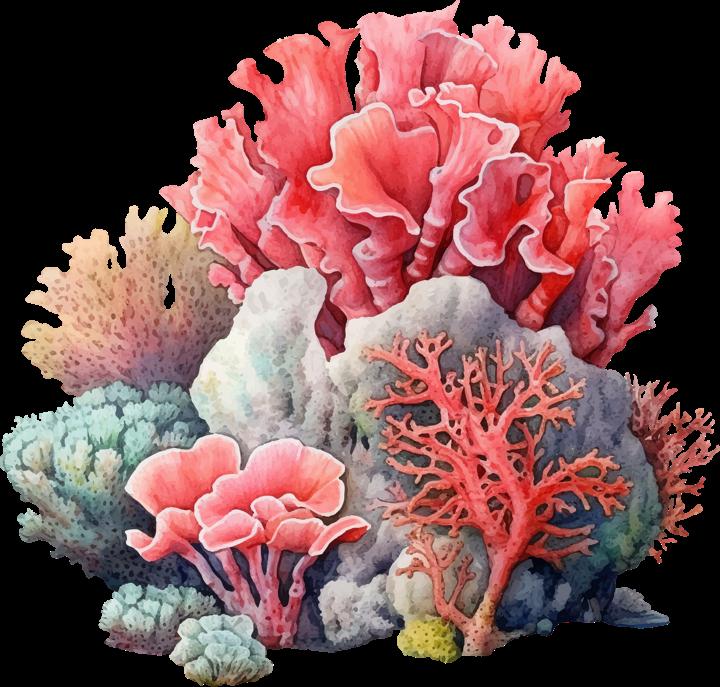

Animal Anthology
Introduction
B y N y a h G e n o v e s e
Our names are Nyah, Lara, Sophie, Sloane, and Layla. We are going to teach you all about…
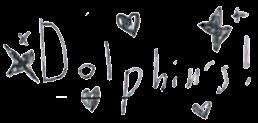
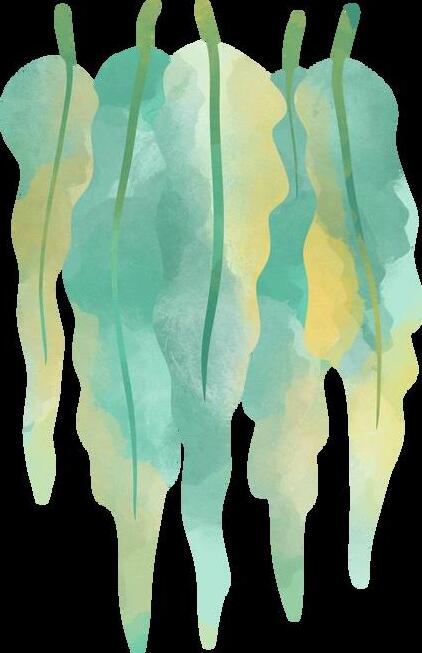
So come read our book and learn all about dolphins!
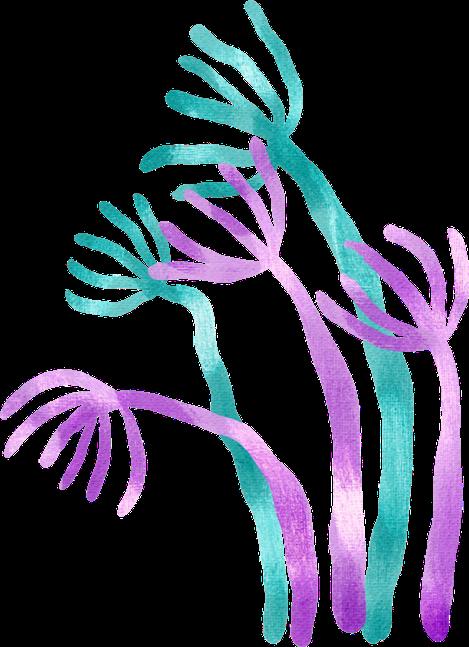
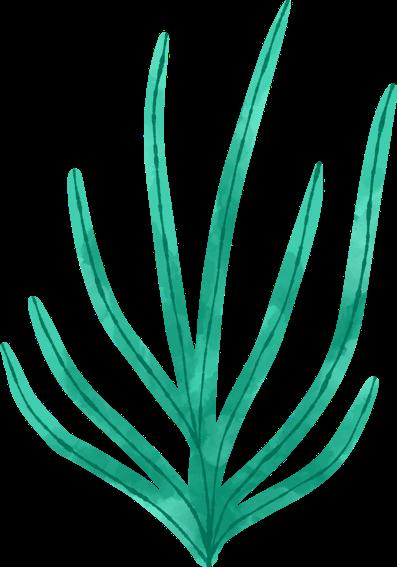
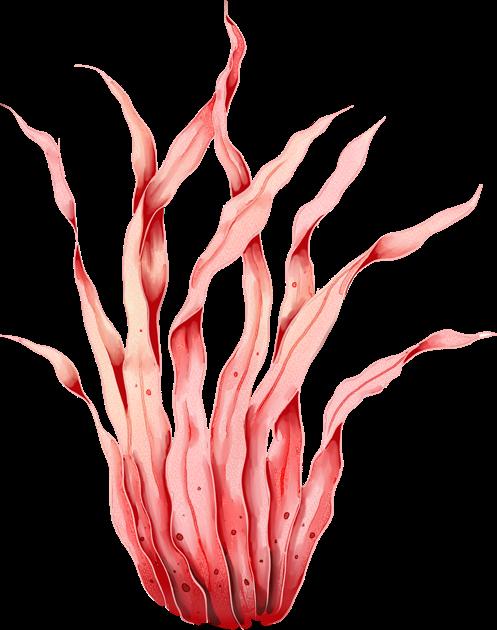
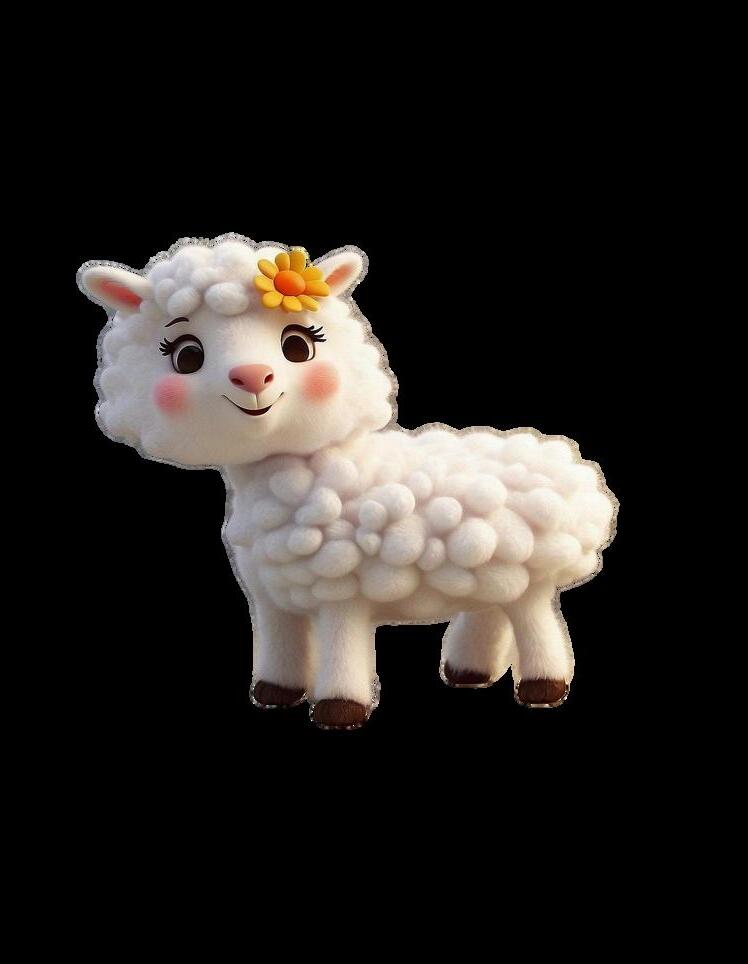
The Dazzling and Dynamic Dolphins
Chapter One: Kinds of Dolphins
Have you ever met a dolphin in person before? And if so, what kind? Well, you’ll learn in this very chapter of this very book.
We can start with dusky dolphins! Dusky dolphins look very unique, and if you just saw it while swimming in the ocean, you may not have known that it was a dolphin!
And, did you know that dusky dolphins are very curious, so they like to swim near boats and explore!
These dolphins are very fast and speedy and love jumping and leaping above the water! They are also known for helping humans and other dolphins and sea creatures who are in trouble. They also have very good eyesight.
Now maybe we can talk about orcas or killer whales? They are the largest members of the dolphin family! And despite their name they aren’t whales at all!
As orca ' s hunt for food they too, like most other dolphins, circle their prey! Orcas also sometimes eat baby dolphins! That's crazy right!?
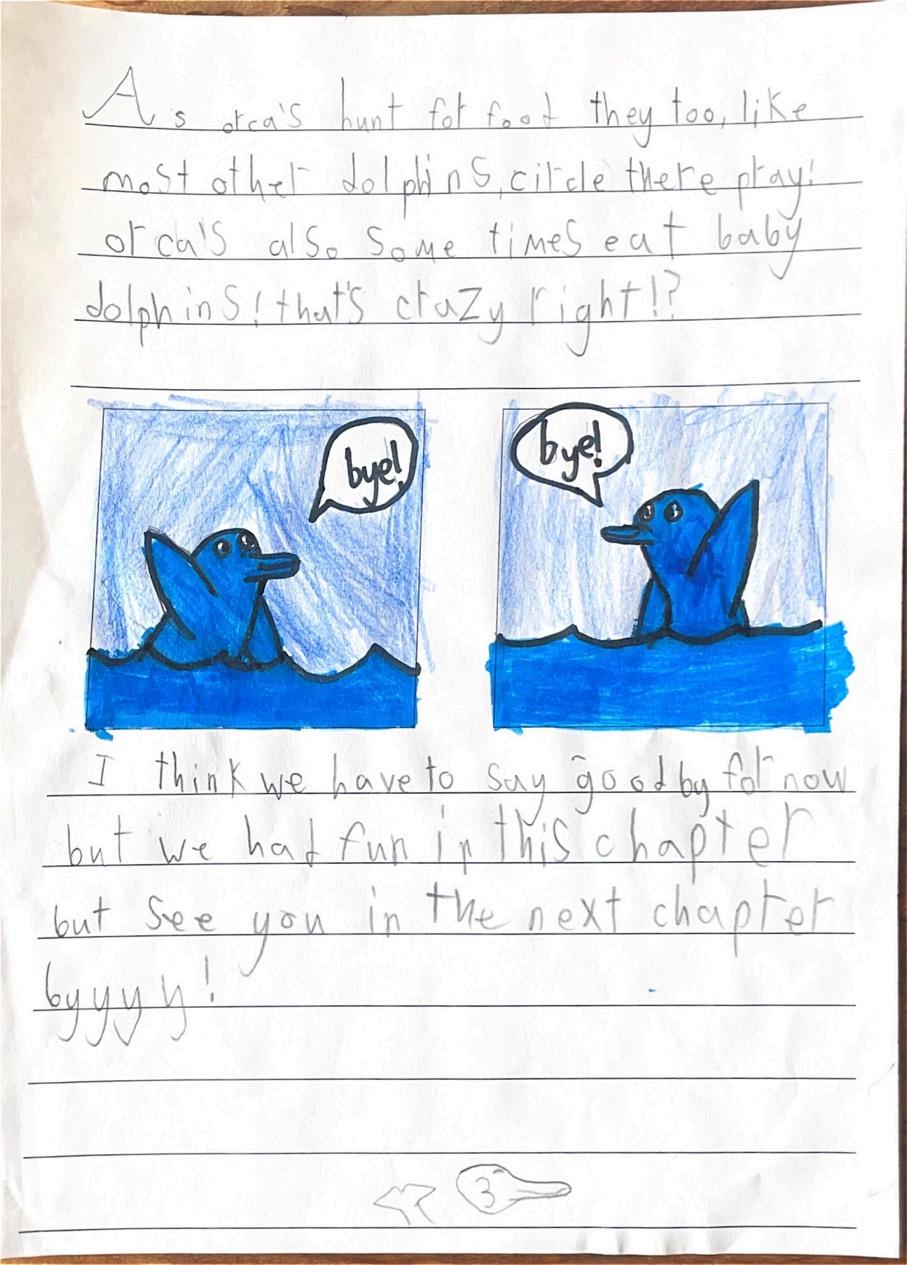
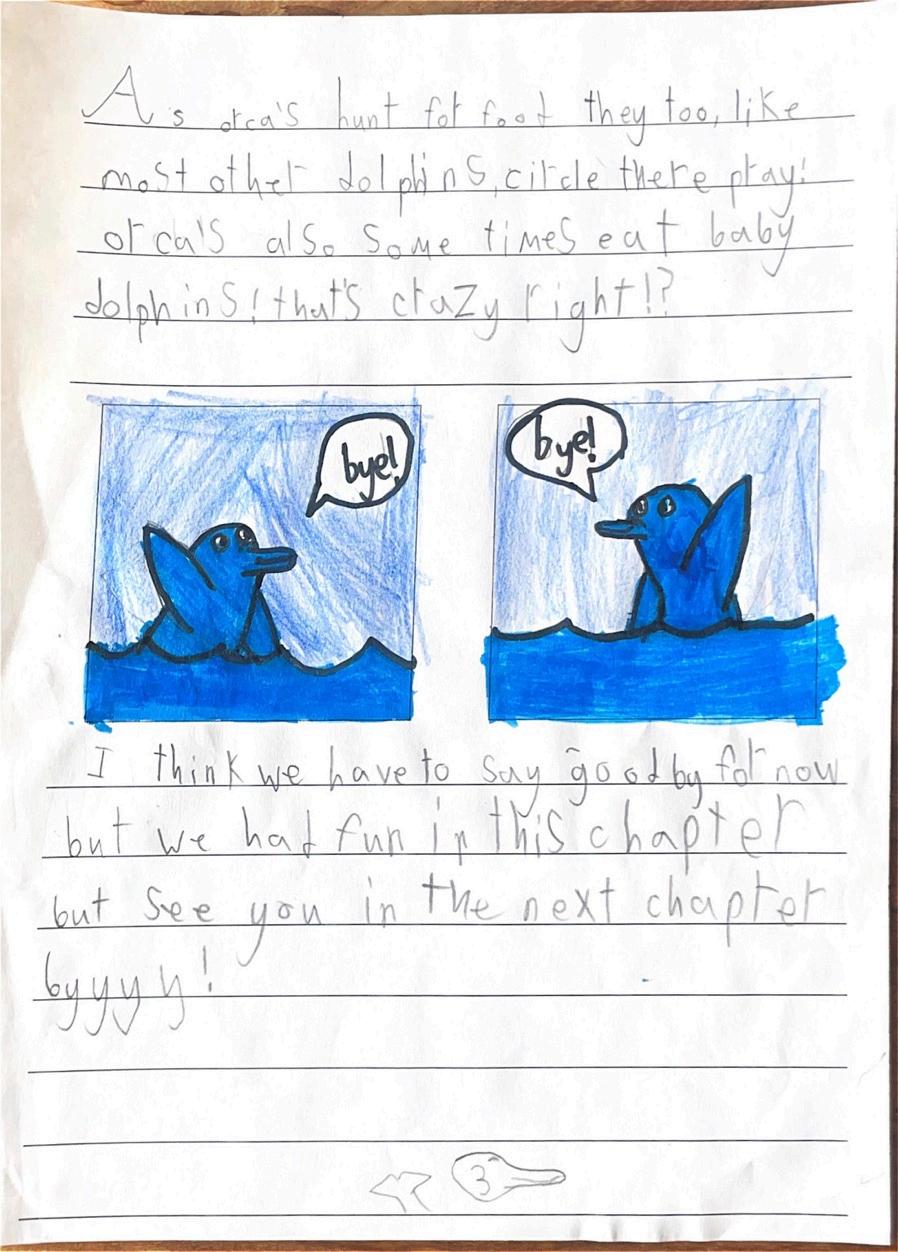
I think we have to say goodbye for now, but we had fun in this cha t But see you in the next Byyyyye!

The Dazzling and Dynamic Dolphins
Chapter Two: Predators and Prey
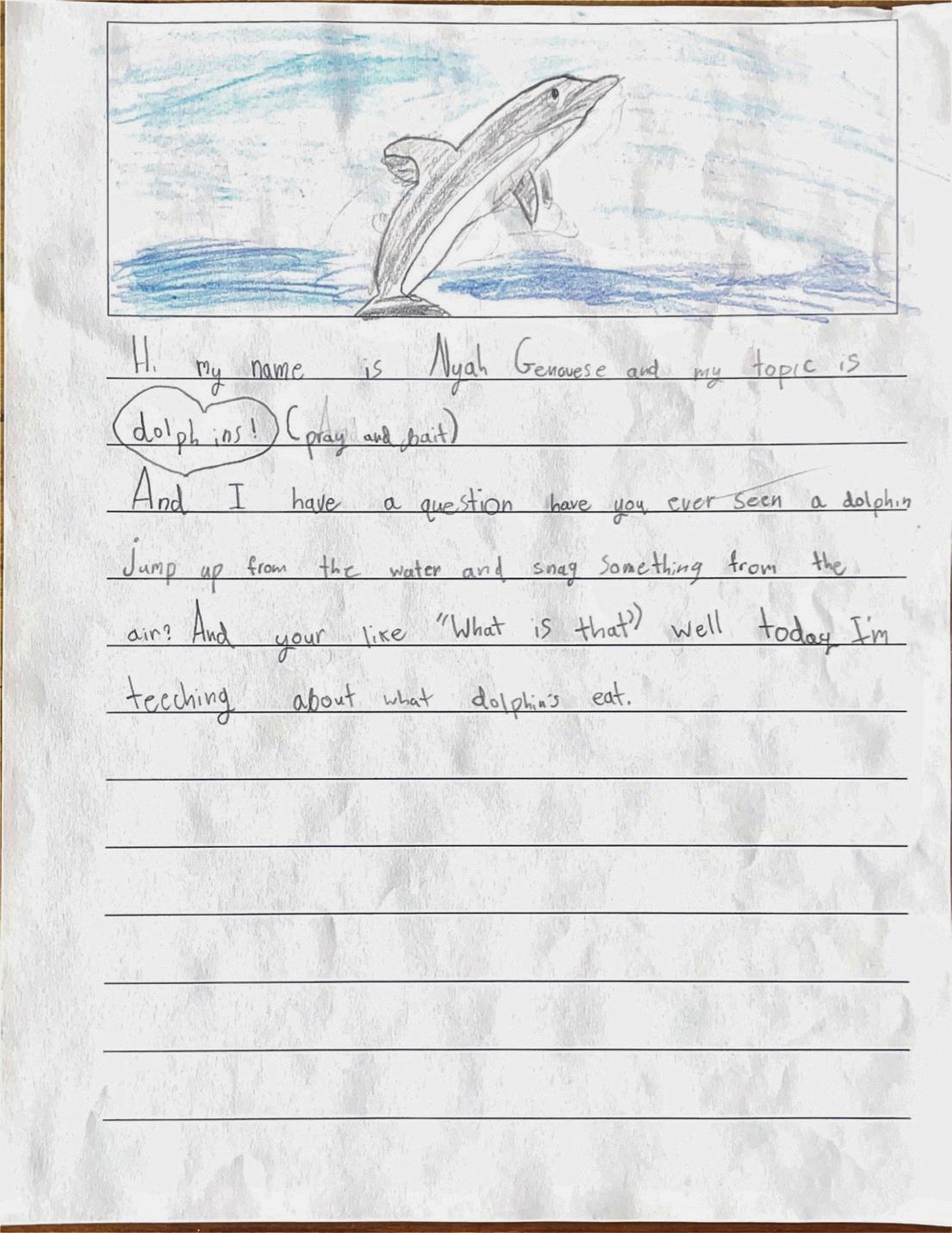
My name is Nyah Genovese and my topic is dolphins! (prey and bait) And I have a question. Have you ever seen a dolphin jump up from the water and snag something from the air? And you ' re like, "What is that??" Well, today I'm teaching about what dolphin's eat.
Chapter two is called Predators and Prey. Predators and Prey is about what dolphins eat. They eat a lot of stuff! Here are all the things they eat!

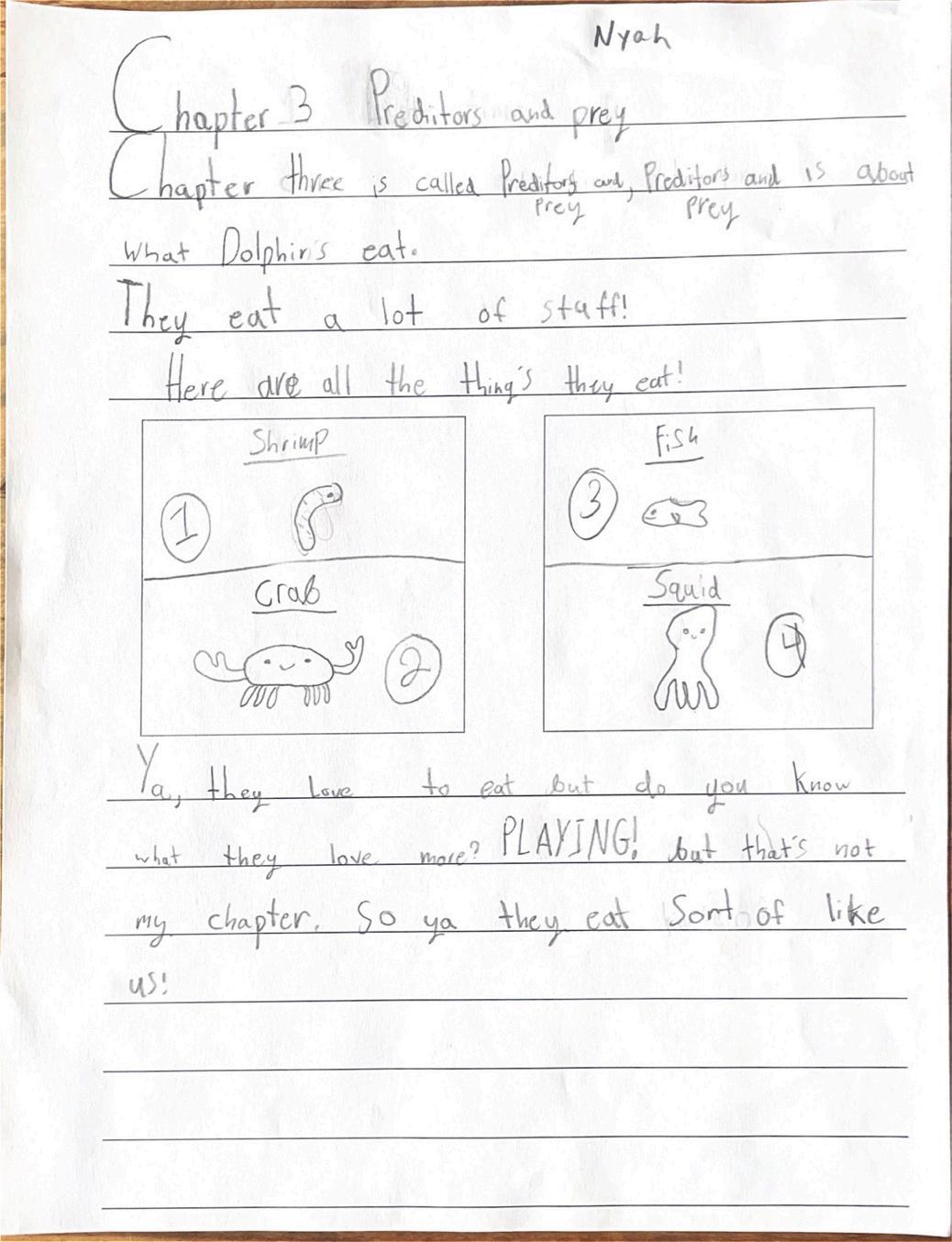
Ya, they love to eat, but do you know what they love more? PLAYING! But that's not my chapter. So ya, they eat sort of like us!
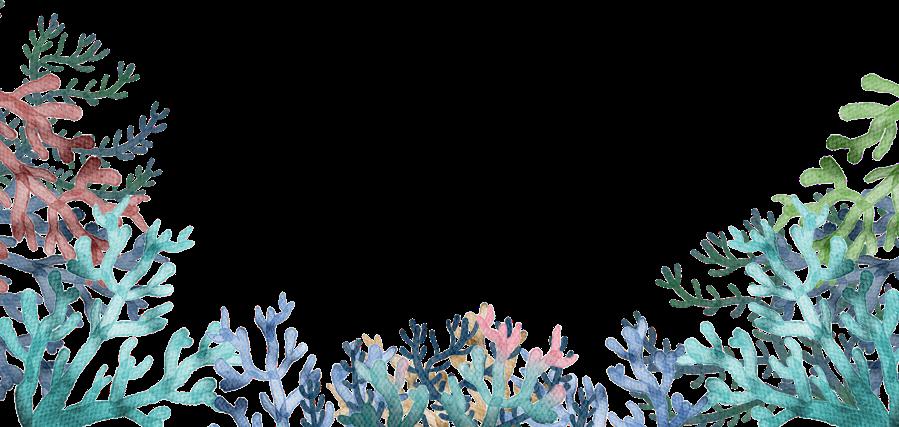
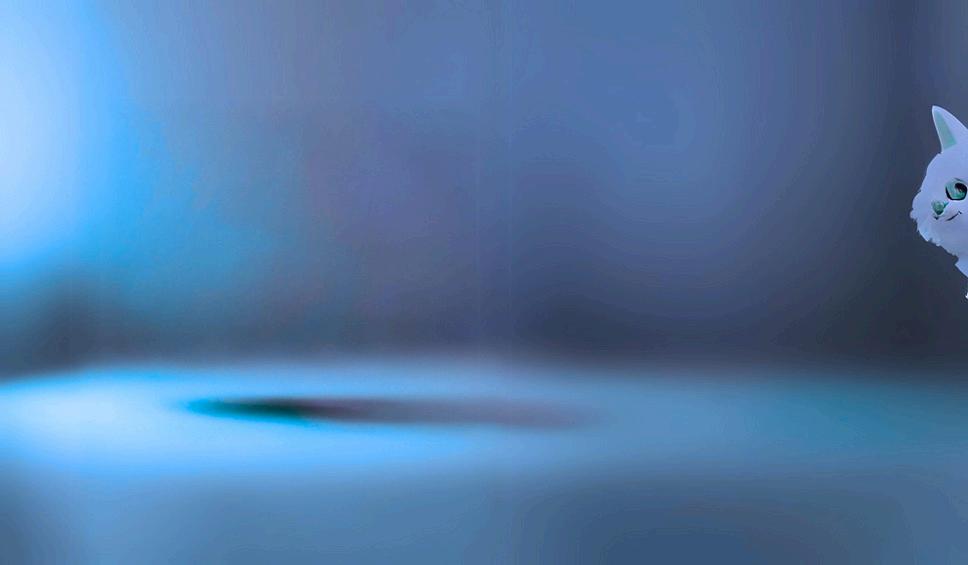
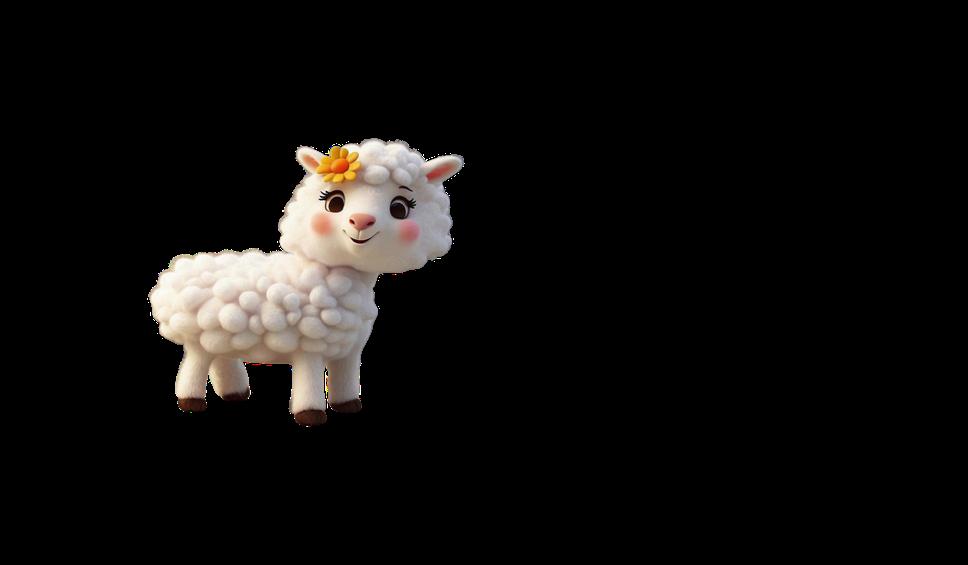
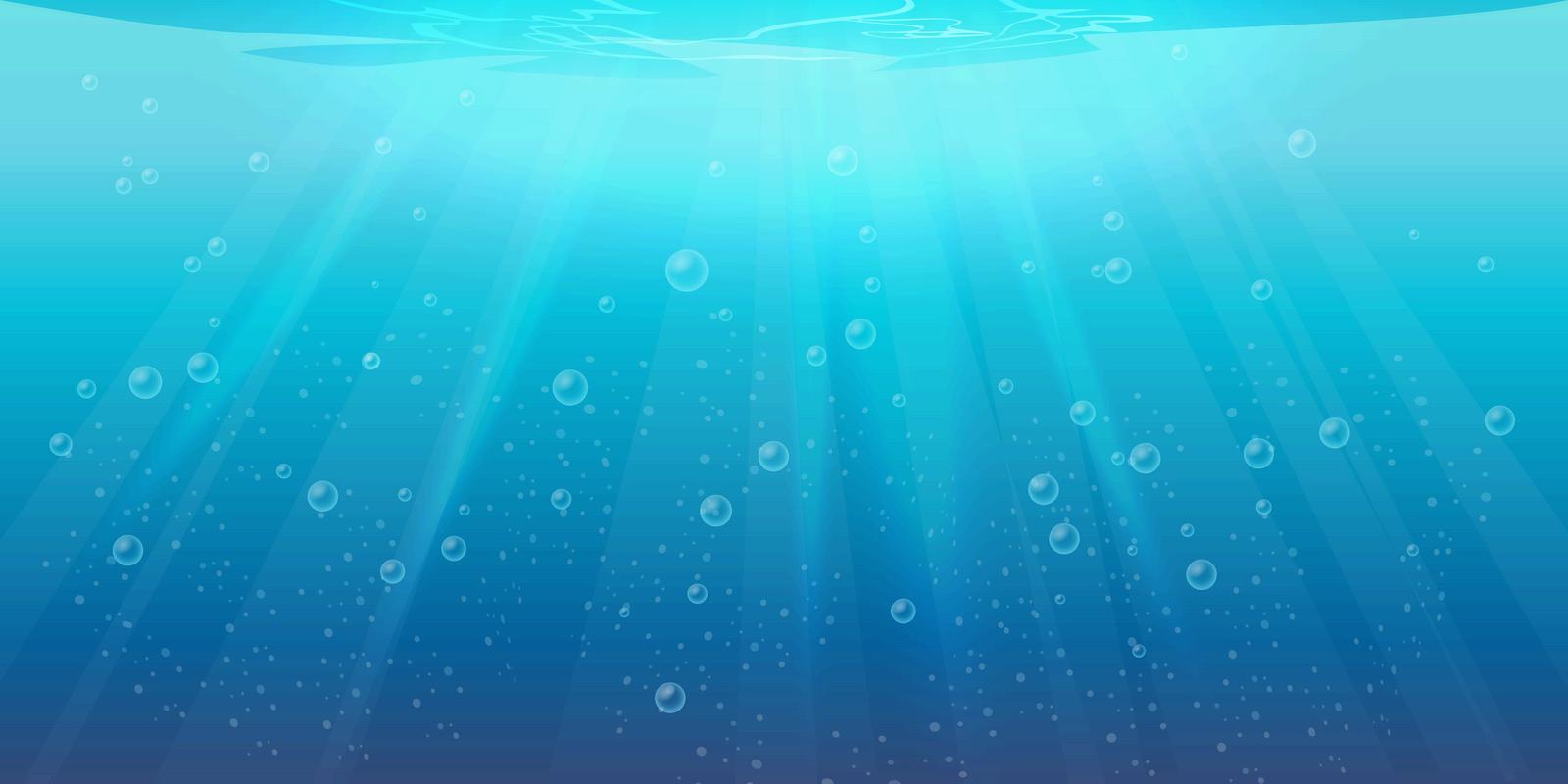
The Dazzling and Dynamic Dolphins
Chapter Three: Environment
B y L a r a G . M a s l o w s k i
The environment of a dolphin stretches from the ocean to the seas e in rivers and dusky dolphins live in the oce
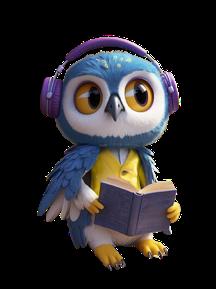
Keep reading to find out more!
In The Zoo
In the zoo, dolphins are properly cared for by humans. They get fed 7-10 times a day. They perform shows every day and are monitored 24/7.
In The Wild
In the wild, dolphins are free to do whatever they want. They also catch their own food and survive predators. They can play all day long with almost no worries, 7 days of the week.
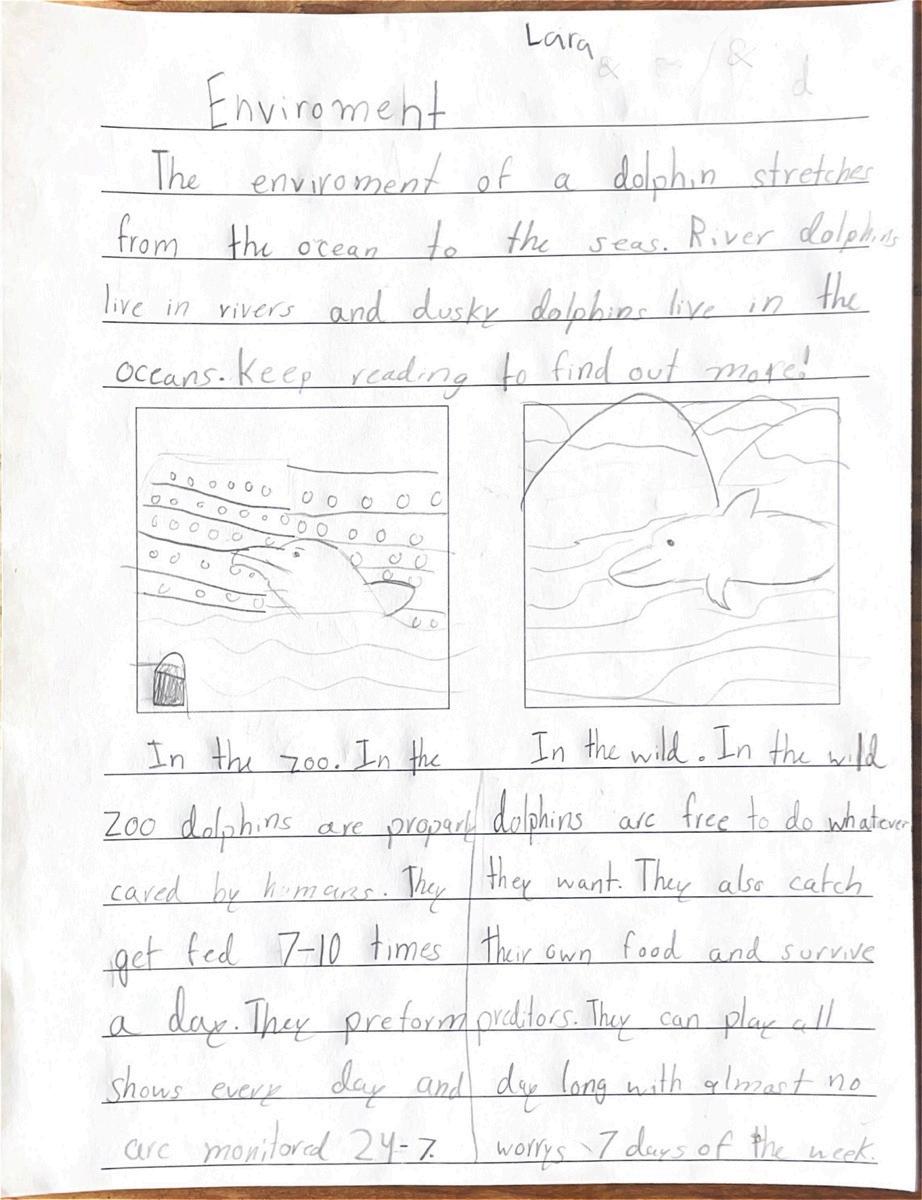
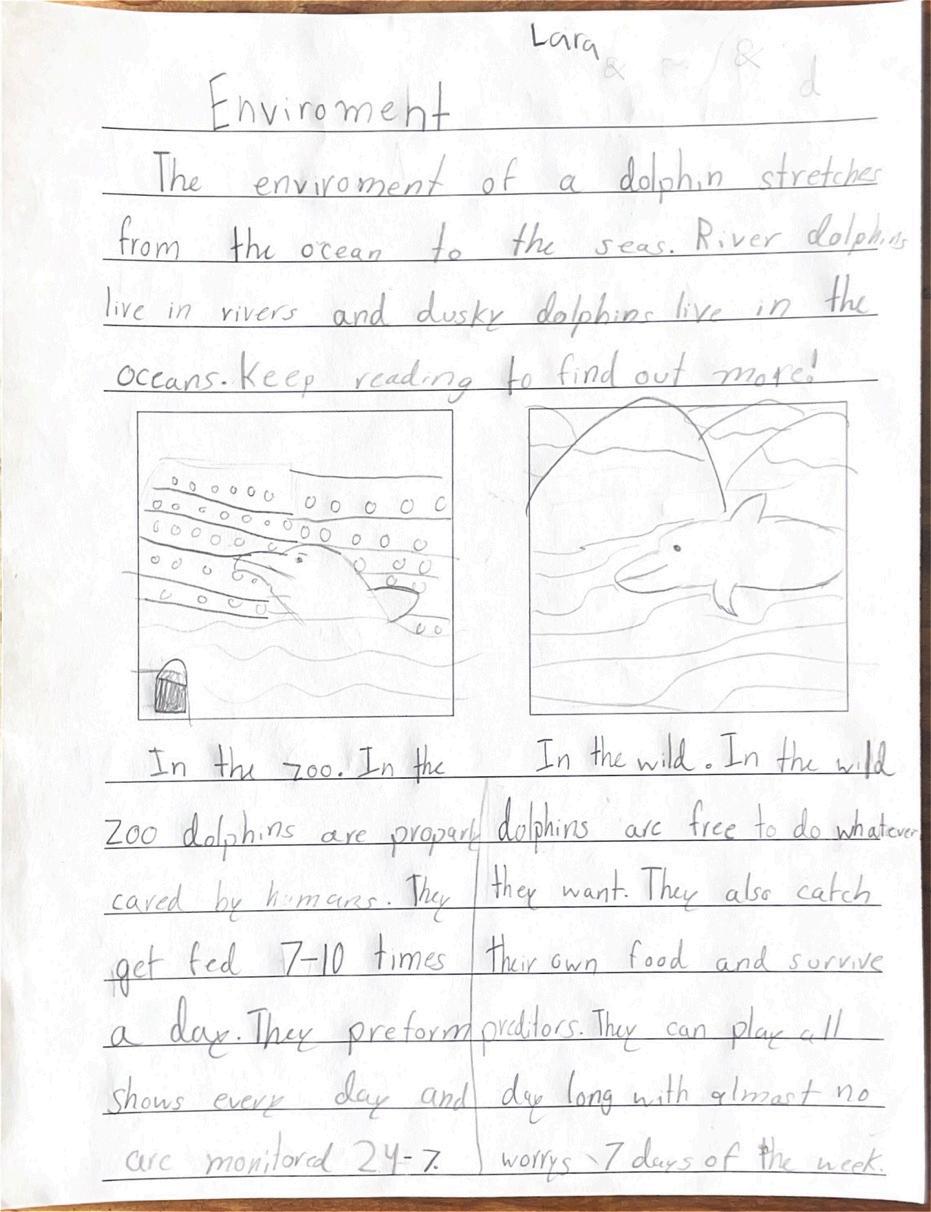
Animal Anthology
Chapter Four: Echolocation
B y S o p h i e S l u s k y
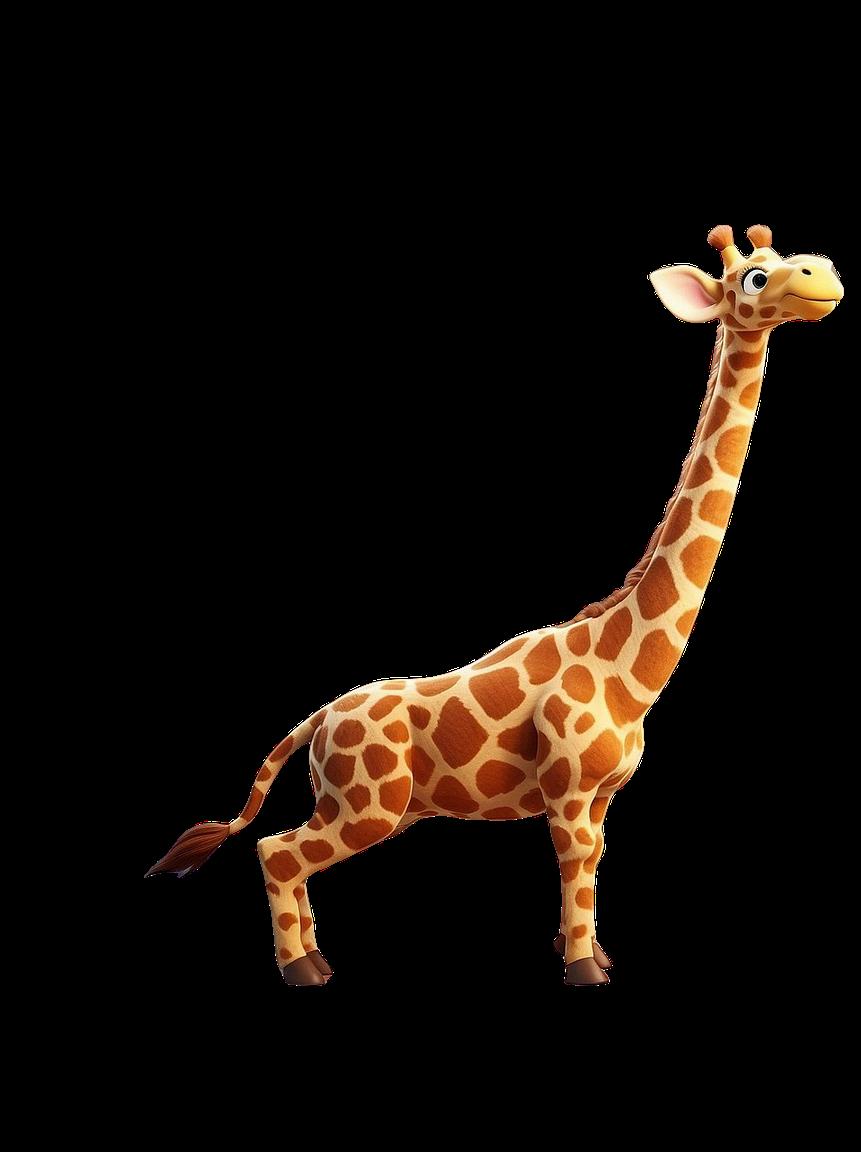
in the ocean and heard a sound or felt ly rare, but that might have been an from a dolphin. If you don't know what ell you. It's a sound that dolphins use to works is it bounces off the water.
Echolocation is a sound that dolphins use to communicate.
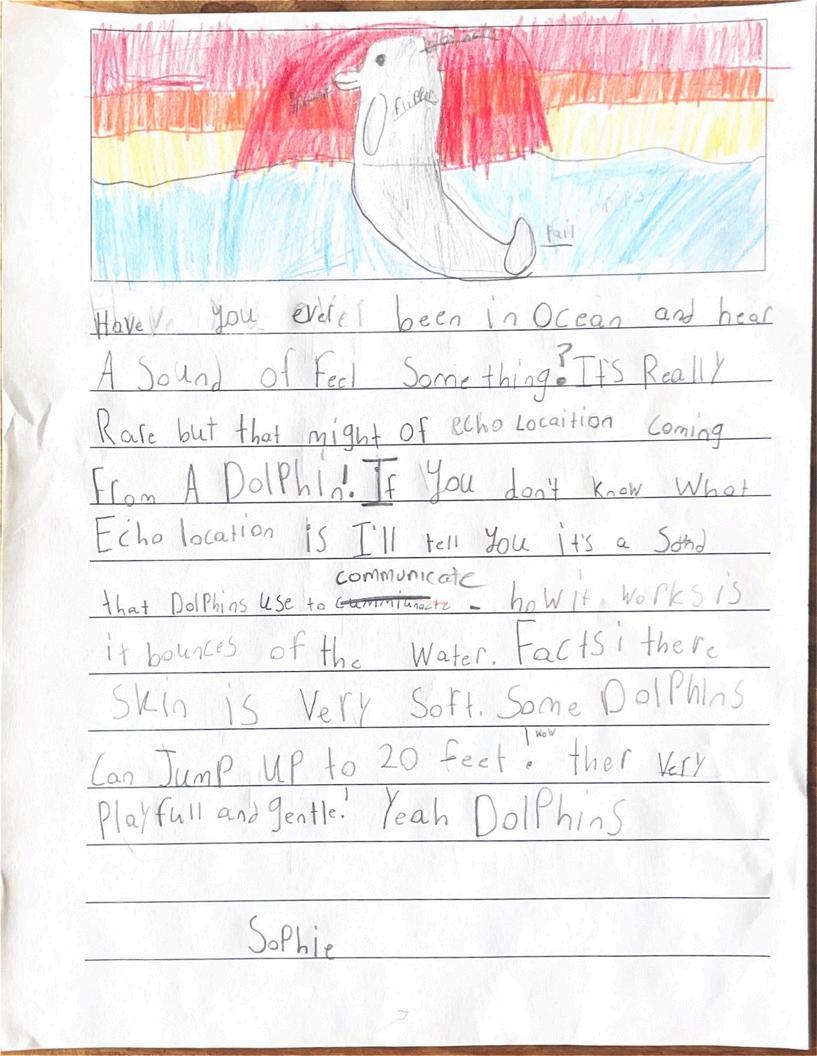
Facts:
Their skin is very soft. Some dolphins can jump up to 20 feet! (Wow!) They’re very playful and gentle!
Yeah dolphins!
The Dazzling and Dynamic Dolphins
Chapter Five: Life Cycle
B y L a r a G . M a s l o w s k i
As a dolphin gets older they become part of a pack. A pack is a group of dolphins. As dolphins mature they must learn to work together. They need to work together to catch bait and protect each other. They swim together and do echolocation. G r o w i n g U p
As a child dolphins love playing. And by playing I mean throw and catch, tag, and even, hide a whistle! As a child, dolphins love to play but when mama calls out he knows he must return home. Even with all the fun and games the youngsters must be careful. Speed-boats can harm them, and they could be hunted by humans or whales. Growing up a dolphin's life is hard and fun!
As an adult, dolphins catch fish in a bait ball. A bait ball is a large group of fish often in a school of fish Adult dolphins mate with each other. When Then, they have their ba
As a child dolphins love playing. And by playing I mean throw and catch, tag, and even, hide a whistle!
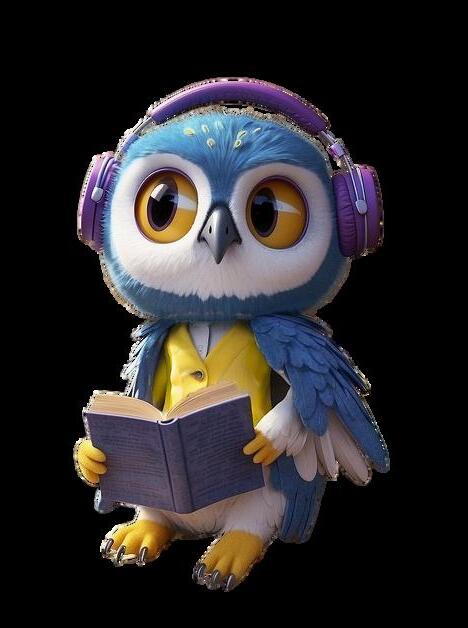
The life cycle of a dolphin is very interesting. First a baby is born, second it grows up, third it is part of a pack, and fourth it enters adulthood. Thank you for learning about the life cycle of a dolphin.
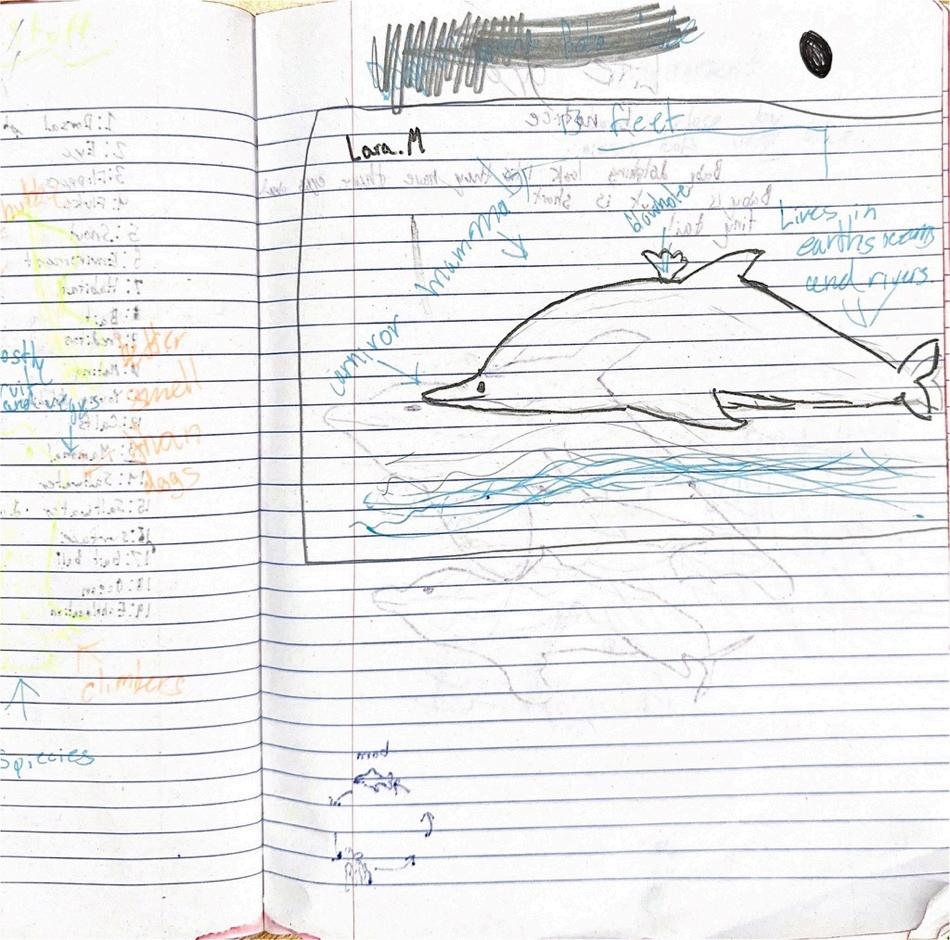
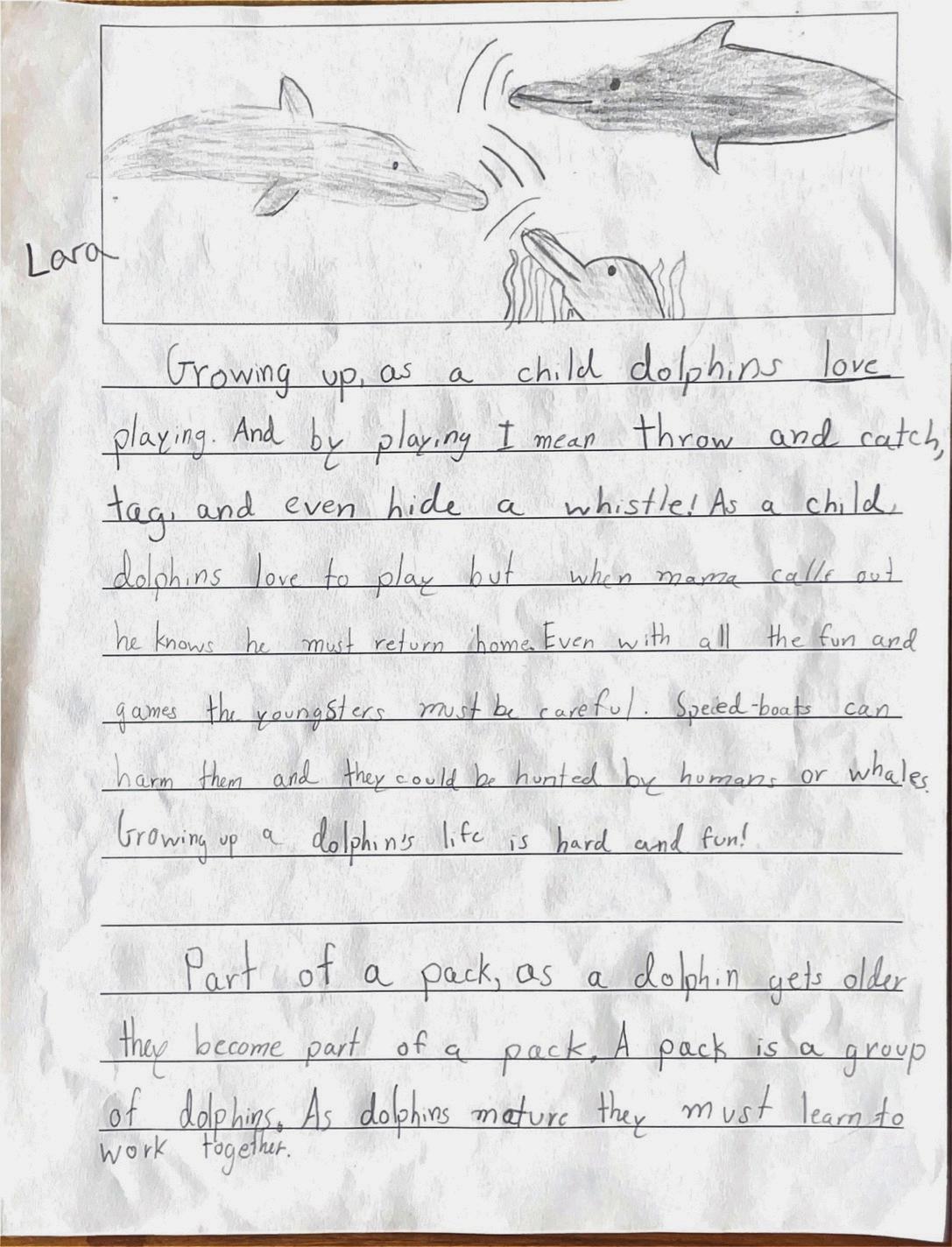
The Dazzling and Dynamic Dolphins
Chapter Six: Calves
B y S l o a n e M u r p h y
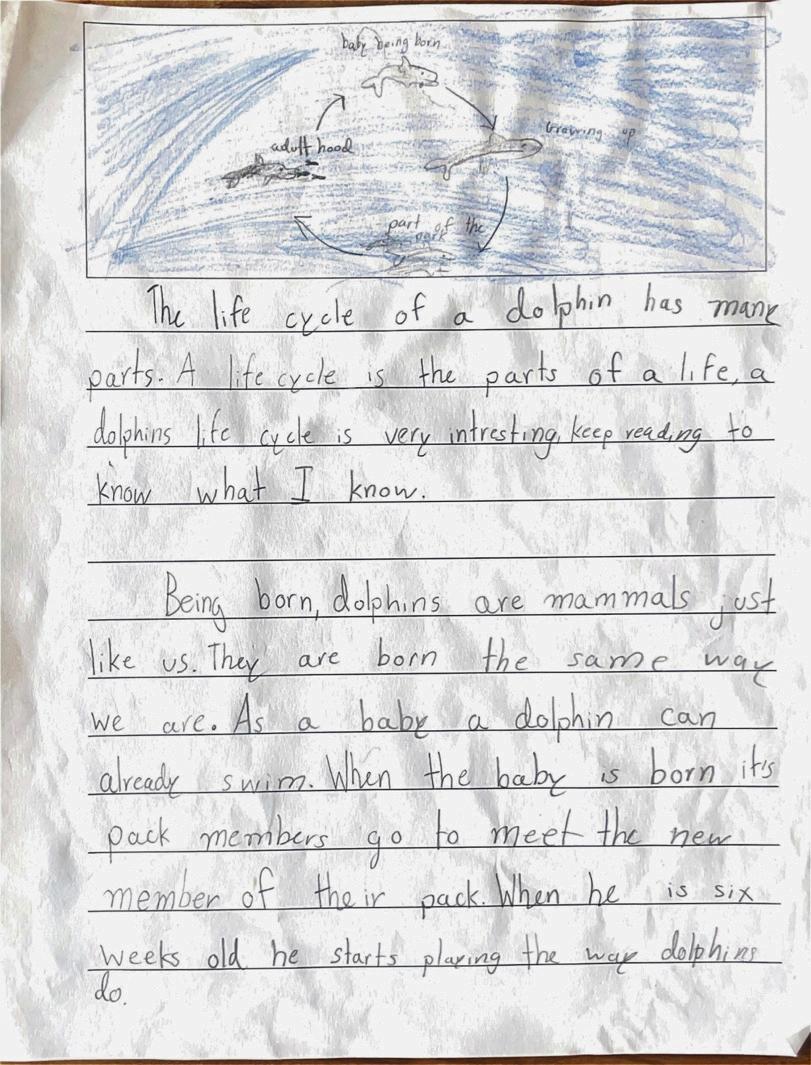
The life cycle of a dolphin has many parts. A life cycle is the parts of a life. A dolphin’s life cycle is very interesting, keep reading to know what I know.
Being born, dolphins are mammals, just like us. They are born the same way we are. As a baby a dolphin can already swim. When the baby is born, its pack members go to meet the new member of their pack. When he is six weeks old, he starts playing the way dolphins do.
Today we ' re going to learn about calves. I know what you ' re thinking, “Farm animals? This is a dolphin book,” I mean baby dolphins.
One thing you need to know about a calf is they LOVE to play. They hide behind coral and ride currents. One thing they do is jump into the sky.
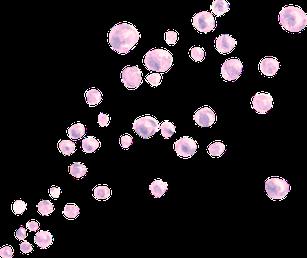
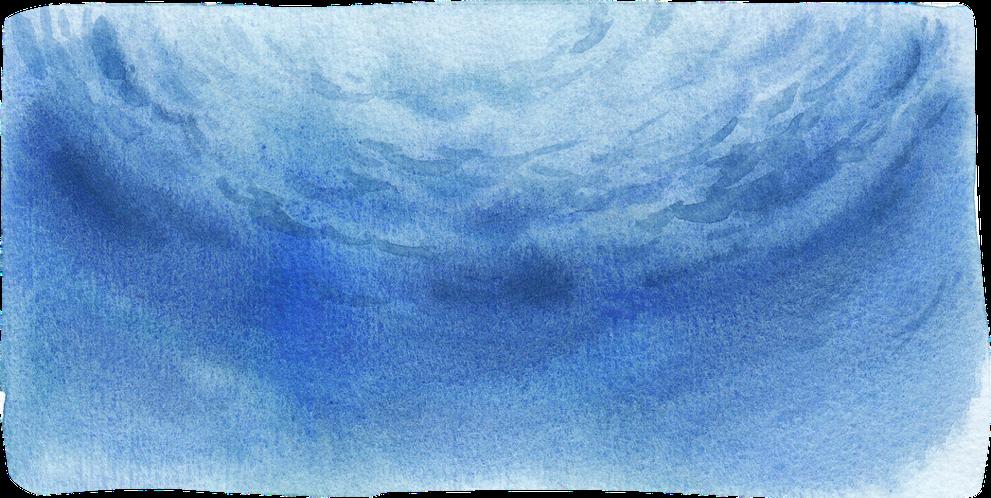
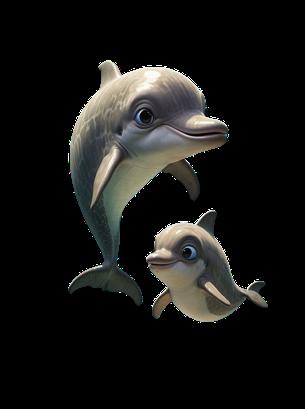
Isn’t
it cool how we blow bubbles in the water?
A second topic you need to know is what they eat. They eat like 2-3 times an hour. Sucking is drinking milk. When they grow older they eat fish like minnows and other small fish.
The life cycle of a dolphin has many parts. A life cycle is the parts of a life. A dolphin’s life cycle is very interesting, keep reading to know what I know.
But a baby dolphin’s life is not just fun and games. There's also predators like orca, whales or sharks.
Now back to the fun. Baby dolphins are social animals. They hang out in nursery pods. Nursery pods are safe pods that take care of baby dolphins.
Baby dolphins love to jump up into the air. A grown up dolphin jumps up to 20 feet.
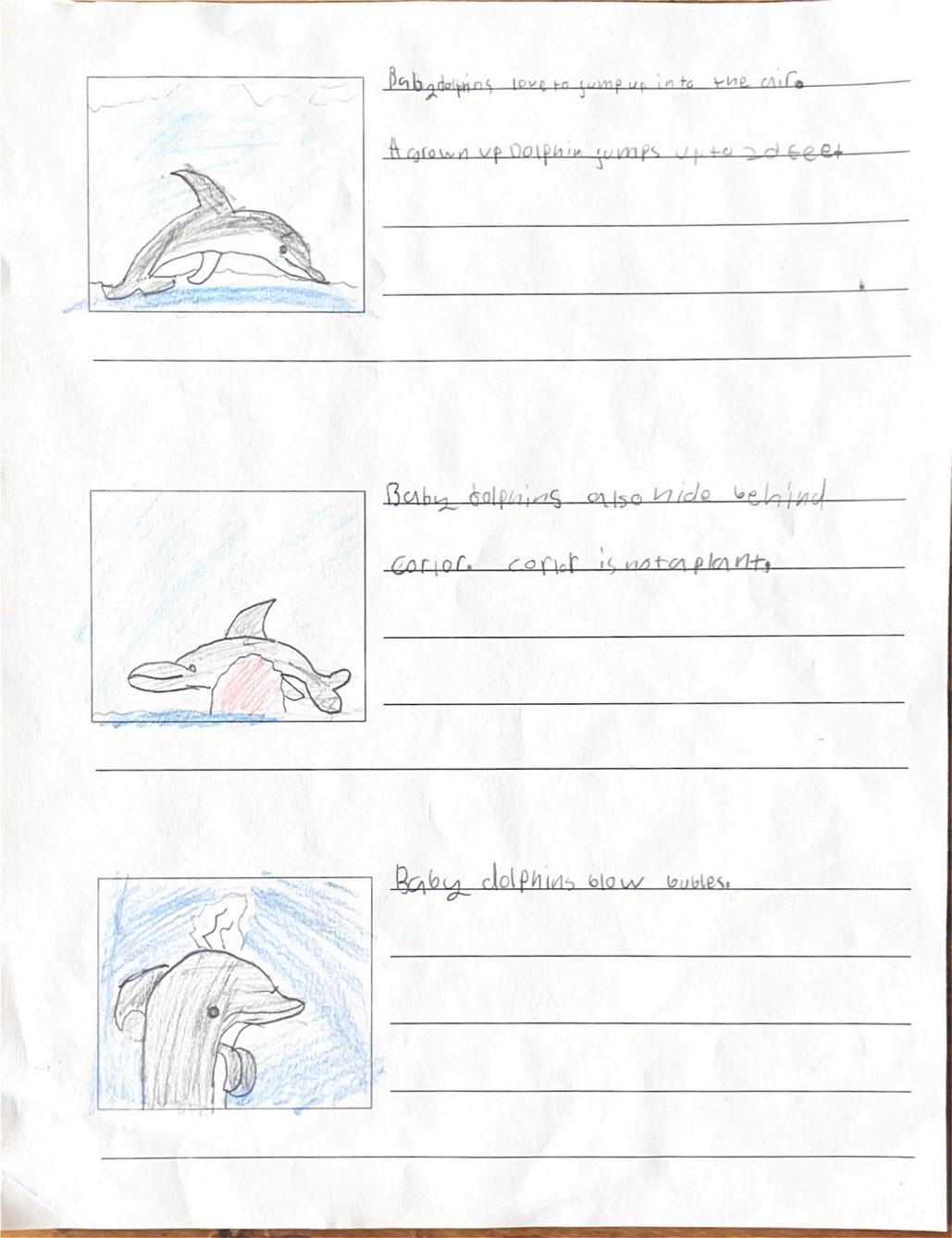
The Dazzling and Dynamic Dolphins
Baby dolphins also hide behind coral. Coral is not a plant.
Baby dolphins blow bubbles.
Facts
Did you know that some d Every dolphin has one w human names!
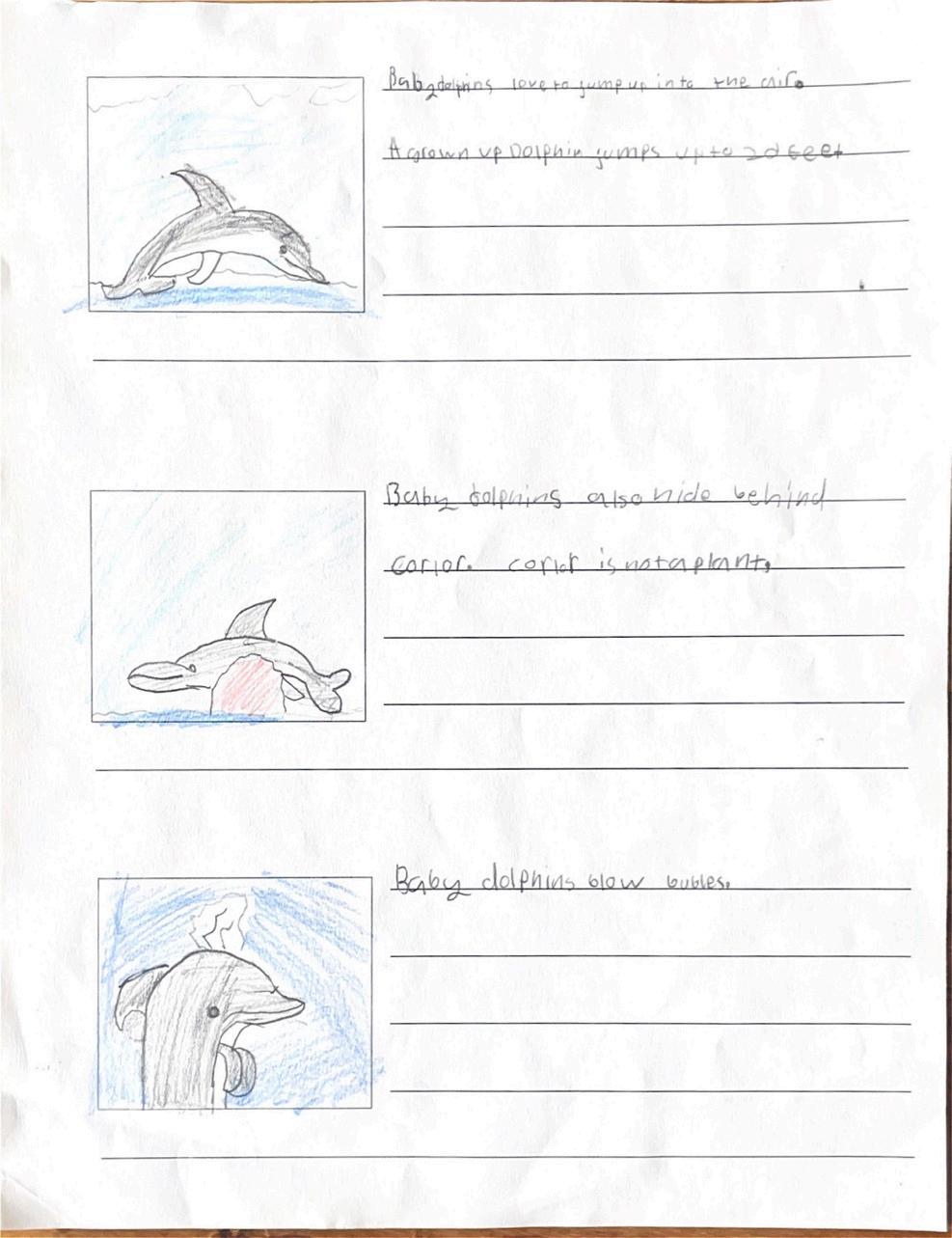
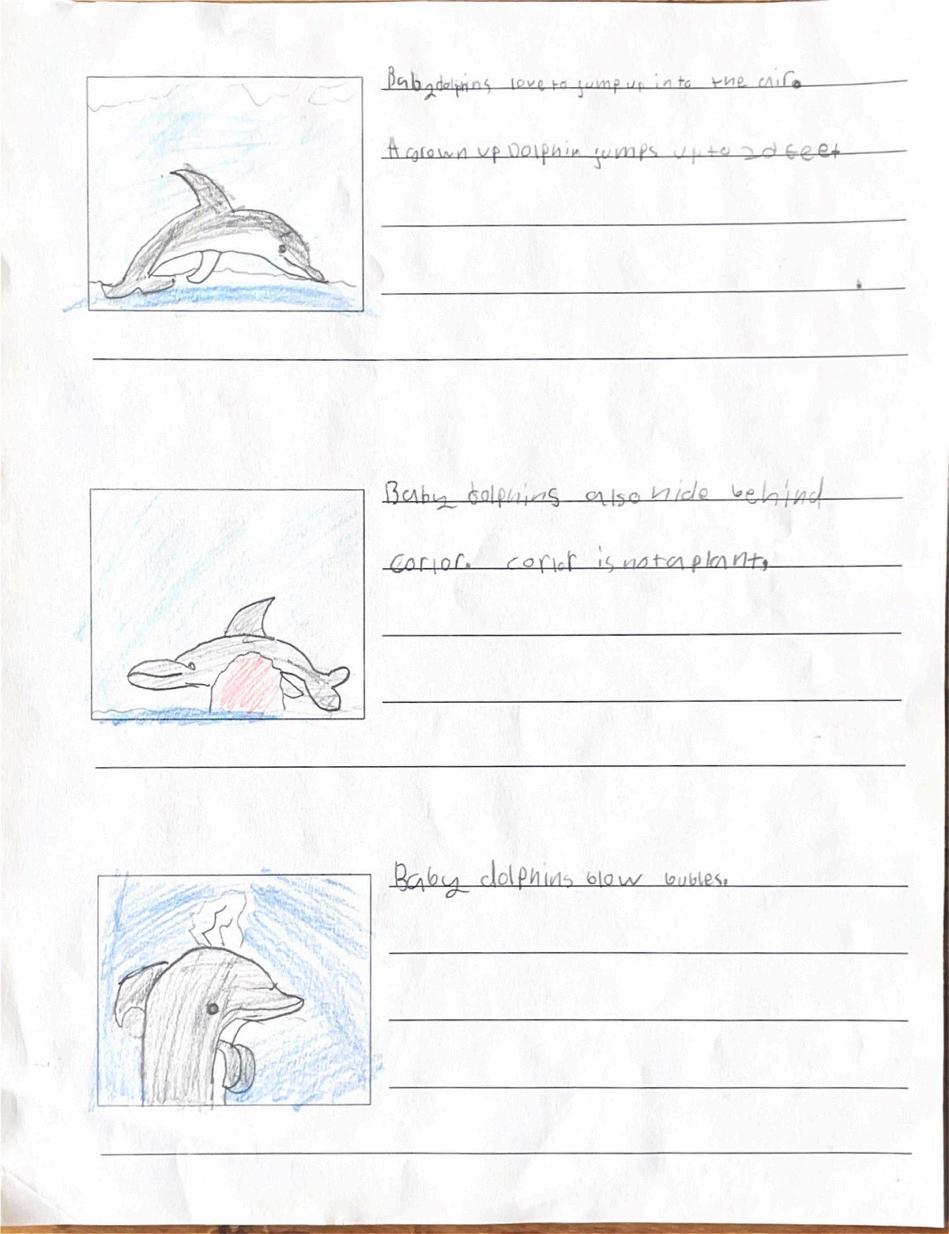
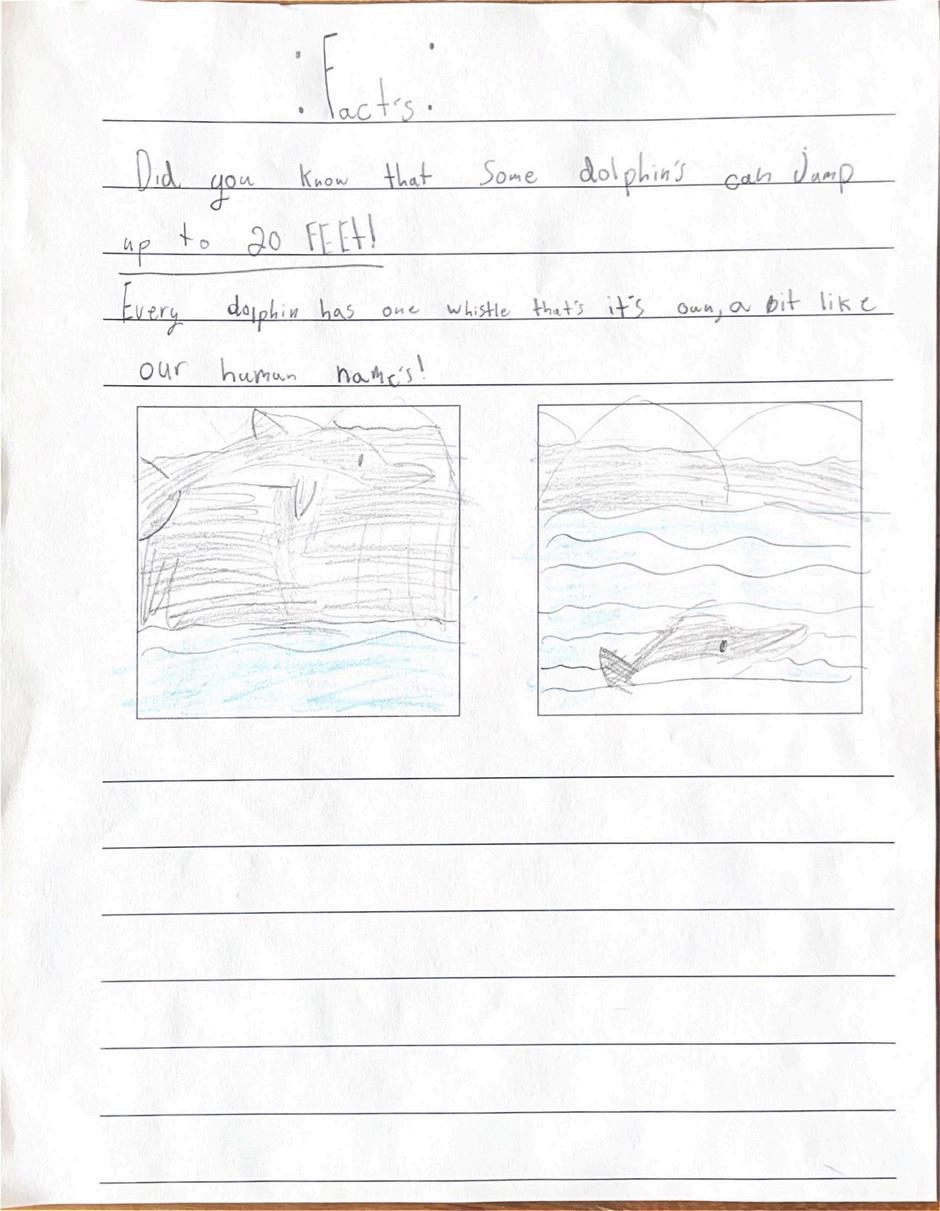
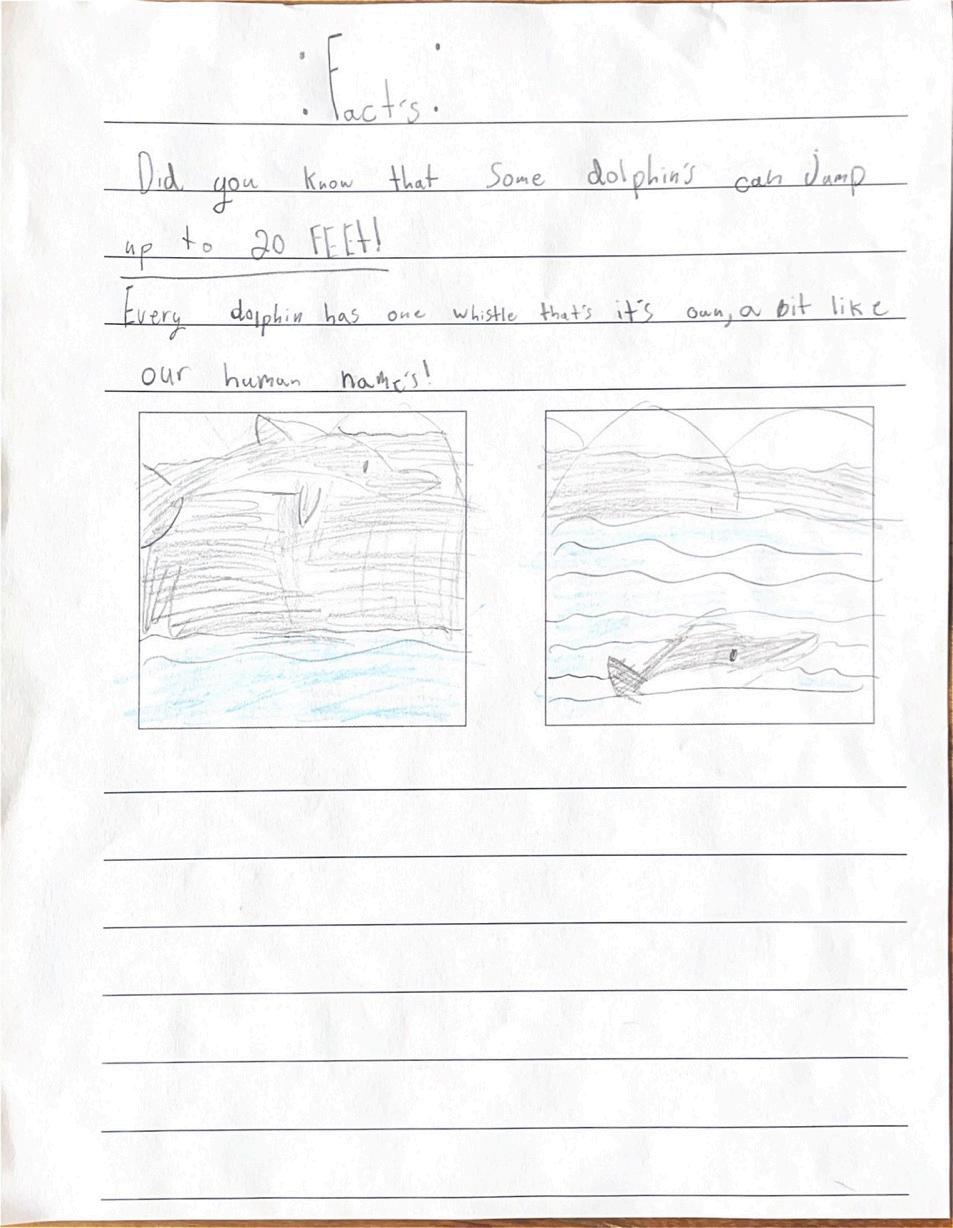
Animal Anthology
Conclusion
B y L a y l a L e v y
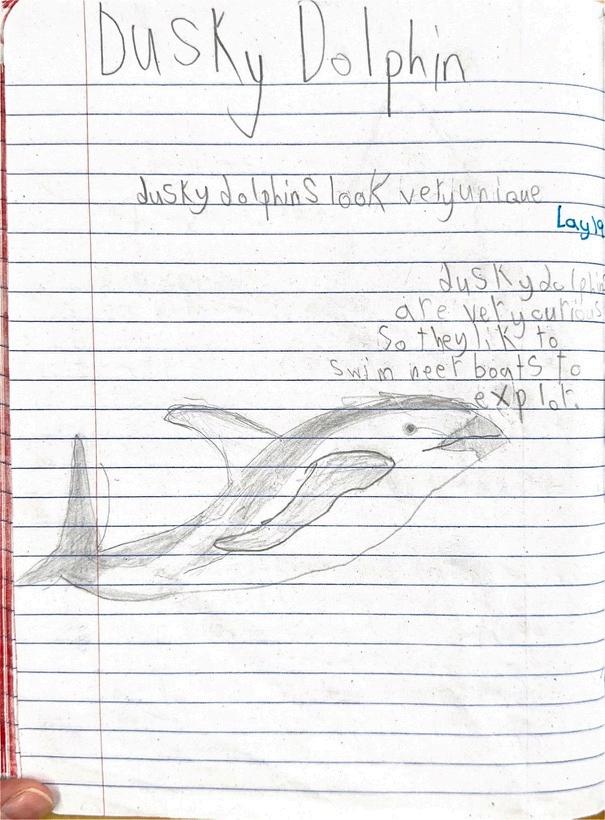
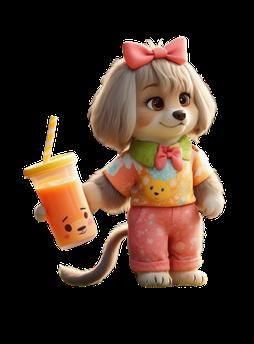
The Dazzling and Dynamic Dolphins
Glossary
B y L a r a G . M a s l o w s k i
Pack - A group of dolphins ranging from 5 to 200!
Echolocation - The clicks, whistles, and clacks dolphins do to communicate.
Dolphins - A marine mammal that can go up to 20 feet in the air.
Predators - The hu t tt k f i l
Prey - The animal g
Environment - Whe animal lives.
Calf - Baby dolphin
National zoo - A p they keep dolphins.

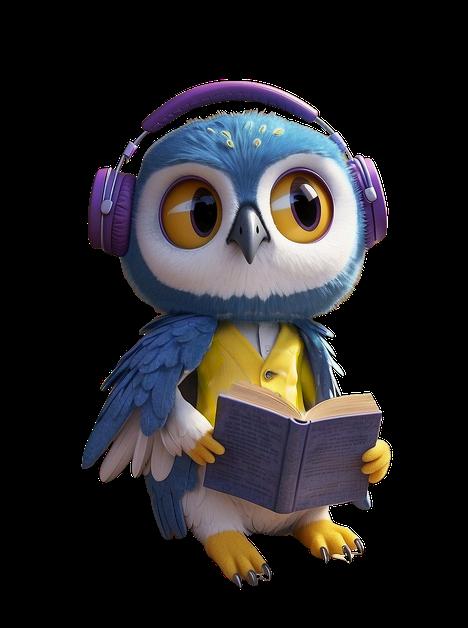
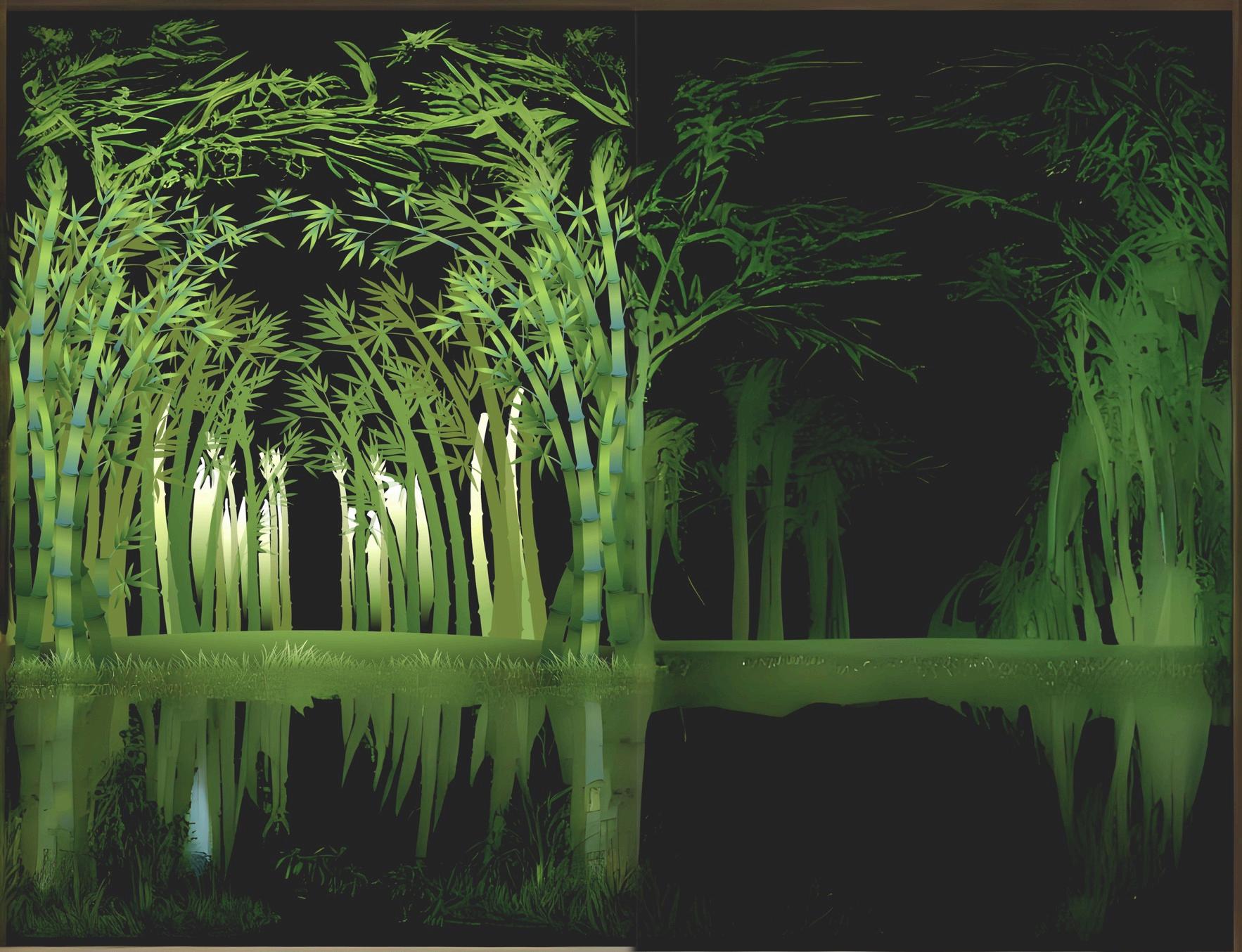
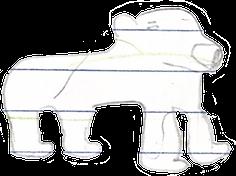
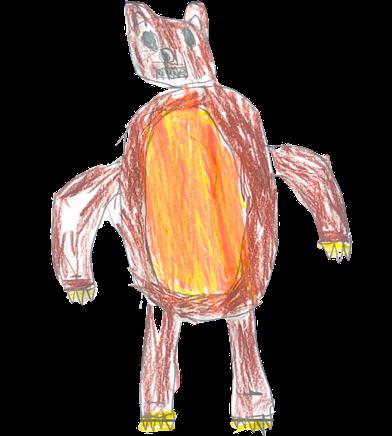

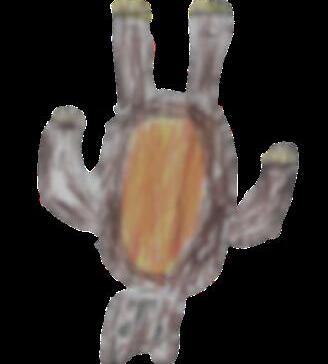
BEARBEARBEARBEARS TASTIC TASTIC
TASTIC

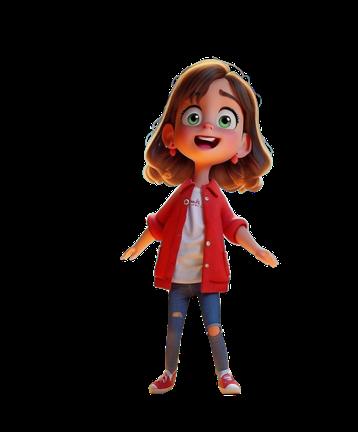
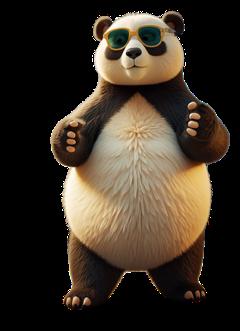
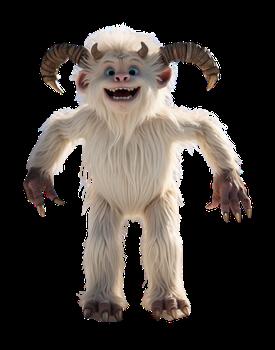
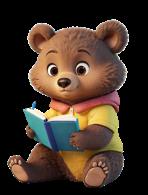
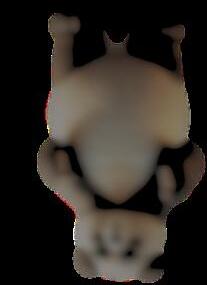
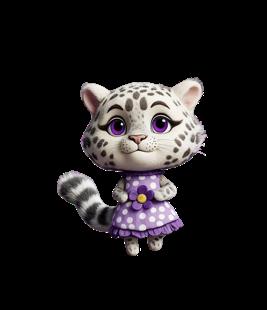
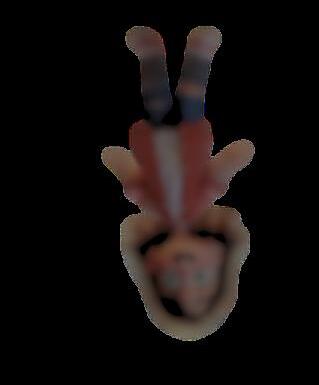
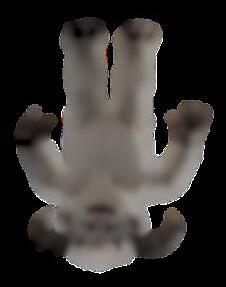
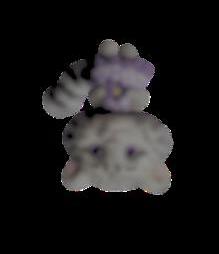

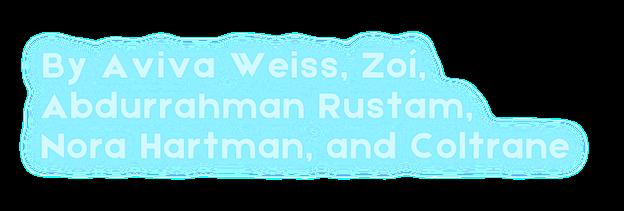

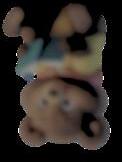
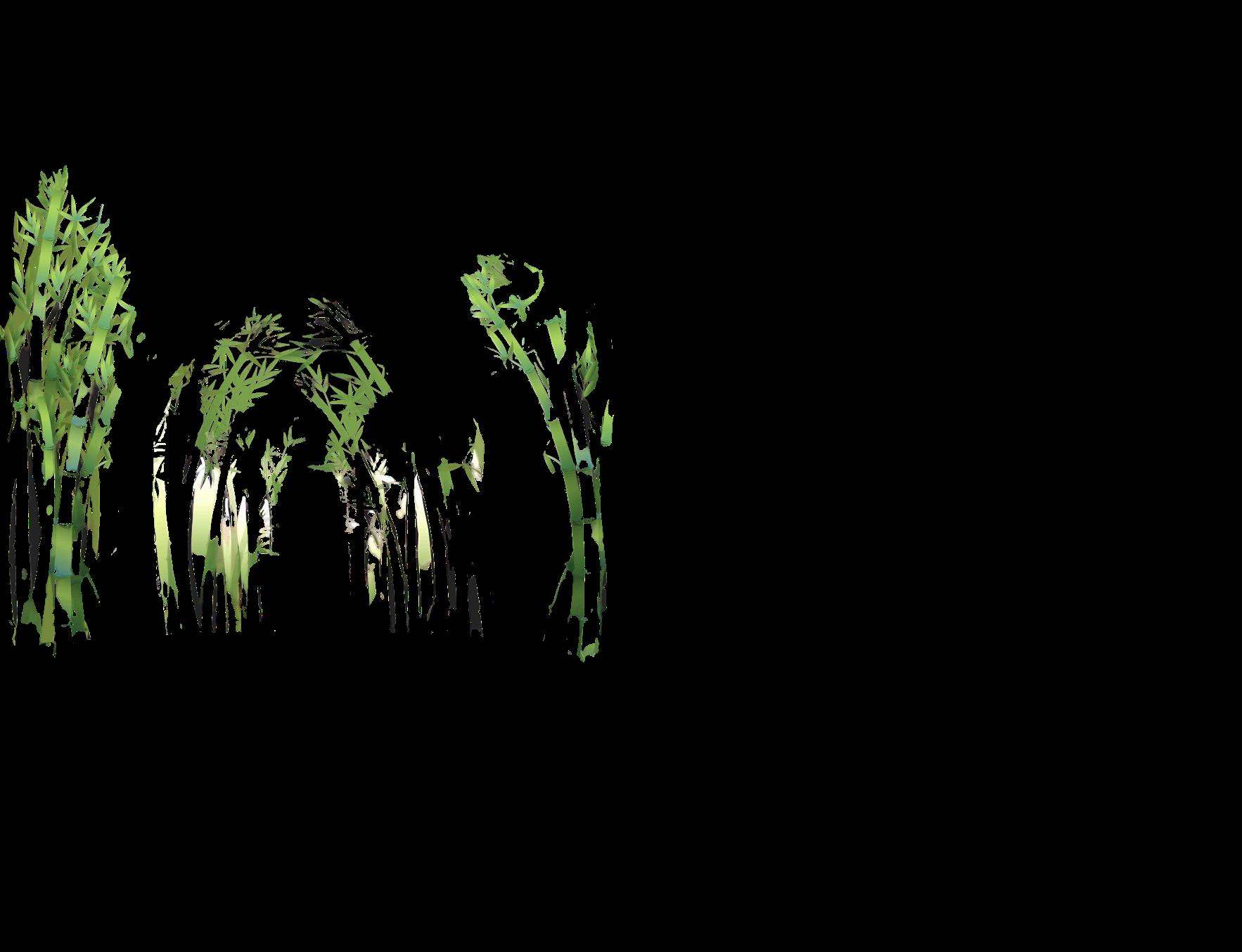


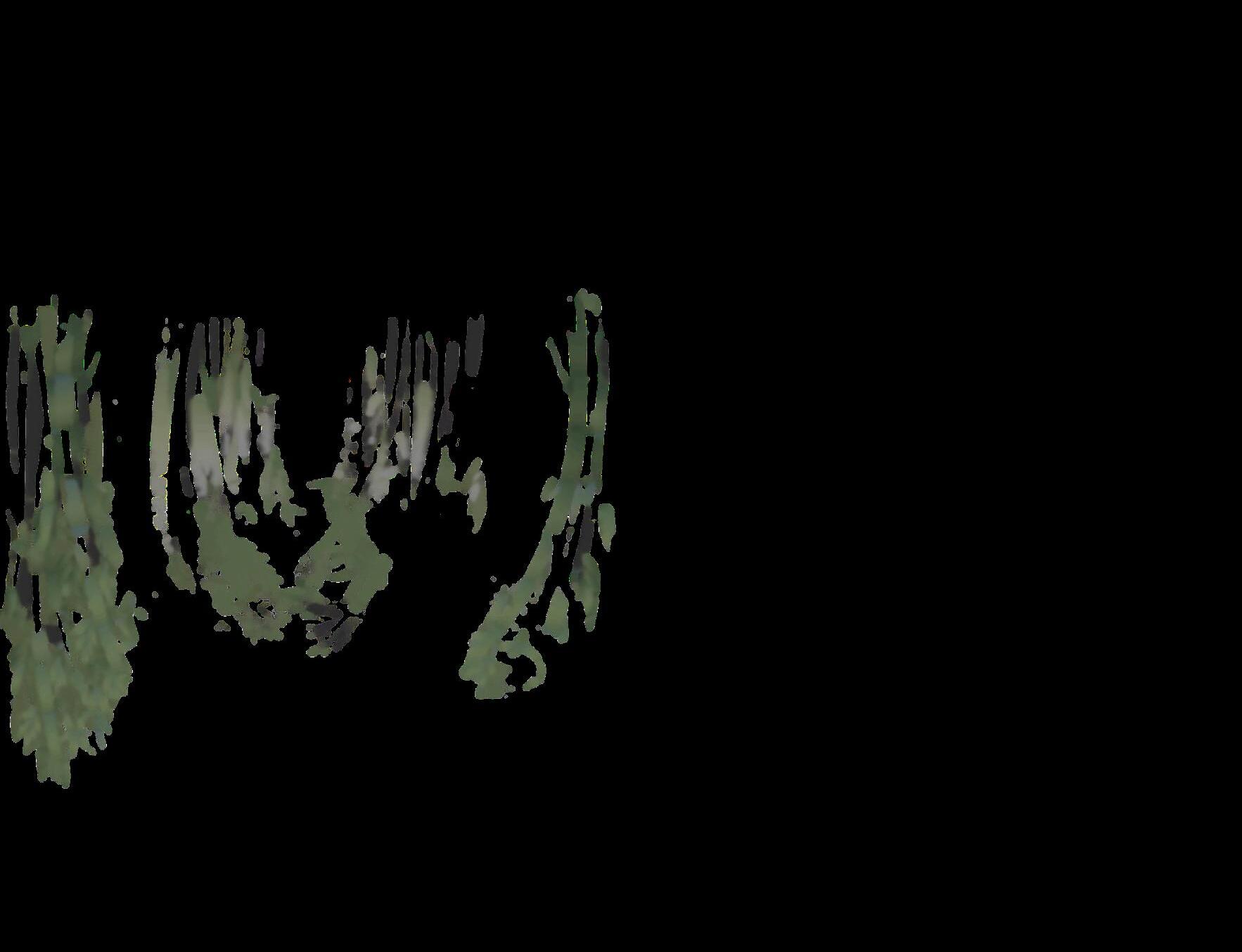
B y A v i v a W e i s s a n d Z o í
Have you ever wondered what it would be like to be a bear? The first thing that you ' re gonna learn about is types of bears, and learn more awesome things! Introduction
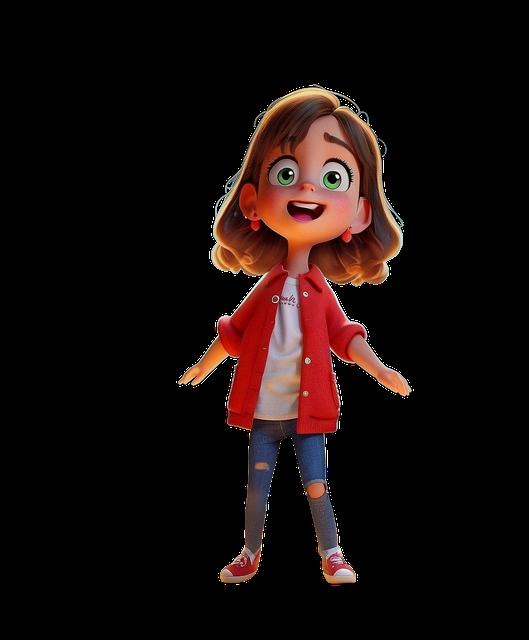
If you want to learn more about bears, keep reading! Animal Anthology
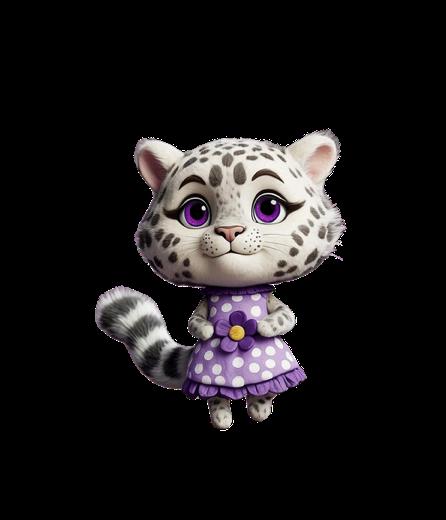
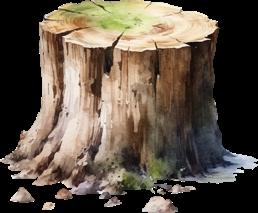
Chapter One: Types of Bears and What They Eat
B y A b d u r r a h m a n R u s t a m Bear-tastic Bears
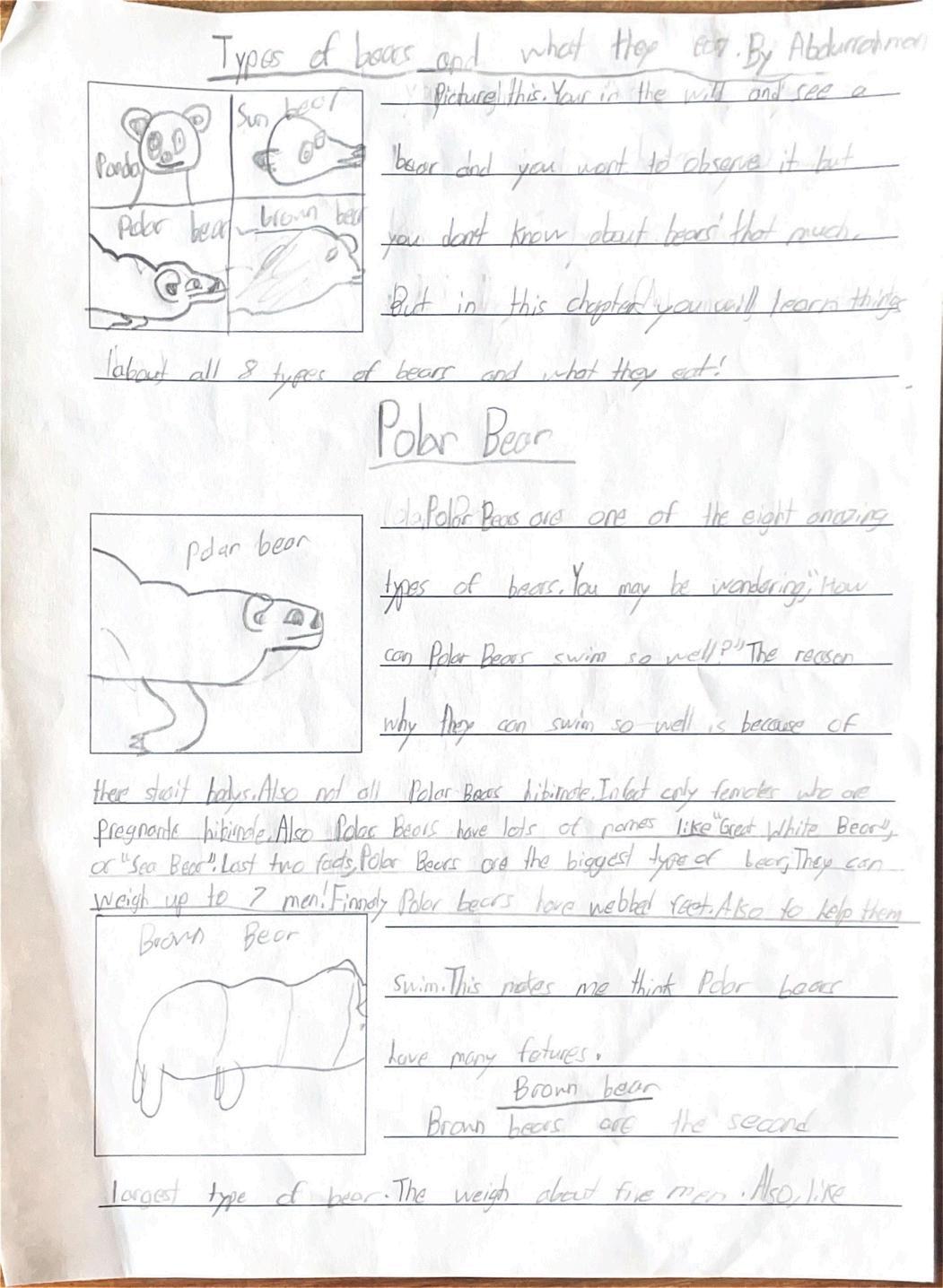

Picture this. You’re in the wild and see a bear and you want to observe it but you don't know about bears that much. But in this chapter you will learn things about all 8 types of bears and what they eat!
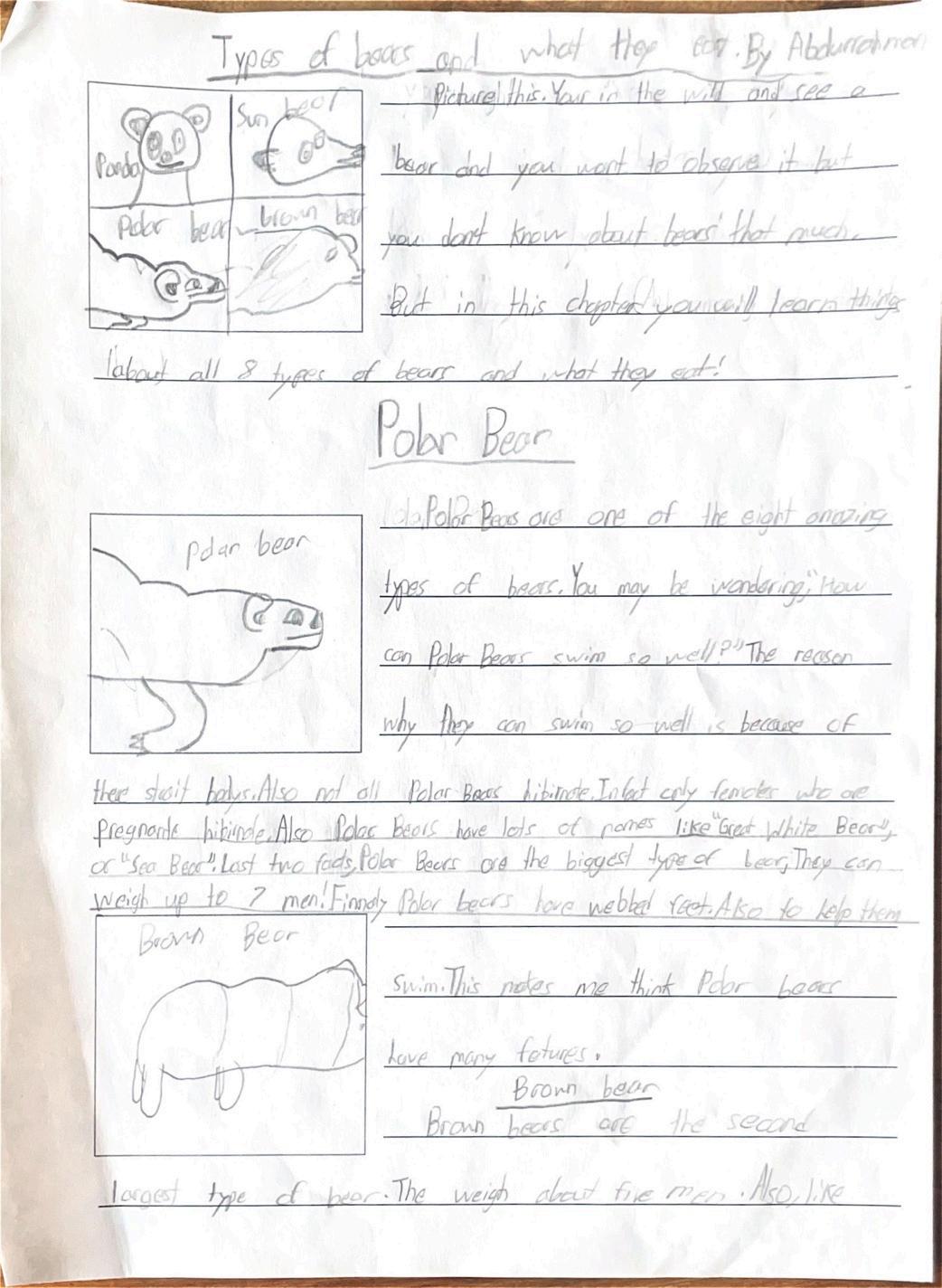
The reason why polar bears can swim so well is because of their straight bodies.

p gg yp y weigh up to 7 men! Finally, polar bears have webbed feet, also to help them swim. This makes me think that polar bears have many features.
Bear-tastic Bears
Brown Bear
Brown bears are th largest type of b weigh about five m like polar bears, common names like t name for it...griz Another fun fact, th different colors! That
They can be black closely at their claw long. These claws a these bears can do a
North American Bla
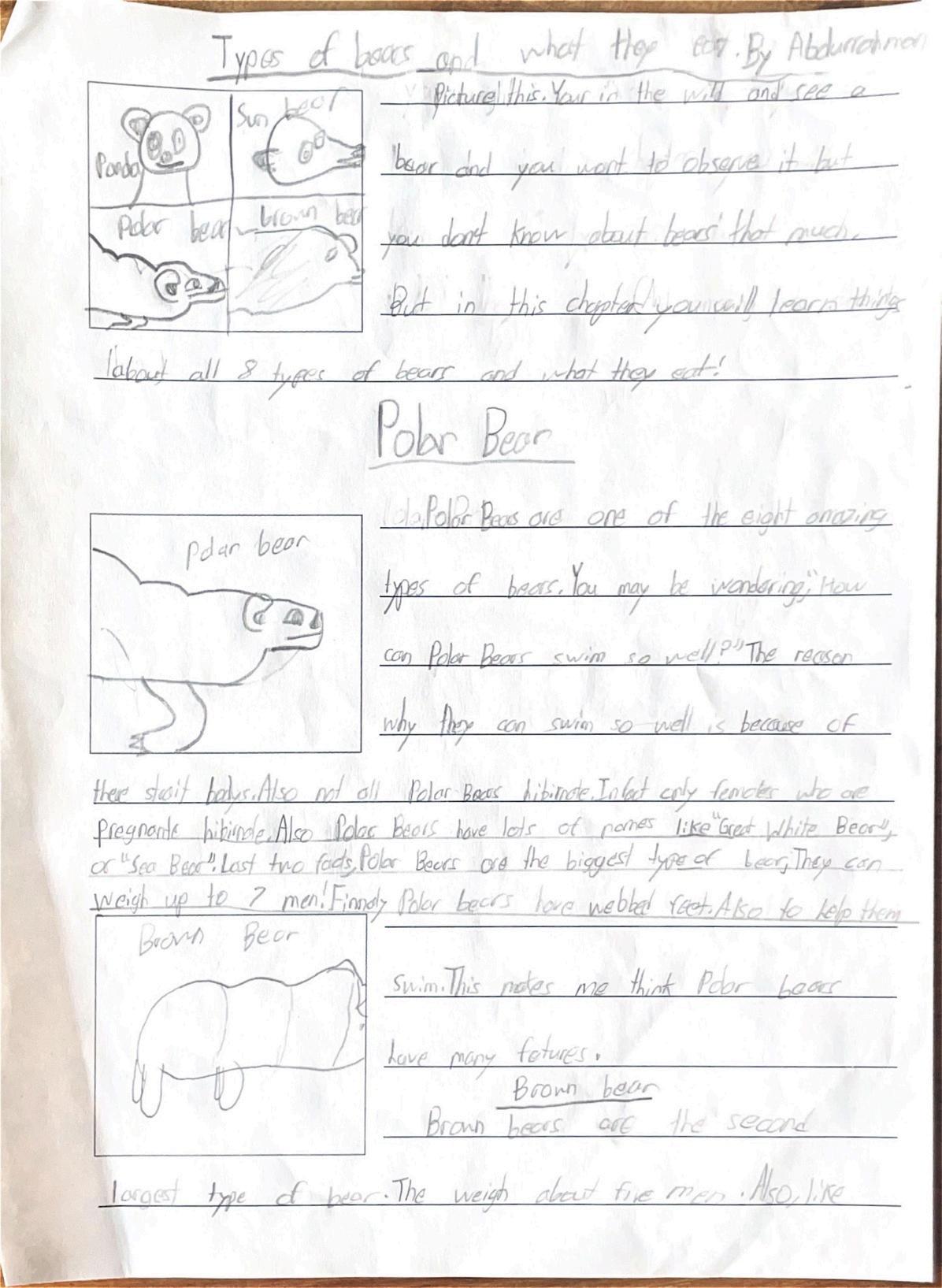
North American black bears just weigh a little bit less than brown bears. Also, in their name it says "North American BLACK BEAR," but not all North American black bears are black. Some are cinnamon colored and more. Also like brown bears, North American black bears have claws that are used for climbing. They are also highly adaptable. Finally, the cubs escape danger by climbing up trees.
Spectacled Bears
If you see a bear with white fur around its face it's a spectacled bear. Spectacled bears have two names: spectacled bear and Andean bear. They also weigh around two men and love being in trees. Also they can make nests and use this for looking for predators and food.
Animal Anthology
Asiatic Black Bear
Sloth Bear
Asiatic black bears weigh about 100 pounds more than a spectacled bear. Also you know it's Asiatic bear if the bear has a crescent moon shape on their chest, and prefers to live in hills. Finally, an Asiatic black bear’s nest looks like a large bird's nest. Sloth bears weigh about the same as spectacled bears. Sloth bears have two common names: sloth bear and honey bear (although they eat termites and ants). Sloth bears actually have no front top teeth. The reason is because they suck up the food they eat. They have adapted to get insects with their three inch claws. Finally, sloth bears blow away dirt from mounds so they can get their food. This is important because if sloth bears don't do this, they can have a hard time getting their food, and food is extremely important to a bear’s life.
Sloth bears actually have no front top teeth because they suck up the food they eat.
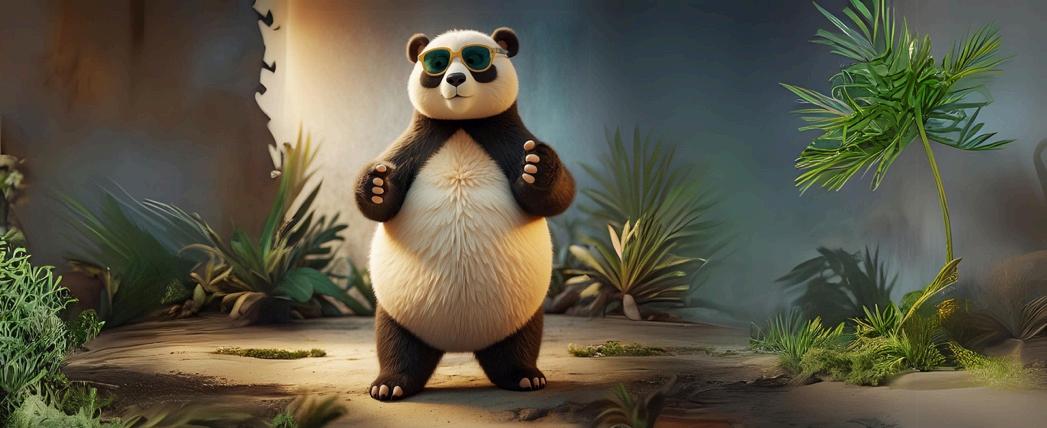
Bear-tastic Bears
Have you ever seen a really small bear that you almost never heard of? Well, that's probably a sun bear. Sun bears are the smallest and least studied year in the world! (little hint about the next subtopic→) Like pandas, sun bears are great climbers. They also have a great grip which helps them climb. This is important because climbing can help it escape predators and get its food. Also, sun bears spend most of their time sleeping and sunbathing on branches and have thick fur that protects them from insect bites. This is important because without it, sun bears would have a hard time getting food or not even get any.
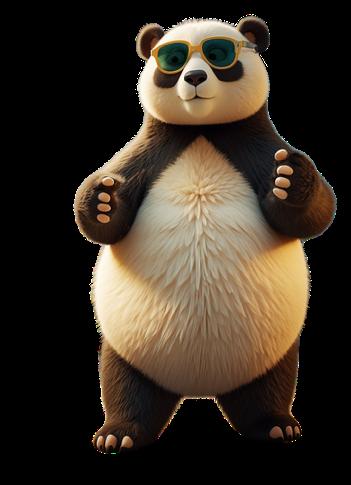
Have you ever seen a really small bear that you almost never heard of? Sun bears are the smallest and least studied bear in the world!
If you go to China and see an animal that looks like a bear but is black and white you might have come across a panda! But pandas don't have fur that's white and black their whole life. After 4 months since the panda was born it grows white fur and later on grows black fur. Also, you may notice pandas always eat bamboo. The reason they do this is because stuff like grass is not easy to digest, like bamboo. Finally, pandas are great climbers. They like climbing for fun, sleeping, hiding, and other things.
Animal Anthology
What do bears eat?
You might think bears like honey which is true... but bears eat a lot of other things. A bear's diet can contain grass, fruit, maybe even seals and more. Some bears also eat insects like sloth bears. They like termites and ants. Now, let's see some different bears’ diets.
First, panda bear: They eat bamboo and bamboo and bamboo – practically the only thing they eat.
Second, polar bear: A polar bear eats fruits, grass kelp and seals.
Finally a special one, spectacled bears. They eat stuff, but mostly their favorite food, called “bromeliad” (which is a plant).
Conclusion
Now you know all about types of bears and what they eat. Next time you see a bear, you can identify it and see what it is. I hope this chapter becomes useful next time you see a bear.
Chapter Two: Body Features
B y N o r a H a r t m a n
A bear's body is very useful and helpful in its habitat. It helps it survive in many ways including finding mates, finding food, and locating cubs.
A bear's fur is very helpful in its environment. Its coat helps it repel water, protects it from coldness, heat, insects, branches, and dirt, and helps it camouflage into its surroundings. Bears also have two kinds of fur. Underfur protects it from high temperatures, and guard hair helps it camouflage.
Sharp claws are always out, ready to work. They use them to dig in dens which they sleep in during the winter. They are very long, almost as long as a whiteboard eraser! Their nails must get DIRTY!
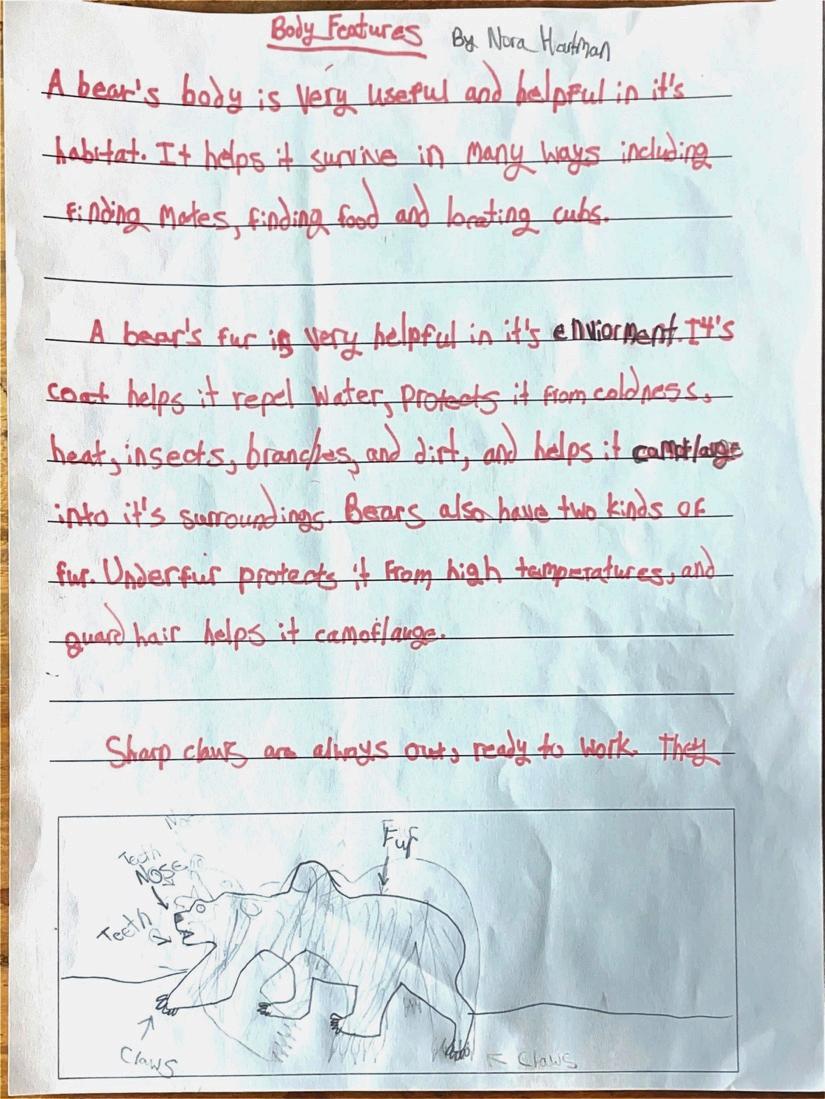
Bears use their noses in incredibly useful ways. They use it to find mates and their cubs, detect danger, find food, and navigate the way through their habitat. Their sense of smell is STRONG!
Animal Anthology
When a bear hibernates its heart rate slows down from 60 beats per minute, to 6 beats per minute. This preserves energy. If a human were to rest for months, their bones would break down. But that doesn't happen to bears. A chemical in their bodies prevents bone breakdown.
Bears have 42 teeth, some are flat for munching on plants. Others are sharp for tearing meat.
A big layer of fat under a bear's skin keeps it warm during hibernation. It also serves as food during its sleep.
I hope you learned from this chapter! Keep reading for more information.
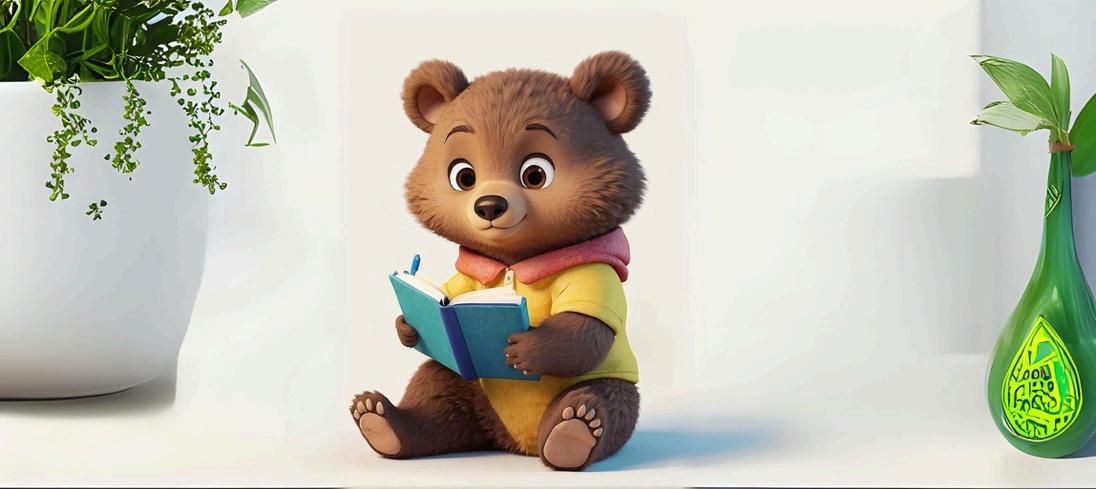 Bears Bears
Bears Bears
Chapter Three: Babies
B y Z o í
Have you ever wondered how animals are born? Some are born in eggs of the mother’s womb! But like many other animals, the bear is born from the mother’s womb.
When polar bears are cubs, EVEN if they're years old, they are still delicate. It's because they don't have the strength as an adult polar bear. When they are born, they weigh a pound and a half! That is less than a newb evolving skull. That means right?
Also, did you know, when a newborn panda is born, they are pink EVERYWHERE! It may sound cute, but they look UGLY!
When newborn panda cubs are born, they are about the size of an adult thumbnail. Pretty small, right?! Also, did you know, when a newborn panda is born, they are pink EVERYWHERE! It may sound cute, but they look UGLY! And just like polar bear cubs, panda cubs, they also don't have the strength and mind as an adult! And guess what!? You just learned about 2 awesome bear species of babies! Pretty cool, right?! Keep reading about bears to find out more!

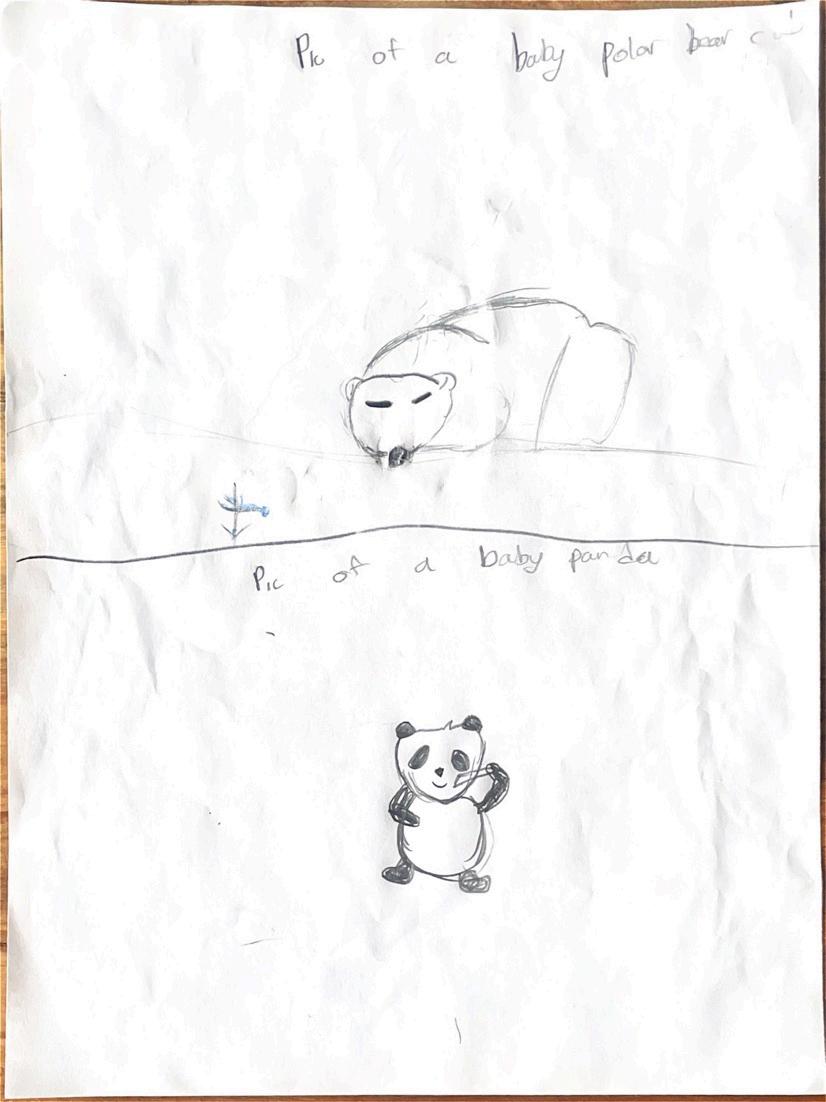
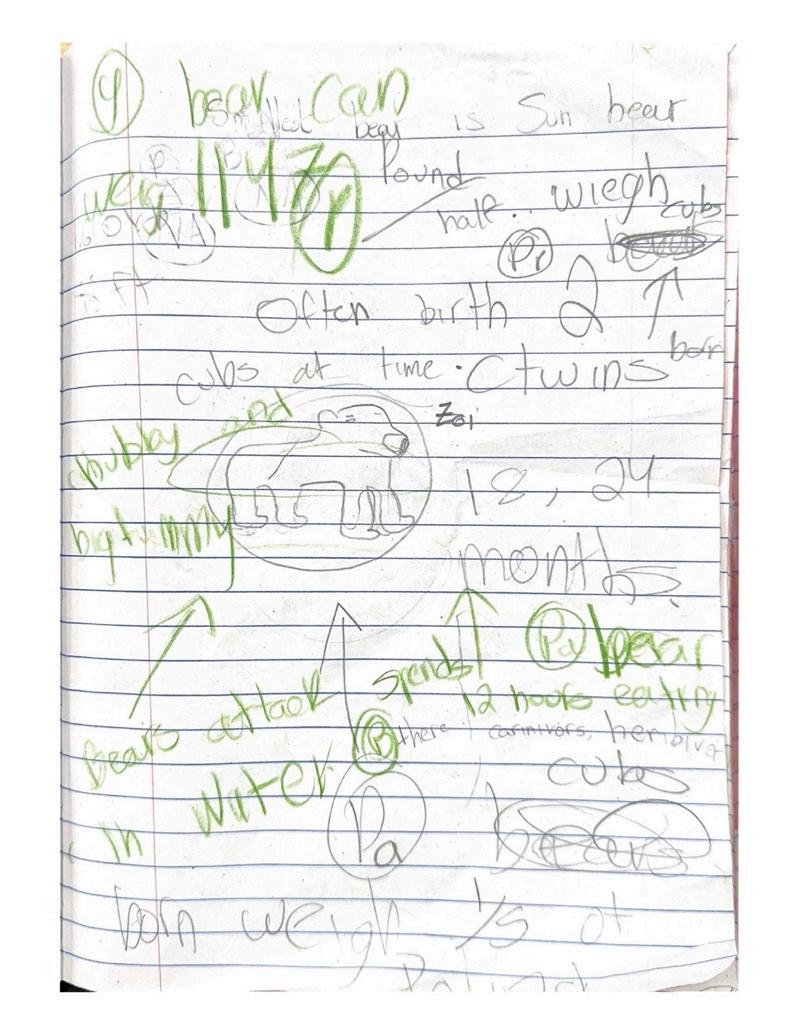
O r i g i n a l r e s e a r c h n o t e s b y Z o í
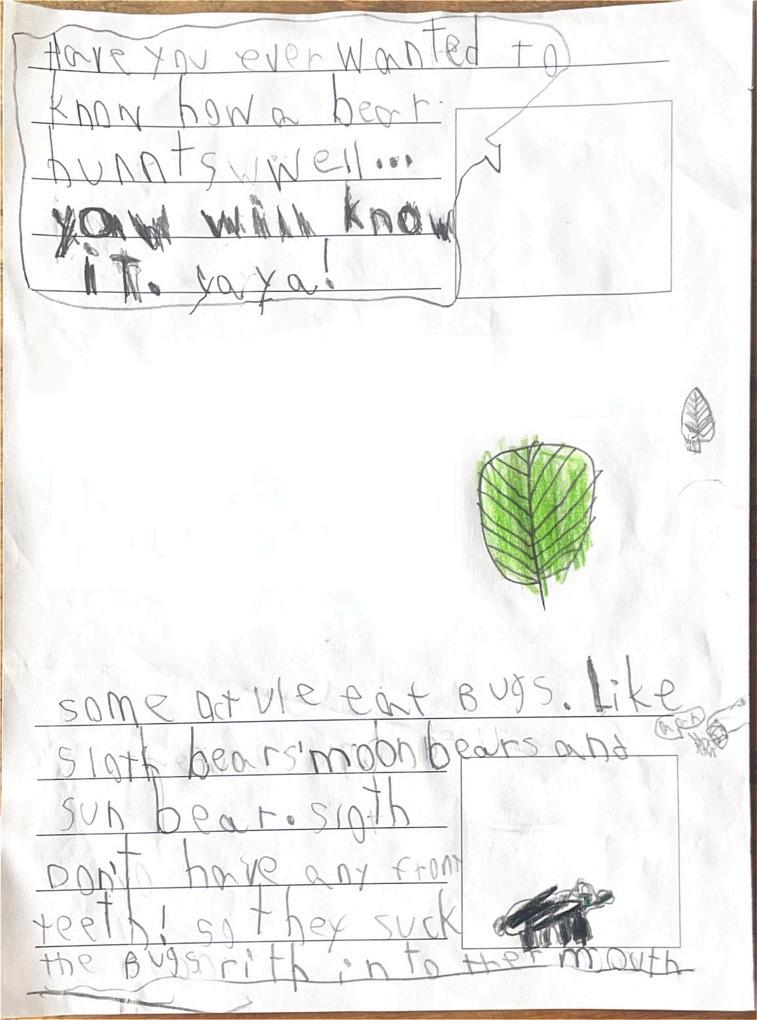
Chapter Four: Hunting
B y C o l t r a n e
Have you ever wanted to know how a bear hunts? Well…you will know it. Ya ya!
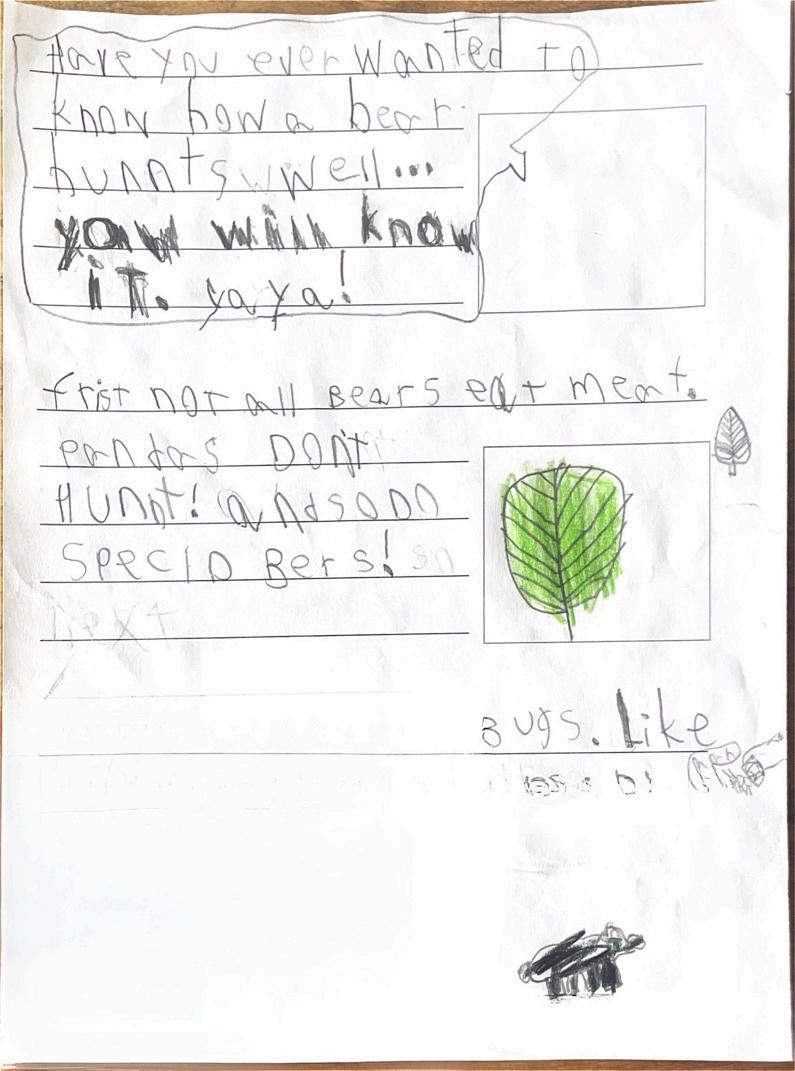
First, not all bears eat meat. Pandas don't hunt! And so do spectacled bears.
Some actually eat bugs. Like sloth bears, moon bears, and sun bears. Sloth bears don't have any front teeth! So they suck the bugs right into their mouth.
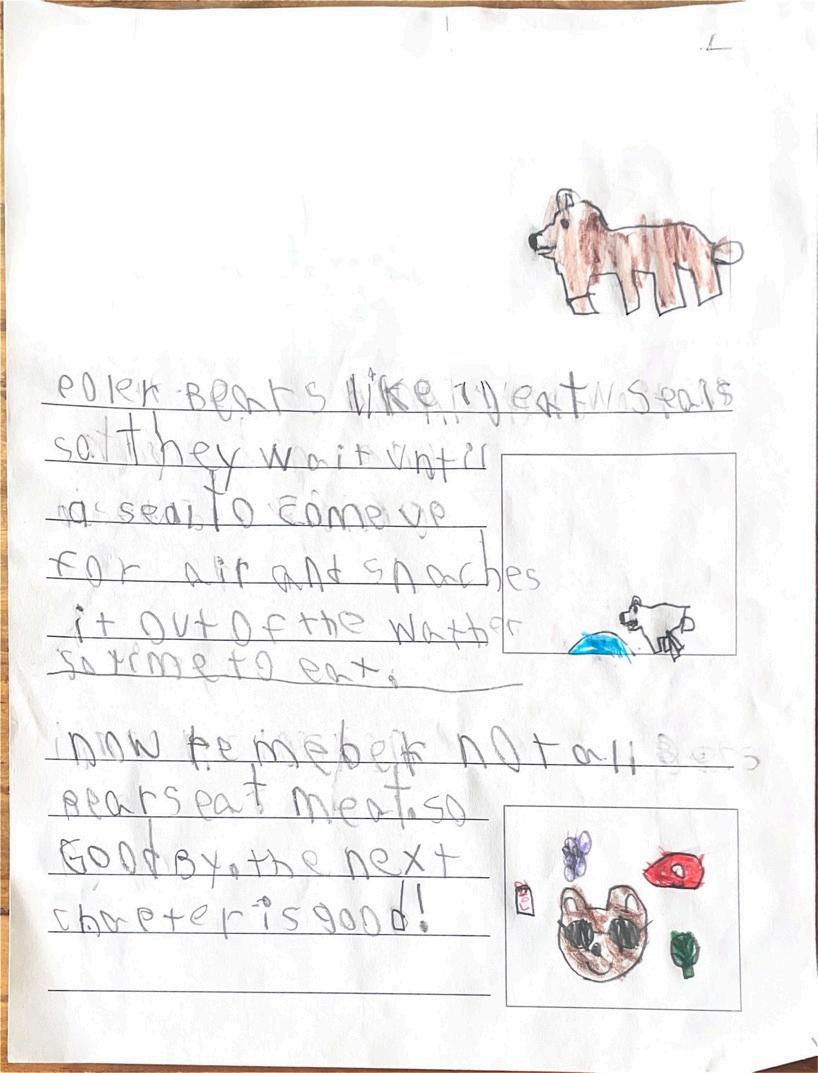
Grizzlies and black bears eat anything they find, like berries, meat, leaves, you name it.
Not all bears eat meat! Some actually eat bugs!
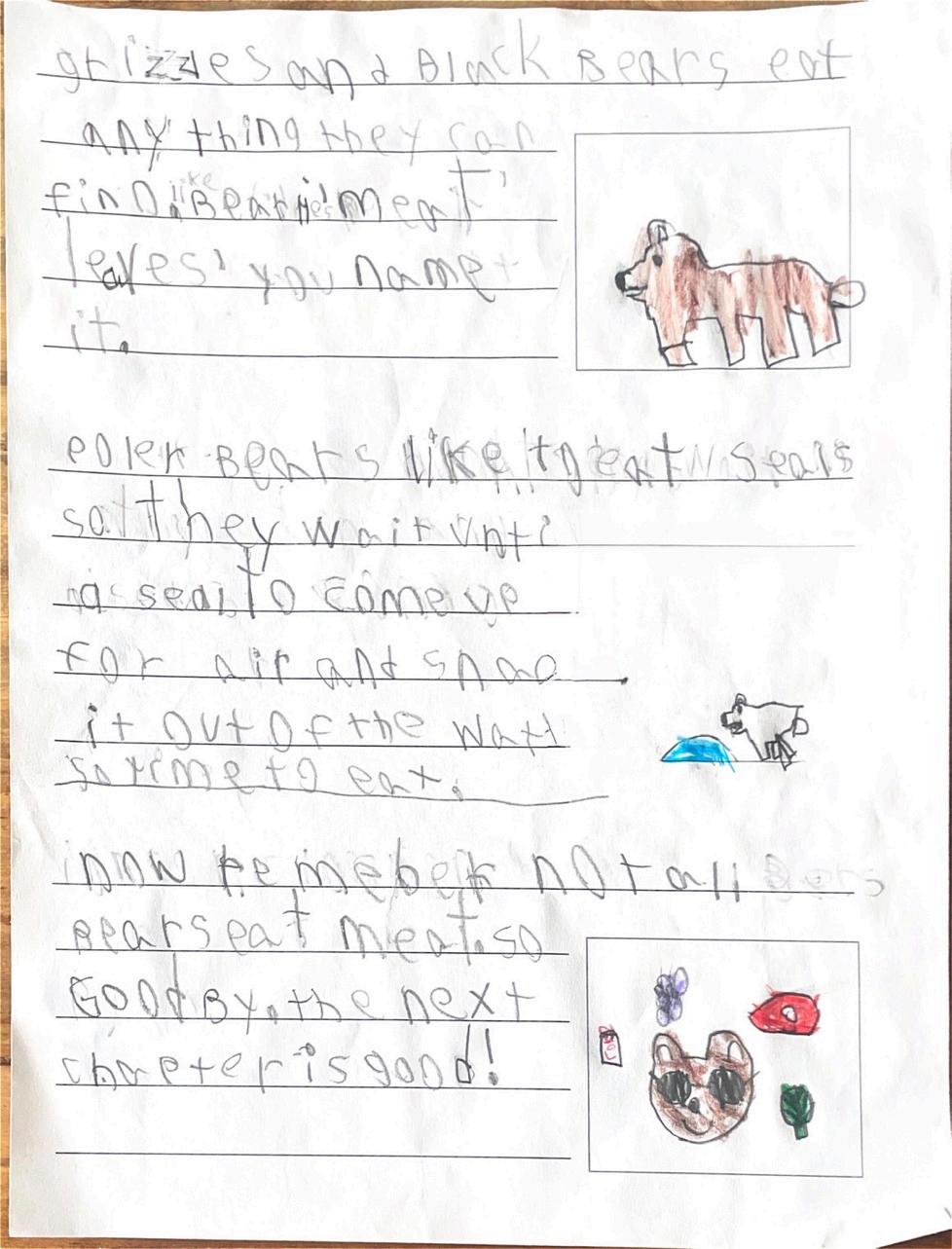
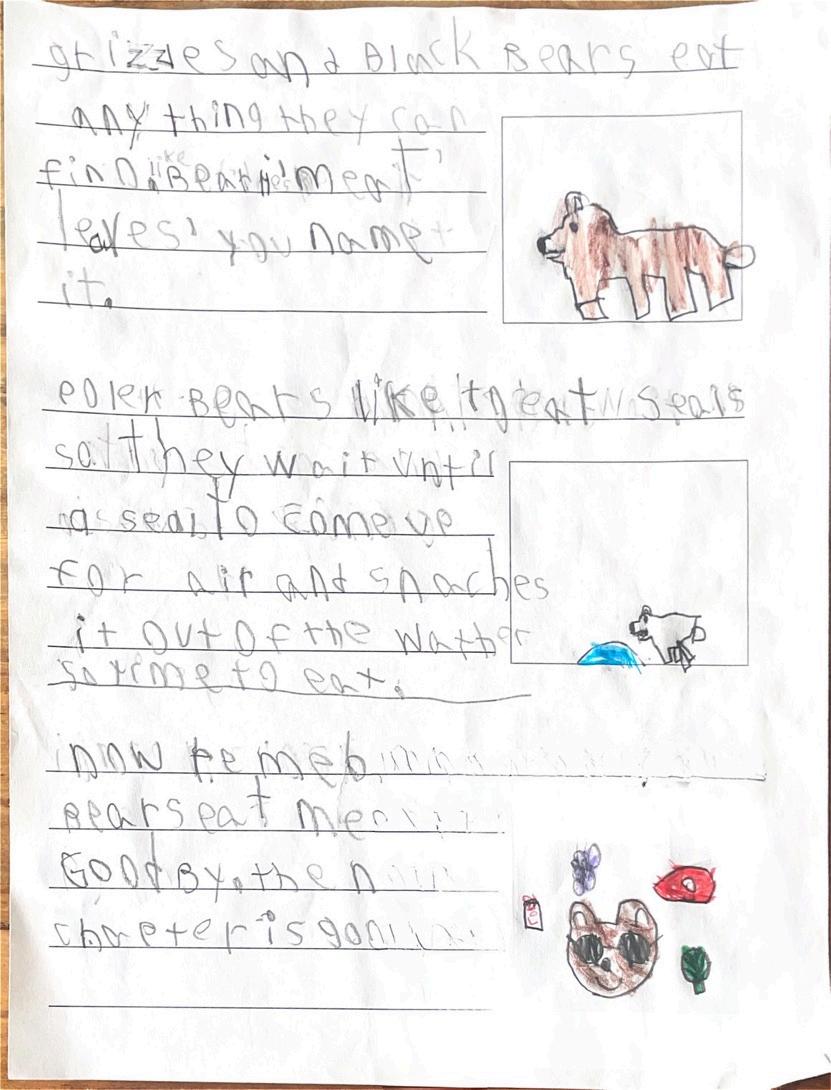
Polar bears like to eat seals so they wait until a seal comes up for air and snatches it out of the water. So, time to eat.
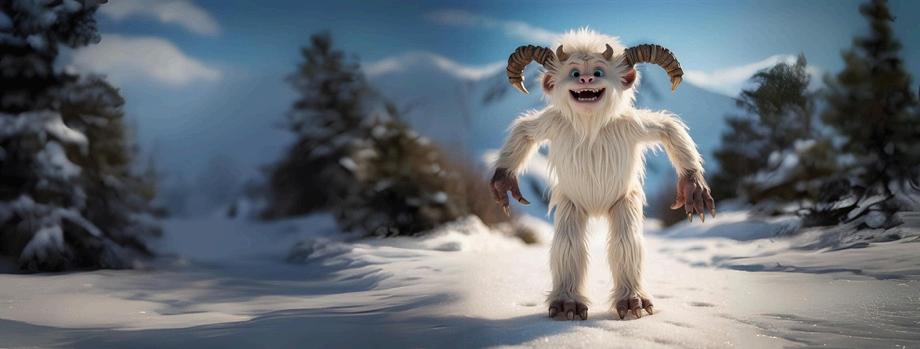
Now, remember, not all bears eat meat. So goodbye. The next chapter is good!
Animal Anthology
Chapter Five: Habitat
B y A v i v a W e i s s
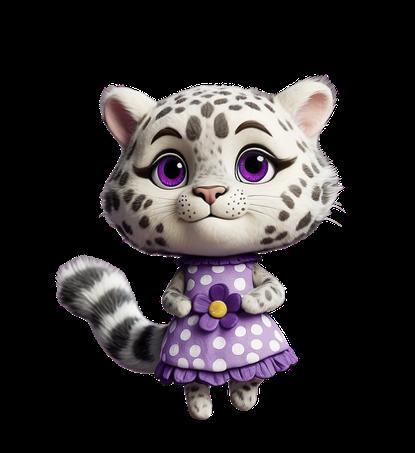
y your lucky day. Let's start
Polar bears live mostly in Canada. Here’s a secret
The next bear is a brown Canada, Alaska, Russia,
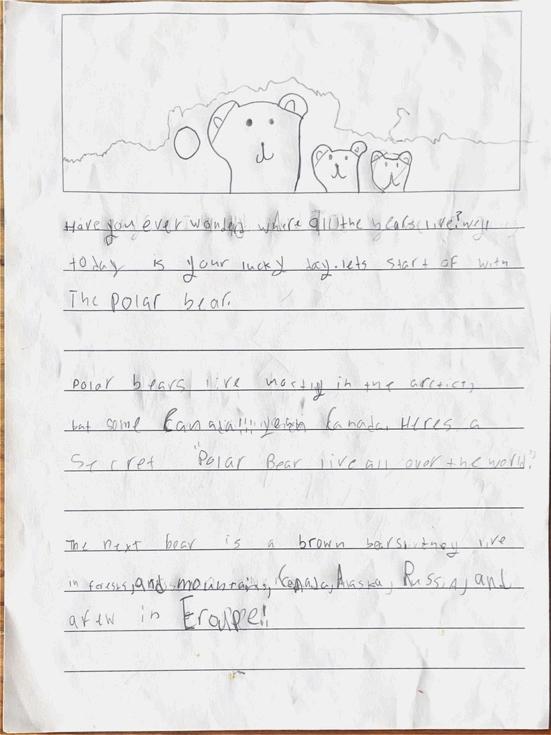
Now you know about brown bears, but do you know about the giant panda? Pandas live in Asia!!! In forests close to bamboo. Now you know all about bears and where bears live. I hope you learned a lot. Remember all these bears and where they live and maybe one day you will explore the world of bears. ‘Till next time.
Bear-tastic Bears
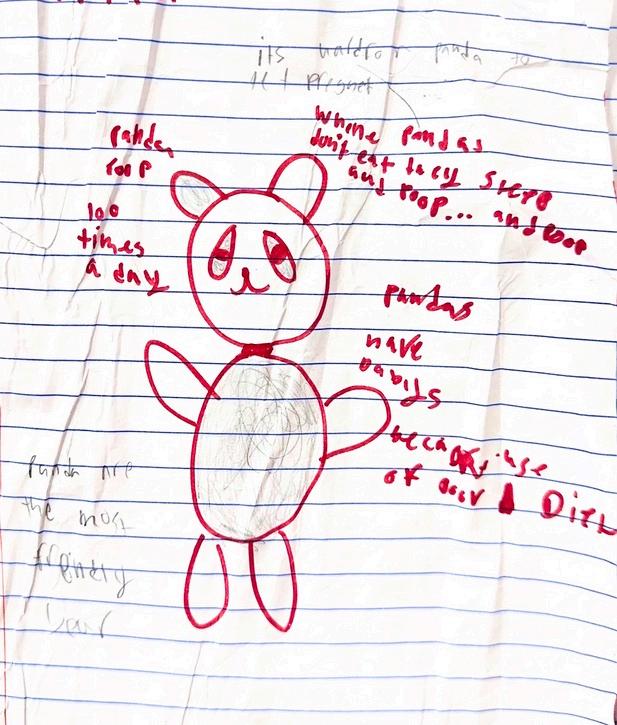
Animal Anthology
Glossary
B y N o r a H a r t m a n
Environment (in-viy-urn-ment) - The place where bears live.
Camouflage (cam-o-fl) - Blend into its habitat.
Cubs - Baby bears.
Species - Different kinds of bears.
Hibernation - A big sleep that a bear does during the winter.
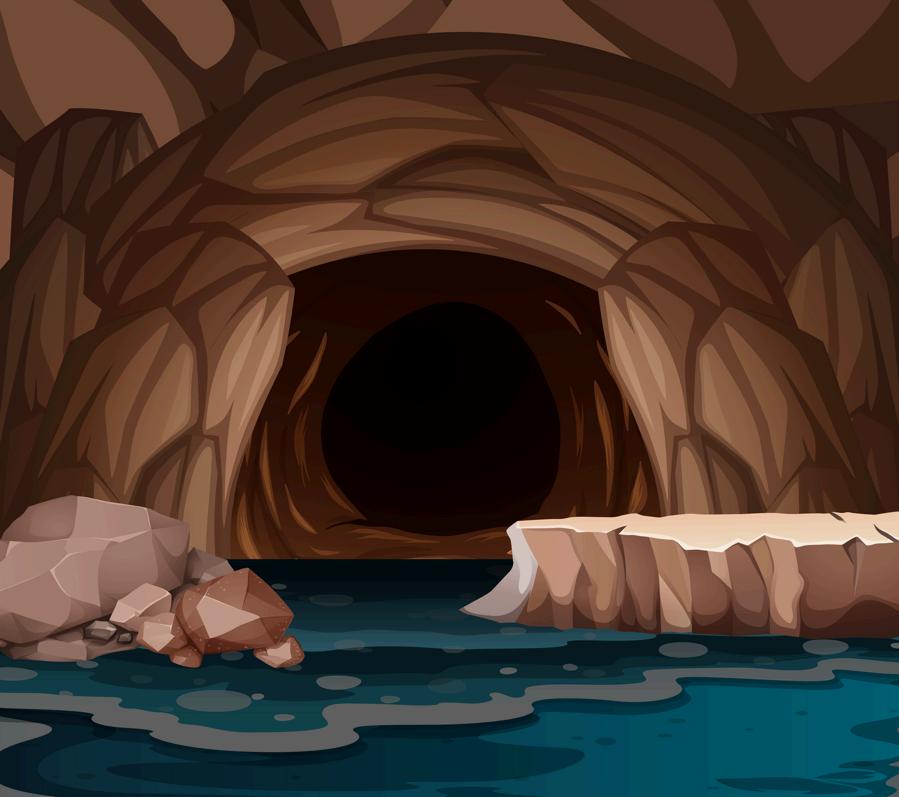
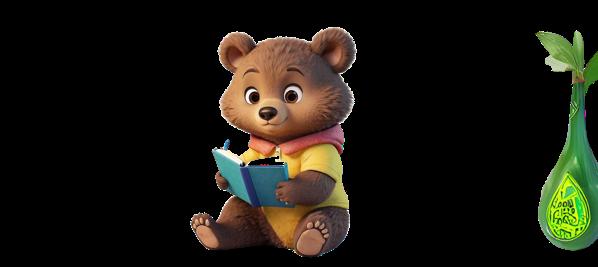
Bear-tastic Bears
Conclusion

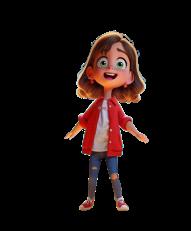
Now you have learned all about bears! Keep learning about bears to get fun facts and help protect them from becoming extinct!
A G I A N T t h a n k y o u t o M s .
B o u c h a r d , t h e s t u d e n t s a n d
f a m i l i e s f r o m C l a s s 3 - 5 0 9 , a n d
h e G I
Book Concept & Planning
Azadeh Jamalian, PhD
Rebecca Schifilliti
Book Design & Development
Rebecca Schifilliti
Maya Hood-Wilson
Rama Deshpande
Azadeh Jamalian, PhD
GIANT Kid Authors & Researchers
Abdurrahman Rustam, Ariyana, Asher Glass, Aviva Weiss, Cameron Fox, Caroline Lewis, Coltrane, Eleanor Rothman, Freddie C., Harper C., Isha Varma, Jack B., Jacob Huang, Jadeyn Murphy, Jonny Bloom, Lara G. Maslowski, Layla Levy, Lucy S., Maya Magen, Nora Hartman, Nyah Genovese, Parker Lonergan, Rami Elwakil, Ryan Maguire, Leila Sheikh, Sloane Murphy, Sophie Slusky, Tyler Mihailovich, William Cassidy, and Zoí
ABOUT The GIANT Room

The GIANT Remix platform provides a suite of tools that helps young creators bring their ideas to life, developed and produced by the kids at The GIANT Room co-design lab. Based on the GIANT proprietary methodology of creative STEM education, The GIANT Remix publishes young learners' creations through a storytelling medium, while incorporating school subjects and SEL tools.
Most recently, The GIANT Remix has been available to families through classroom pilot programs and online, community Creative Bootcamps. GIANT kids have co-designed, published, and shared over 800 storybooks, journals, trading cards, game sets, and comic books over the last year. The GIANT Room has also partnered with the New York City Department of Education’s CS4All Sep Jr. program to create a classroom guide that teaches AI literacy based on The GIANT Remix methodology.
The GIANT Room is dedicated to amplifying children's voices and empowering them to design our collective future through storytelling and creative STEM. Since its inception in 2018 by two women founders with PhDs in education from Columbia University, the company has positively impacted over 35,000 children and families through IRL and online programs and has forged partnerships with the foremost educational and cultural institutions through in-person events and activations, published research reports, co-design programs, professional development curriculum and execution, and most recently, GIANT Remix bootcamps and publications. As an established leader in child-guided creative learning experiences, The GIANT Room has collaborated with renowned organizations including Sesame Workshop, TED Ed Clubs, and LEGO Education.
We dream of a world where every child has the confidence to voice their ideas, have access to mentors and resources they need to build prototypes of their ideas, and the opportunity to share those ideas with their community...just like the GIANT kids who published their collaborative, creative work in this beautiful GIANT Engineers Comic Book to be shared with millions of families around the world.
NEXT UP: Become A Member
GIANT Membership is FREE. No credit card required.
As a GIANT member, you will:

have access to 500+ creative STEM challenges and how-to videos
get first dibs on open calls for upcoming remixes



be in the know about all of the latest GIANT programs Get started and learn

More GIANT Remixes

GIANT Comic Book: A Gratitude JournalVolume 2

GIANT Storybook: A Journey Into An Imaginary Garden
Check out the GIANT Remix Studio for more personalized storybooks, activity books, comics, games, and posters.
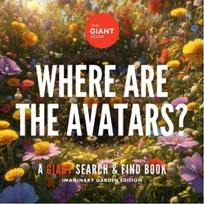
Search & Find Book: Where Are The Avatars?
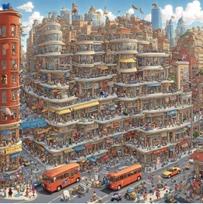
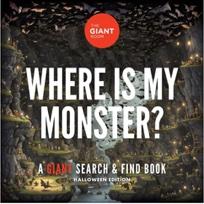
Search & Find Book: Where Is My Monster?
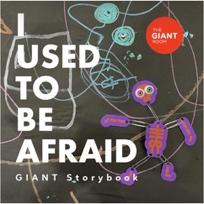
GIANT Storybook: I Used To Be Afraid

 Search & Find Poster
GIANT Remix Studio
Search & Find Poster
GIANT Remix Studio



A G I A N T C h a p t e r B o o k
A G I A N T C h a p t e r B o o k
COPYRIGHT © 2024 THE GIANT ROOM
COPYRIGHT © 2024 THE GIANT ROOM
